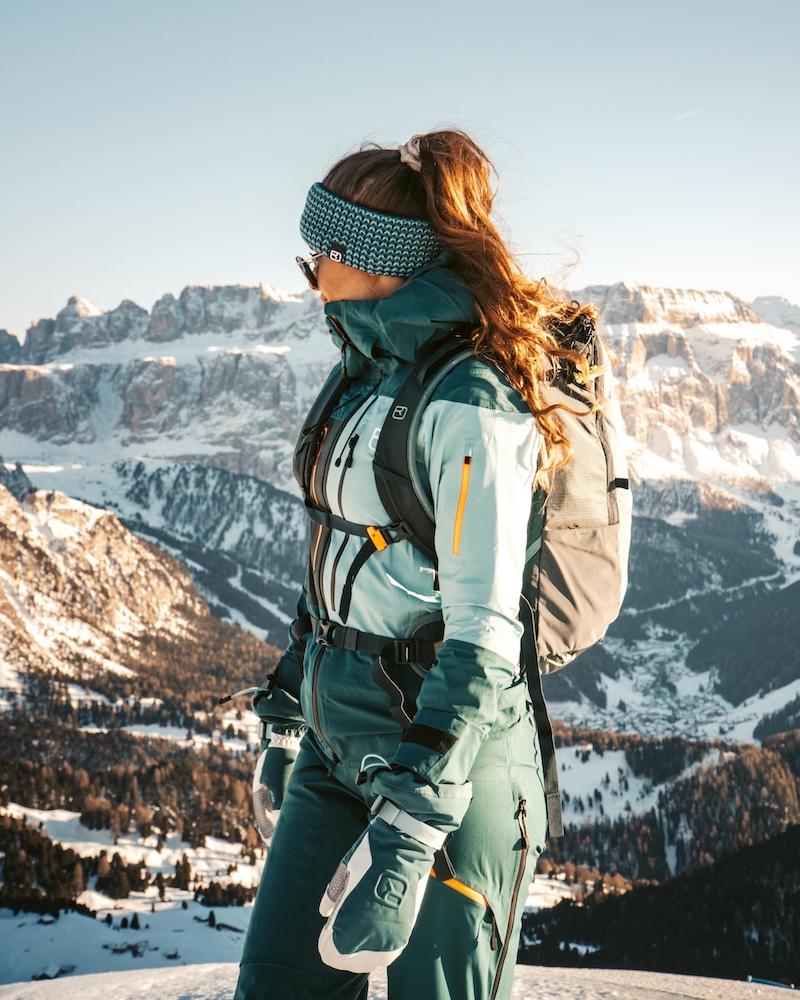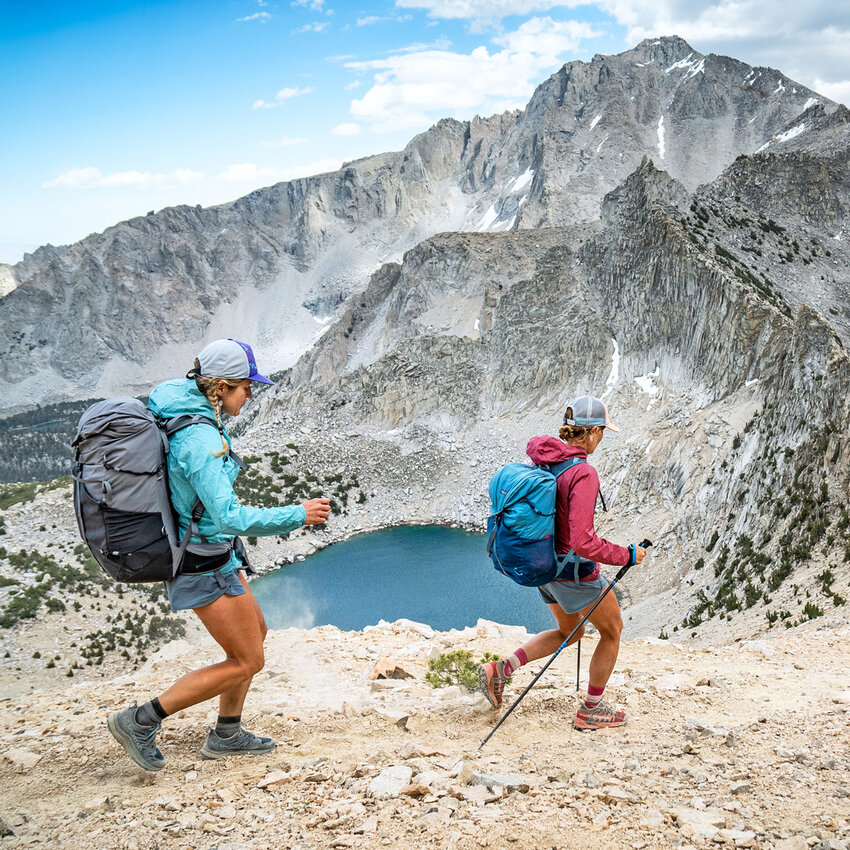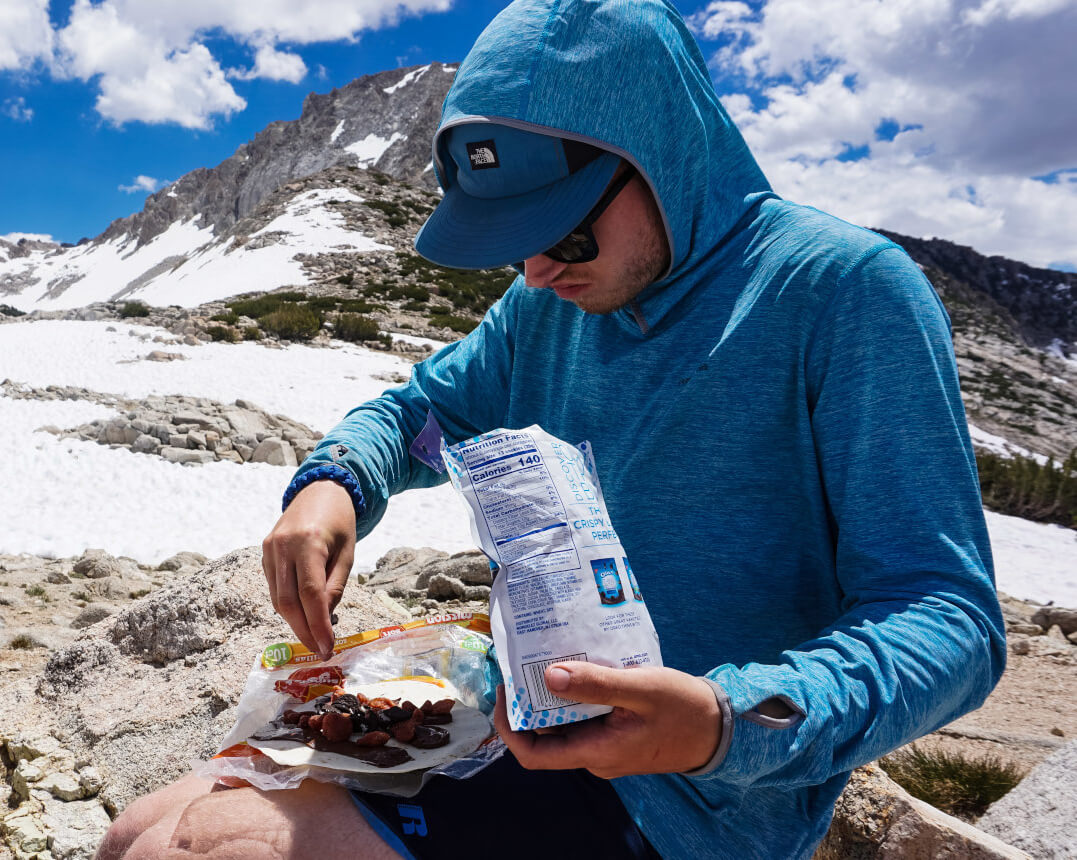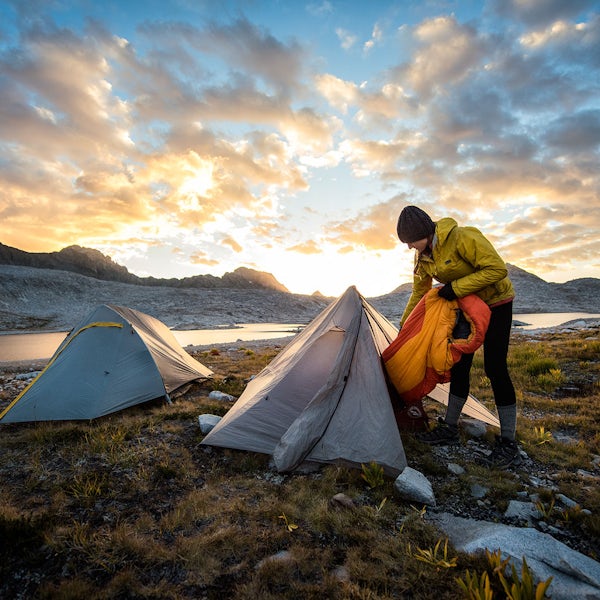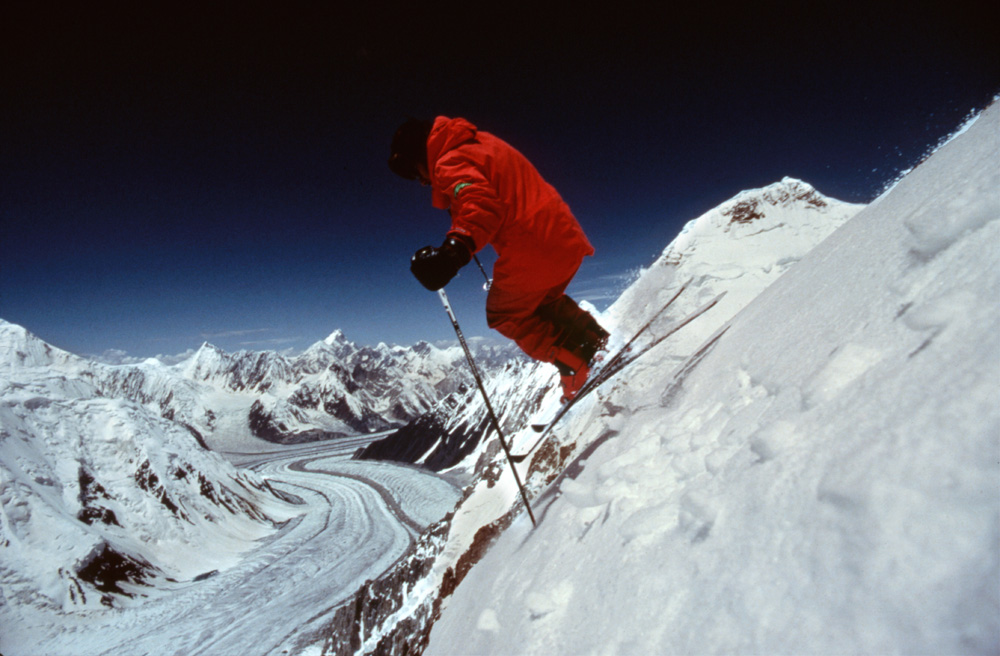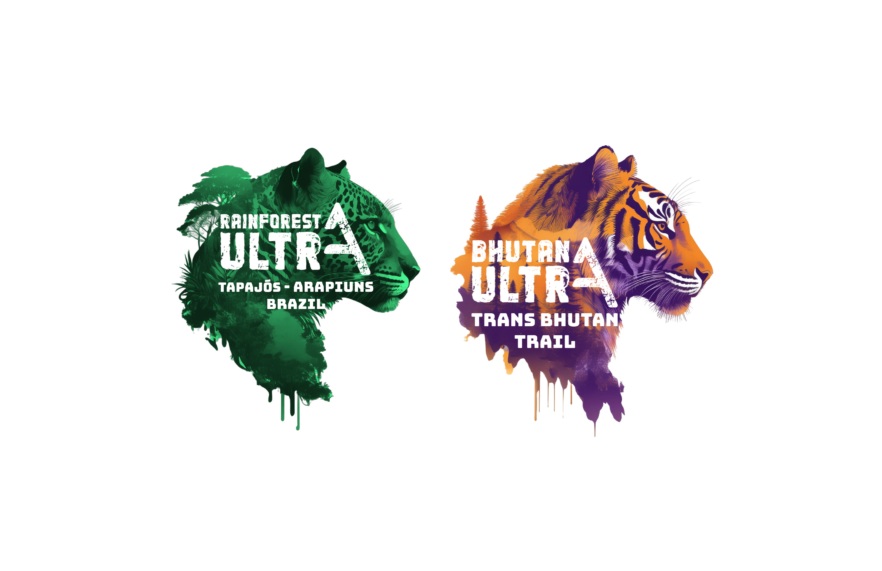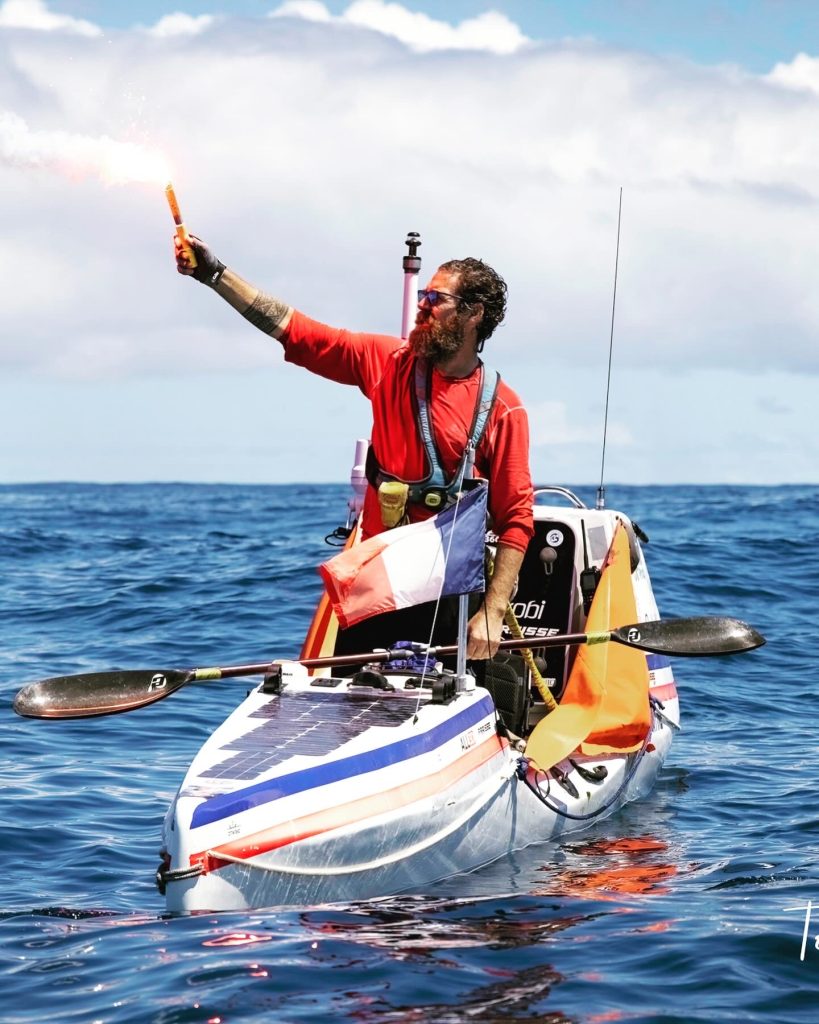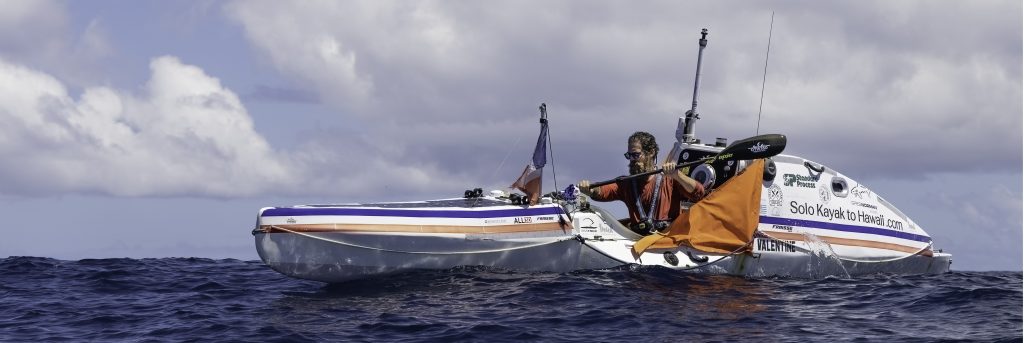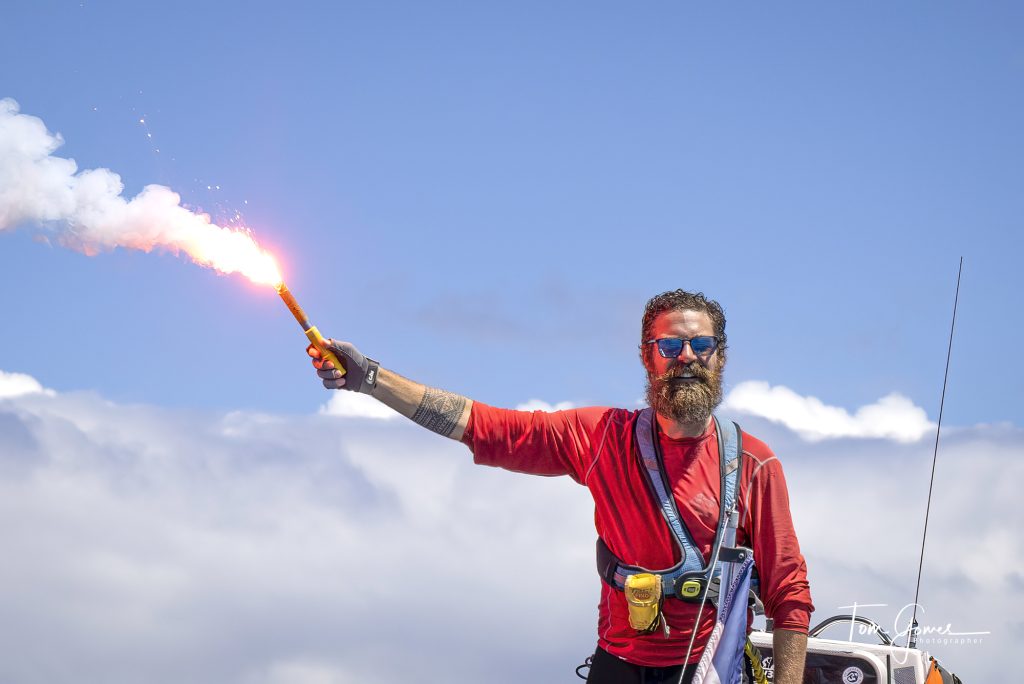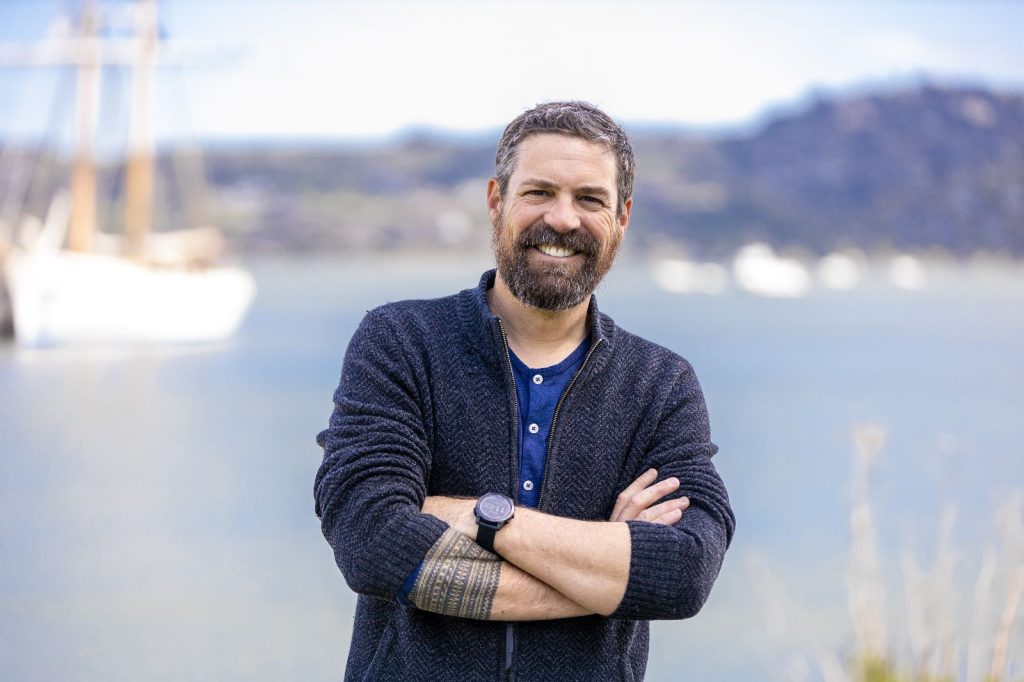Cyril Derreumaux
By Alex de Sain and Koosje Naberman
Photography by Tom Gomes
Cyril is an extreme Adventurer, Ultra-Endurance Athlete, specialized in water sports: river canoes, outrigger canoes, surfskis & rowing. He is also a motivational speaker and performance coach. French-born, now also American citizen, world traveler. His last success was paddling across the Pacific Ocean, from California to Hawaii, solo, in a kayak, unsupported and human powered, a distance of 4,444 km in 91 days and 9 hours. To give you an idea of perspective, there’s been around 800 ocean crossings in rowing boats, of which 213 done solo, and kayaks there had been 3.
Listen to episode 880 of the Adventure Sports Podcast to learn more about Cyril’s solo expedition.
https://youtu.be/f4EbMEd0Io4?si=ii_RIvNr0M4yqLKq
We wanted to speak about this, but we quickly ventured into different topics, because basically, he’s a great guy to talk to!
Being Dutch, the first question is, of course, about money.
To start right off with the finances, how did you manage this for the kayaking expedition?
It’s a tough one, right? You always think you’re gonna find all the sponsors, what you’re doing is amazing, so everybody’s gonna want to give you money, but in the end it’s so much harder. In my case, I had to build the boat and that was the main expense, £60,000.
The difficulty with my project was how to build a boat that´s ocean worthy and then allowing me to be safe, but still perform, so I’m able to do the crossing. There’s not a lot of people that have built kayaks, one of them is called Rob Feloy in England. There are companies that are building rowing boats almost day in day out, but there are no blueprints of kayaks. So we knew we would have to build custom.
At the time I was in the wine business and I was selling software to pilot irrigation in vineyards. The owner wanted to apply this software for his wine growing grapes, but also for his golf courses. Questions like: How do you optimize the irrigation, so that you don’t use too much water and you don’t have to cut the grass so often and so on needed to be answered. I got to know him personally and when I asked him to be a sponsor of this crossing I was planning, he told me he would like to help me.
He said: Cyril you need 60 grand, I can give you money, but it’s going to be only 1/3 of your budget, I want to see if you have some skin in the game, I want you to put in as much as me. So he gave the $20,000 with a partnership agreement.
That was the foot in the door for making my crossing a reality, because then I said: I’m in! I wanted so much to do it and I put all my savings in. So then suddenly I had $40,000 on the table and I called Rob Feloy, the boat builder, and told him we could go ahead. He wanted some sketch of how the kayak would look like and once I had that, I could create a website, a PowerPoint and I could talk to other sponsors and it was happening. It was really happening!
In every expedition there’s this moment that you have to reach where you’re convinced yourself that it’s happening, that you’re really doing it. Until then, it’s trying to convince everybody else that it’s happening, but actually you don´t know yet for 100%, it’s fake it till you make it. Besides the money from the sponsor, my savings, I would have still have to raise $20,000, but hey, it’s happening! It changed the whole dynamic. I had only 10 months to raise that money, but that’s a necessary pressure that one has to have.
How did it all come together?
In ocean kayaking there’s only been 3 people that have done it, so it was quite easy to talk to all the people that had done it. The first one I talked to was Aleksander Doba, he’s a Polish man who crossed the Atlantic 3 times. I looked at his boat, at the design, and then there’s Peter Bray, he´s a British man who crossed the North Atlantic, he was the one who referred me to Rob Feloy. That was in 2001, 20 years ago! Then there’s another man, Scott Donaldson, who crossed the Tasman Sea from Australia to New Zealand. I looked at all their designs and I kind of got an idea of what design I wanted. So I talked to Rob in England and he said: Let’s see we can do to improve the design of Peter Bray and he asked me what I wanted, what were my priorities? A boat that is fast?
For me it was very clear that it was all about safety first. I wanted a boat that would be unsinkable, even if it was swamped. So the buoyancy had to be a certain level, the ballast had to be a certain weight, that if it does capsize, the design of it would make the kayak self righten. So that’s safety first. Then I wanted to have all the technology, like AIS, so I can see the other boats. That means I need to have power on the boat, I need to have the solar panels and I need to have batteries. The batteries would be such a weight, that they have to be at a certain place and on so and so on.
It’s problem solving one after the other. How do I fit a GPS, the big size of a normal boat on a kayak, where do I put it? Do I put it in a waterproof box? If I do this, is it gonna unbalance the boat? How to rebalance it? I need a water maker, the water maker is gonna use so much power, I need to have bigger solar panels, that means the cabin has to be bigger, but if the cabin is bigger, the influence of the wind is gonna be bigger on my boat, so do we put the cabin in the stern or in the bow? All these questions and there’s no blueprint, there’s nobody who really did it, the way I wanted to do it.
You made the crossing in your second attempt, what did you do different from the first to the second attempt?
There were issues on the boat that I could improve: My steering lines, I changed a few things on my deck, my sea anchor setup. The main problem was my sea anchor got entangled in the rudder and then it was: OK how do I change my setup so that it doesn’t happen again? That’s the boat part. Then there’s a training part, me being in very rushed water trying to reproduce stormy conditions. How to do that, day in and day out? Then there’s the mental side, how do I get ready mentally and what perspective do I have to have, so that next time I don’t call the coast guards.
About the mental side, being alone for such a long time cannot have been easy, did you listen to music? How did you prepare yourself for this part of the expedition?
So the mental side of being alone… I’m an extrovert, I love people, I love to share things with people, so it’s a question of how am I gonna be, when I feel there’s no one around me and I don’t see a human being in 90 days. It’s hard to imagine how you´ll be doing when alone, because if you’ve never done it before, so how would you know? I tried just about everything, I did zazen meditation, I had a mental coach, I tried cold water soaking, the Wim Hof method. How do you breeze through the pain and be OK with the discomfort and how do you push your limits? I even did hypnosis with a guru in India. There’s nobody who can tell you what is going to work for you, but in the end I think I never felt really alone.
There’s loneliness, which is this feeling where you can’t bear being alone, and there’s a physical fight of being alone. Actually I felt great because I wanted to be one with the universe and mentally I said: I’m just gonna enjoy the day, I’m not alone because there’s people that I can talk to, I can text on the satellite and they’re with me in the boat. There are ways mentally, to trick yourself that you’re not alone.
Now regarding the music, I had entertainment. I had podcasts with books and music and at first I would listen to it all day, just because I love my music and it’s great. Then I changed my use of it, where I would use it as a reward. So the first 2/3 hours of the day I would paddle and not listen to music and then I would start listening at maybe 10:00 until noon. It was kind of a reward for having paddled well and then at noon I´d stop and have a nap, make water for one hour and then I would start the afternoon and then the same thing.
Did you do it with food as well, that you gave yourself rewards?
In 2016 I rowed in a team of four and I had a food plan and I modified it, so that my food plan would be different the next time. Always there’s things that you think are gonna work and then they don’t work. You have to have freeze dried meals because they’re light and when you rehydrate them they give you a lot of calories. But there would still be a need to have a reward for me, the reward was beef jerky, I love that.
I made a mistake the first crossing. To save space I used bags that you can remove the air from. I put a little of dried fruit, mango & apricots, dried raisins and my saucisson, dried meat. The problem with that, I don´t know if it was the bacteria that started to interact with the sugar in the fruit, it started to be moldy inside the bag, even though there was no oxygen. It contaminated each other. So for the next crossing, the thing was to keep them separated, this worked really well.
Did you have a stove on your kayak to prepare food?
Yeah I had the little stove, but I never used it. I thought I was gonna be happy to have a little coffee in the morning, as a reward, because I love coffee. But I never had coffee the whole crossing, I was so afraid of burning myself. The kayak is very narrow and it moves a lot, it rocks and it rolls. First of all my cabinet is behind me, it’s kind of hard to go and reach for the stove and bring it in and out. I was afraid of water coming into my cabin, so my protocol was to close the cabinet at all times very fast. Also the only place I could boil the water was between my legs and if then a rogue wave comes and I’ll get burned, that’s it you know, the journey is over. I just ate cold food the whole crossing.
I didn’t really miss warm food. When it’s cold you need more time to rehydrate the food, it’s not 15 minutes like with hot water, it would take an hour to rehydrate. When you go on these adventures, you know it’s gonna be rough, you know you’re not gonna be having a shower, right? You know you’re gonna be wet and humid and cold and it’s OK. Comfort is not what I’m doing this for and when you get to the point, I’m OK to just eat the food for the calories. That’s how I looked at it.
With so many days at sea, you must have encountered very rough weather, how did you handle that?
On my crossing in 2022, there was a hurricane coming my way. It was downgraded to a tropical storm and I think the winds were around 20 to 28 knots. The good thing was, this actually happened after one month I was on the water.
During my first attempt, that weather came three days after I started, so I was not really acquainted yet with the boat. I was still maybe a little bit sea sick, I was sleep deprived and my body was still in shock from going two hours a day of workout to 12 hours a day. Basically, I was not ready.
On my second attempt, after one month I already knew my boat, I was already acquainted with the rhythm of the waves of the ocean and the intensity was not as big as the first one, so I guess that I was more prepared for what was coming.
What advice would you have liked to have gotten from somebody before you set off?
I think I was given all the advice I needed, although I guess, maybe it was trying to reproduce the conditions you’ll encounter in the real crossing. It’s hard to do on a training, you always think that you’re ready whenever you go, but what can you do to be MORE ready?
I’ve crossed an ocean in 2016 on a 4-man boat, so I knew what it is to be offshore. But I haven’t been in a kayak and in the end there’s the theory and there’s the reality. The reality is always gonna be a new experience, because you’ve never done it before, right? So you could read all the books, listen to all the podcasts and I even crossed an ocean on a different boat. But the experience of being in a kayak and have your butt in a storm, you can’t really prepare for it until you’re there.
So I think you have to train to the ability that you’re OK to adapt to whatever condition. If you look at the history of ocean kayaking, Peter Bray crossed the North Atlantic from Canada to England and it took him two times. The first time, after one week, he had to be rescued and then he did a second time and he passed. Scott Donaldson had attempted twice before he crossed the Tasman Sea, once he was rescued after a week, the second time one week before he arrived and he succeeded on the third time.
That’s the nature of doing a new discipline, where there’s no experience, nobody can really tell you what you need, what it is you need to do to be ready. Because it’s a new boat and there’s no blueprint, you know.
Did you train for many months in your kayak before you started your journey?
The boat was built in the UK in 2019 over the winter and the idea was to ship it in March 2020. So I would start in June, because that’s the weather window to cross the mid Pacific from California to Hawaii. But COVID happened in March, so they couldn’t ship it and I only received it in September and the weather window for the year 2020 was passed. My departure was postponed to 2021. I received the boat in September 2020, I trained all through the winter and I got to know it, improve it, modified little things here and there and then I departed.
My first try was June 2021 and after five days I had to be rescued. Later I went to pick up the boat, which was left at sea. Then one year more of training in the boat to get ready. So it took me maybe two years of a training with the boat, to be ready for the new departure in 2022.
What did you wear during the crossing?
You leave California and it’s in the middle of summer, right in June. So it’s kind of warm, the air is warm, but because you’re on the water, if you’re wet and there’s wind, you could get cold. So I needed waterproof clothes for the beginning. Now during the night I would not paddle at all. My decision was never to paddle during the night, because when you’re alone and you don’t see very well, the waves could be destabilizing. So at night, when it was getting dark, I would be in the cabin and during the day I would come out. At the halfway point the weather changes, when you get towards Hawaii it’s warmer water and then it’s different clothes. Still waterproof, but not as warm.
What I never wore was a dry suit. The problem with a dry suit is, they never get dry if they get wet inside. It’s hard to dry and in my kayak is no place where I can dry anything. Instead of comfort food, I had comfort clothes. I had new underwear for every week, I actually had 2 new underwear! It’s really hard to wash your underwear and then dry it because it’s salt water. So my comfort clothes would be to have a new pair of underwear every so many days.
Were you able to move around a bit in the kayak?
In my kayak I could move my legs, I found different options of sitting: Then there was a mesh bag, then there was a mesh seat and another one was a foam seat. I have the kayaking option with paddles, but I also added pedals, so I could pedal and it would also propel me forward. With the pedaling system I used my legs. I had decided to do this because I read about another guy who crossed the same stretch of ocean, from California to Hawaii and he arrived after 60 days and his legs were atrophied. He lost a lot of muscles in the legs and he could not walk. I thought, okay the challenge for me to complete this expedition was to stay healthy and therefor I need to be able to use my legs and to be able to stand.
While kayaking, you rotate the body. There could be issues with the back, the shoulders, the elbows, wrists, so many things could go wrong. I wanted to be able to have an alternative, like having the pedaling system. If I´m hurt, it could take 2 weeks till my wrist heals and 2 weeks of not paddling. A lot of people say: You´re not kayaking, you´re pedaling. I don´t care. You know what? It´s my expedition and I think I have more chance of success when I have the pedaling system on board.
The other reason why I wanted to have this option was to save time. When you are using your hands for paddling, it is difficult to eat. I would have to stop, I have to cook, whatever. That means, if I eat for one hour in the morning, one hour lunch, one hour dinner, it´s 3 hours when the boat is not moving. Now, if I have a pedaling system, I can pedal, I can eat, my hands are free and I can do 2 miles an hour. 2 miles an hour for 3 hours, that is 6 miles during the day that I can move when I´m eating. 6 miles a day for 70 days is 420 miles, that´s 1/5th of the distance, just because I´m pedaling instead of sitting on the same spot. So to me, all those decisions made it good to have a pedaling system.
Did you have to paddle a certain distance every day?
Deciding on your objectives based on distance is a wrong one, because you could be having a bad day or bad weather and if you’ve decided to do 30 miles a day and you do 20, then mentally you start to be feeling negative. So when you define your objectives, you have to define an objective that you can keep and for me it was: I’m going to paddle 10 hours a day minimum and if the weather is good and I have good mileage, great! If I do bad mileage, I still reach my goal of doing 10 hours a day. Then the negative doesn’t come into your mind. And when if the weather is good and I feel like I can keep going for another hour or two, I’ll do that. I would like to tell you: Yeah I’m paddling 18-hour days, but that’s not the reality.
How much did everything weigh?
The boat is about 400 kilos. I had a water maker, lithium batteries and the food was about 100 kilos – 120 kilos, it’s about 4.000 kilocalories per day I had to take with me. Then my own weight, I gained an extra 10 kilo’s before I left. And that’s almost what I lost, 8 kilos when I arrived.
The tactic is, I think, it’s better to be lean and strong and then eat as much as you spend in calories. But the problem is, there’s moments where you can’t eat as much. For instance the first week I was seasick, so even though I had a bag of 4.000 calories, I didn’t feel like eating a lot. There are moments during the night where I would wake up and I forced myself to eat because I needed to recover. But sometimes it´s the middle of the night, I´m so tired and I would just drink, I´m not going stop my sleep to have some food. I already have to wake up every hour during the night to look at the container ships and to look at the GPS. So in the end I would not finish my 4.000 calories every day. There would always be a little bit left over.
Did you also see people on your way or did you see boats?
I was happy when boats were more than 4 miles away, because the container ships are really fast and although they’re supposed to be at the helm and look at what’s going on, it could be that they wouldn’t see me. I had all the equipment so they would see me on the plotter and radar, but sometimes it could be defective, but I was happy to talk to them. Very happy in fact!
There was this moment with Carlo, he is one of the four of the 2016 crossing and he’s one of the most fantastic guys I’ve ever met. Beautiful human being, beautiful athlete, incredible physical capacity and he’s done many rows. The same year as my crossing, he left on a solo row from California to get to Hawaii and in the middle of the ocean we were only a few miles apart. But he was much faster than me, so we got to talk a little bit together, but we never really saw each other. It was so fantastic. His row was really tough, he had a hard time. He was rowing like 14 hour days, he’s a tough tough man and then just to hear each other’s voice!
Did you see a lot of pollution in the ocean?
I did yes, less in 2022 than I did in 2016. It was better, but I still saw mostly Styrofoam floats, this takes a lot of time to degrade. I also saw plastics or parts that are floating around, but that’s only the things that float right? There’s also the pollution that sinks, that we don’t see, and it’s unfortunate. It’s our playground, it shouldn’t be that dirty, but it’s what humans do. We trash the place unfortunately.
How about the currents?
You cannot do a crossing on an ocean against the currents and the swell. So you always have to go with it. Leaving from the mainland towards an island is hard, but it’s harder from mainland to mainland than from island to island. Even leaving the mainland, there’s always the current that pushes towards it, following the coast. Going away from the coast is harder.
My next crossing, which is going to be from the Canary Islands to Barbados, leaving from an island the trade winds are already established and they’re already on your back, so it’s easier than to try to get off the coast.
Physically was it what you expected?
My crossing took 13 weeks, three months, you will have ups and downs where your body adjusts. The first two or three weeks are really hard on your body, it’s not acquainted to the 12 hours to 18 hours and you know it. You push it and then your body adapts and it gets better and then when you’re at it so long, that you know you cut yourself, it’s gonna heal in one week. And if my shoulder hurts, I´ll do something less intense and I’ll switch, I trusted that my body would be well trained for long distance. I don’t have a lot of muscles, but all my training was all about the tendons and the joints, so that my tendons in my joints would be really healthy and really strong. The muscles, they´ll adapt. I don´t need a lot of muscles in fact. But it’s all about not being injured for sure.
How long did it take for you to get back to your normal self, once you arrived?
When I came back to land, it took me maybe 24 hours during where everything was moving. The houses are moving, you walk, you are like: Wow, what´s going on? That was going on for 24 hours, it wasn´t that bad, because I didn’t really walk for three months. I could feel the weight of my own body on the stabilizer muscles, it were the hips and the knees that were hurting a bit. Because I used the legs on the pedaling system, I could actually walk fine and I was really surprised.
People saw that I lost about 8 kilo, but I was generally very healthy and if I had tried to get a record time and pushed to do more than 12 hours of paddling a day, I would have lost more weight. It would have been more impactful.
I think my perspective is, I like to do this every 2 years. Once I do the Atlantic East West, I´ll do Canary to Barbados, I like to do something else 2 years later. Looking at it long term, I don´t want to have a permanent injury. I´m 47, I´m feeling quite healthy, as long as my body is not pushed to the limit. You can go on an adventure like this for 3 months and you lose 1 or 2 years of your life in the end because you pushed too hard. And I know, it´s gonna take some years away from me, but I try not to reach that point where it is detrimental to my overall health. And that´s why I give myself 2 years, I have 1 year to completely come back, I do a lot of yoga, I gain back my flexibility and my strength and another year to train and be fit again and then I do the next expedition.
For me yoga is like eating my veggies, actually I don’t like it at all, but I know it’s good for me. It´s stretching and balance you know, flexibility, mobility, it’s so key, especially as we get older. We have the experience to know that our muscles are gonna follow no matter what. And the recovery is harder if you don’t stretch.
So you already have the next thing planned?
Yeah of course! I don’t want to rebound, because that’s one of the issues with us adventurers. If you finish one, its “OK what’s next?” you know. You feel empty because you don’t have a goal, I’m really aware of this. But I don’t want to decide too fast and I really want to feel the call, it comes from your guts, your inner fire. I need to feel this, otherwise you get into a new expedition because people say to you: OK, you did this, what´s next? Yeah, come on, I just did this crazy 90 days at the ocean, let me rest a little bit and digest a little you know! And if you do it for the wrong reason, that’s when you won’t be successful. You have to feel it.
Below the interview we have posted the link to Cyril’s next adventure.
When I did the Yukon 1000 (1.000 miles on a SUP from Canada to Alaska), I wished I was on some spots a little bit longer, just to enjoy the scenery, but we had to go to the finish.
I agree. So I did the first crossing on a rowing boat. We were four guys and it took us 39 days, the goal was to beat the record that was 43 days and we did it in 39. But there’s this tension, you cannot let go, you have to go on and be on top and use a process, seconds count, right? We were sleeping on a rowing boat, you row two hours, you stop two hours, you row an hour and a half, you stop an hour and a half. Whatever you decide to do, but it’s day in and day out, so if you do the one hour and a half shift that means for the 12 hours of the day, there’s eight shift of teams and 12 hours of the night. There’s eight shift of teams, that’s 16 shifts.
Now if you take 5 minutes between the two teams, let’s say 2:00 in the morning you come out your cabin, you’re cold, you’re wet, you don’t see shit, you’re still sleeping, it takes you 5 minutes to start. You put your gloves on and get rowing. Well it’s 5 minutes that the boat is not moving, so 5 minutes times 8 it’s 40 minutes for the 8 hours, for the 12 hours of the day it’s 40 minutes during the day 40 minutes during the night, that’s 80 minutes. That’s 1 hour 20 minutes where the boat is not moving during the day right, we’re 20 X 40 days as 48 hours, so that’s two days. Now if we want to beat the record by two days and we want to be faster, we have to shift our teams with no time between the rowers and that will shave at the end 2 days. That’s really rigorous. It’s easy to do for one week, two weeks, but to do that day in and day out, it’s so hard.
I really liked to beat the record, but that’s not my personality. My personality is to enjoy the adventure, so that’s what I did on my crossing on a kayak. I wanted to be in the moment, if there’s a whale that comes by, I want to look at it forever until I don’t see it anymore. If there’s a bird, that is amazing in the middle of the ocean, I want to look at it, I want to talk to it!
Was it nice to have that shared experience with three other guys or you think you’re more of a solo traveler?
I did the Yukon River Quest 3 times with a team and I loved it. I think the problem comes when there’s a misalignment between the personalities in the boat and that could be a detriment. Alone is great because you’re the only one, but it’s harder on you because you have to have the self-awareness of where you are emotionally, physically and mentally and hey, if you´re hallucinating, you have to be self-aware. So it’s harder. But I think if you choose your partners right and you have the same goals, it’s probably better to do it when there’s other people.
What else do you do when you’re not on an expedition, training or working?
I really enjoy sharing what I’ve learned, if I were to do just the adventure just for me, it would not make sense. I have to explore to inspire people. It’s like the altruistic side of it that I really enjoy, because you never know who you’re going to inspire.
Let me tell you a story, I come from a little village in France in the north, next to Belgium and there are small schools. so I was 25 and I was getting ready to go around the world with my backpack and my little budget of $7.000 for the whole year. Before I left I said: I wanna go to schools and talk about my project. So I went, I had my backpack with me, I opened it and I put a map on the wall. I talked to all the kids, different levels, different ages. 5 years later, I was living in the US already, and there’s this kid, he’s about 20 years old and he comes up to me and says: I’m going around the world on a bicycle with my friend and I don’t think you remember me, but 5 years ago you talked to me and you’re the one who gave me the spark to do this, isn’t it amazing? And I was like: What?! I love it! He was going around the world on a bicycle looking at all the microcredits, those little credits you give to people, like a farmer in India, give him $100 and then he can buy a bike, and then he can do other things. So he was looking at all this and he was talking to other kids in schools and I love the domino effect, the ripple effect that you don’t know you started. Something you spill to the world and then it takes on its own life and I love this. So I’m always open to talk to schools and share my experience on podcasts and journalists. I’ve gained something from my crossing and need to give it out to the world.
Do you do other races in between?
Right now I’m training for the Atlantic crossing, so I need to be on my kayak, if I spend time, it’s there. I need to train. Last year I did the Texas Water Safari, that’s crazy! You start in a very tiny little river and you’re in Texas, so it’s hot and there’s bugs everywhere and the river is going pretty fast. You have to go under trunks and it’s just too much fun. I think it took us 45 hours and no sleep, you don’t stop at all. It was a race I really enjoyed, it was a little adventure in the middle of June, but it’s never going to be something crazy that is taking me out of the focus of the big one.
For Cyril´s next adventure, you can follow him here:
https://www.solokayaktheatlantic.com
https://www.cyrilderreumaux.com
There’s lots to see on YouTube about Cyril, I picked out 2 video’s:
https://youtu.be/fOeDRuTKzXc?si=4OHYTBeQb2MsOiWNhttps://youtu.be/IB8wH0fKk8c?si=zNePRdumpvyuXb
Our products
-
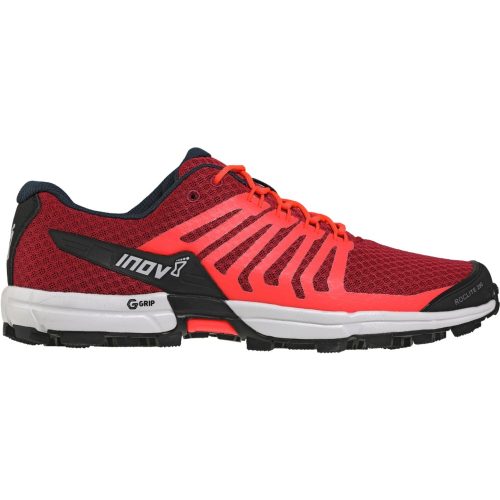
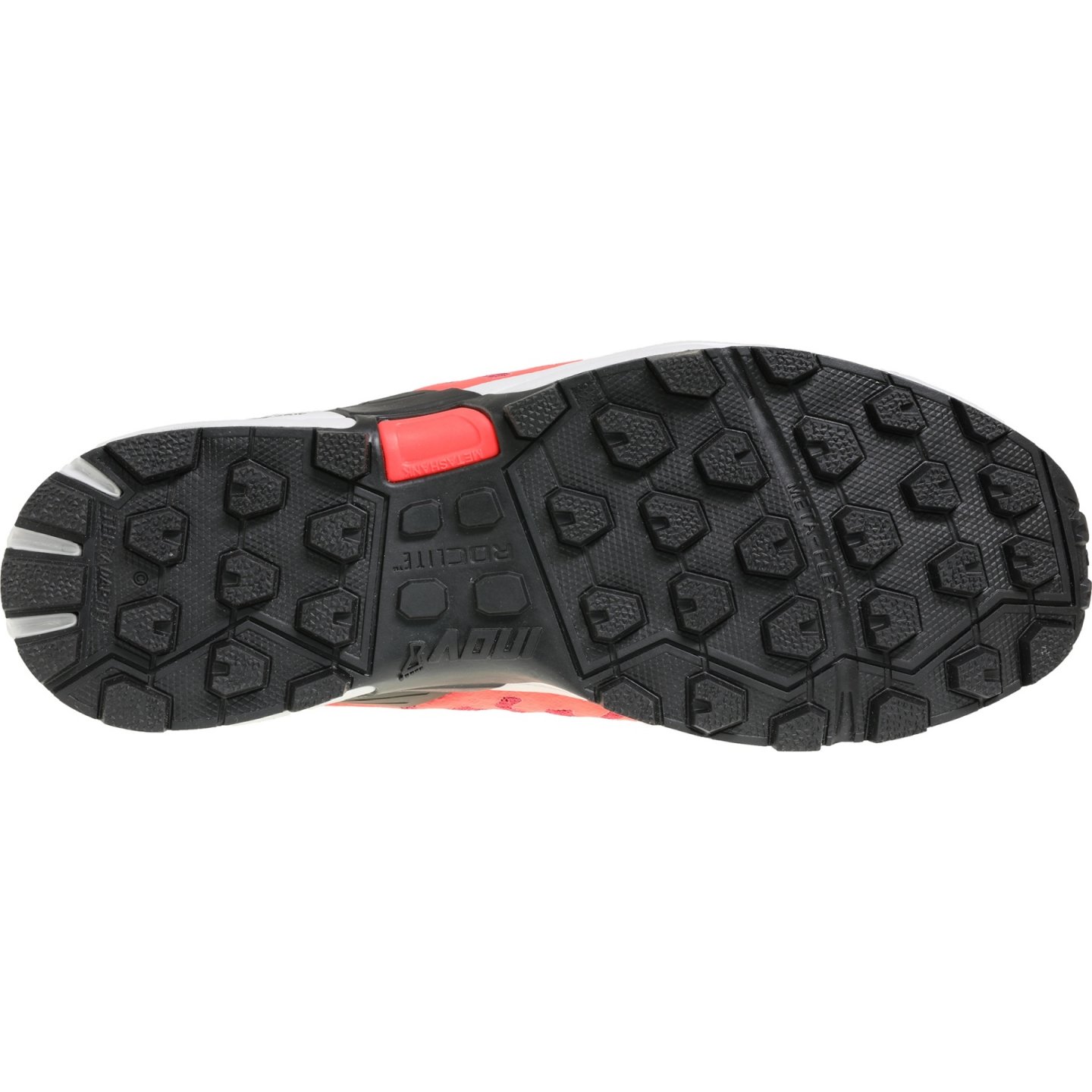

Inov8 Roclite 290 Purple/Pink Women
€140.00
Select options -
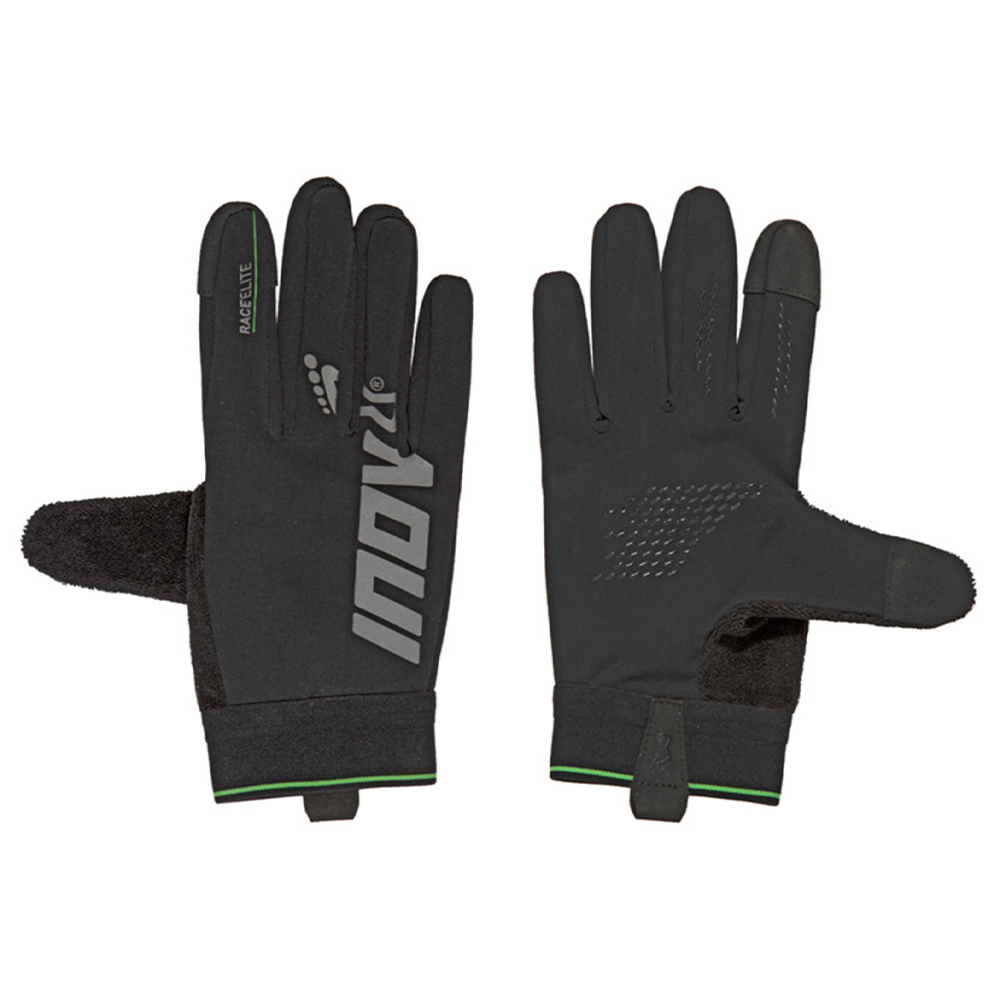
Inov8 Race Elite Glove Unisex Black
€30.00
Select options -

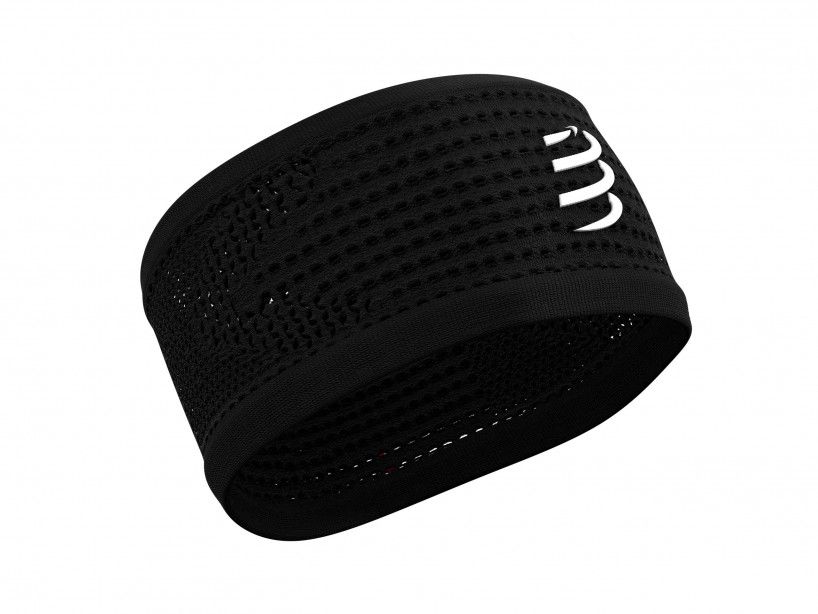

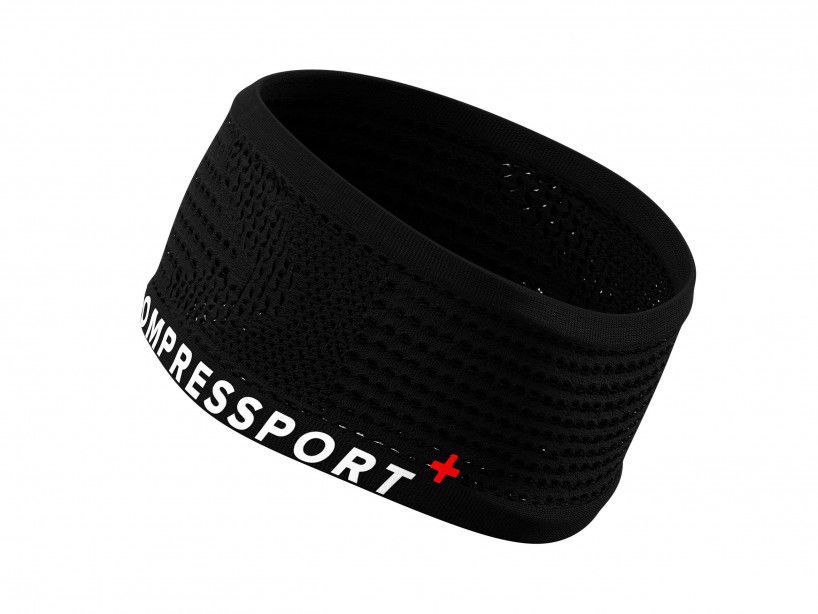
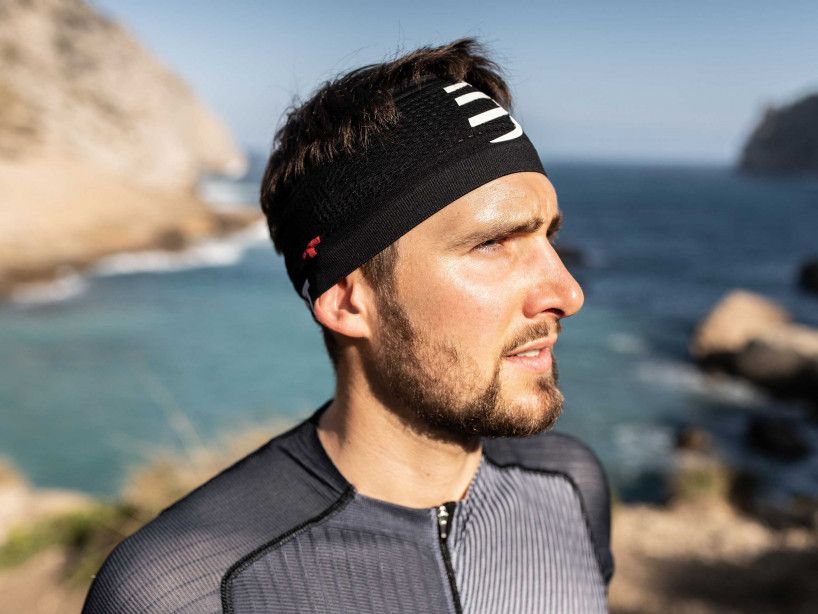
Compressport Headband On/Off – One Size
€15.00
Select options -

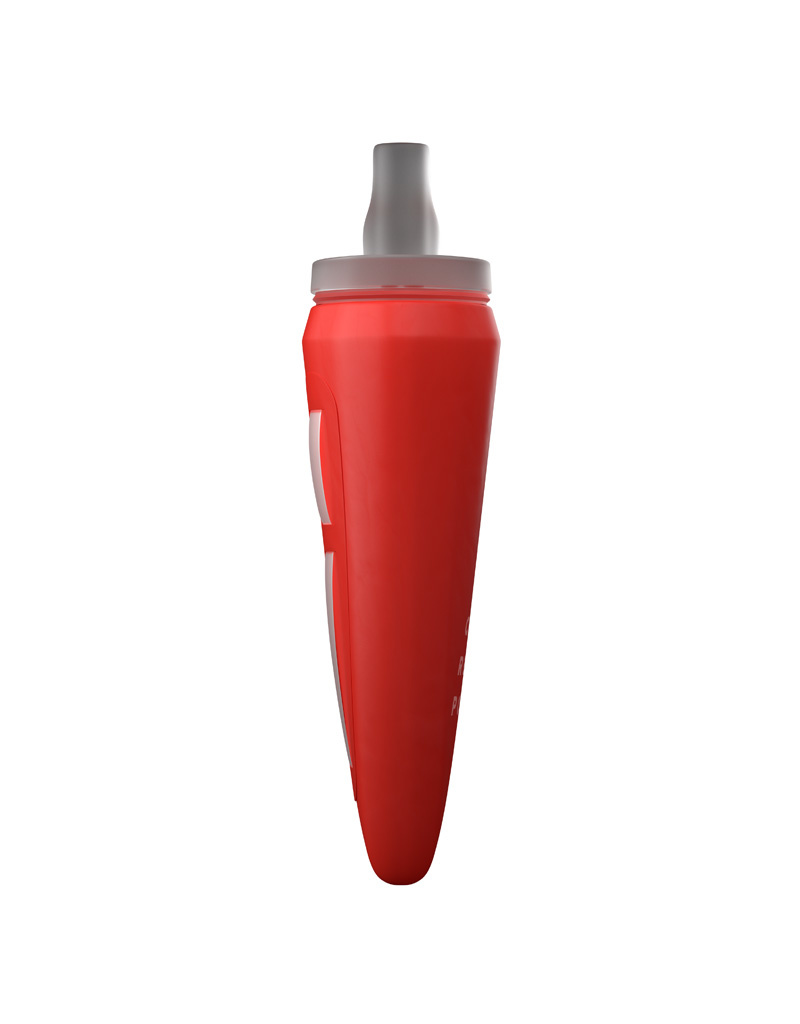

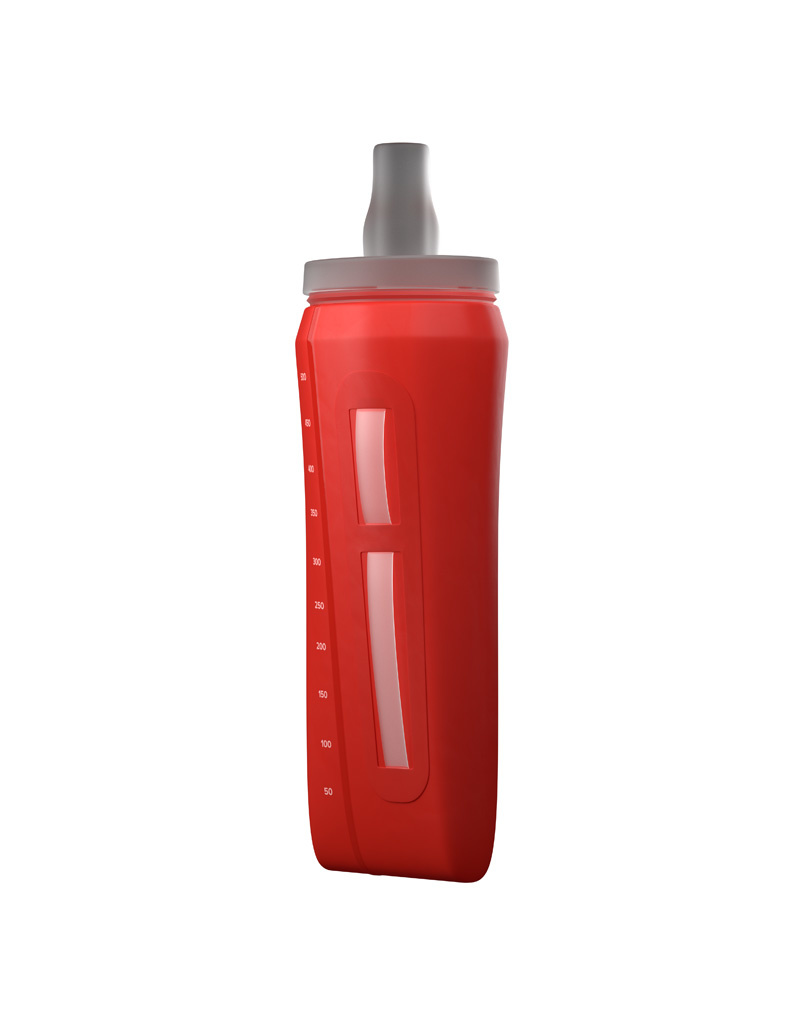
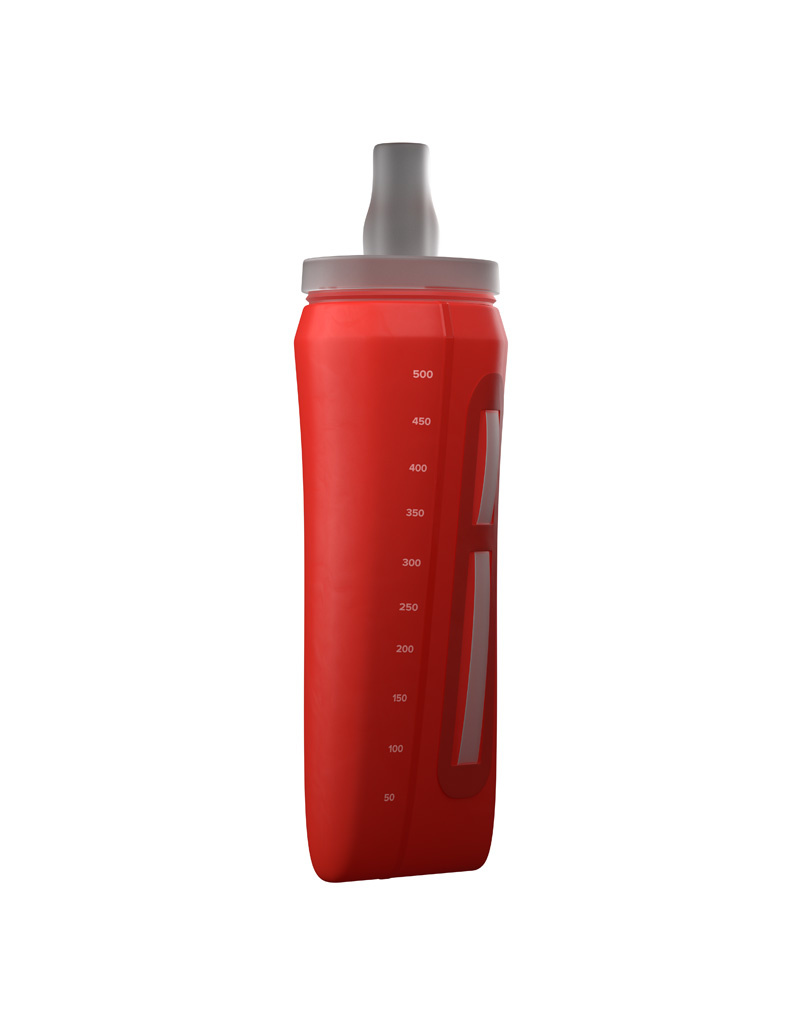
Compressport ErgoFlask Handheld Red 500 ML
€20.00
Add to cart -
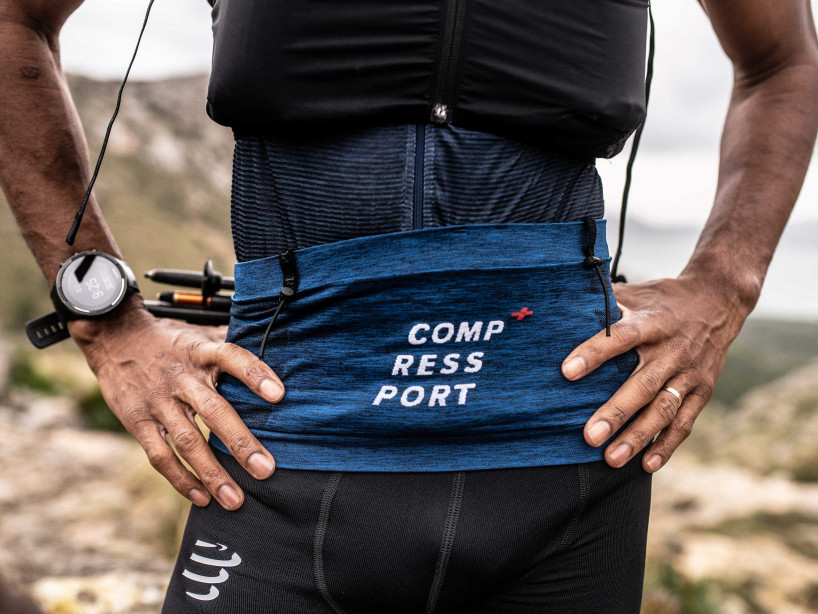
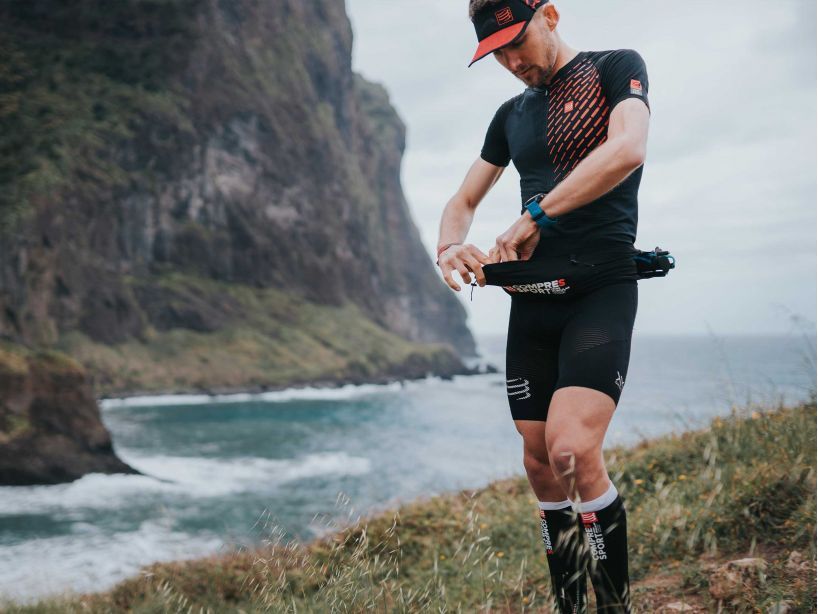

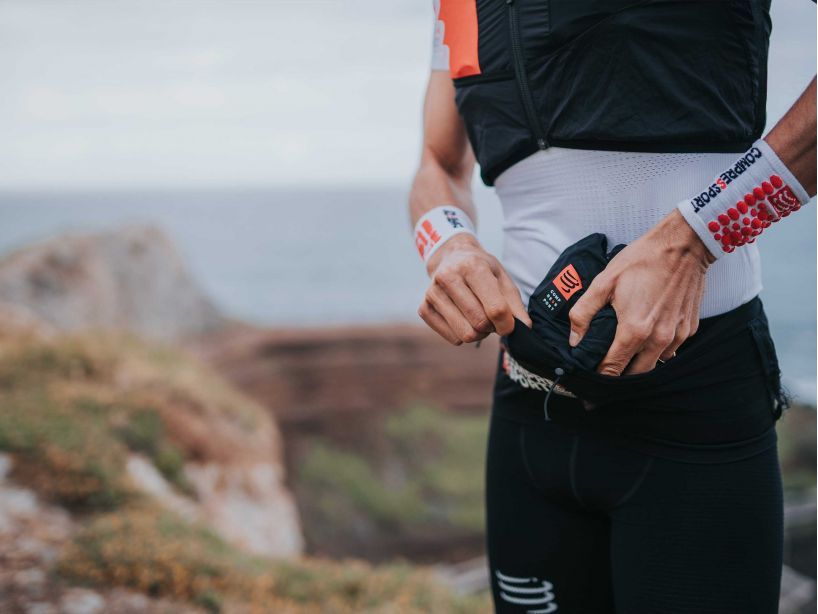
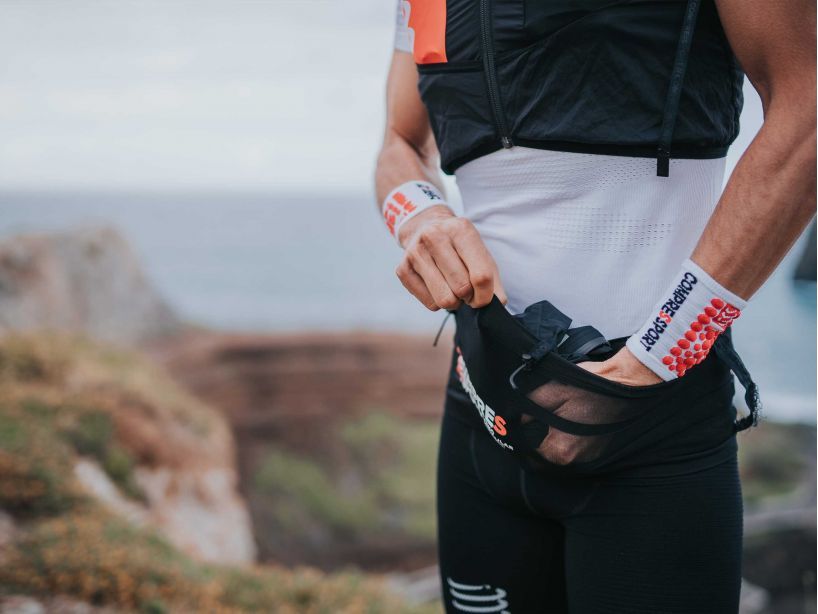
Compressport Free Belt Pro
€45.00
Select options -
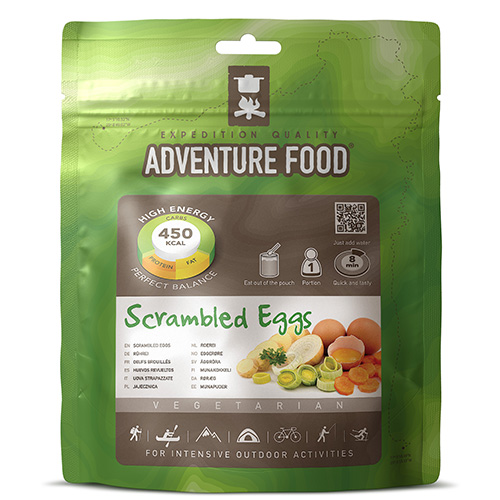
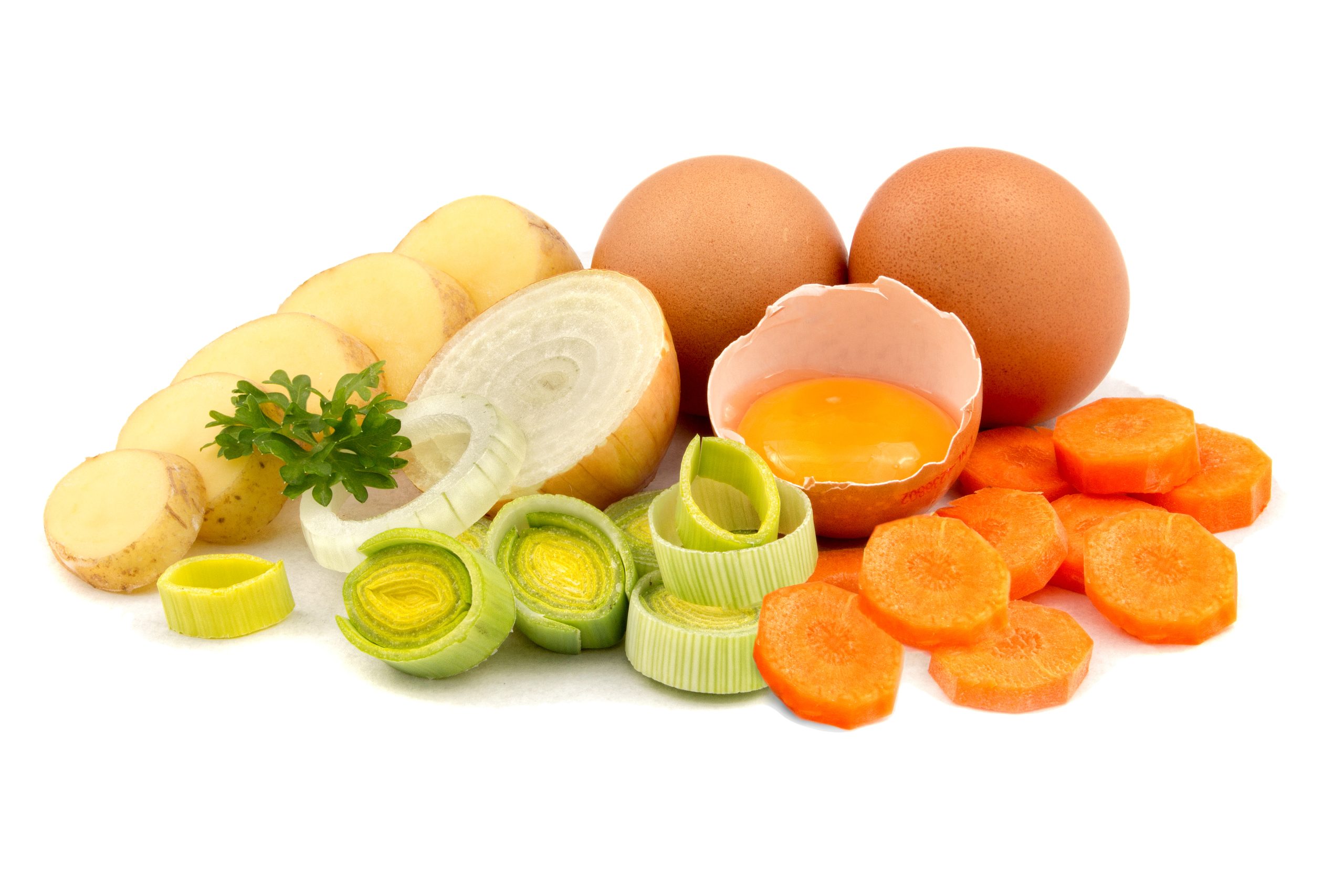

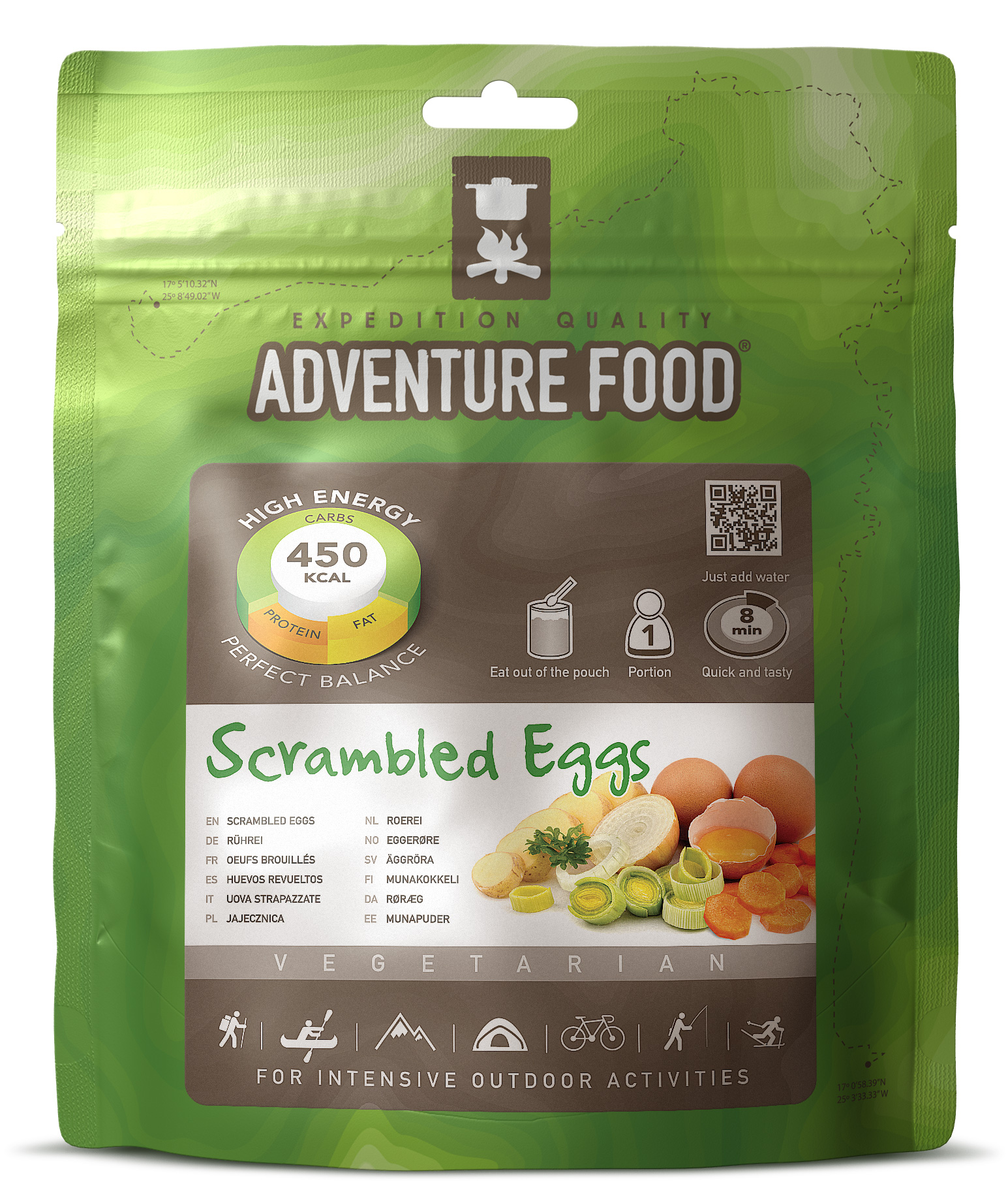
Adventure Food Scrambled Eggs
€5.95
Add to cart -

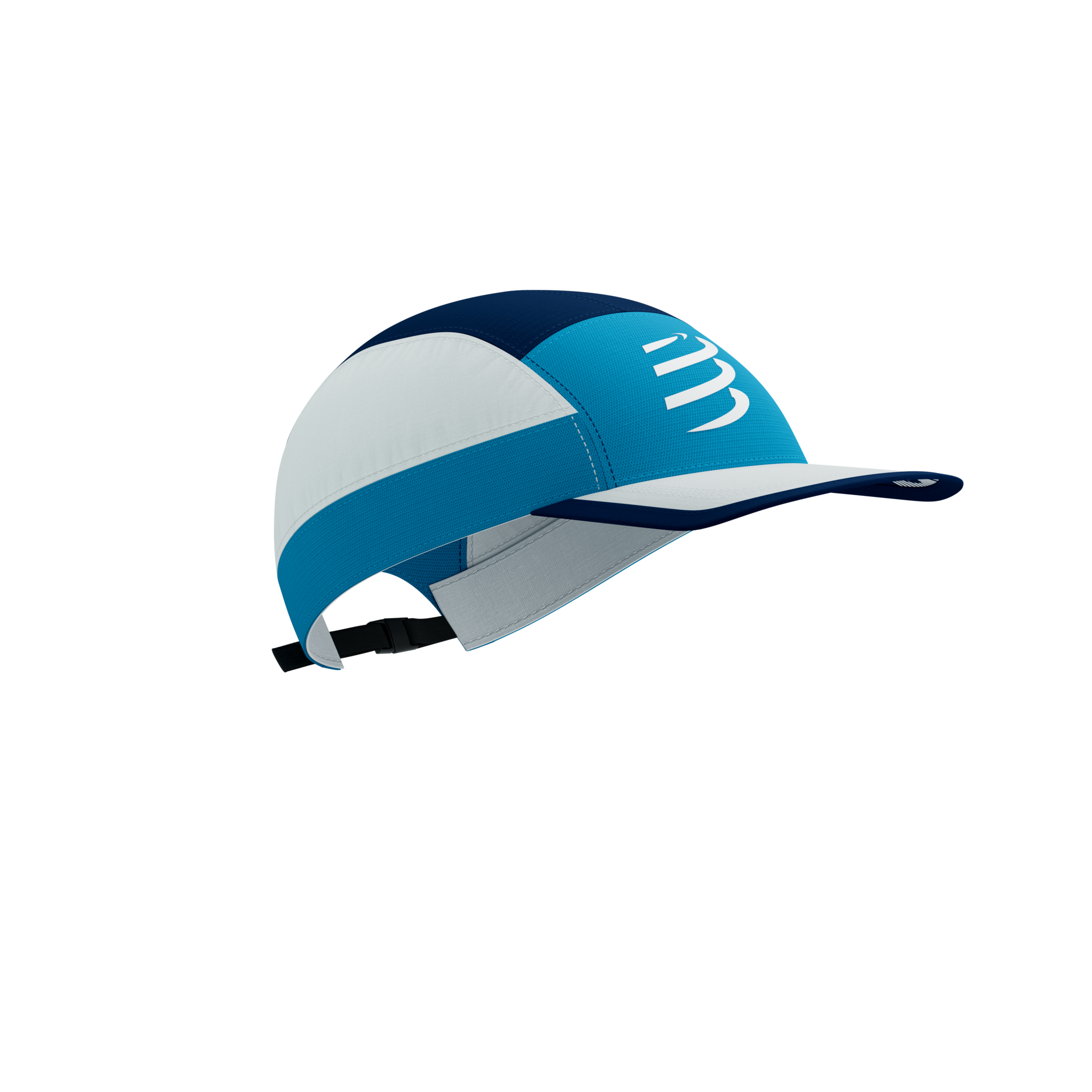


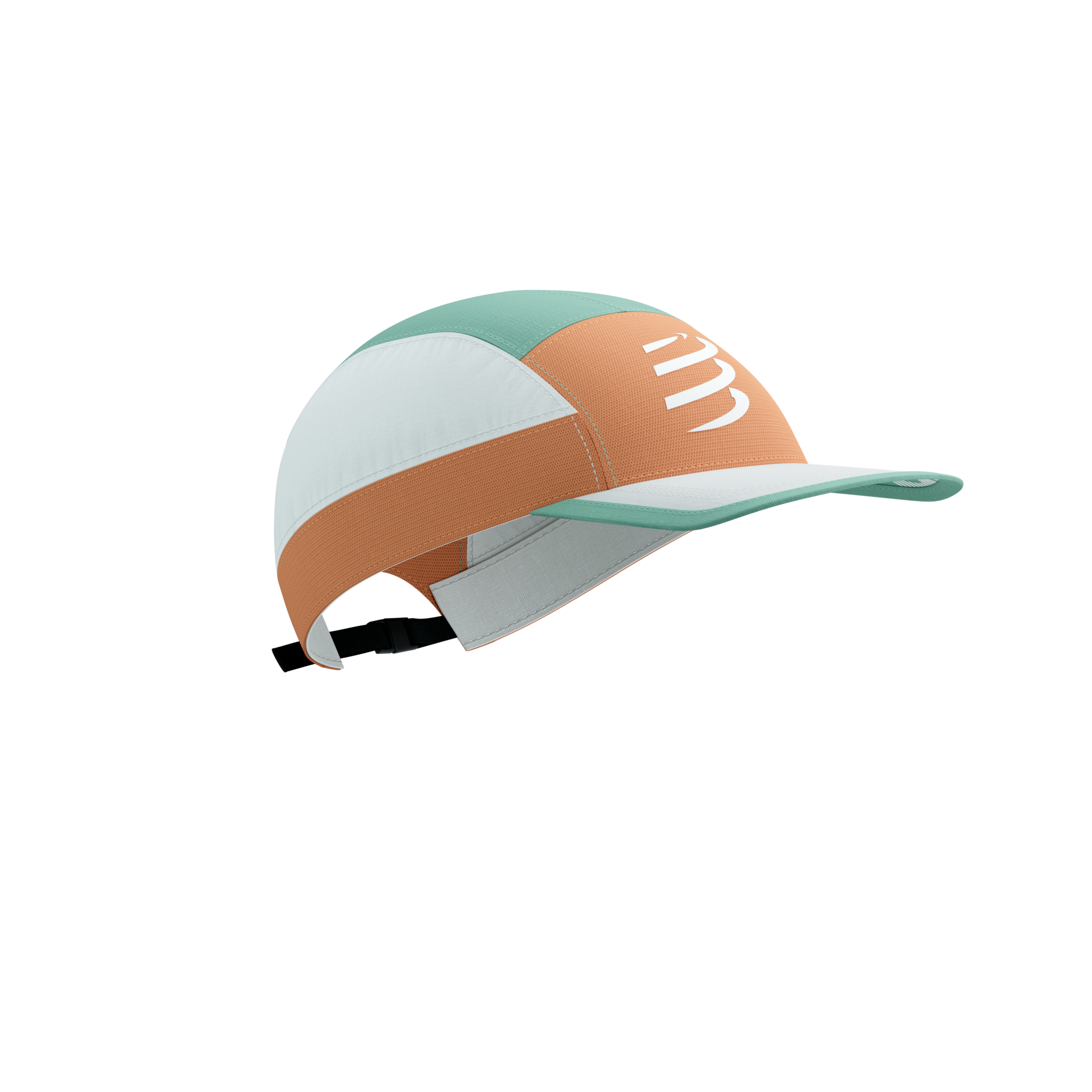
Compressport 5-Panel Light Cap One Size
€40.00
Select options -

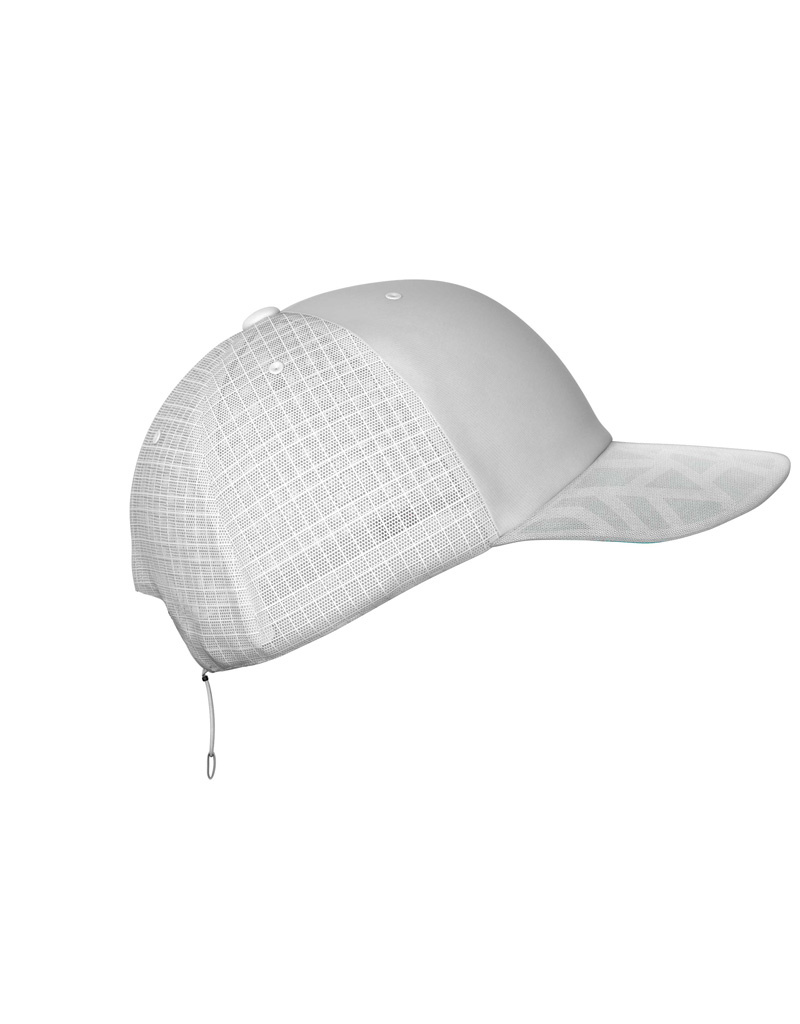

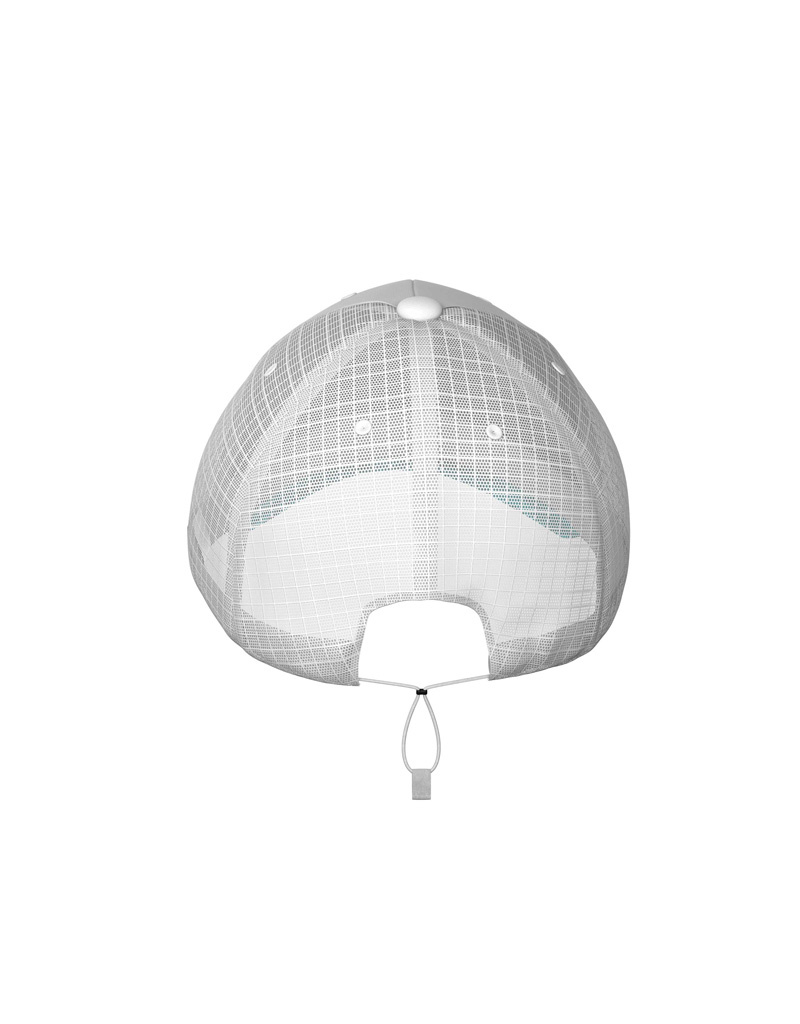
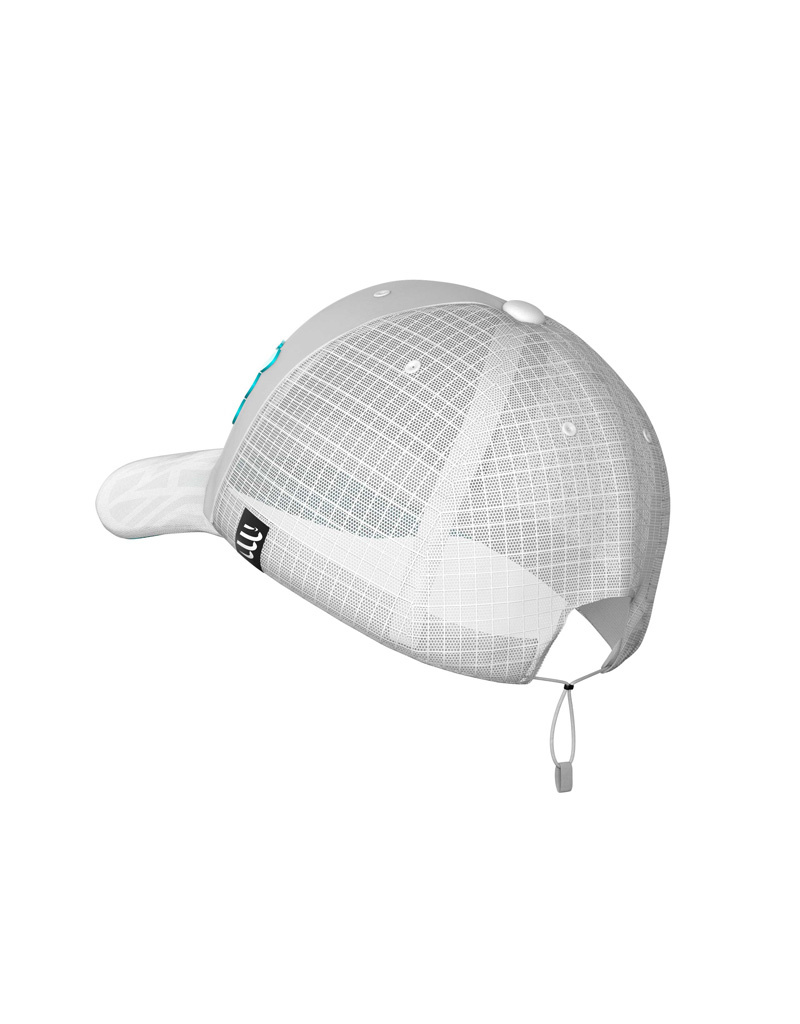
Compressport Racing Trucker Cap One Size
€35.00
Select options -
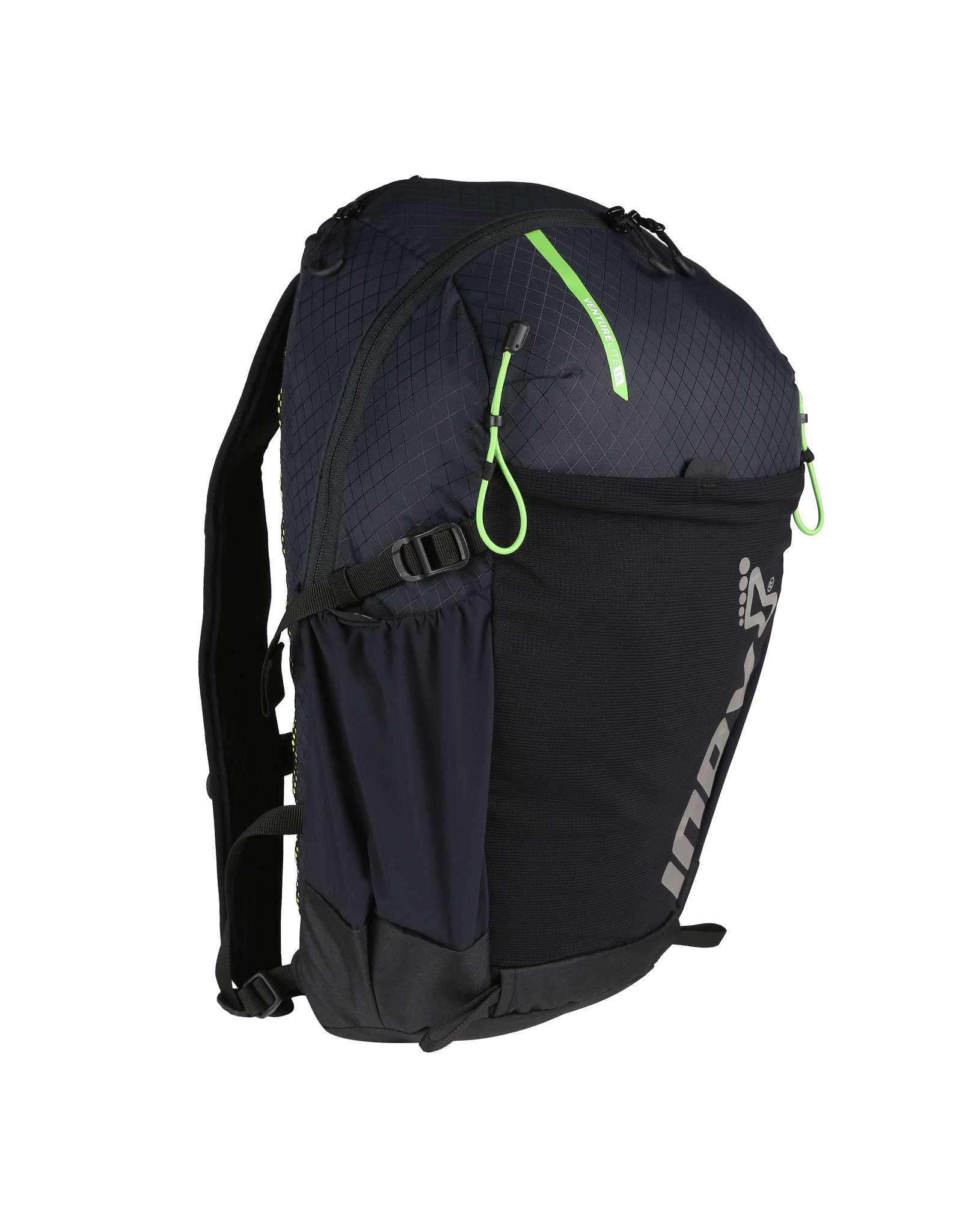


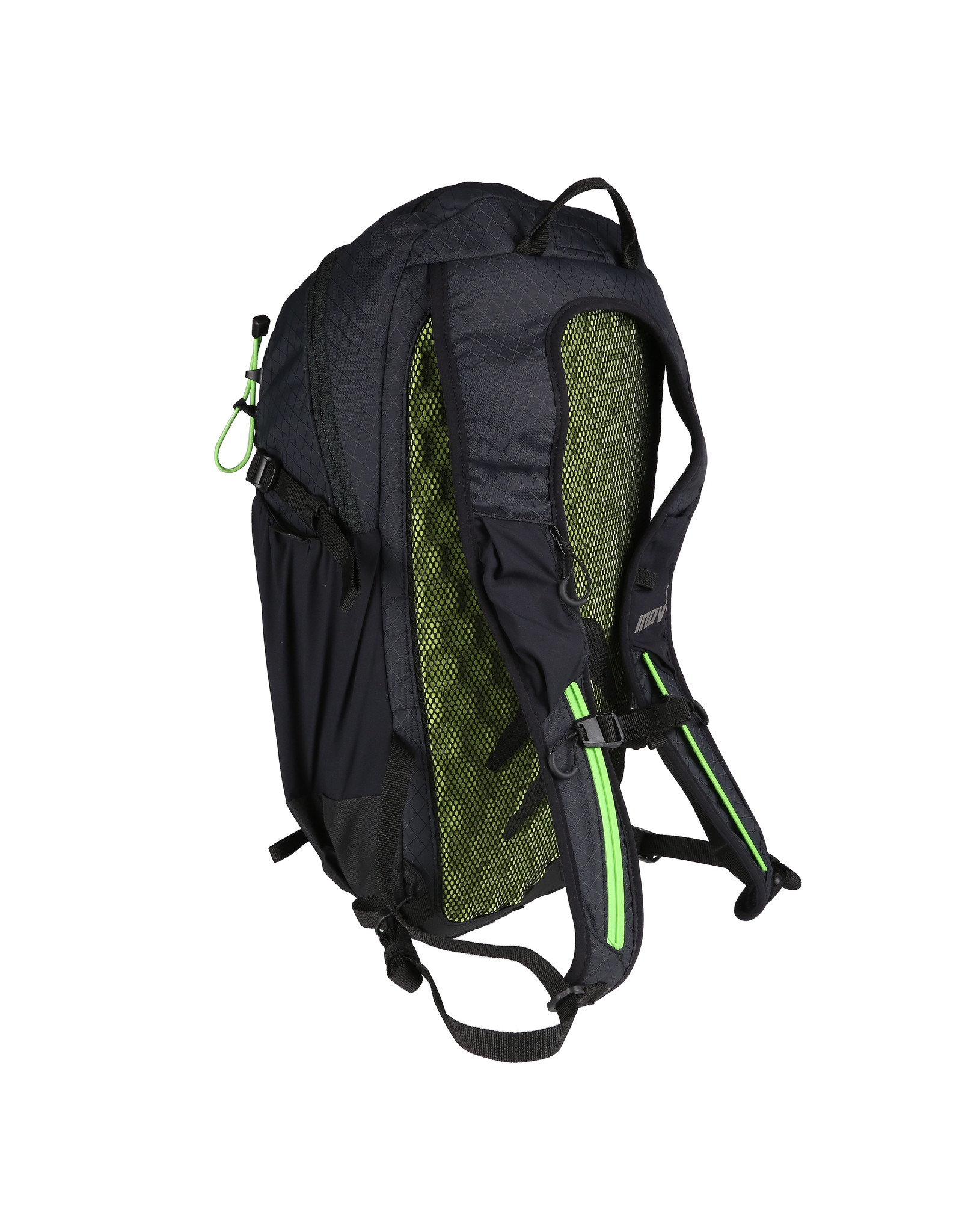
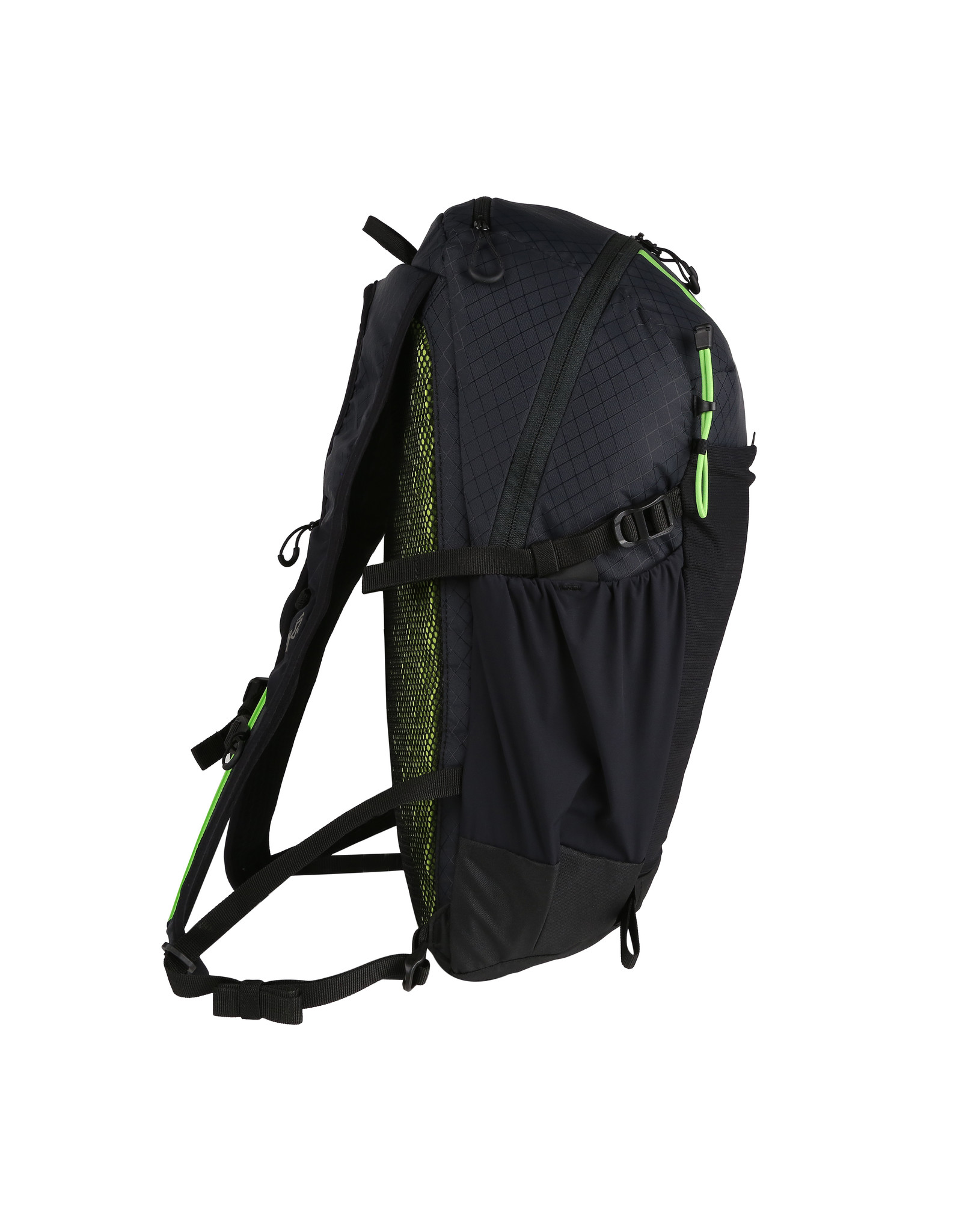
Inov8 VentureLite 18 Black/Green One Size
€100.00
Add to cart -
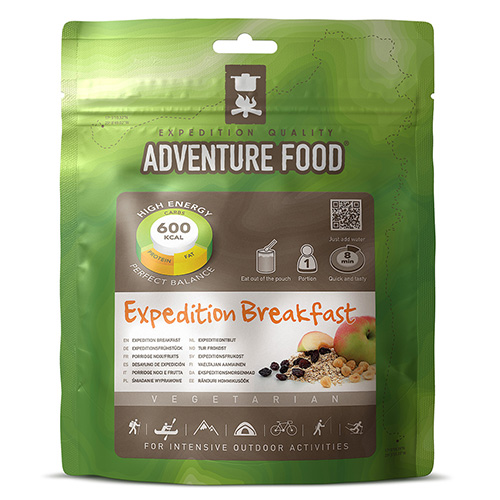
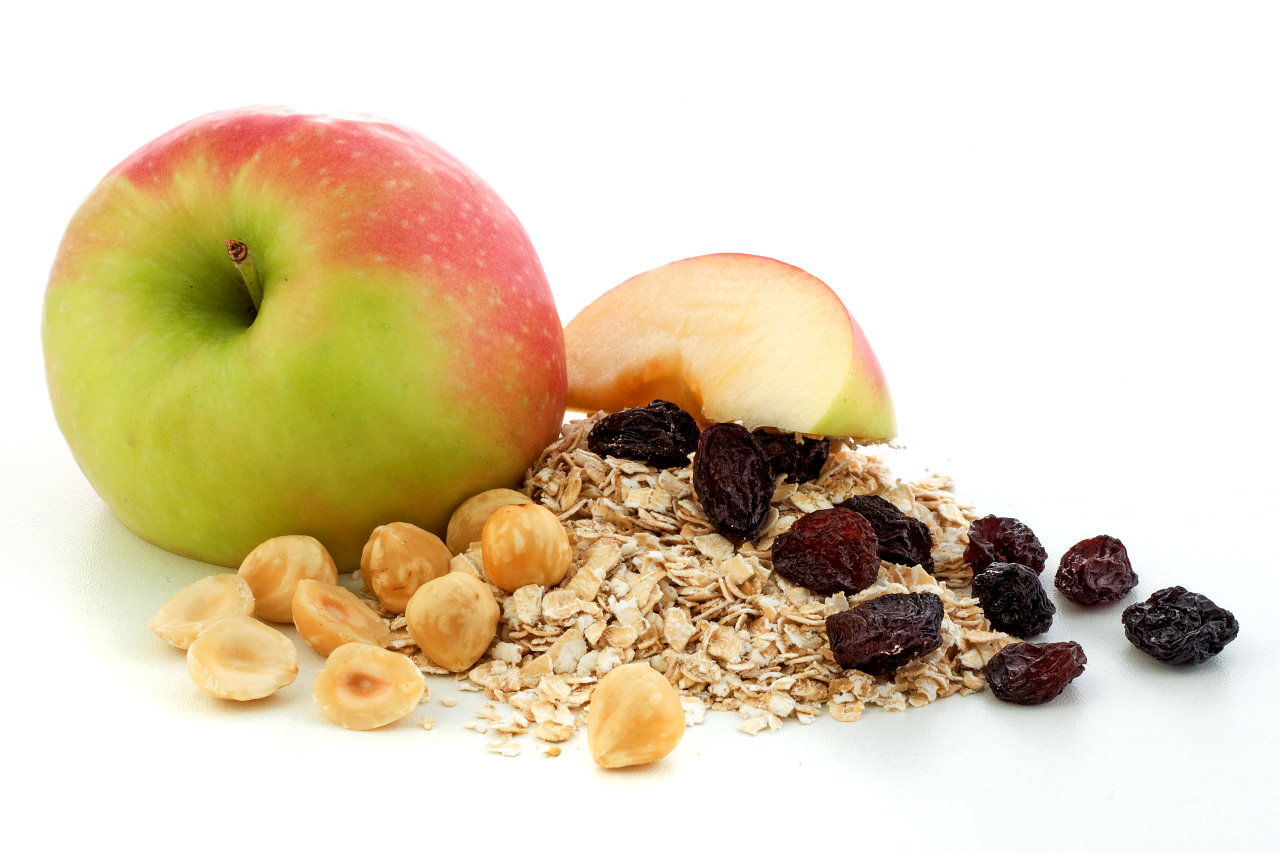

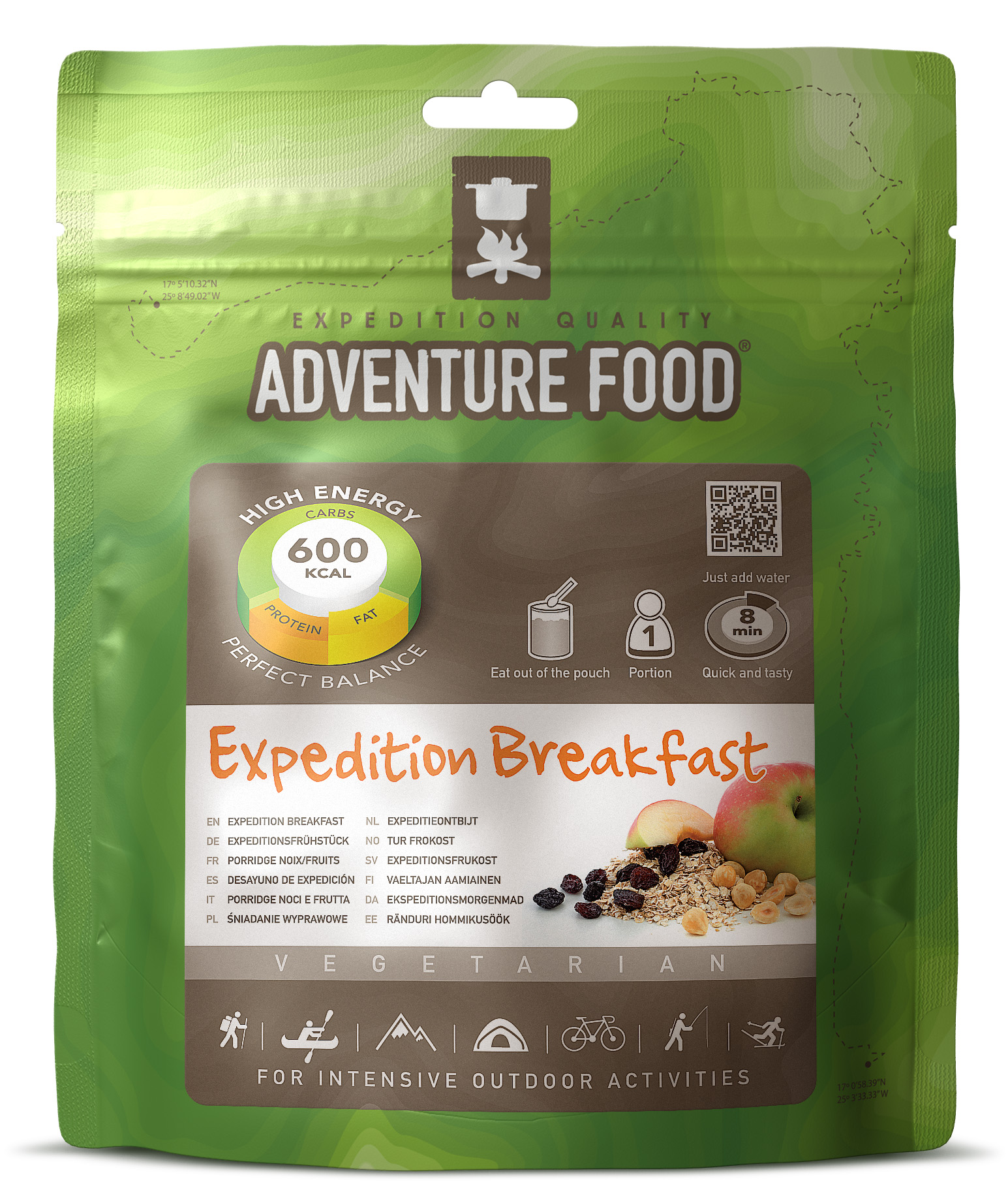
Adventure Food Expedition Breakfast
€3.95
Add to cart -
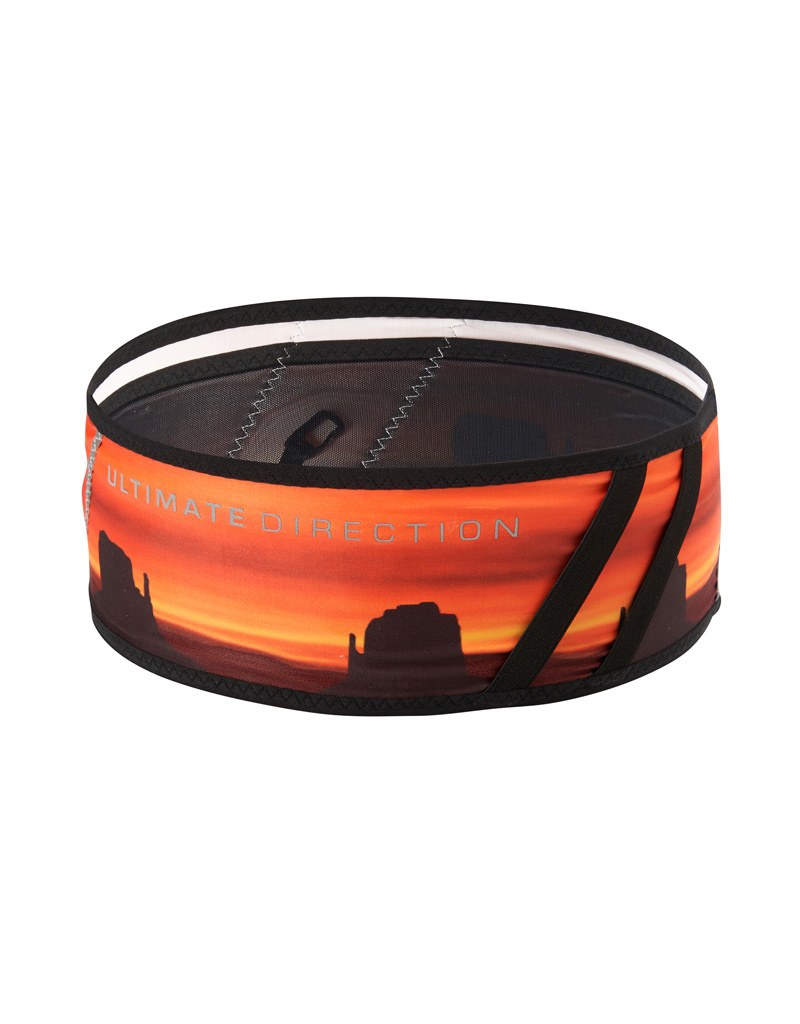
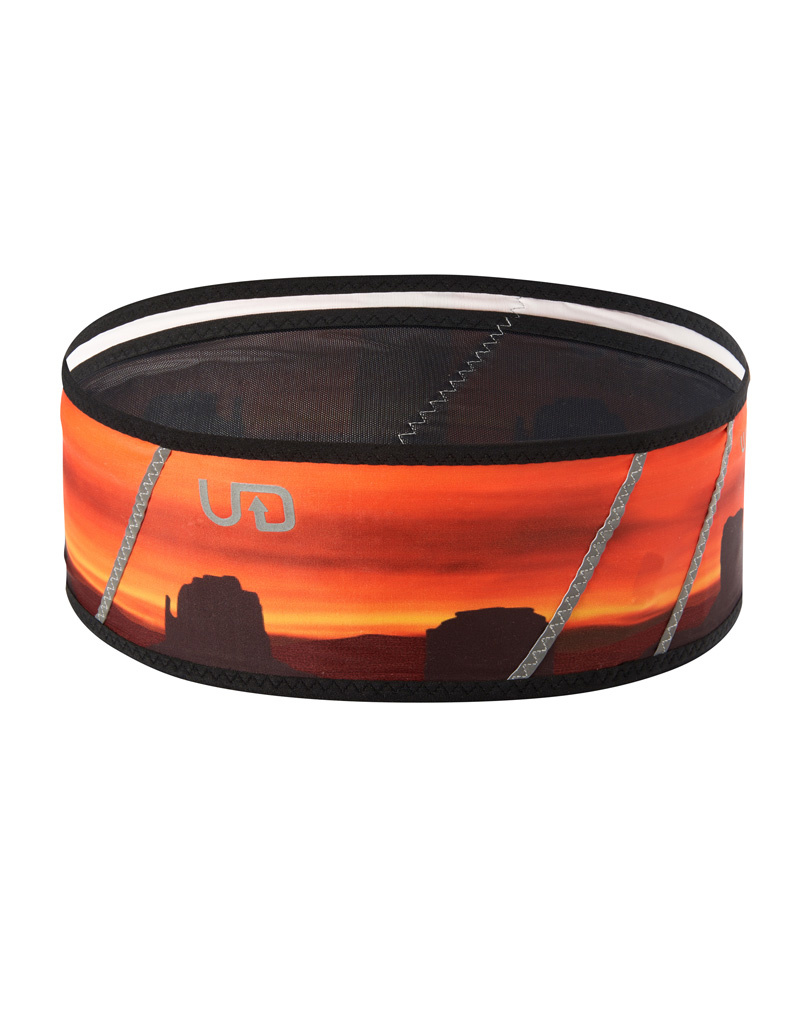

Ultimate Direction Comfort Belt Orange
€15.00
Select options -
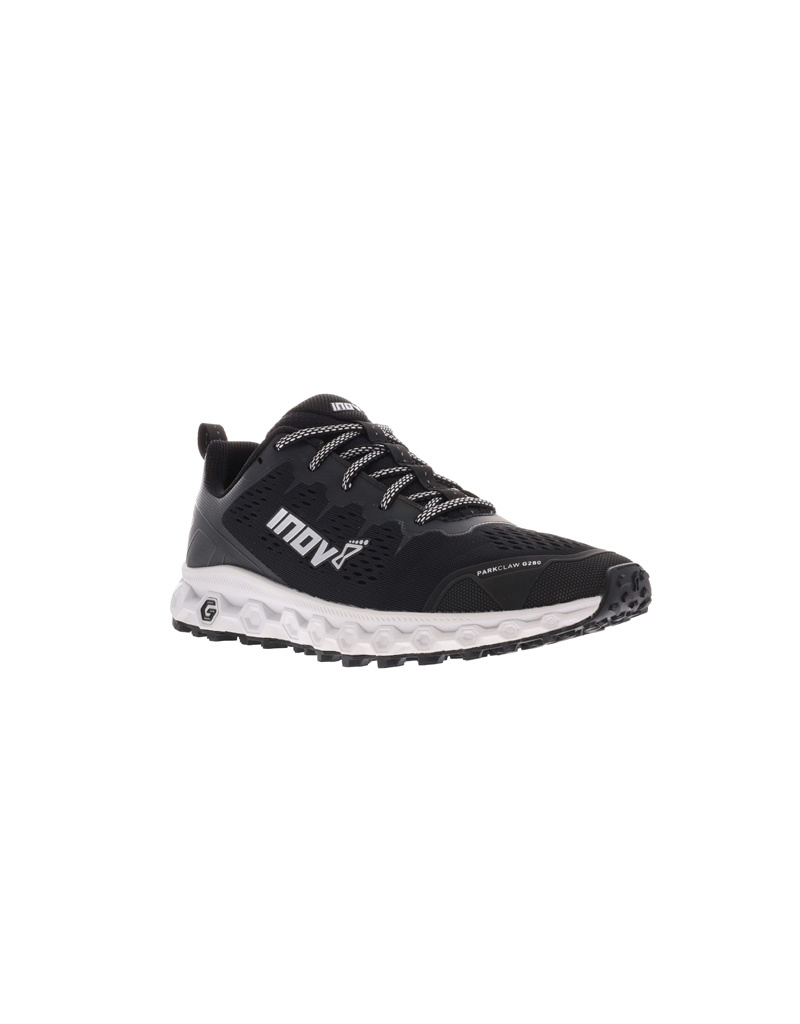



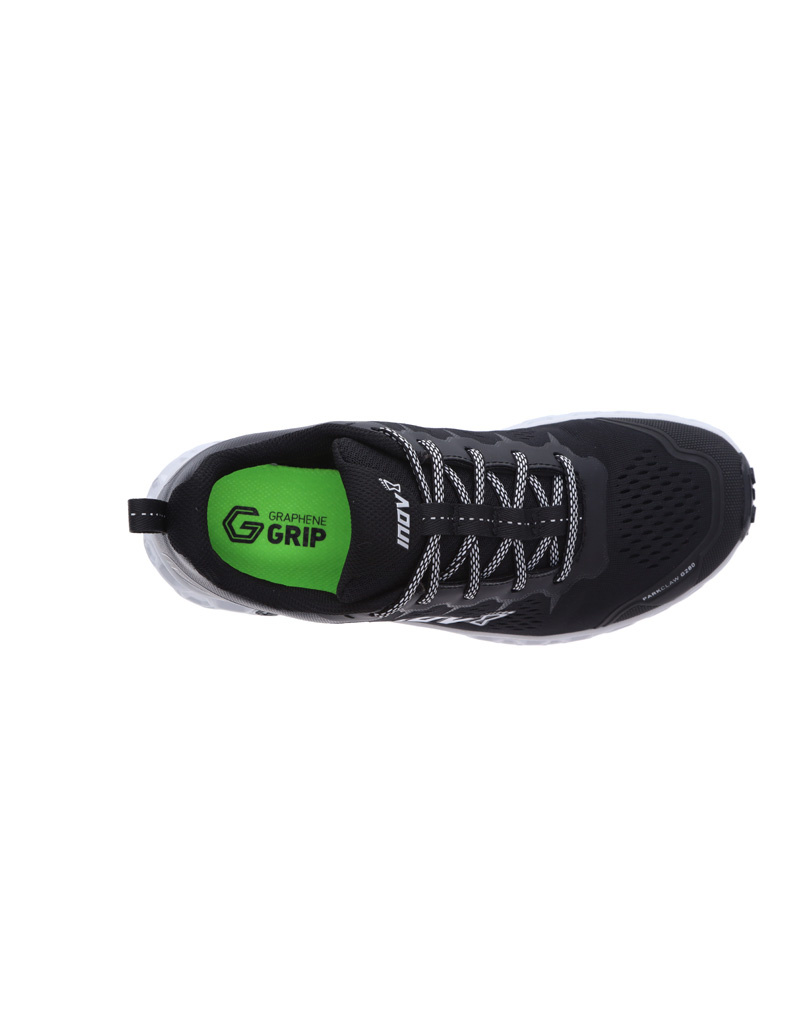
Inov8 Parkclaw G280 Men
€180.00
Select options -



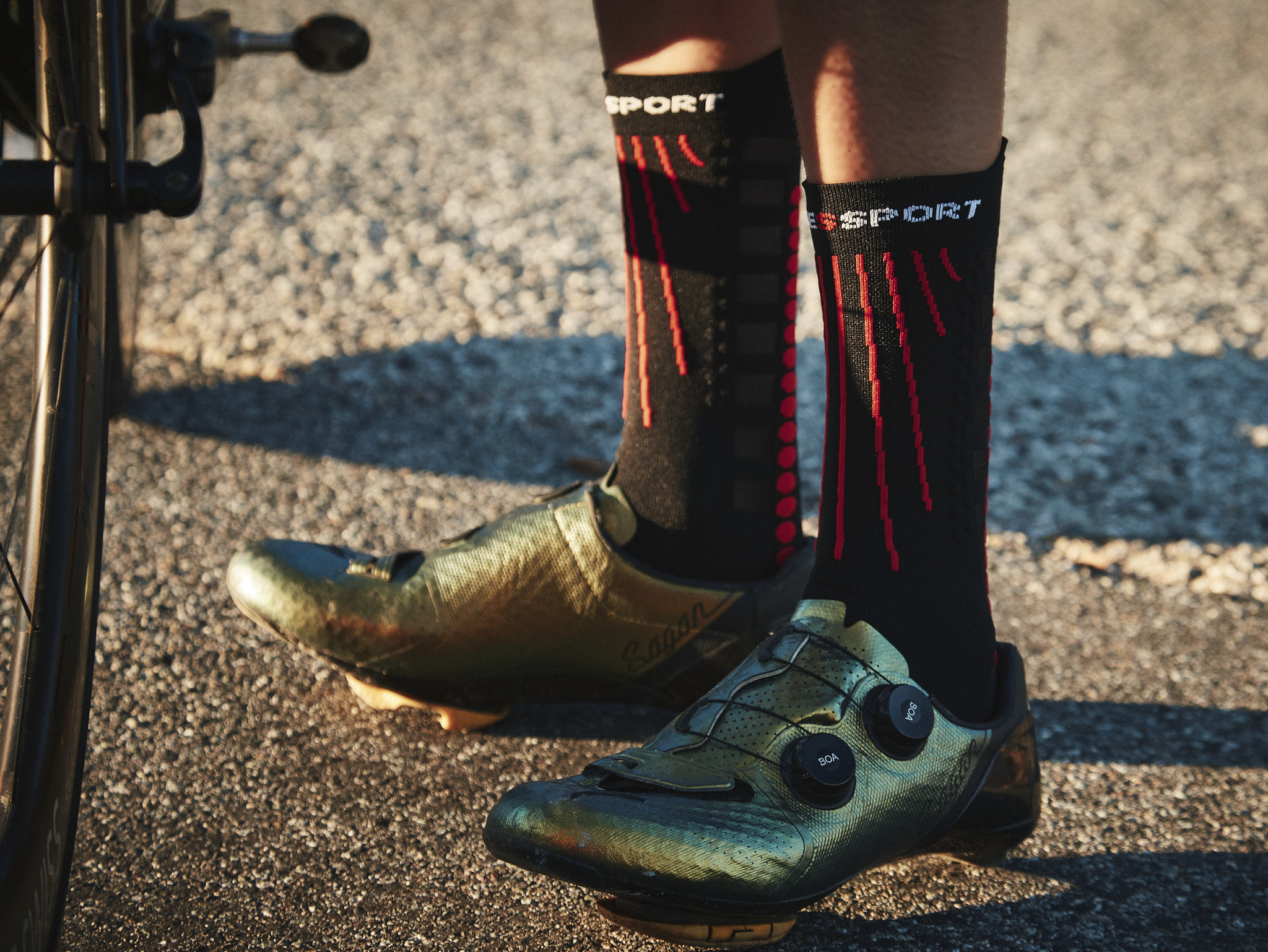
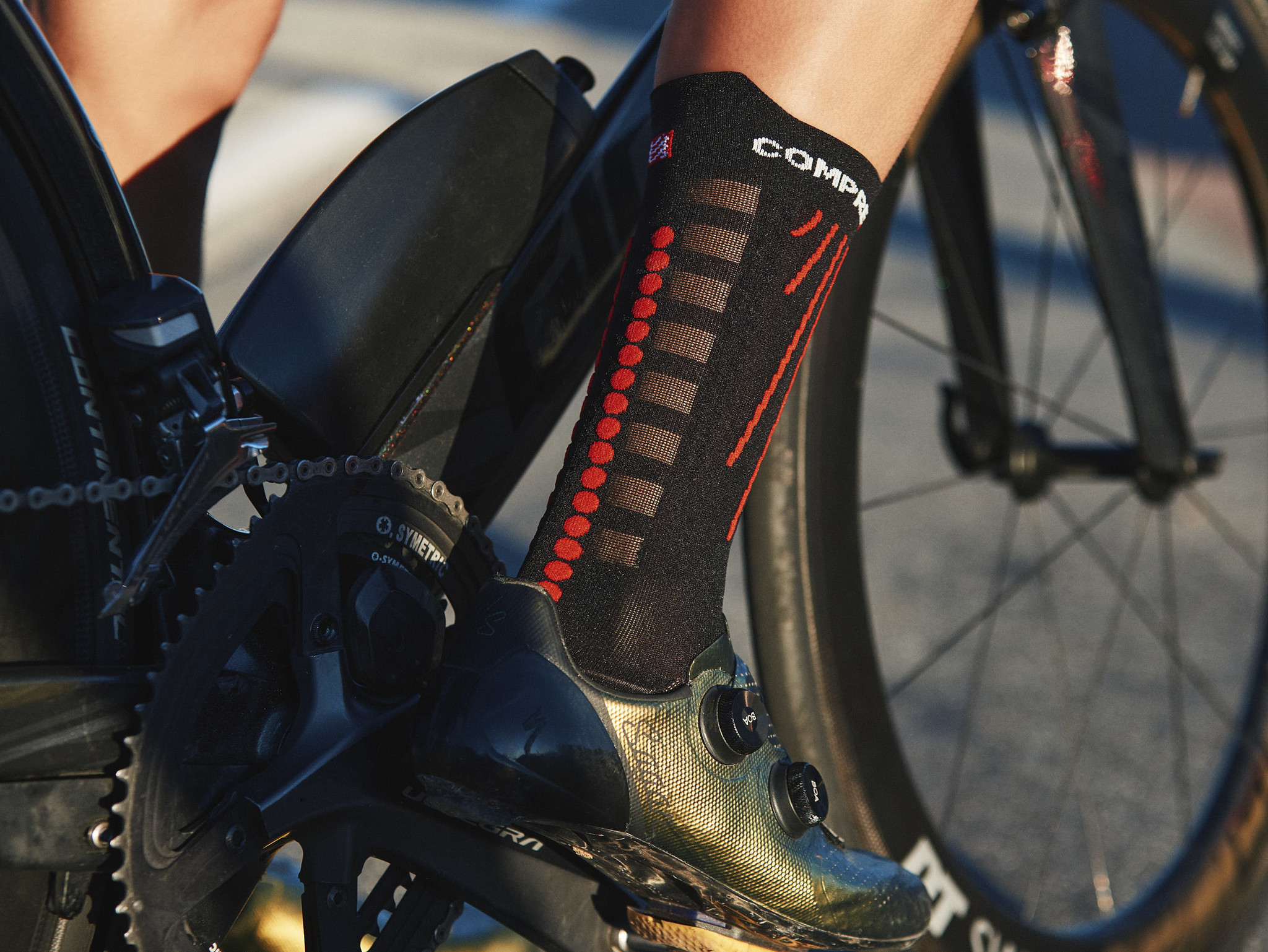
Compressport Aero Compression Socks
€25.00
Select options -

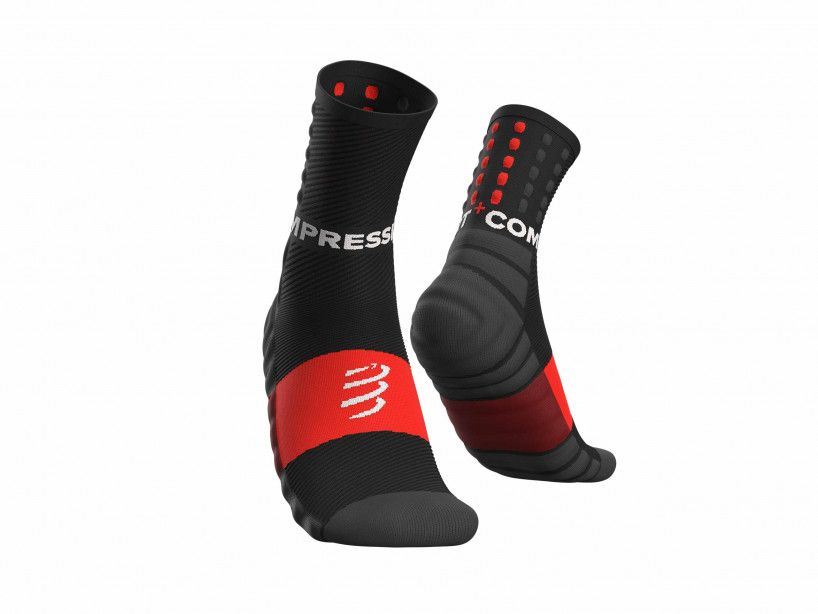

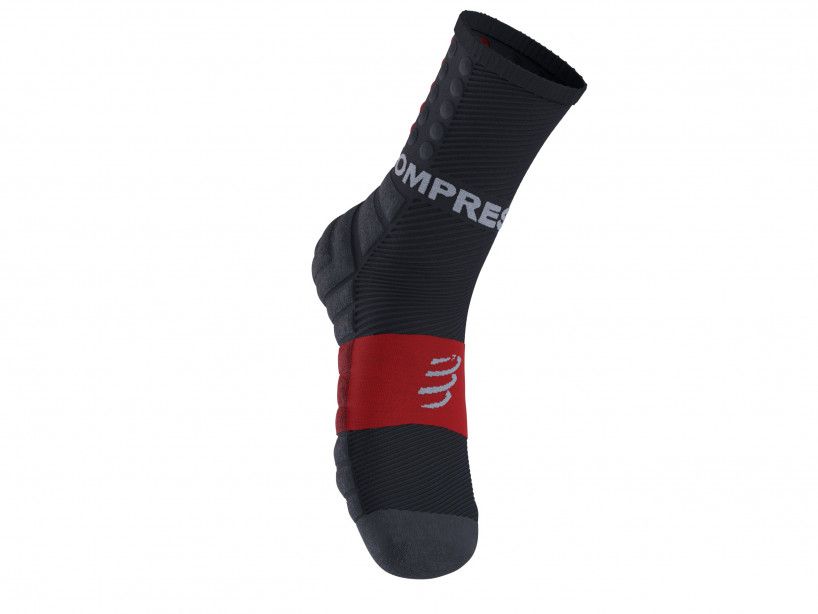

Compressport – Shock Absorb Socks
€20.00
Select options -

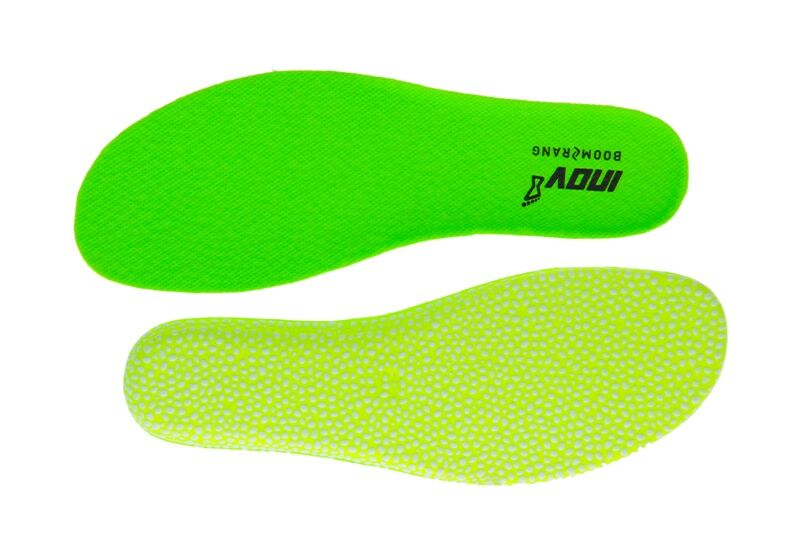

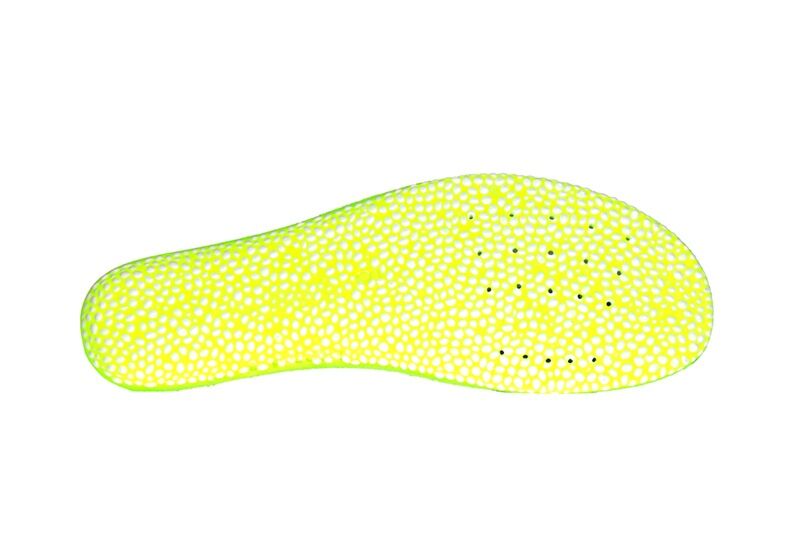

Inov8 Boomerang Footbed Green
€23.00
Select options -
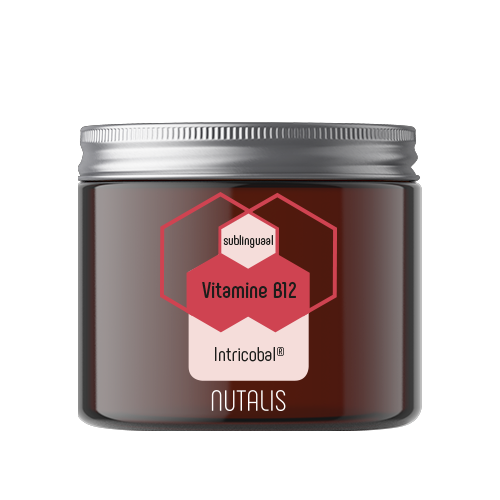
Intricobal Vitamine B12
€35.90
Add to cart -

Inov8 All Terrain Pro Mitt – Black
€30.00
Select options -
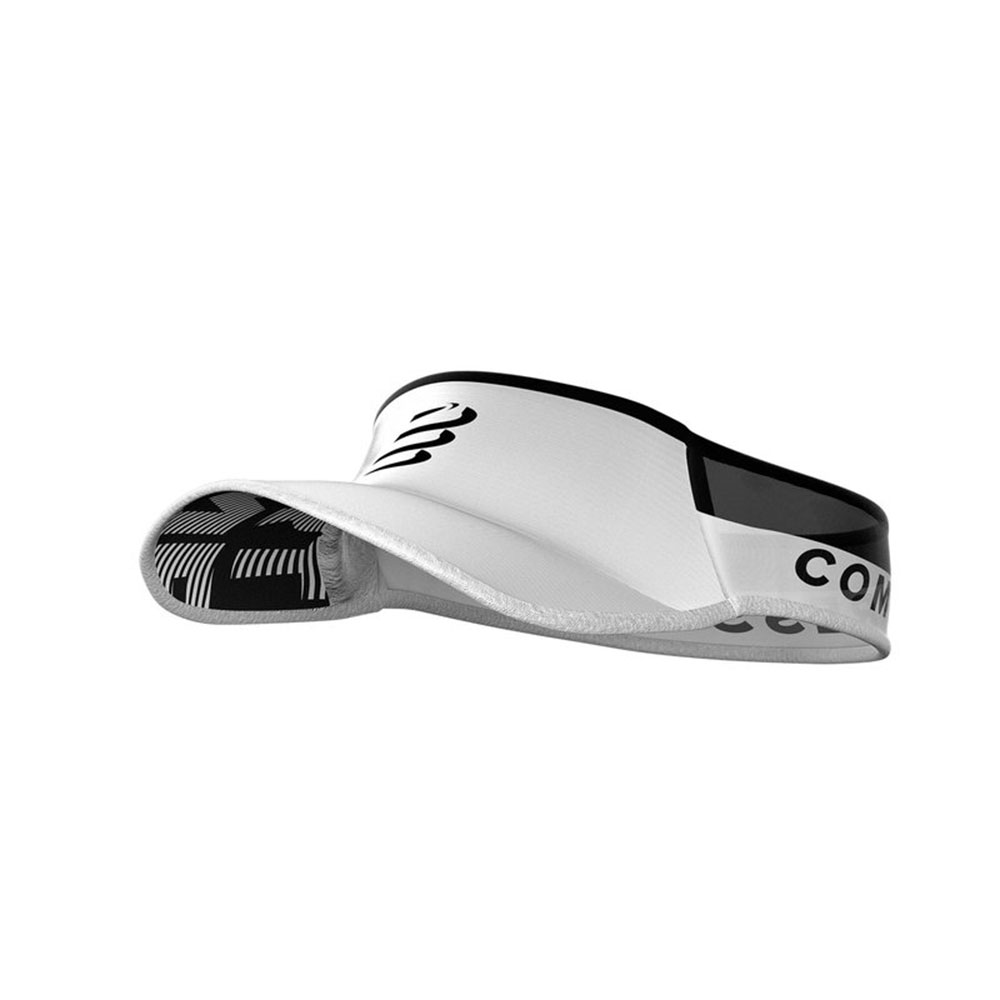
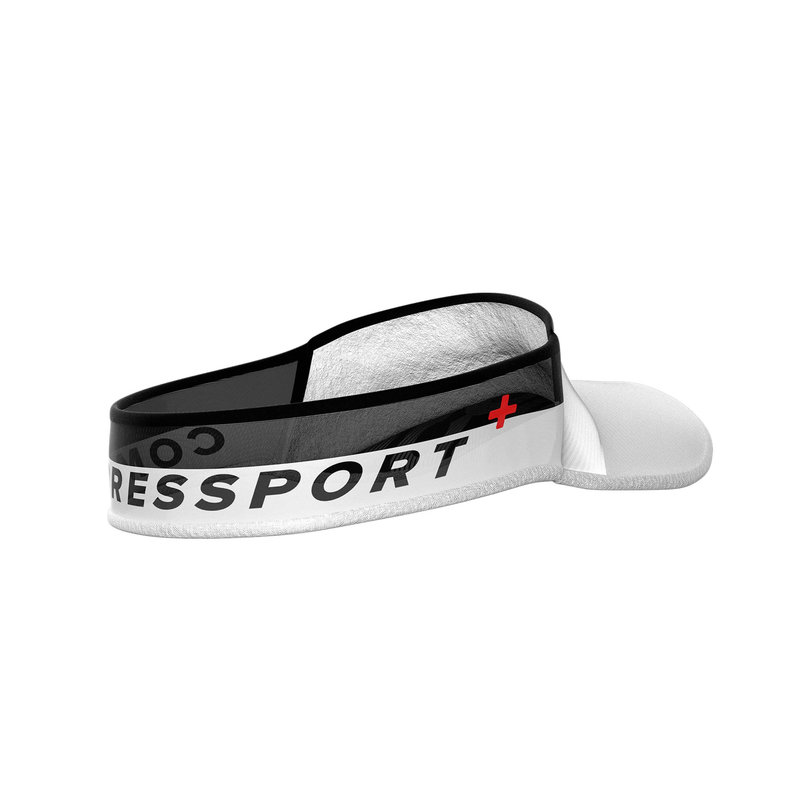

Compressport Visor Ultralight White One Size
€24.00
Add to cart -
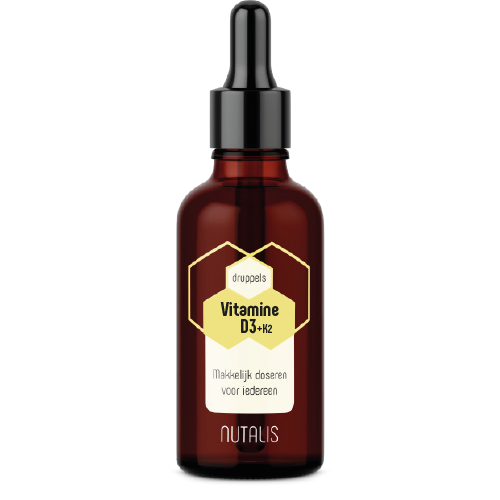
Vitamine D3+K2
€35.90
Add to cart -
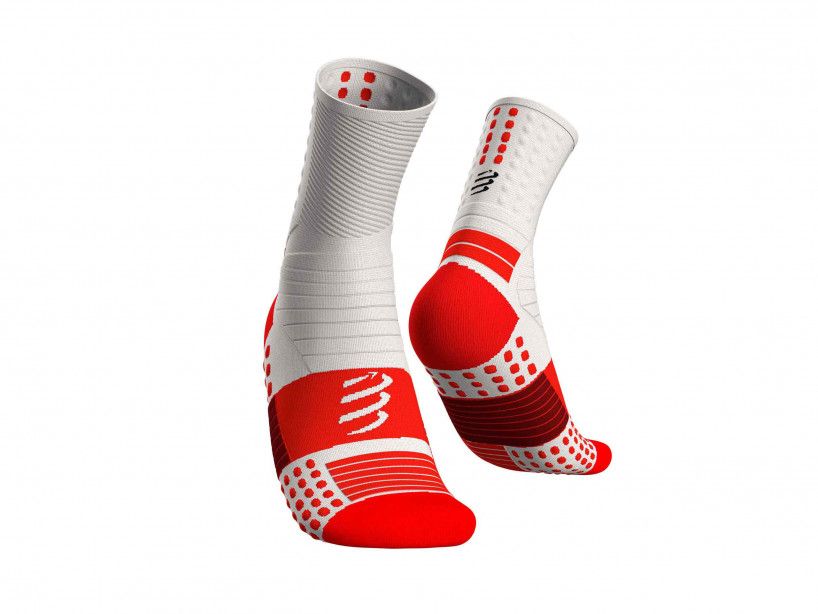
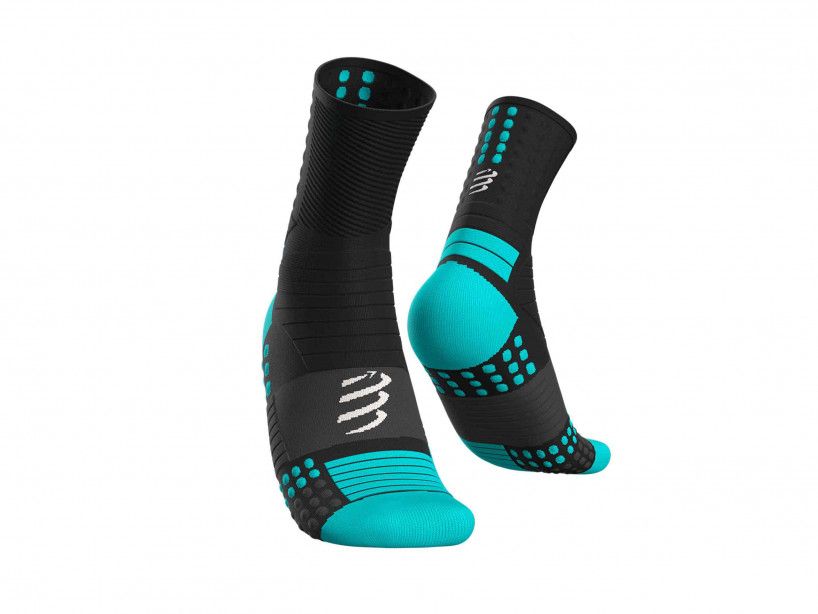


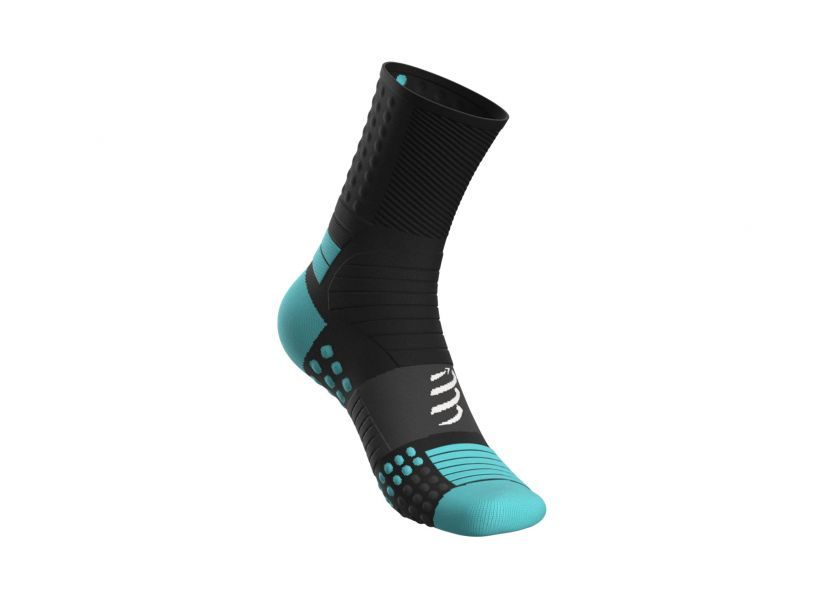
Compressport Pro Marathon Socks
€25.00
Select options -
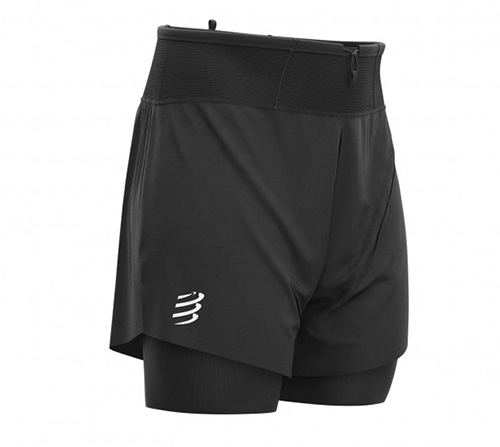
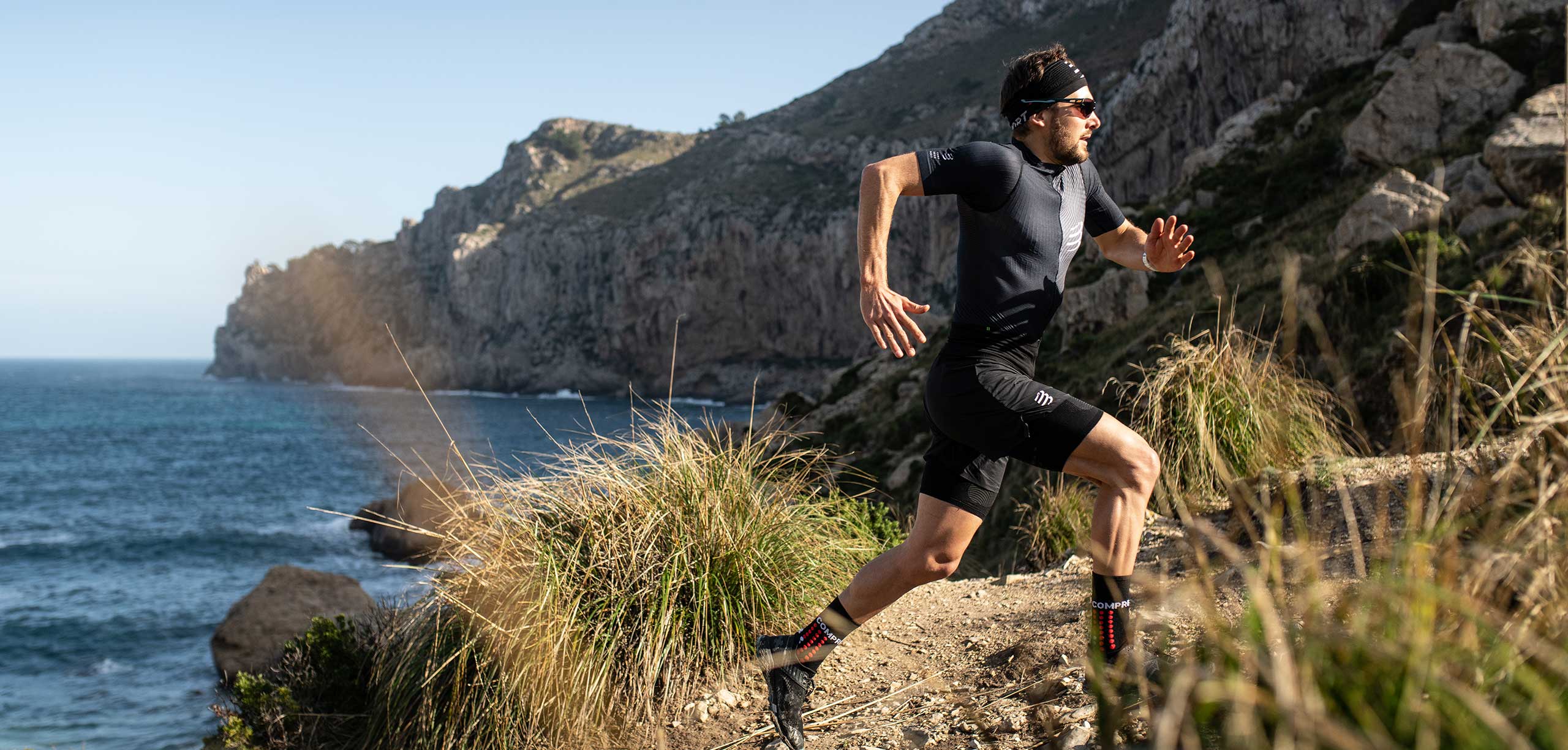

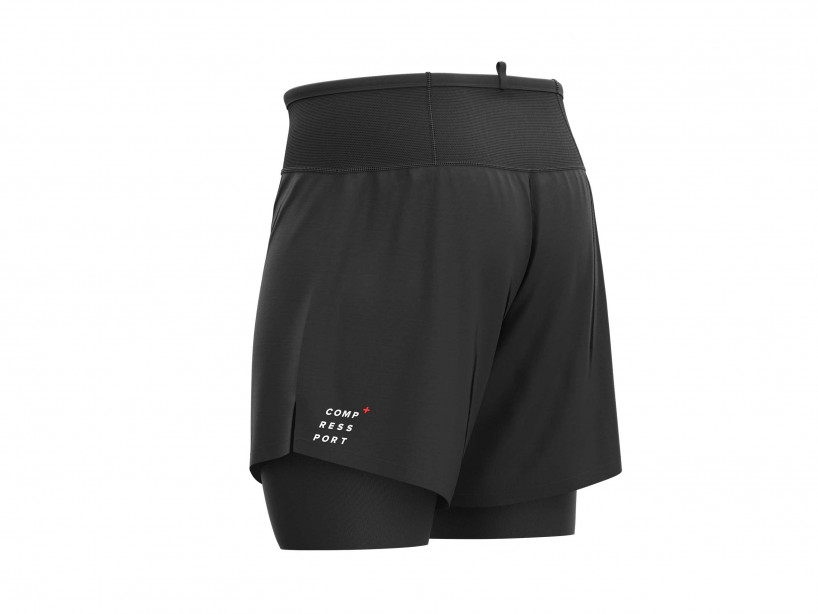

Compressport Trail 2-In-1 Short Black
€80.00
Select options -
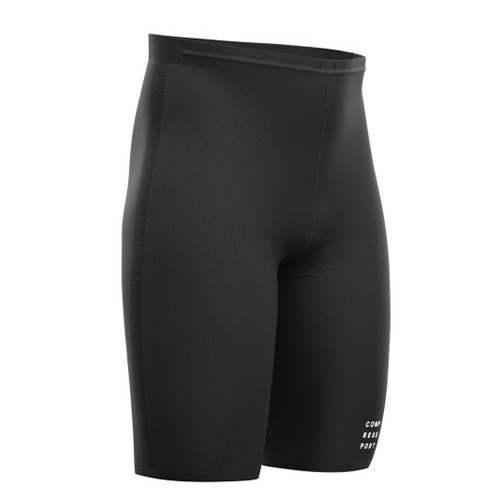


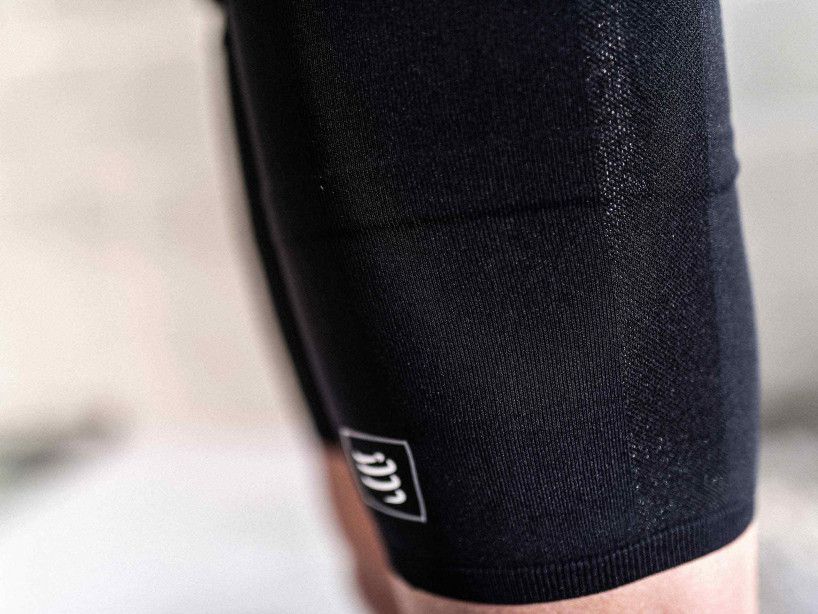

Compressport Compression Short – Black Men
€60.00
Select options -
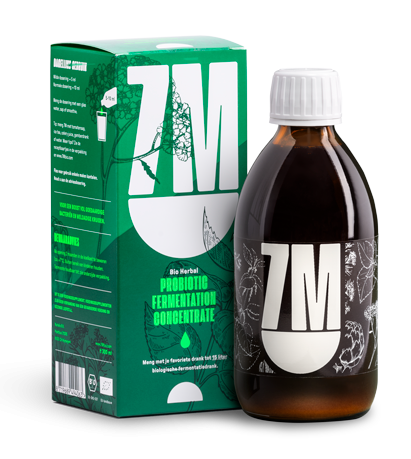
7M
€24.95
Add to cart -
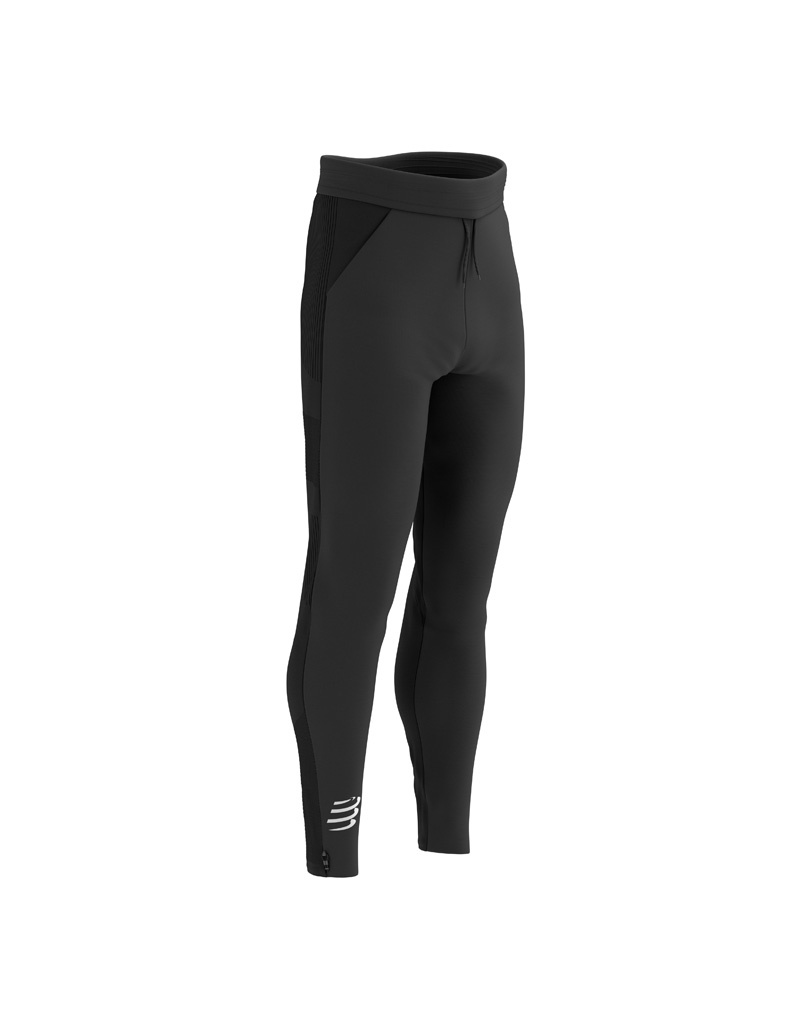
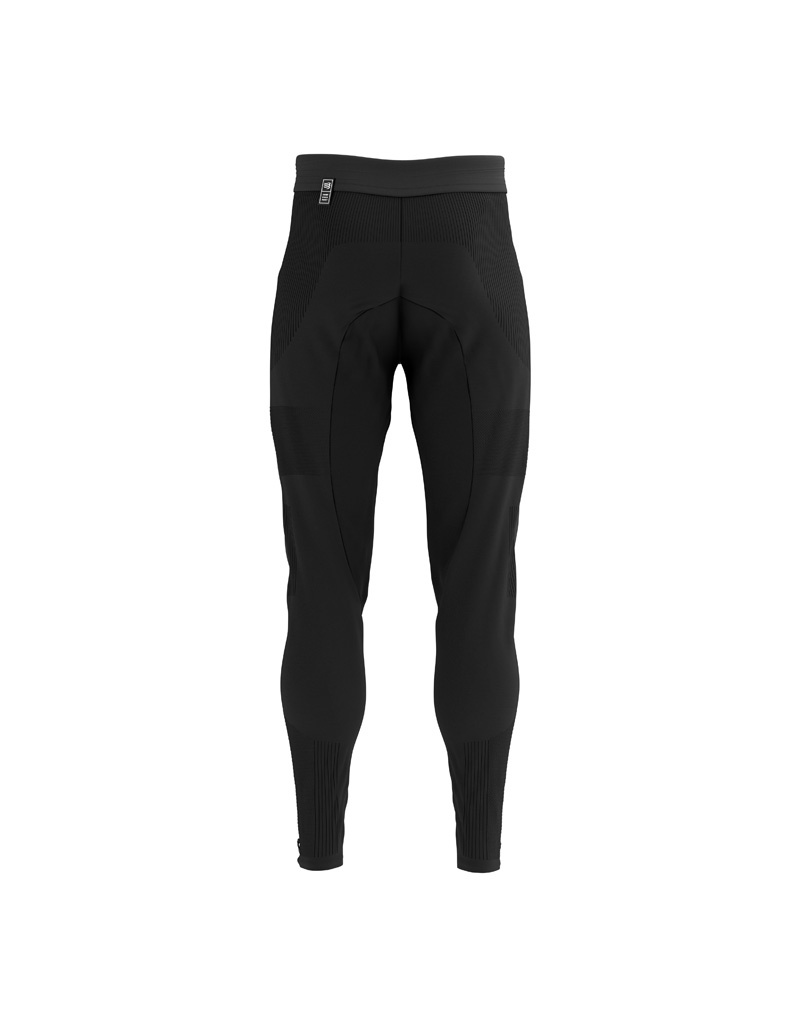

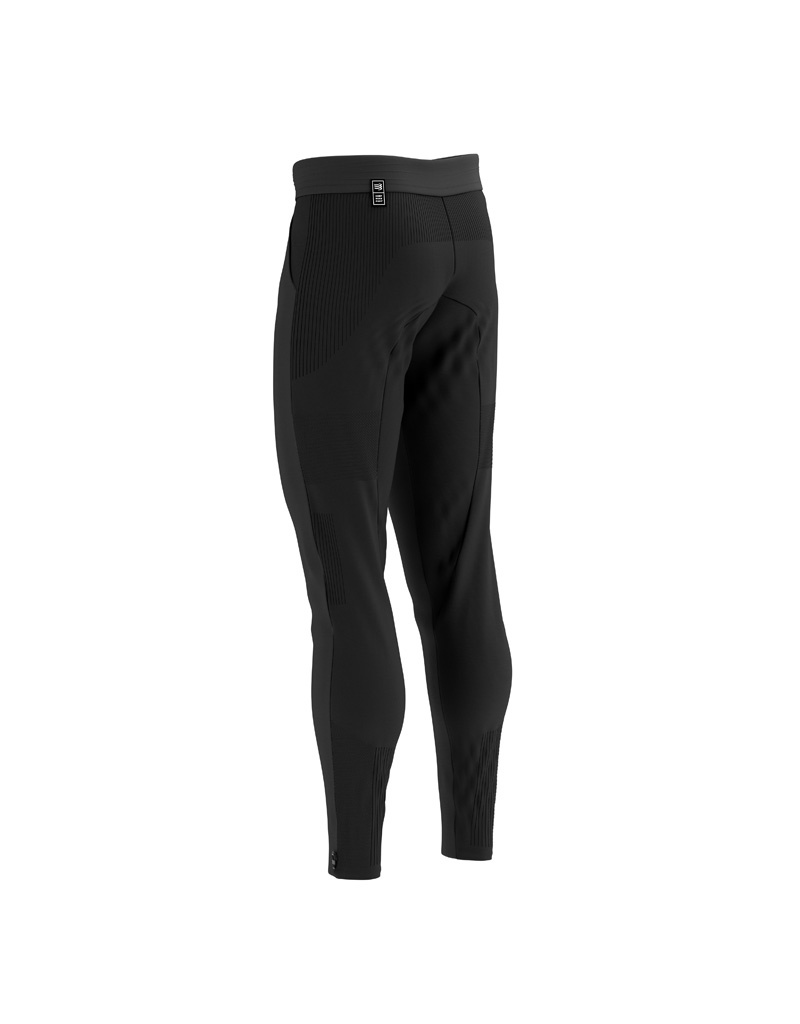
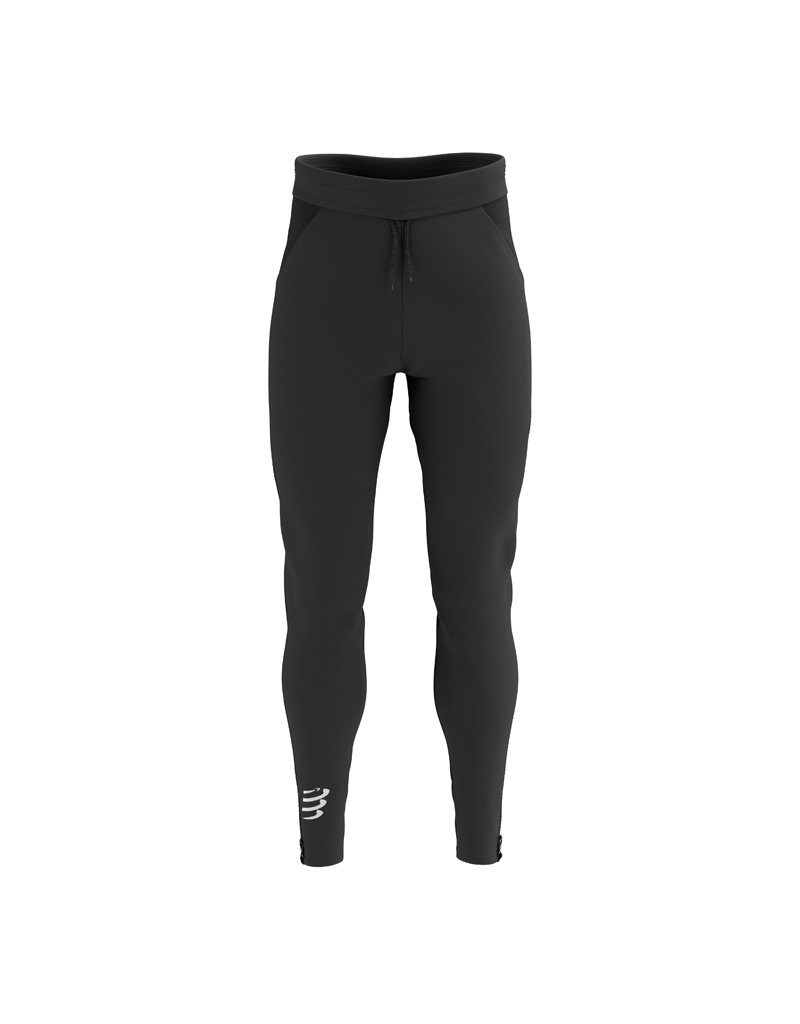
Compressport Hybrid Seamless Hurricane Pants Men Black
€100.00
Select options -
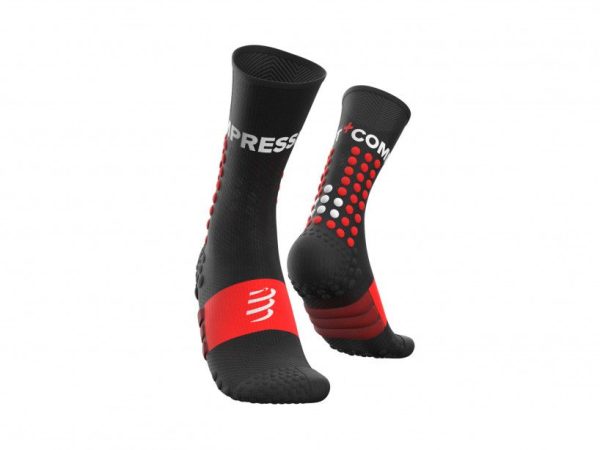
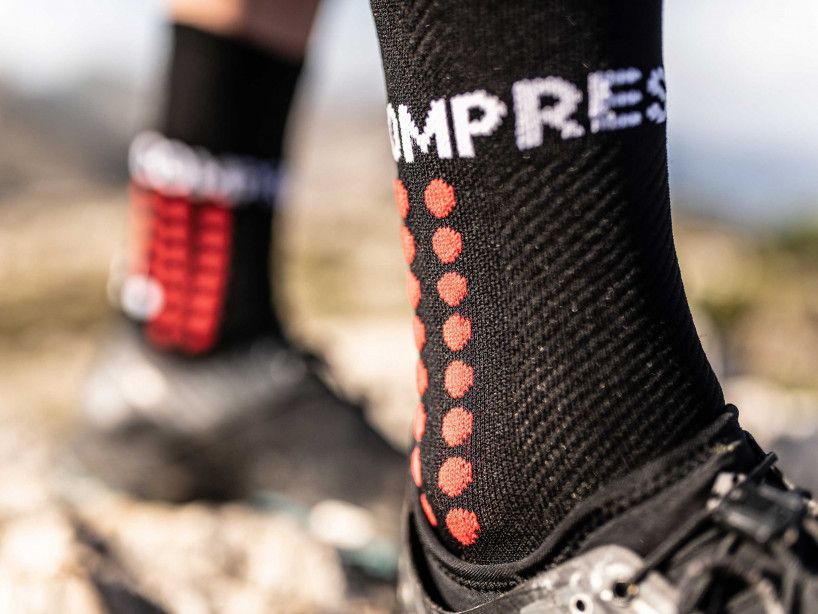

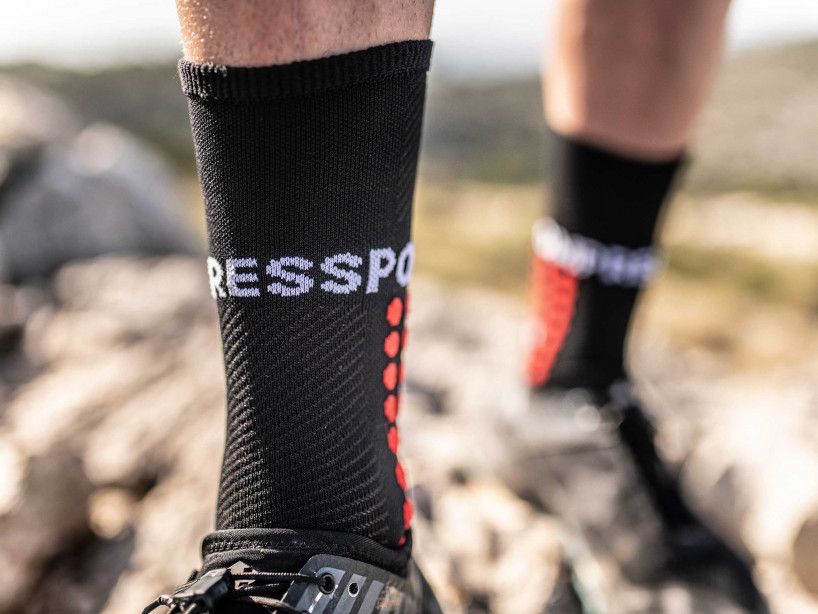
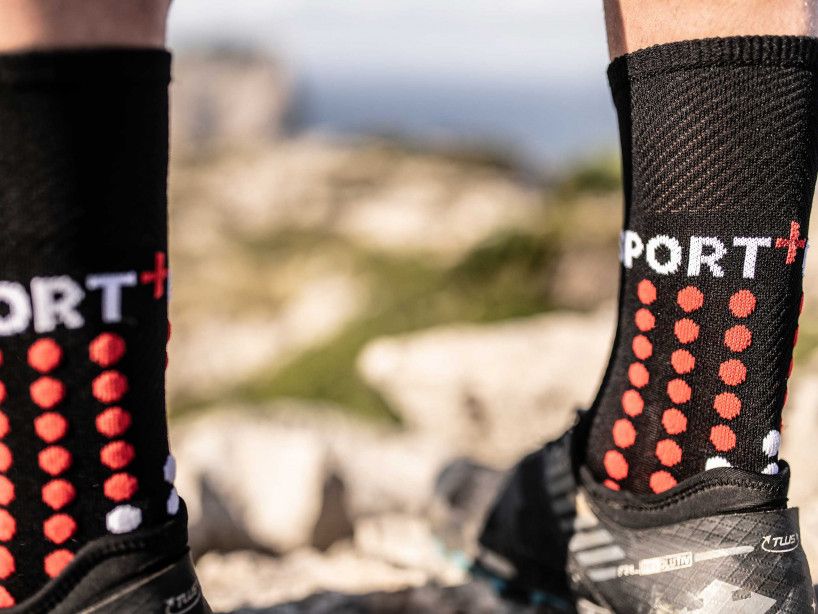
Compressport Ultra Trail Socks
€20.00
Select options -
Sale!
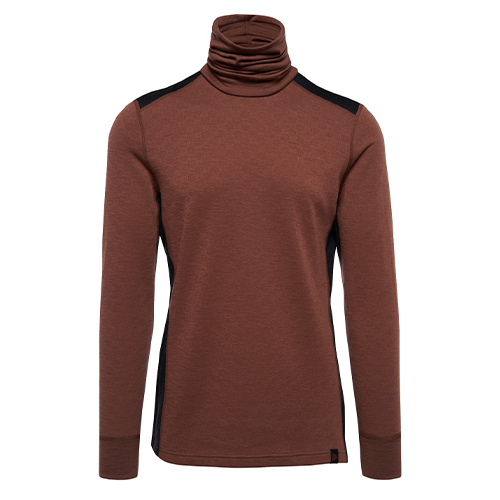
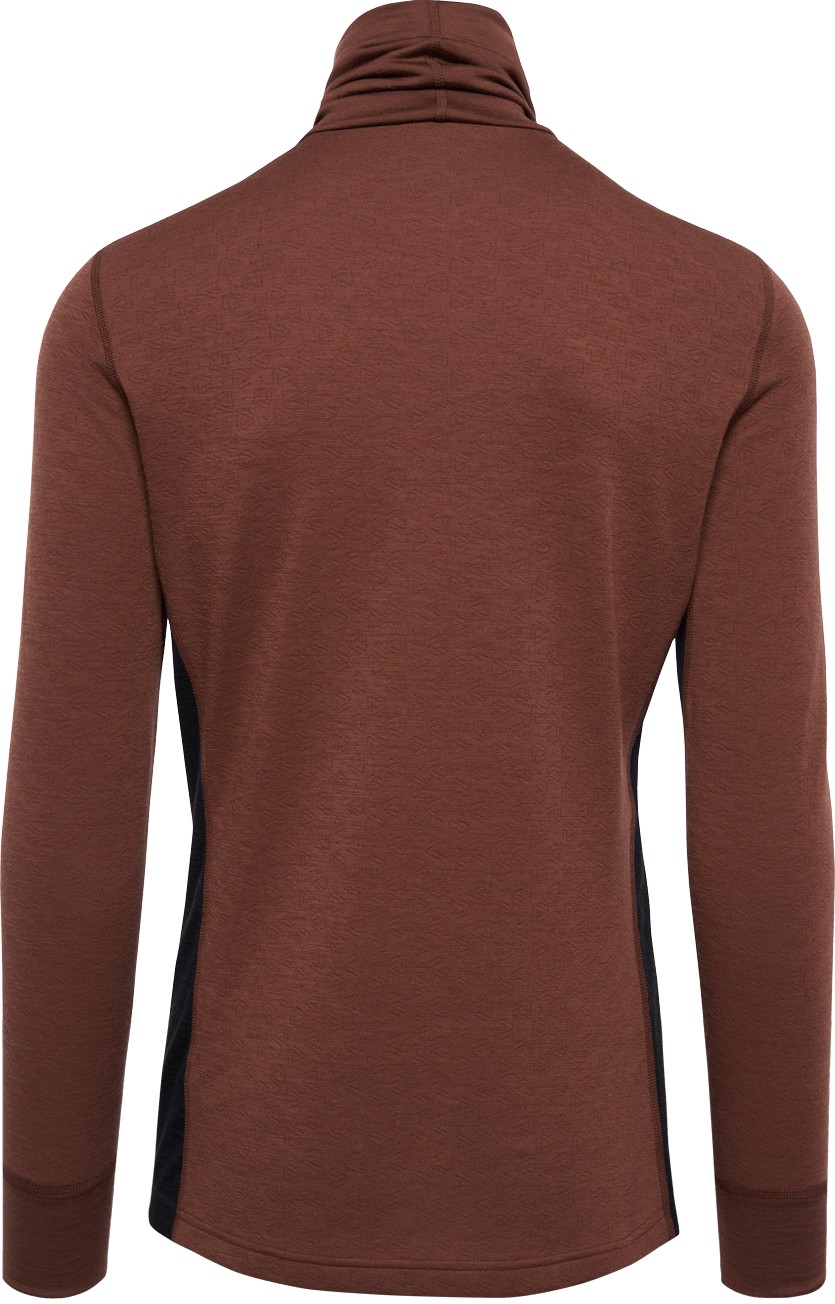

Thermowave MERINO XTREME Turtleneck Long Sleeve Shirt L Men
€60.00
Add to cart -

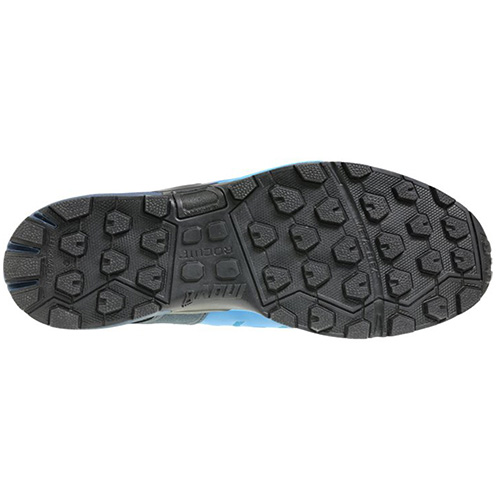

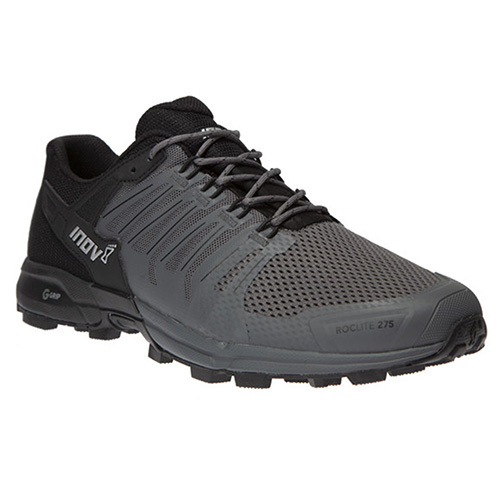
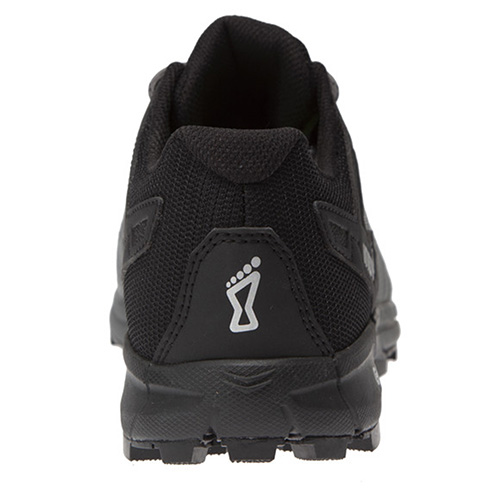
Inov8 Roclite 275 Men
€150.00
Select options -
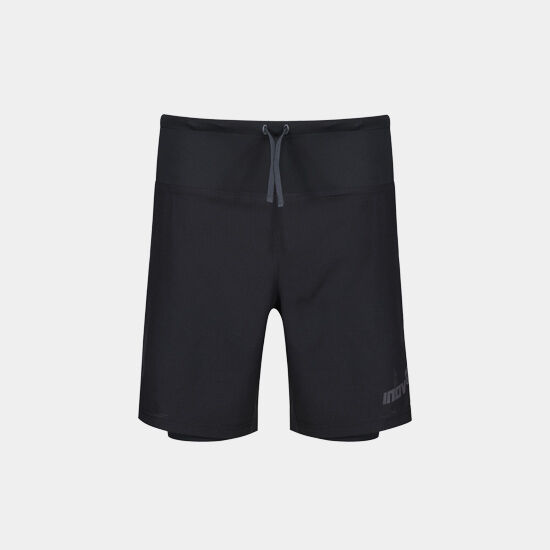


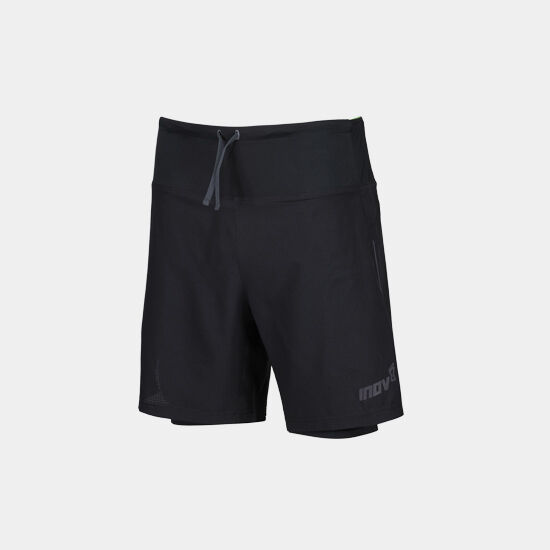
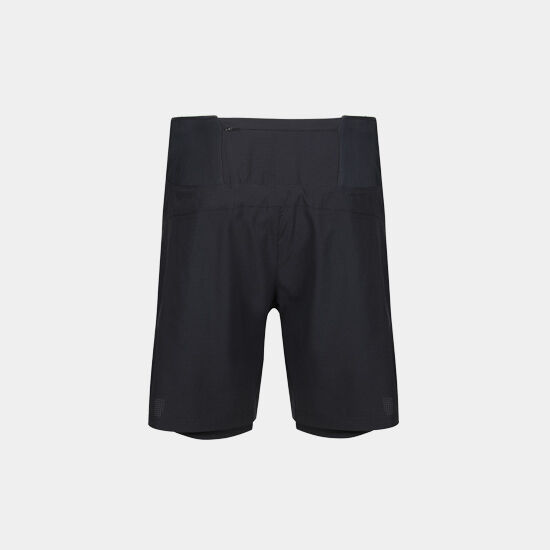
Inov8 TrailFly Ultra 7″ 2in1 Short Black Men
€80.00
Select options -
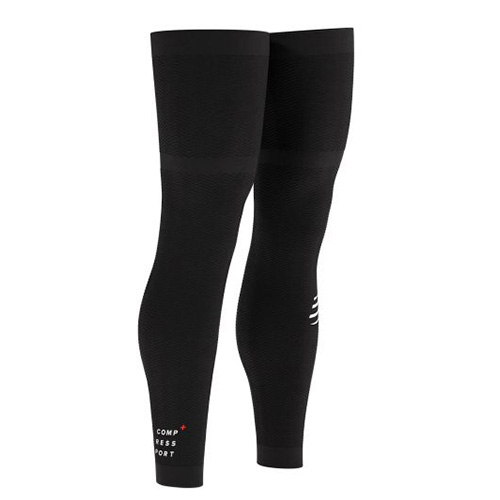
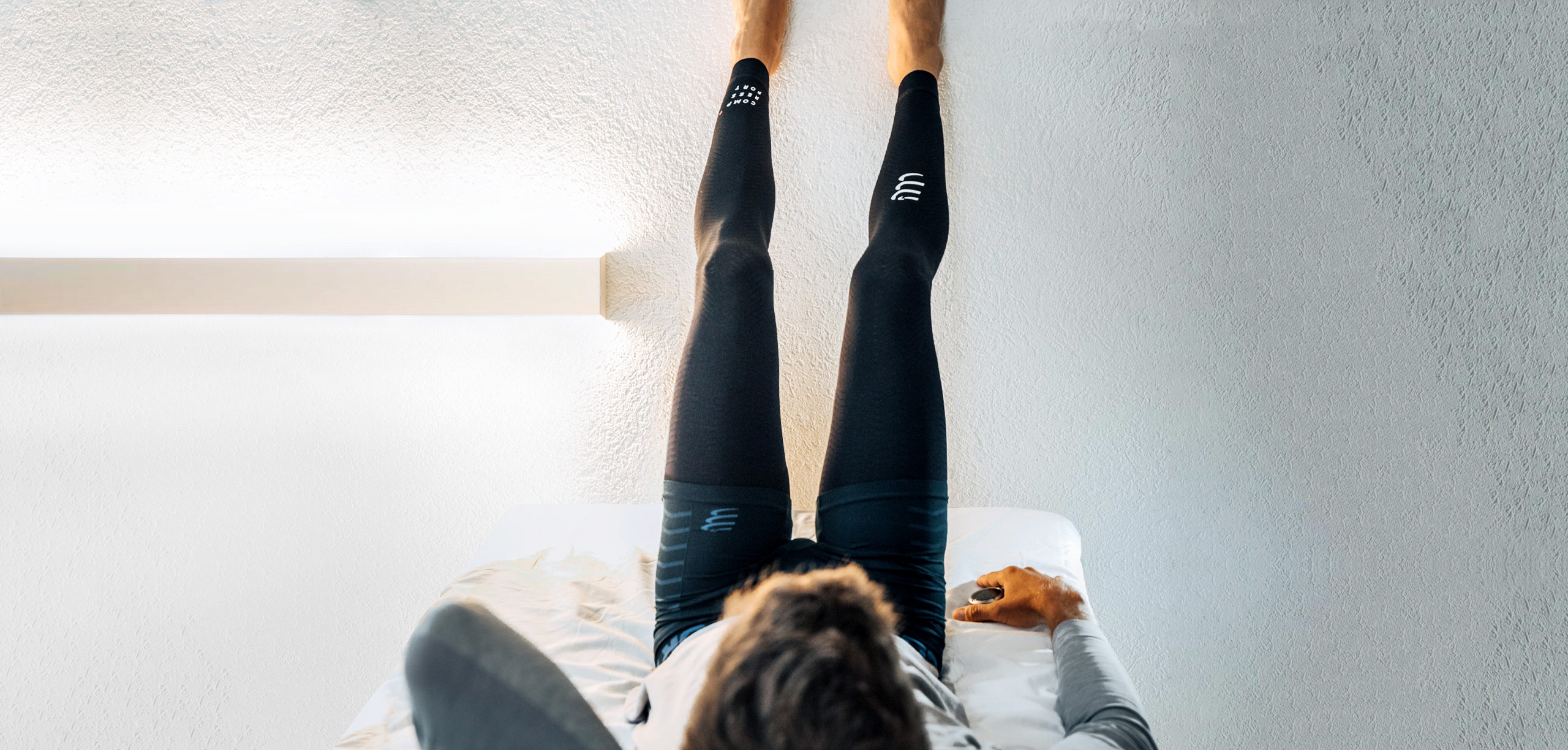

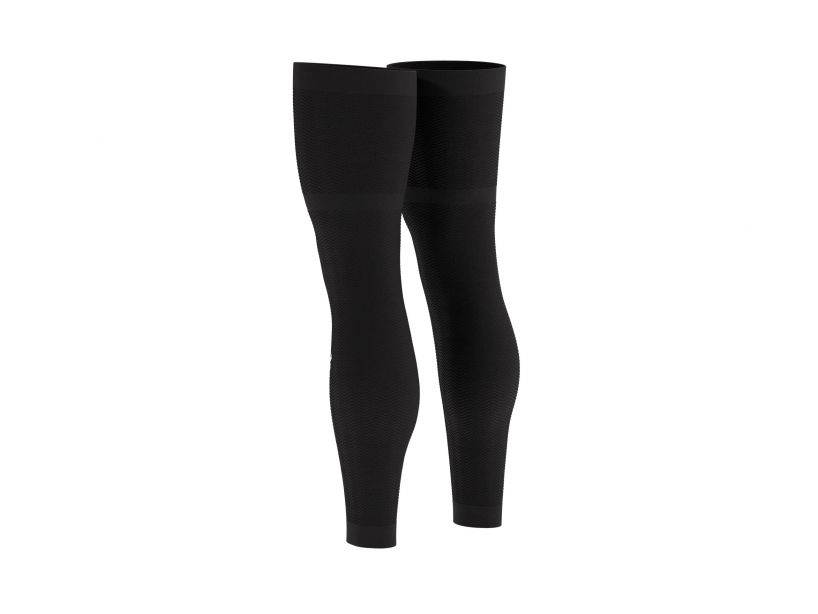
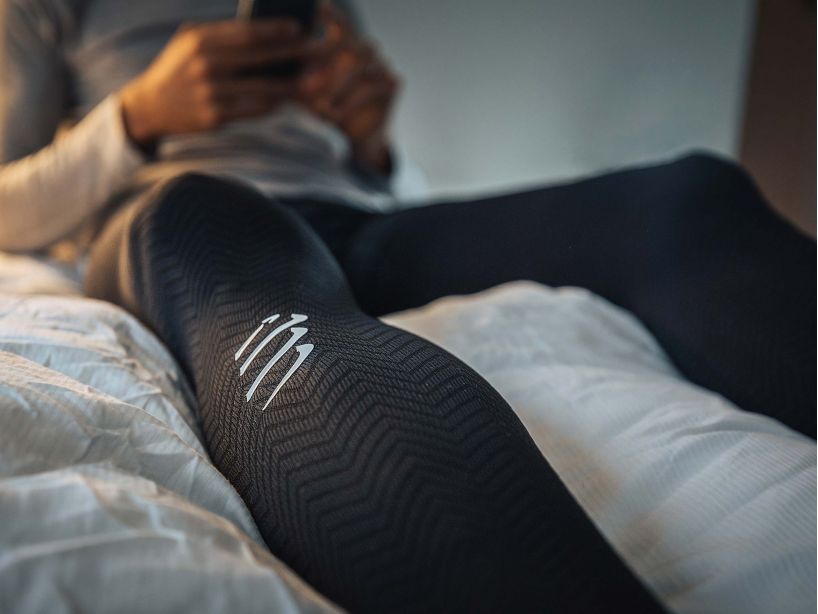
Compressport Full Legs Compression Leg Sleeves
€95.00
Select options -



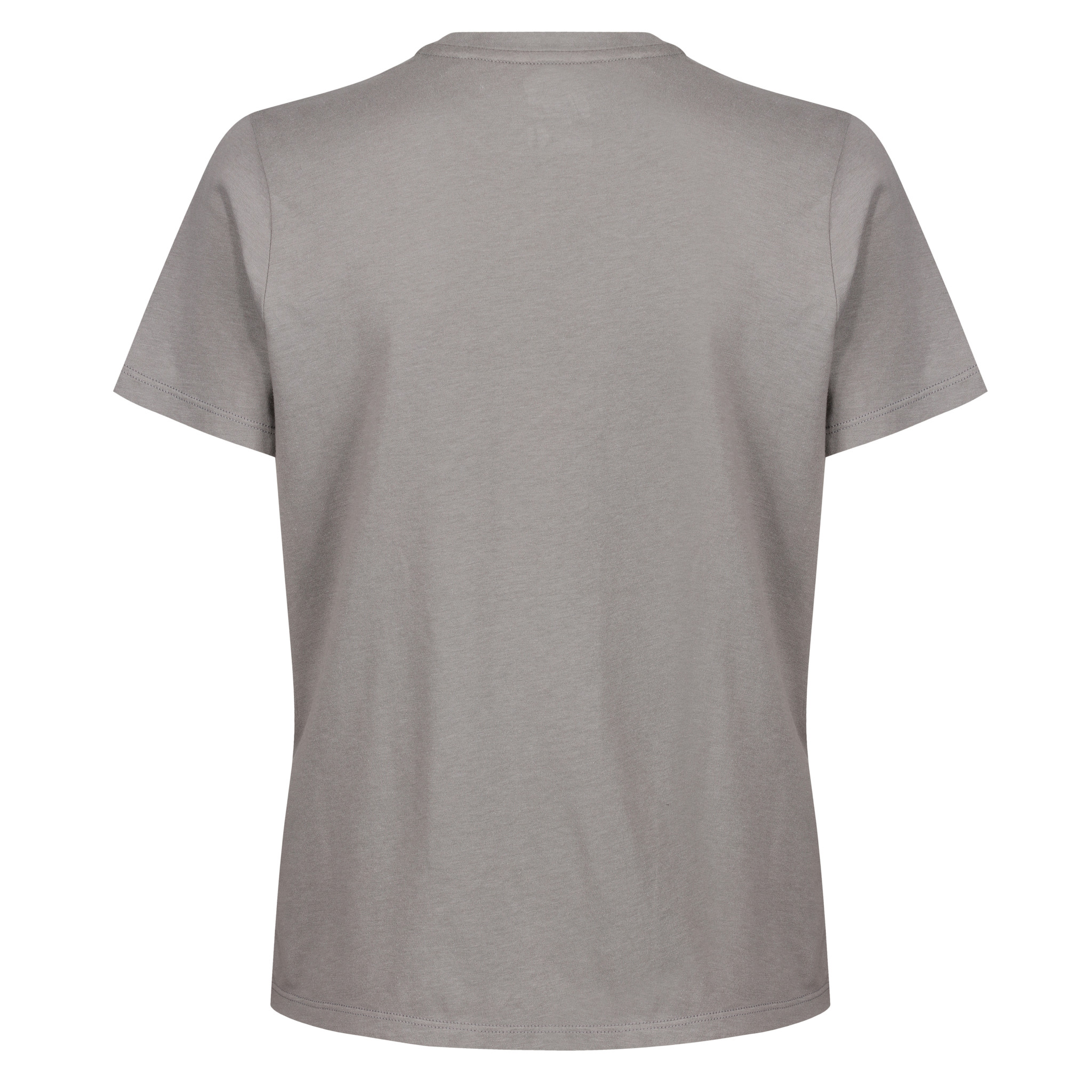
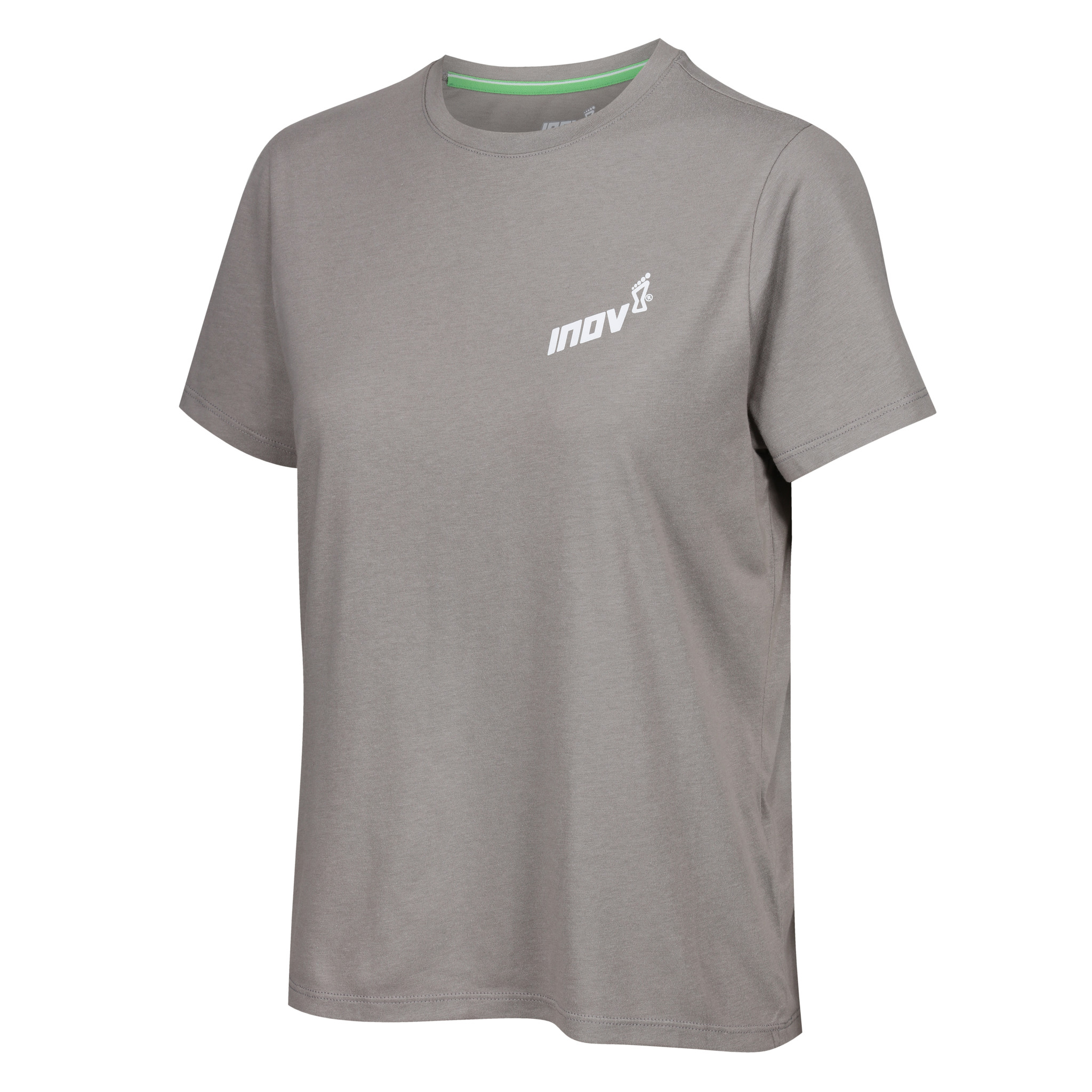
Inov8 Graphic Tee SS Brand Light Grey Women
€25.00
Select options -
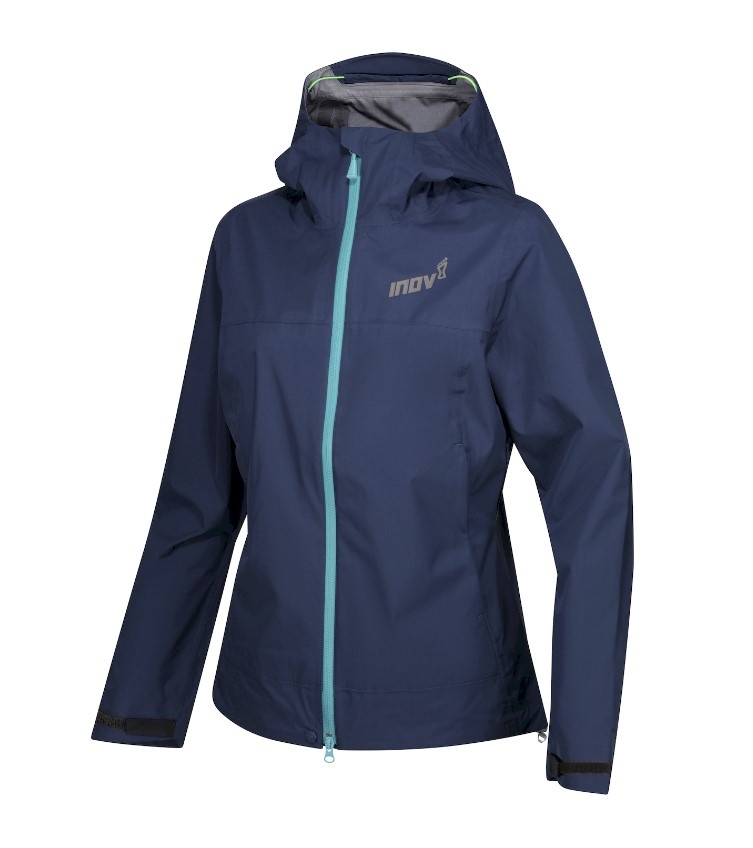
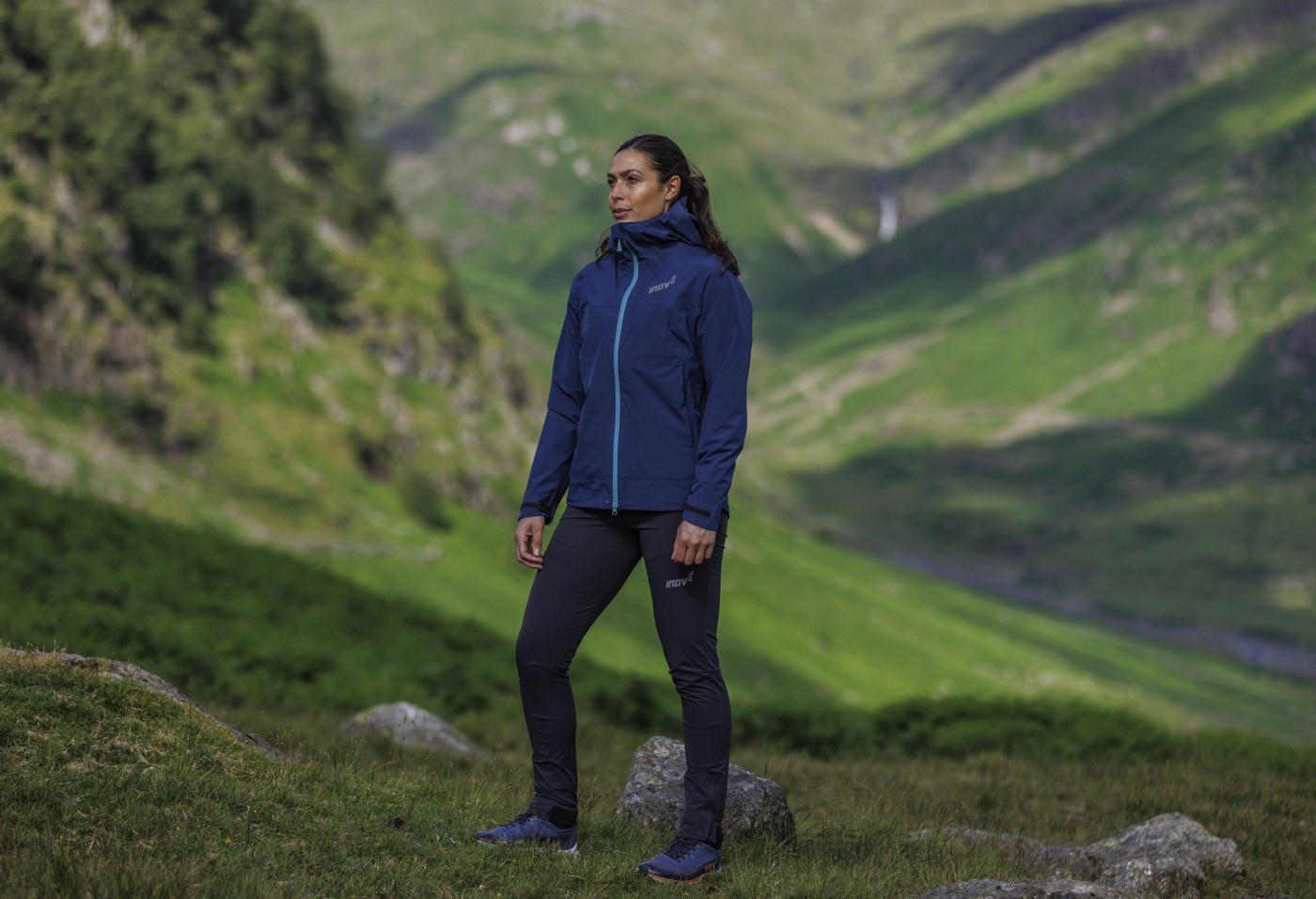

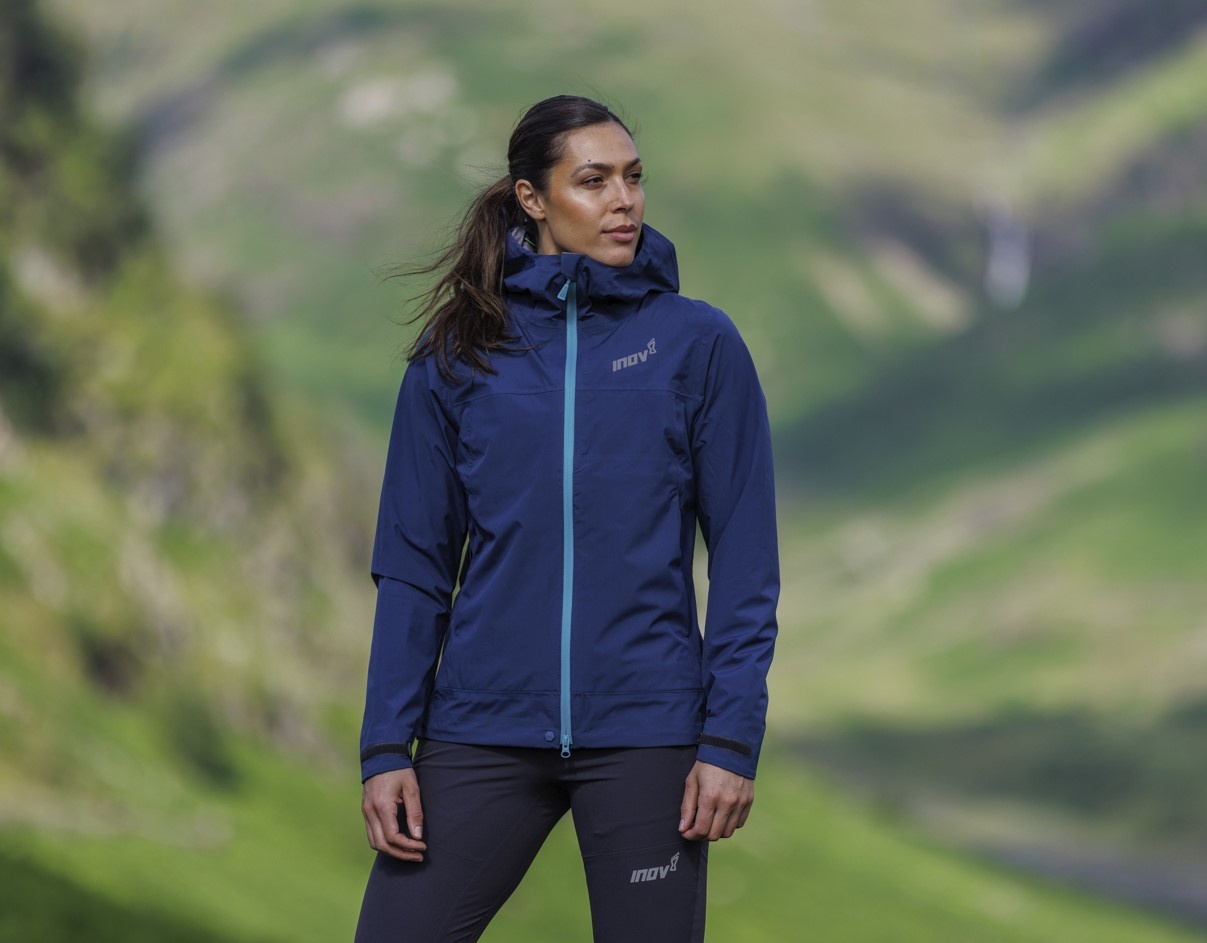
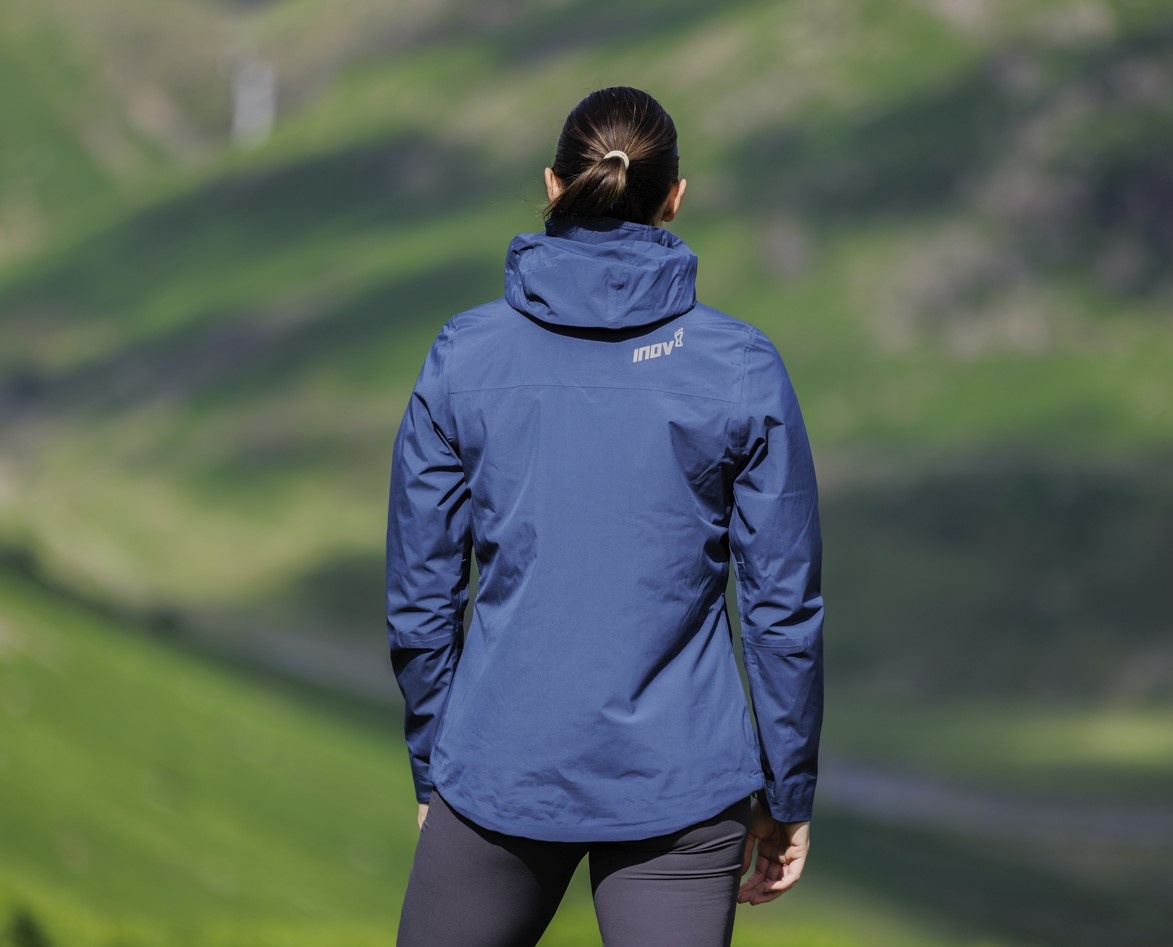
Inov8 VentureLite Jacket Navy Women
€270.00
Select options -
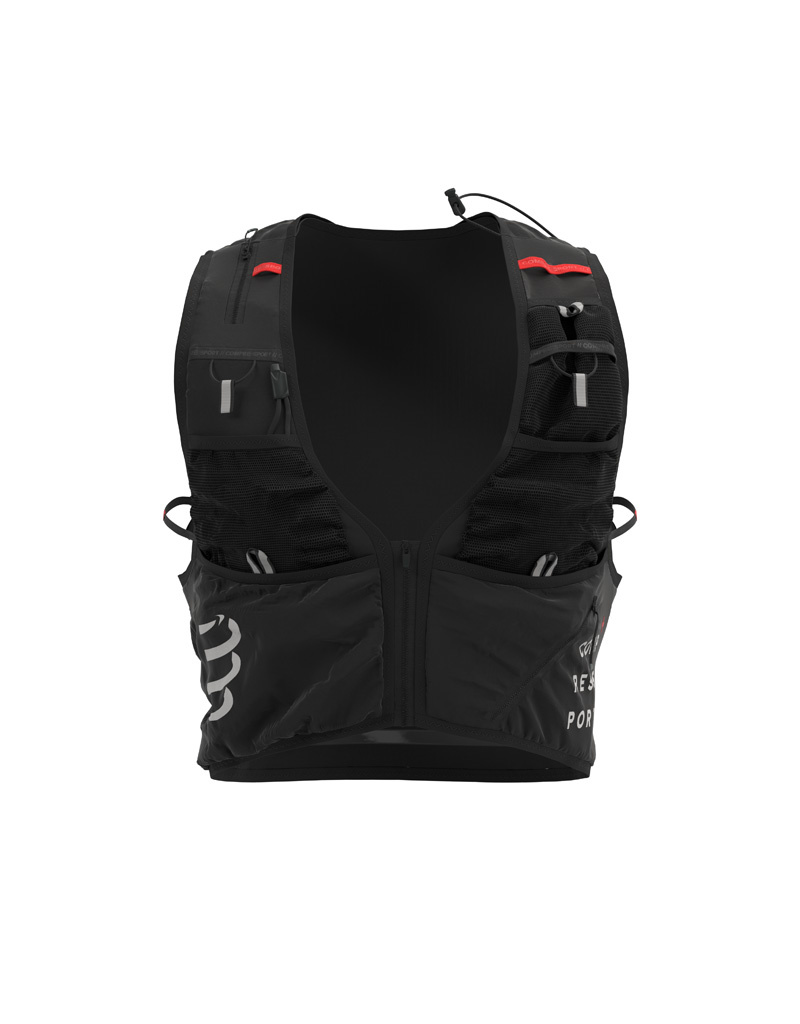


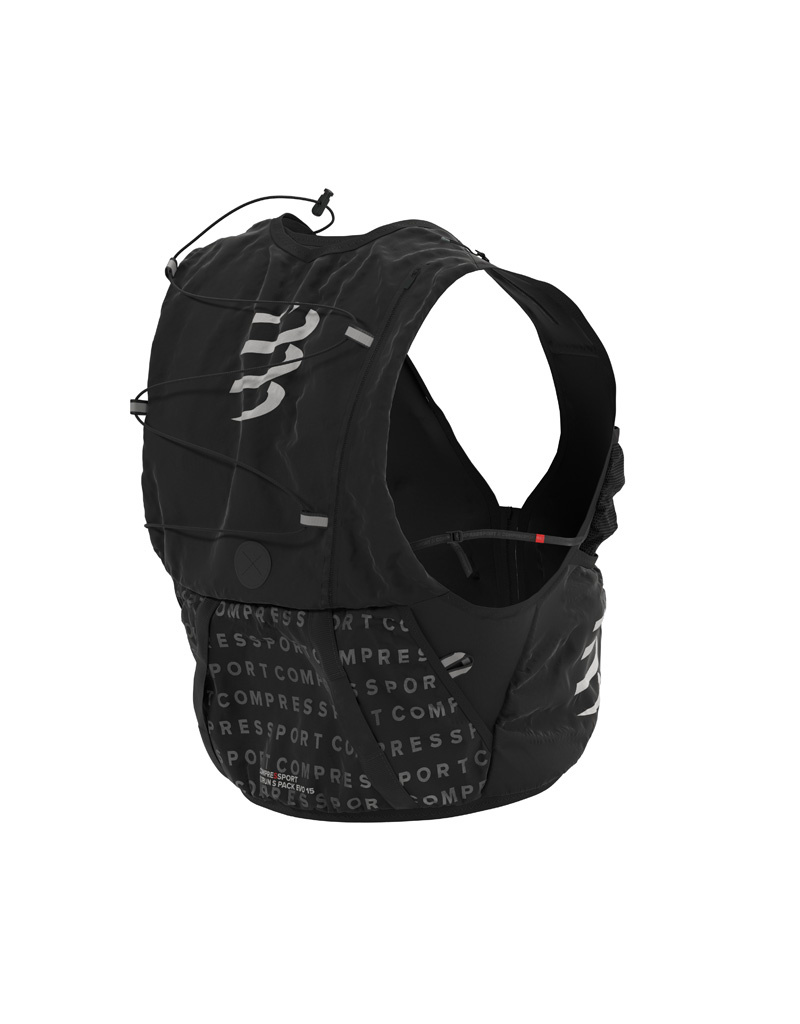
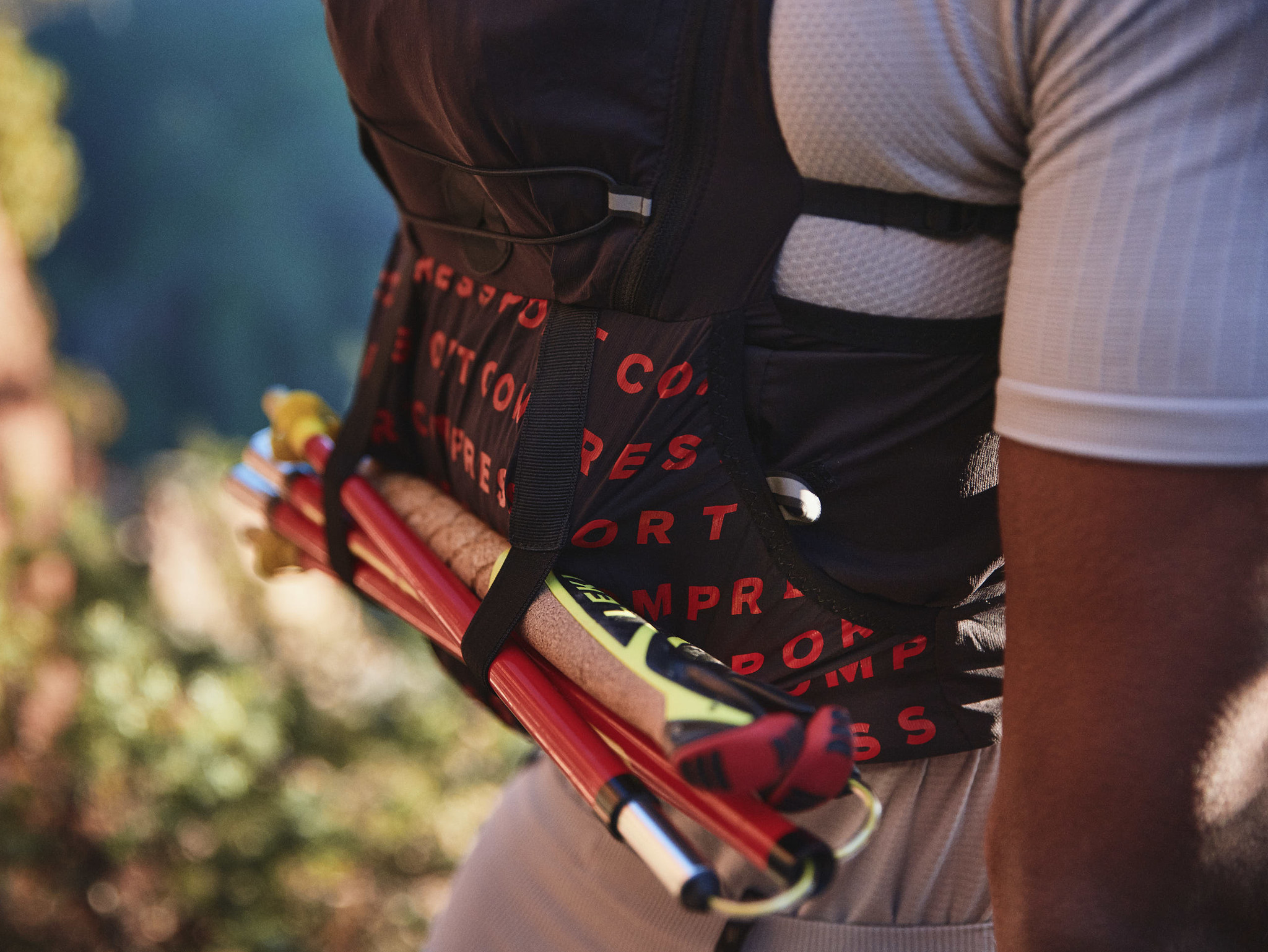
Compressport UltRun S Pack Evo 15 Black
€190.00
Select options -
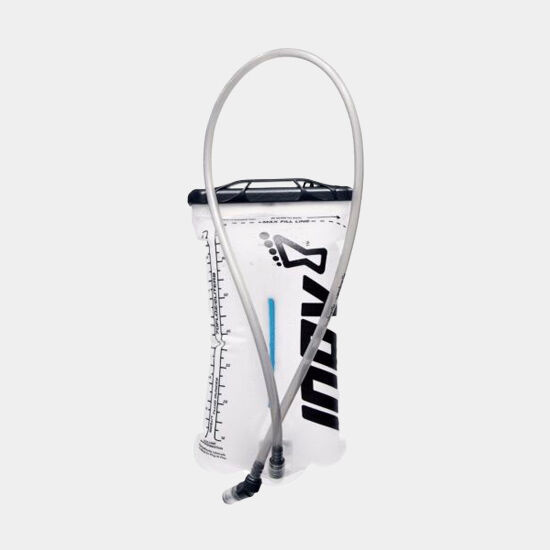
Inov8 Shape Shift Reservoir 2L Clear One Size
€40.00
Add to cart -

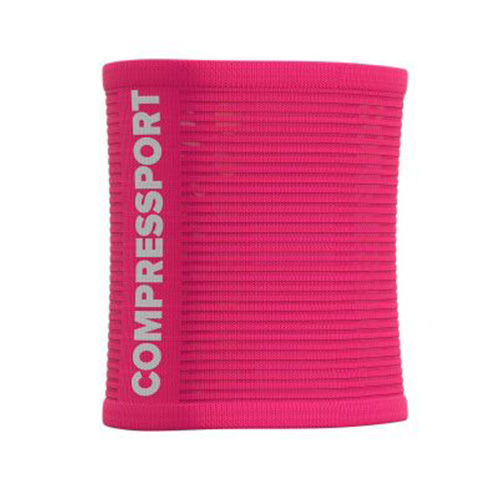

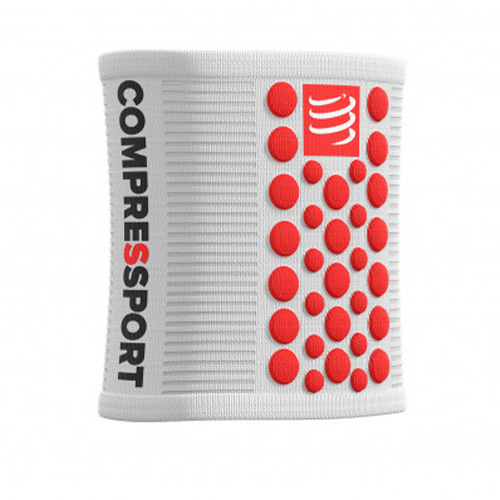
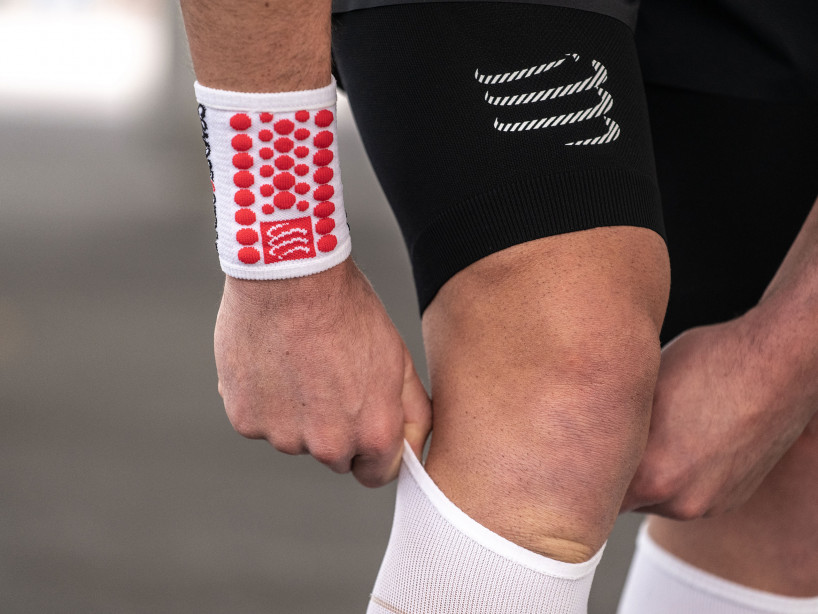
Compressport Sweatbands 3D.Dots One Size
€10.00
Select options -
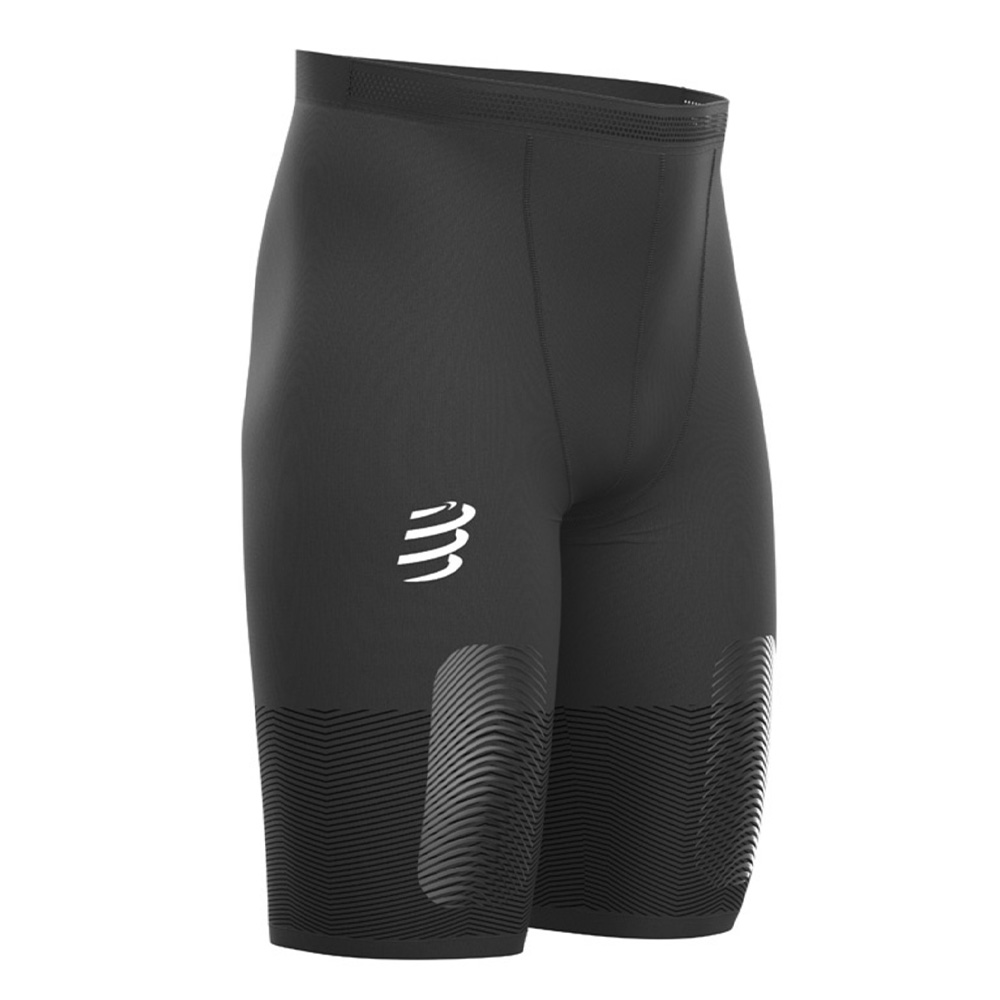
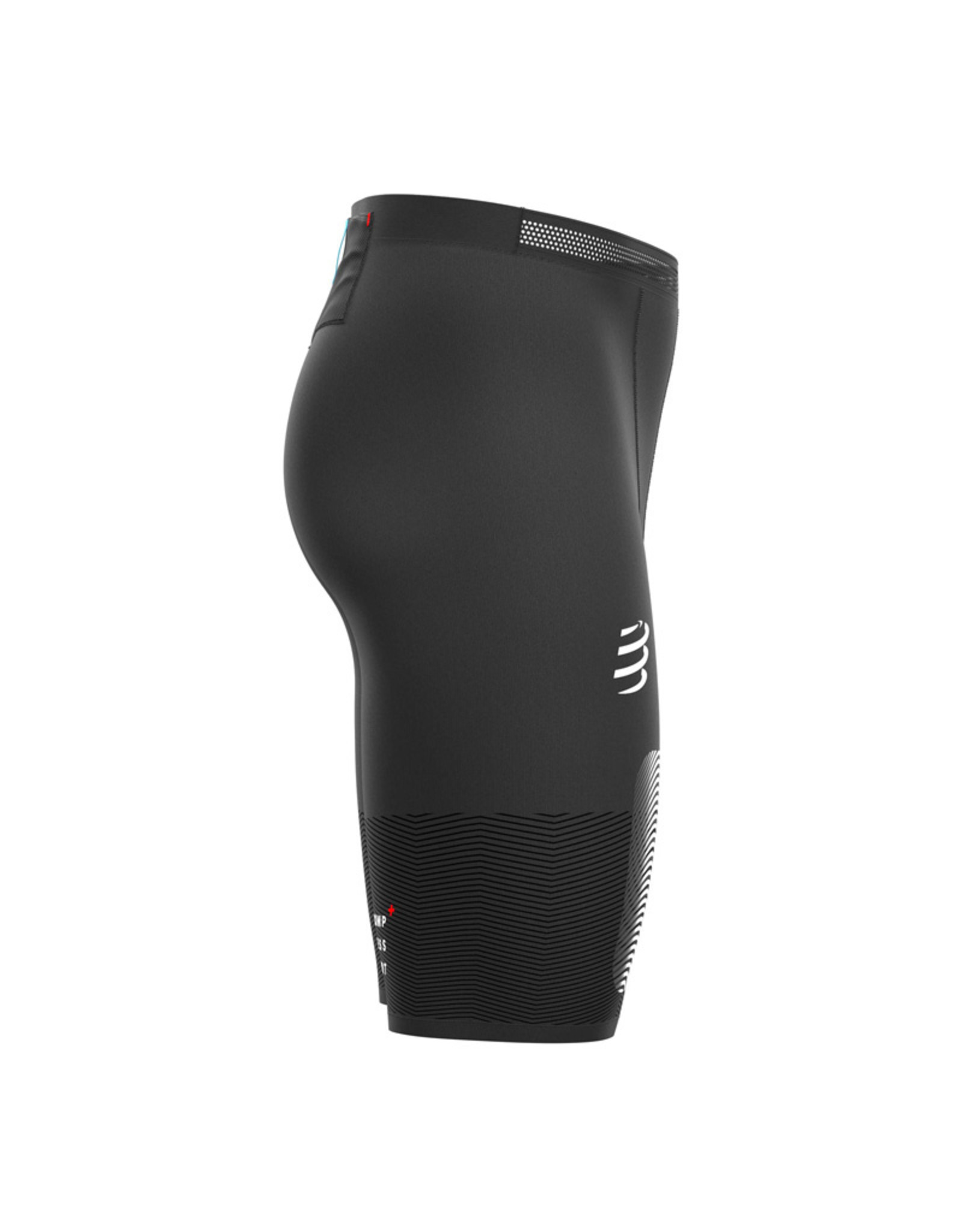

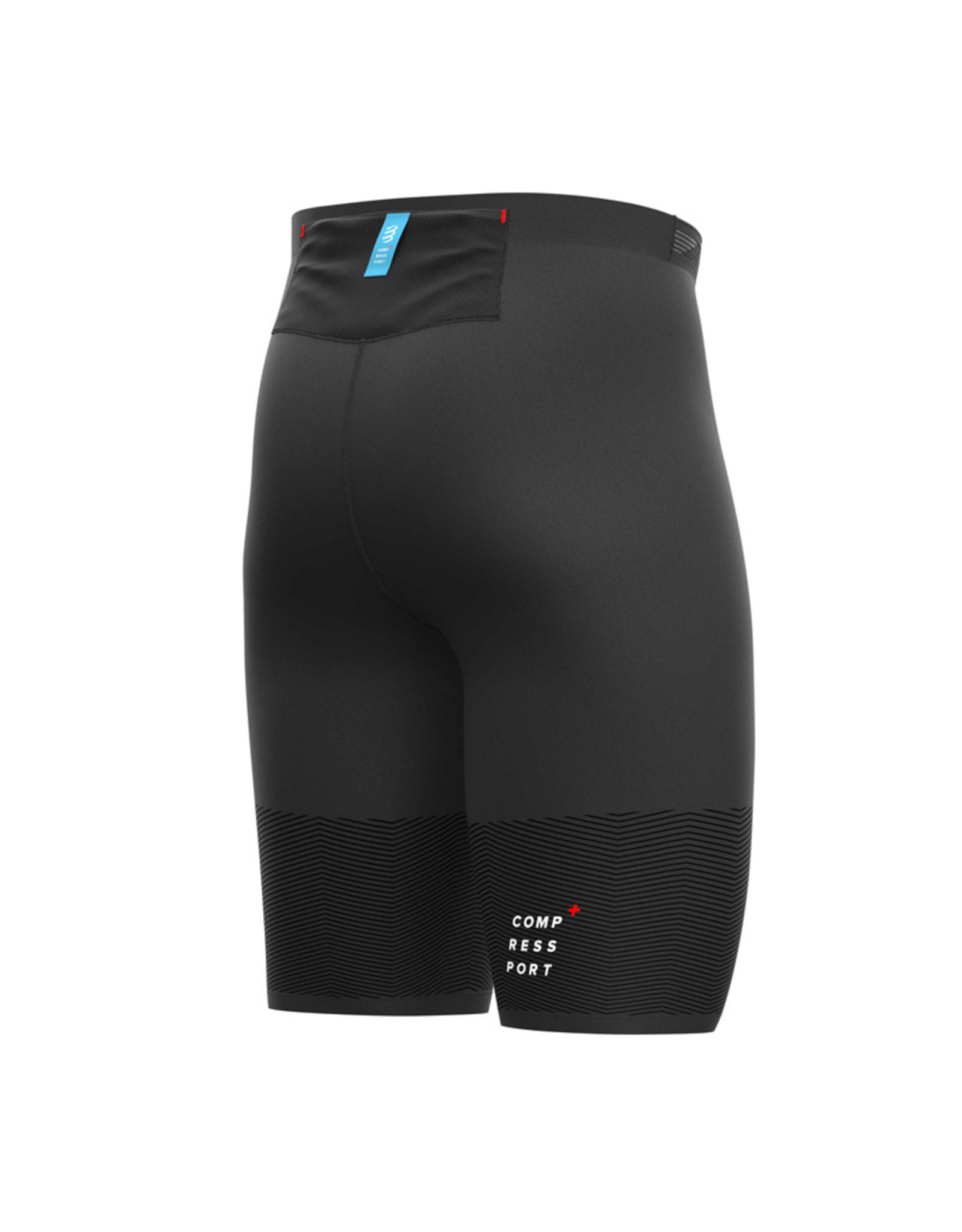

Compressport Trail Under Control Short Black
€100.00
Select options -
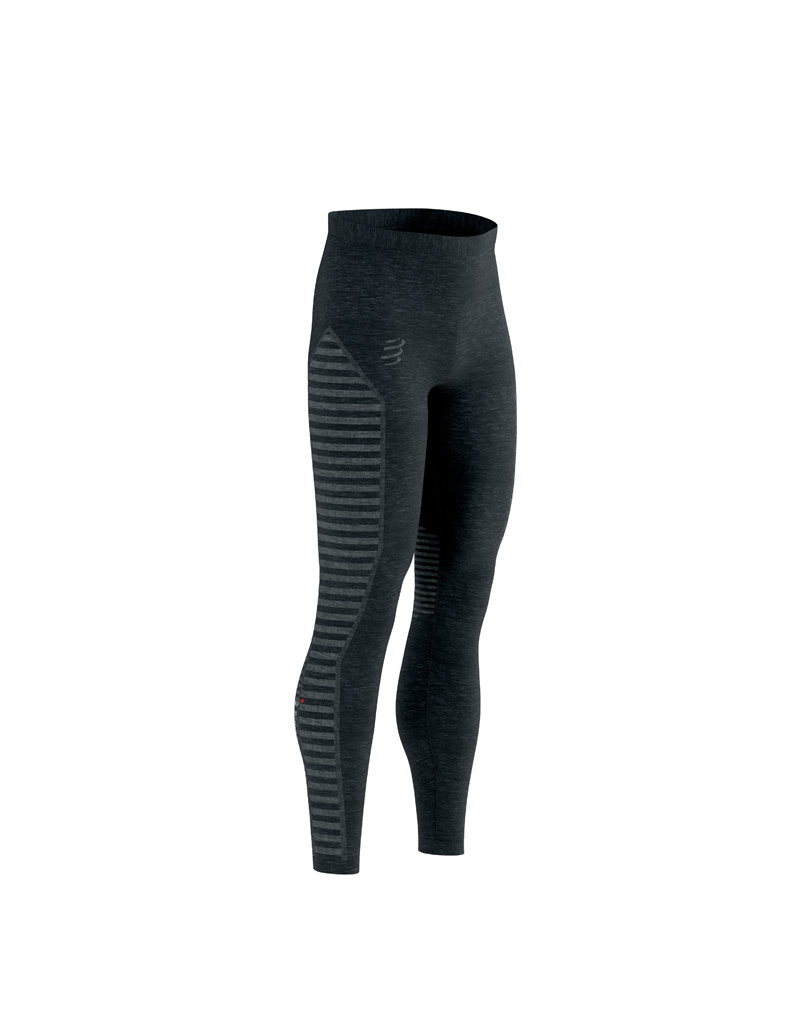
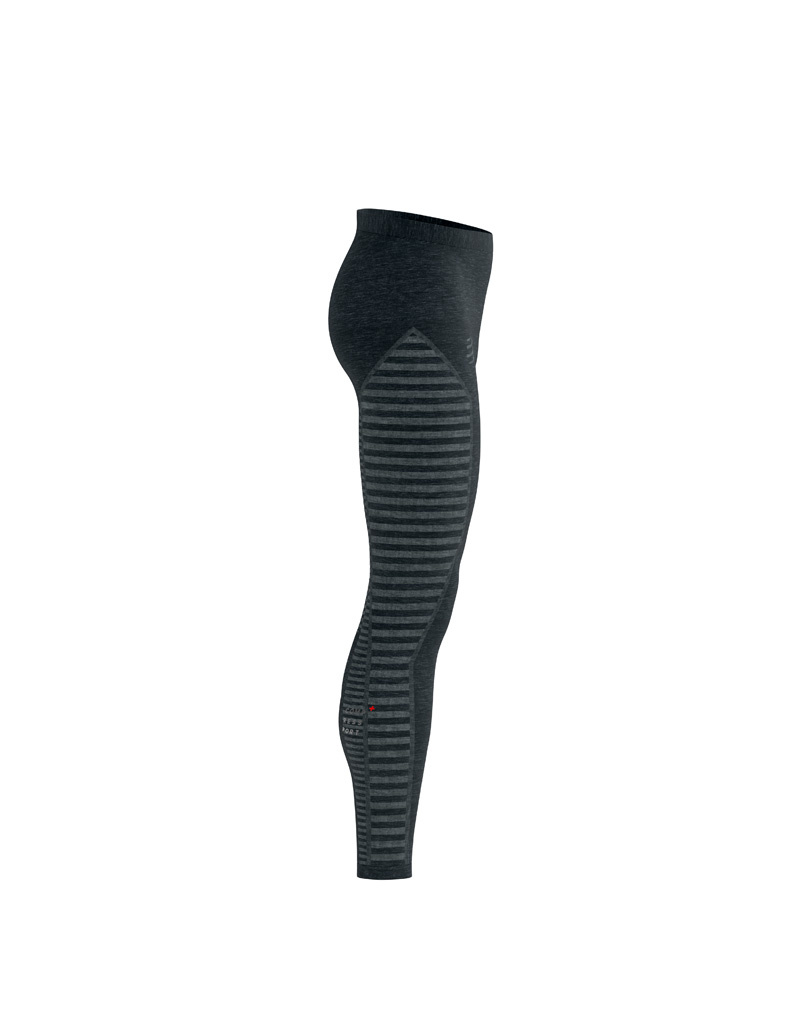

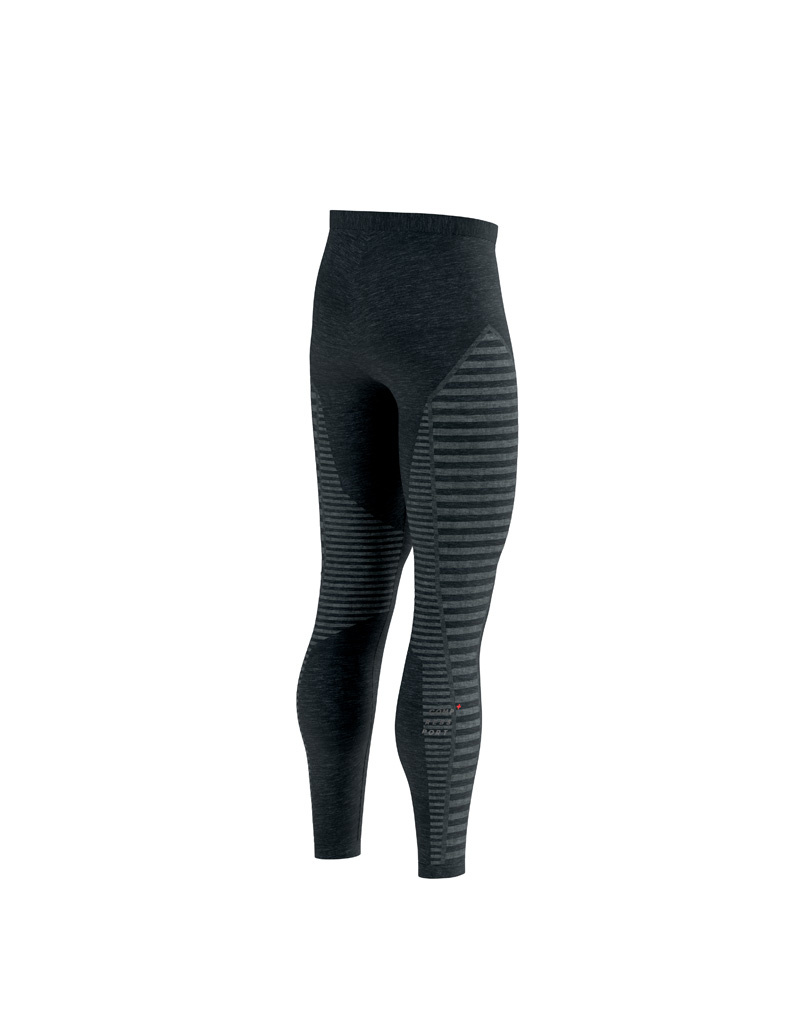
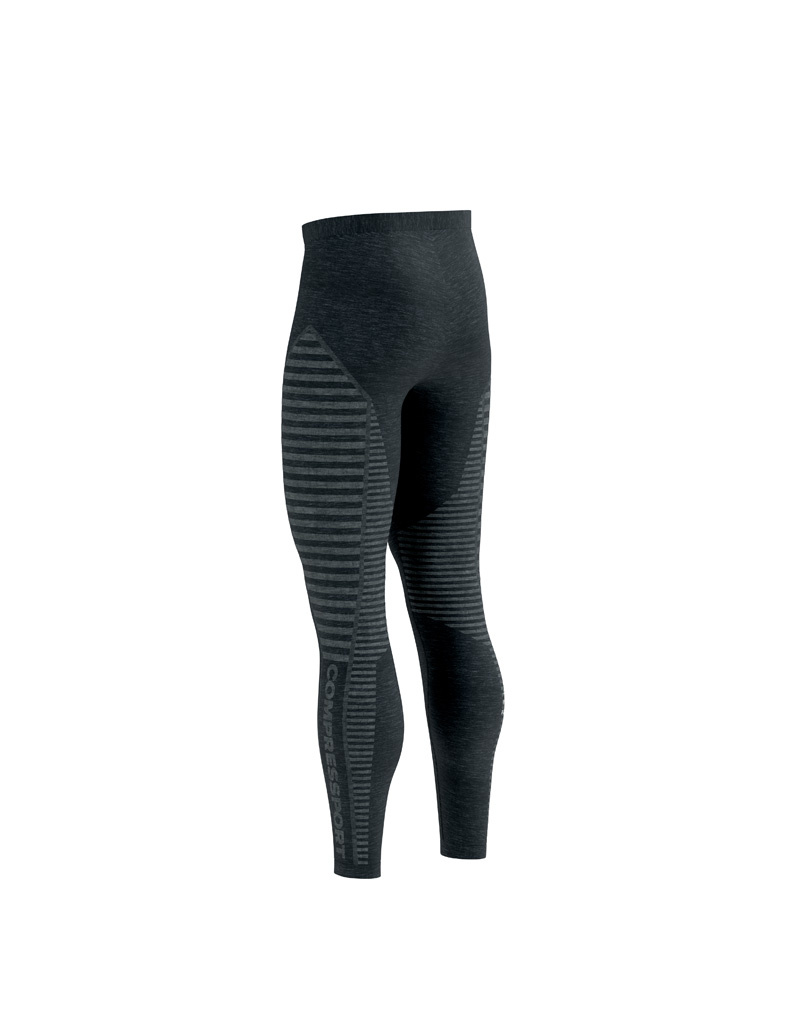
Compressport Winter Run Legging Men Black
€80.00
Select options -
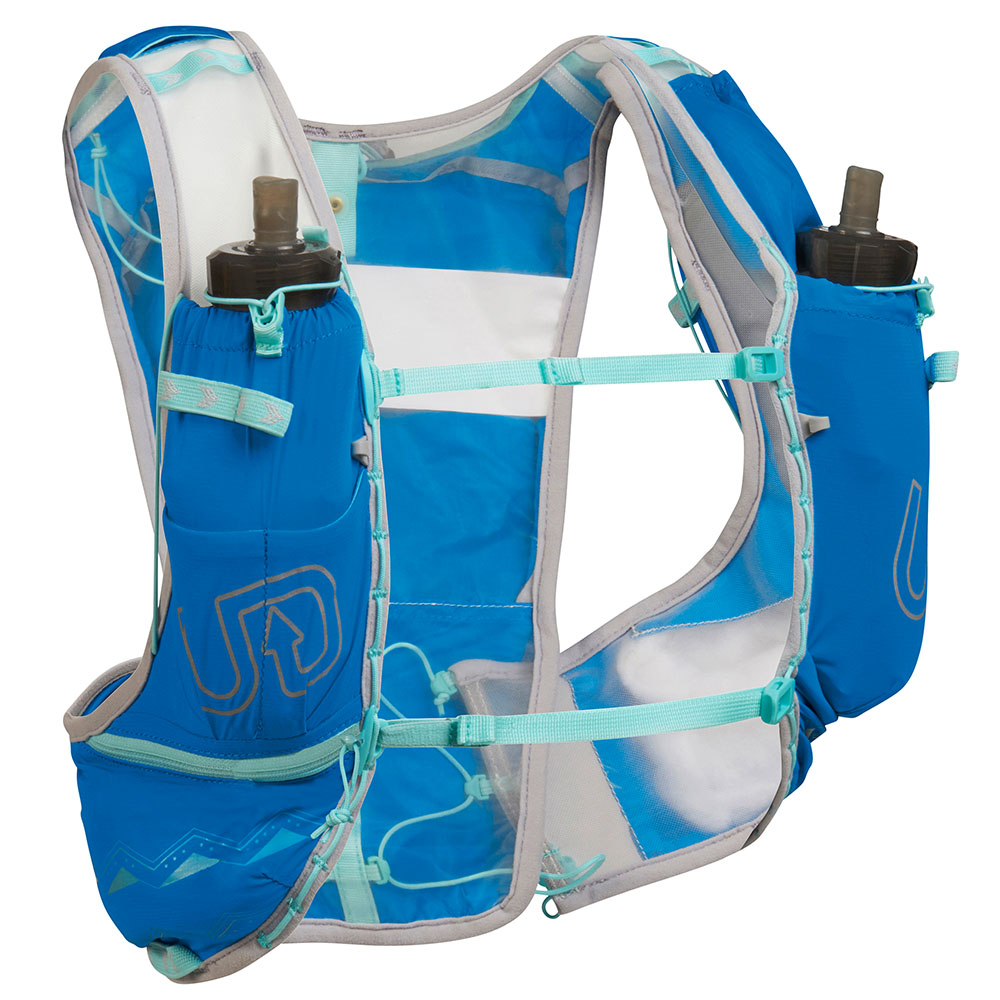


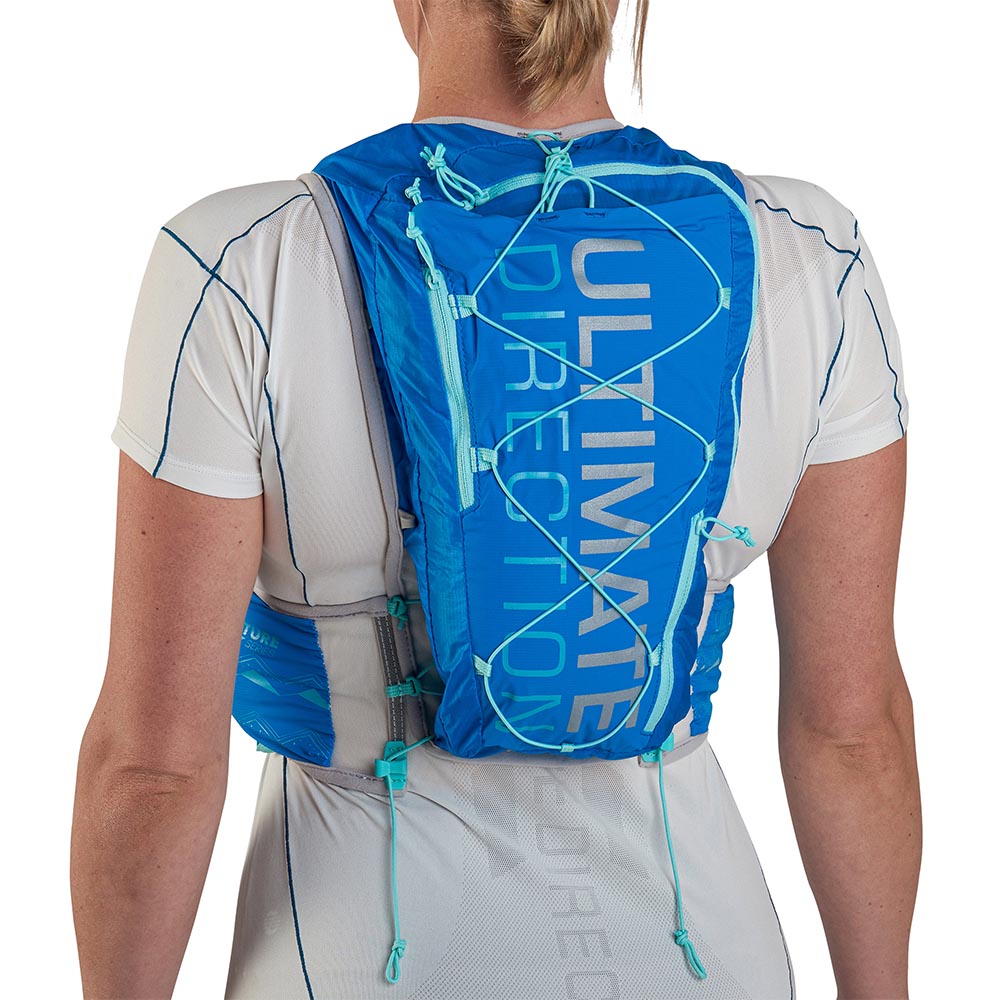

Ultimate Direction Ultra Vest Signature Blue Women
€140.00
Select options -
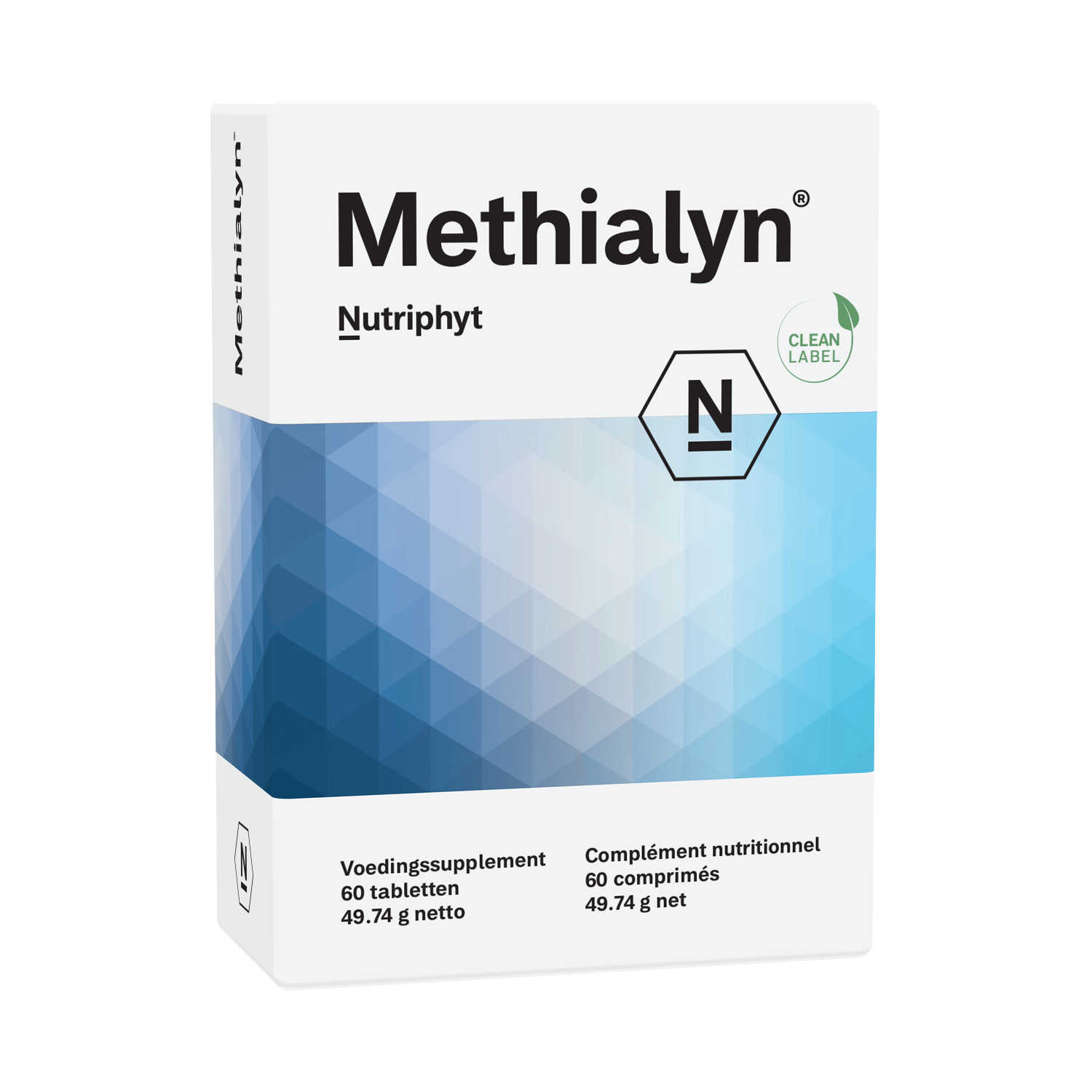
Methialyn
€39.90
Add to cart -
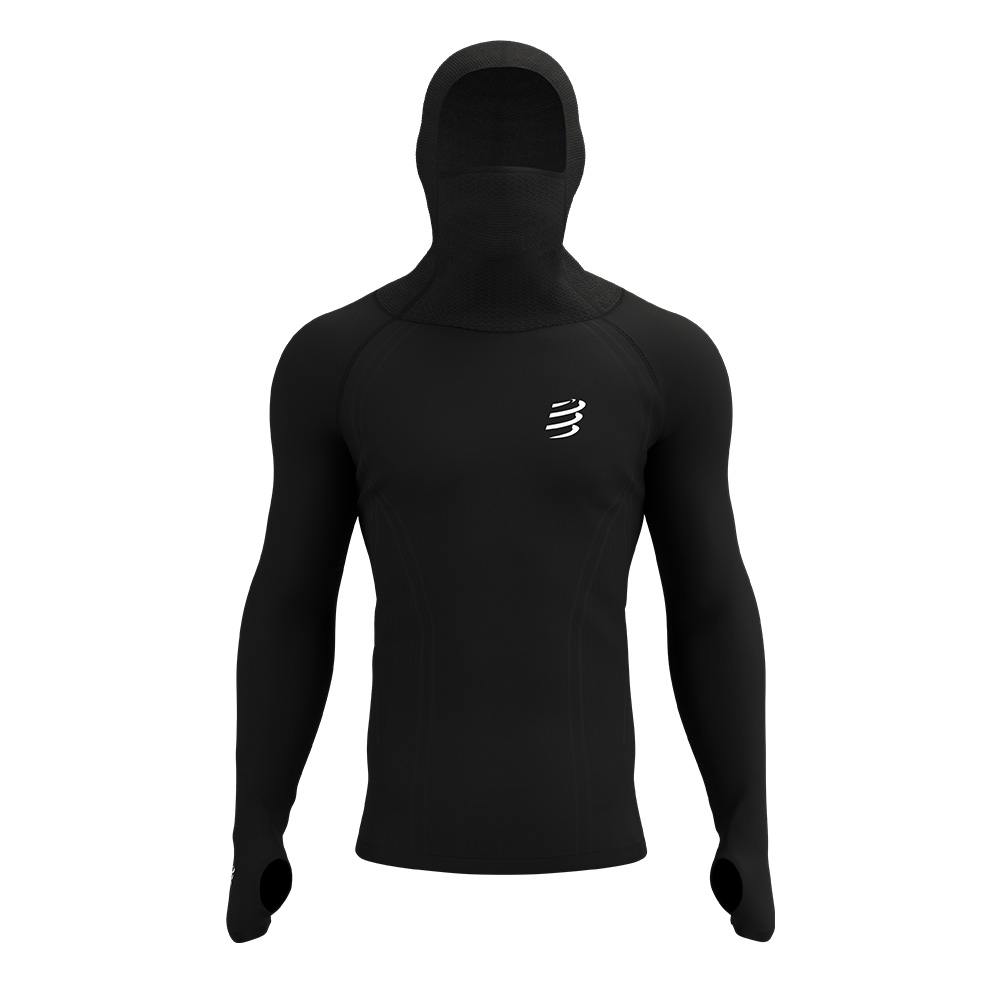


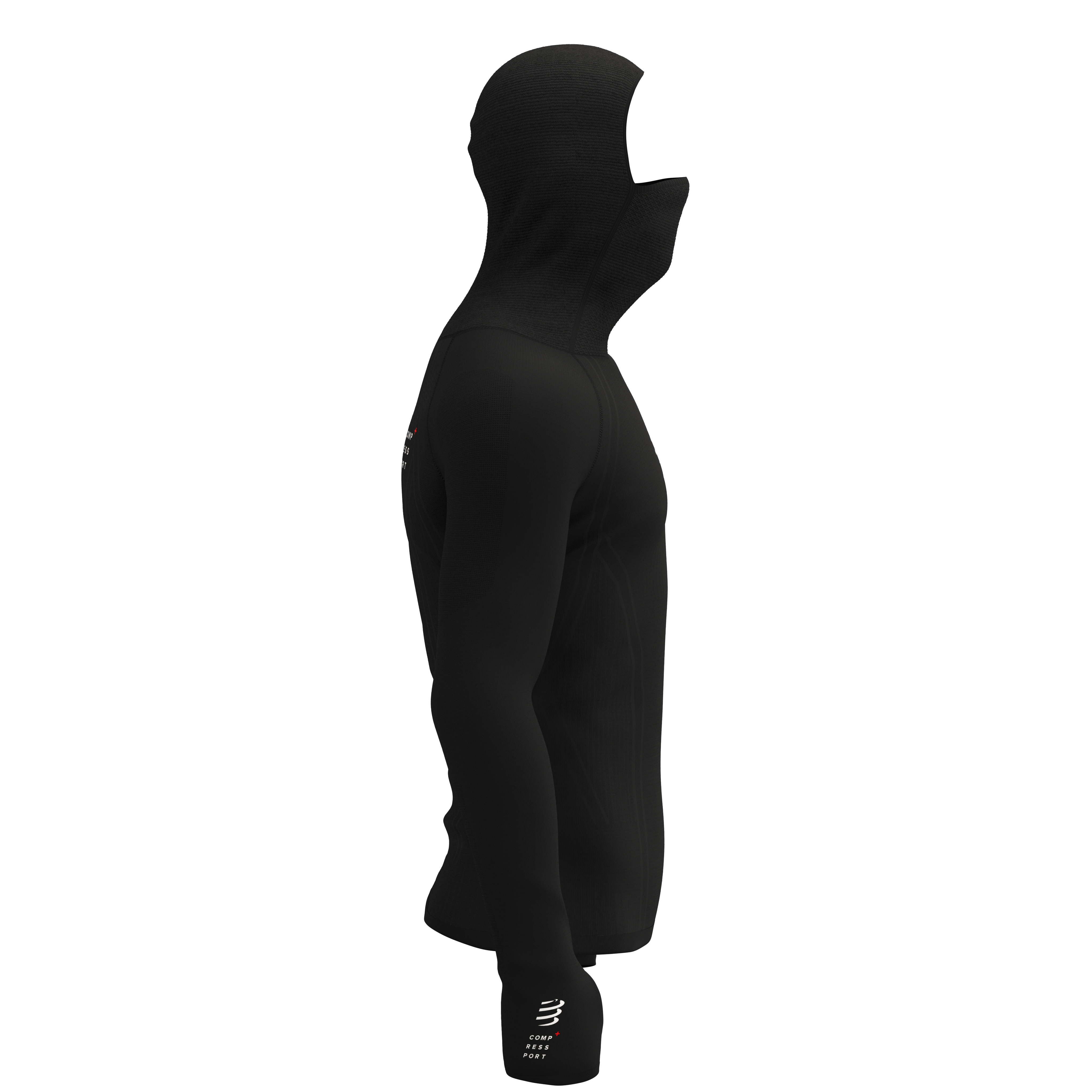
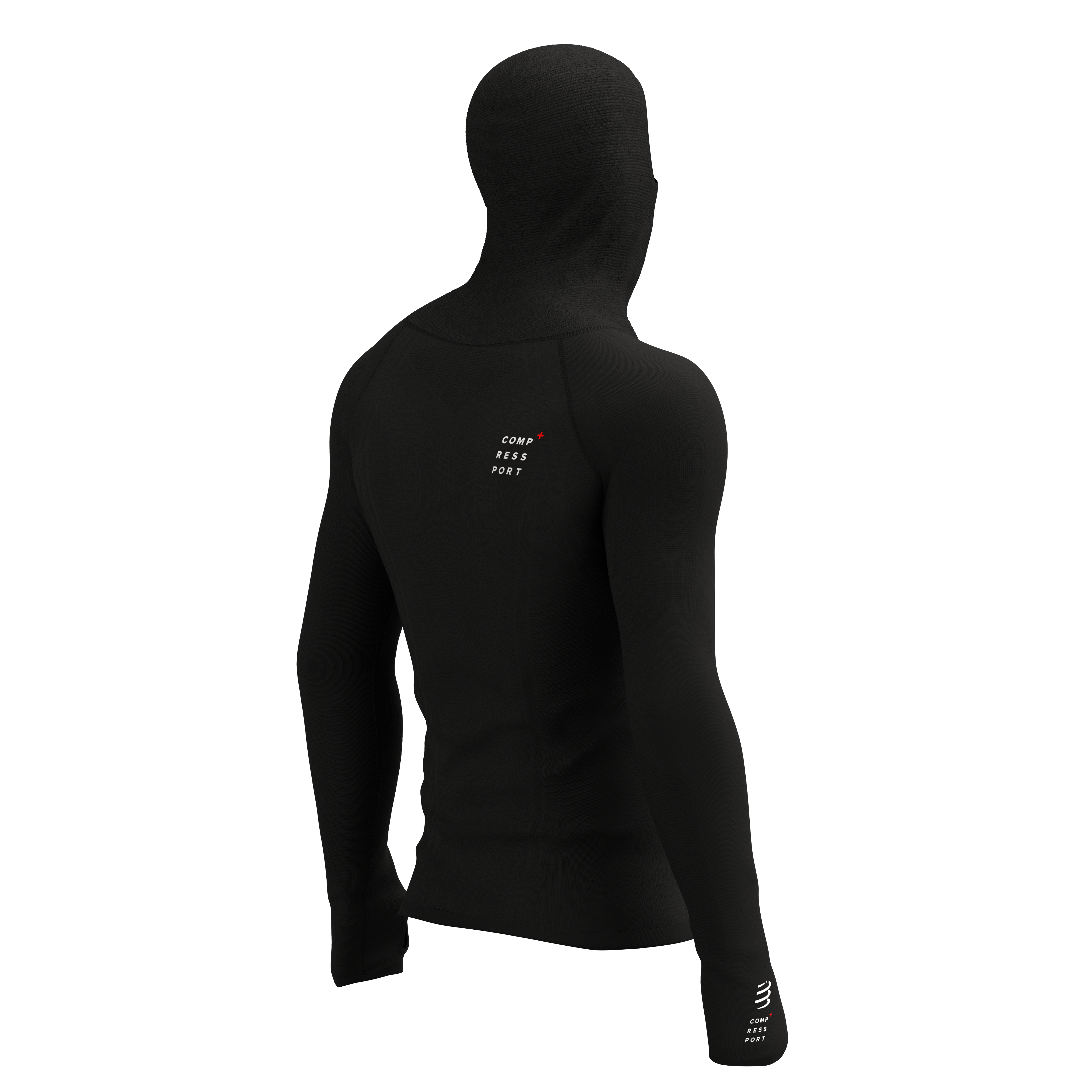
Compressport 3D Thermo Ultralight Racing Hoodie Black
€100.00
Select options -
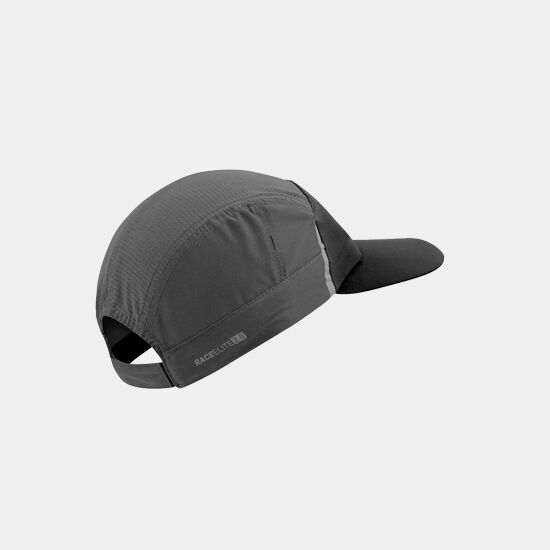
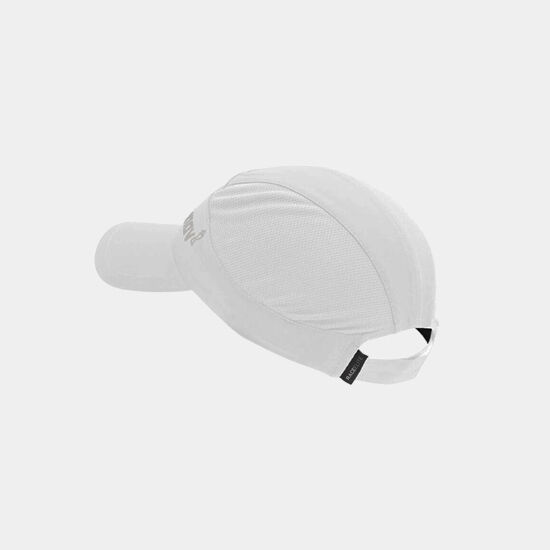

Inov8 Race Elite Peak 2.0 Unisex
€22.00
Select options -
Sale!
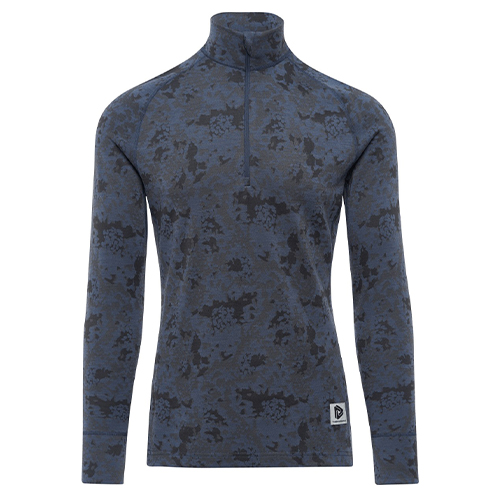


Thermowave MERINO XTREME Long Sleeve Shirt L With 1/2 Zipper Men
€55.00
Add to cart -



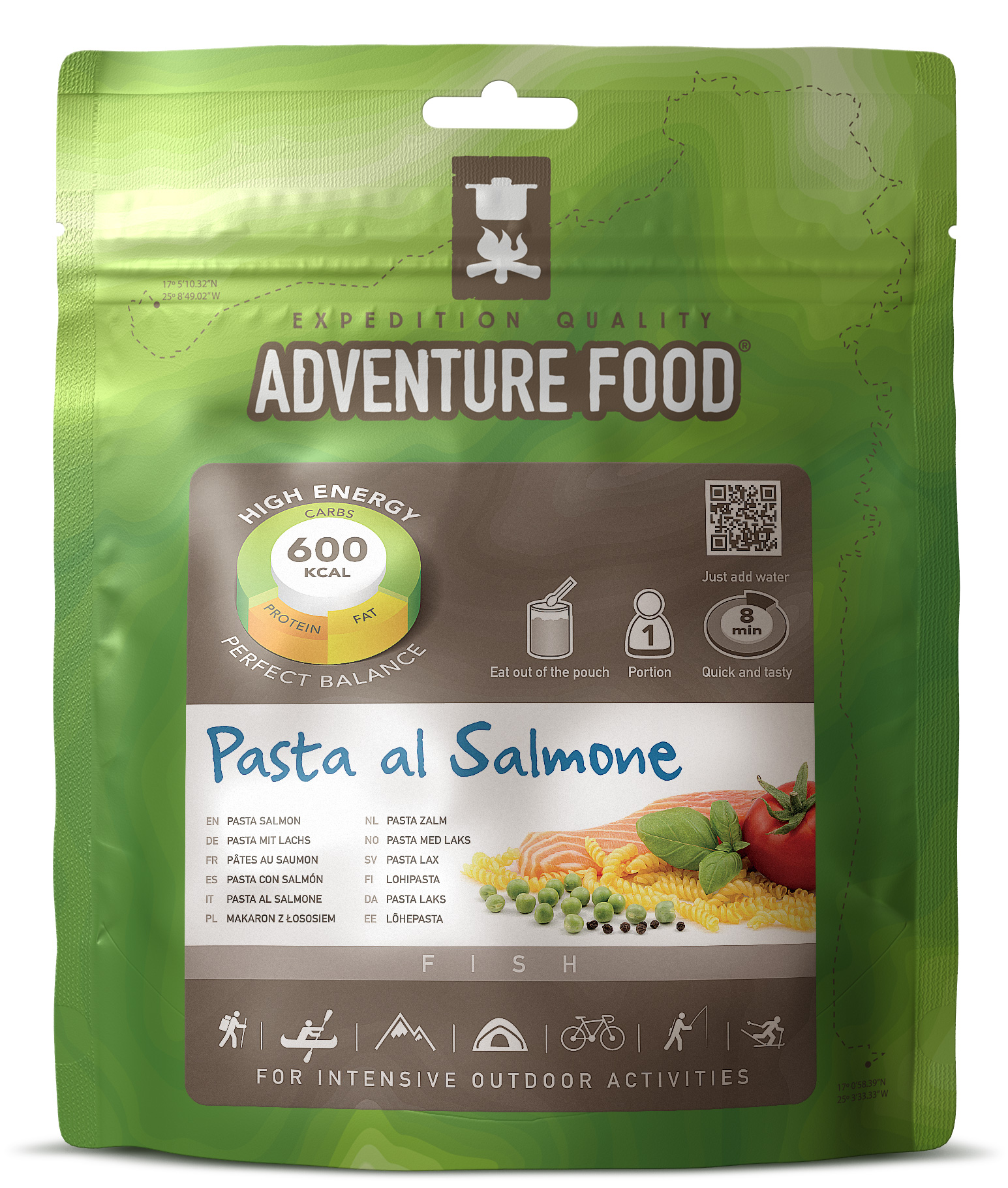
Adventure Food Pasta al Salmone
€6.50
Add to cart -
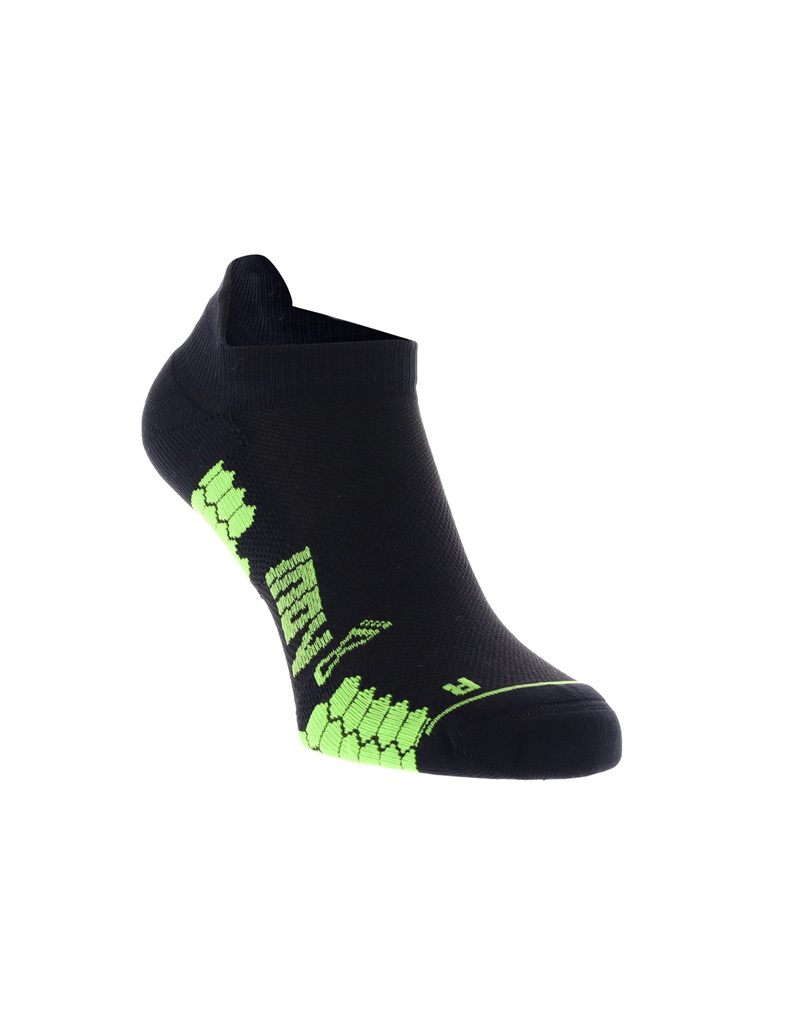
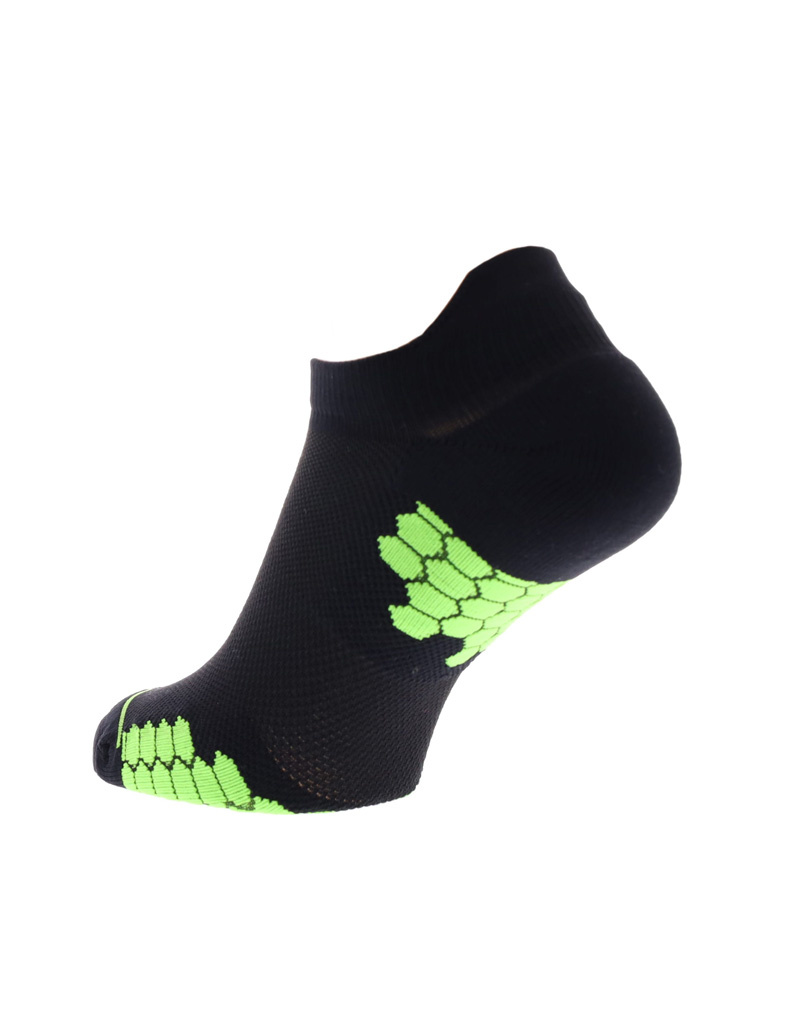

Inov8 Trailfly Sock Low Black/Green Twin Pack
€20.00
Select options -
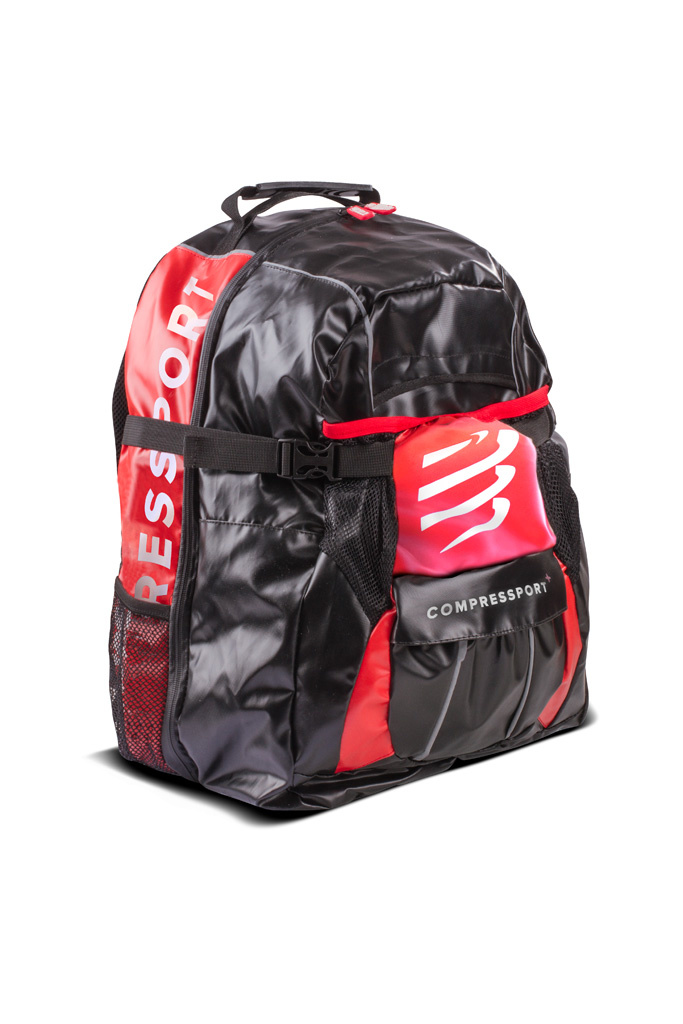


Compressport GlobeRacer Bag Black/Red
€160.00
Add to cart -
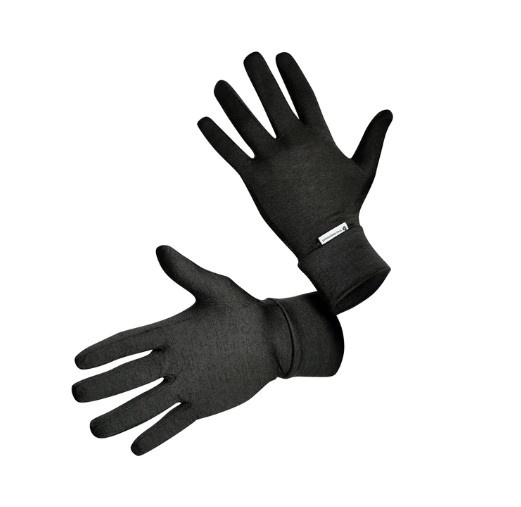
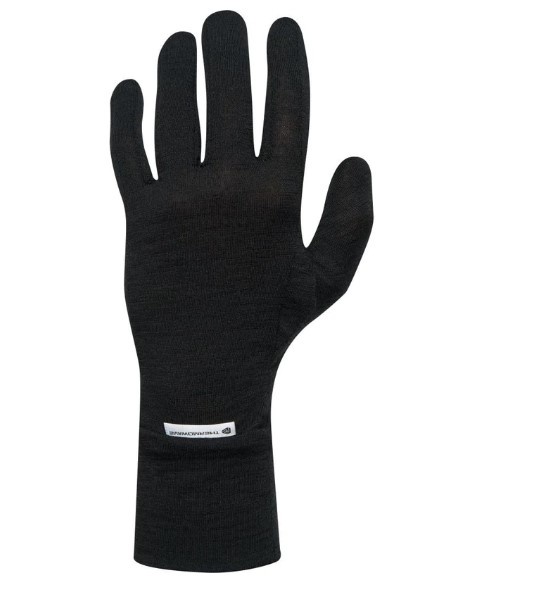

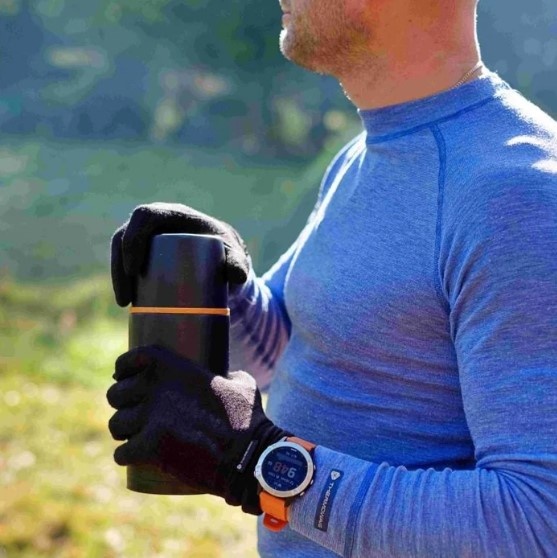
Thermowave Merino gloves Black
€35.00
Select options -

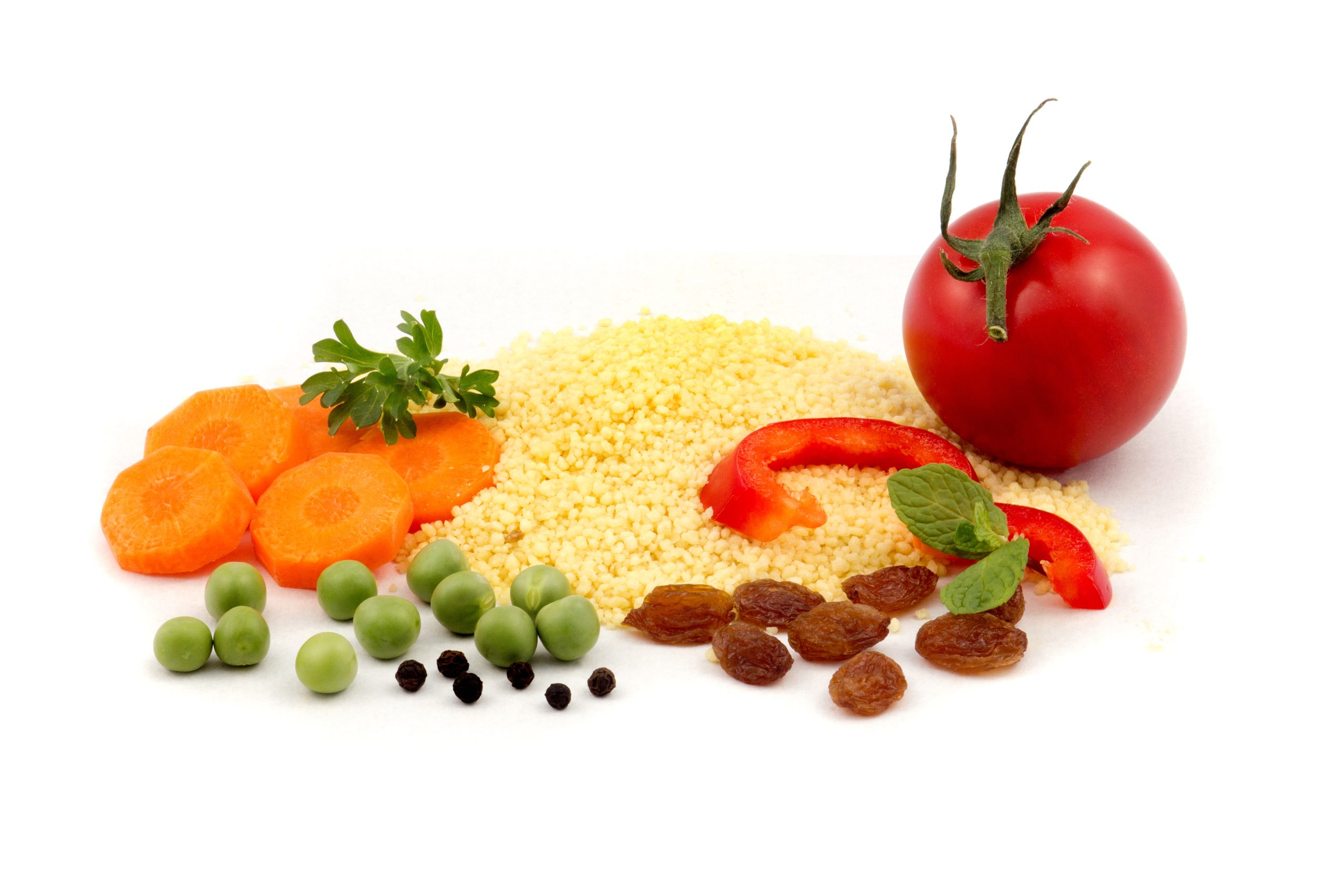

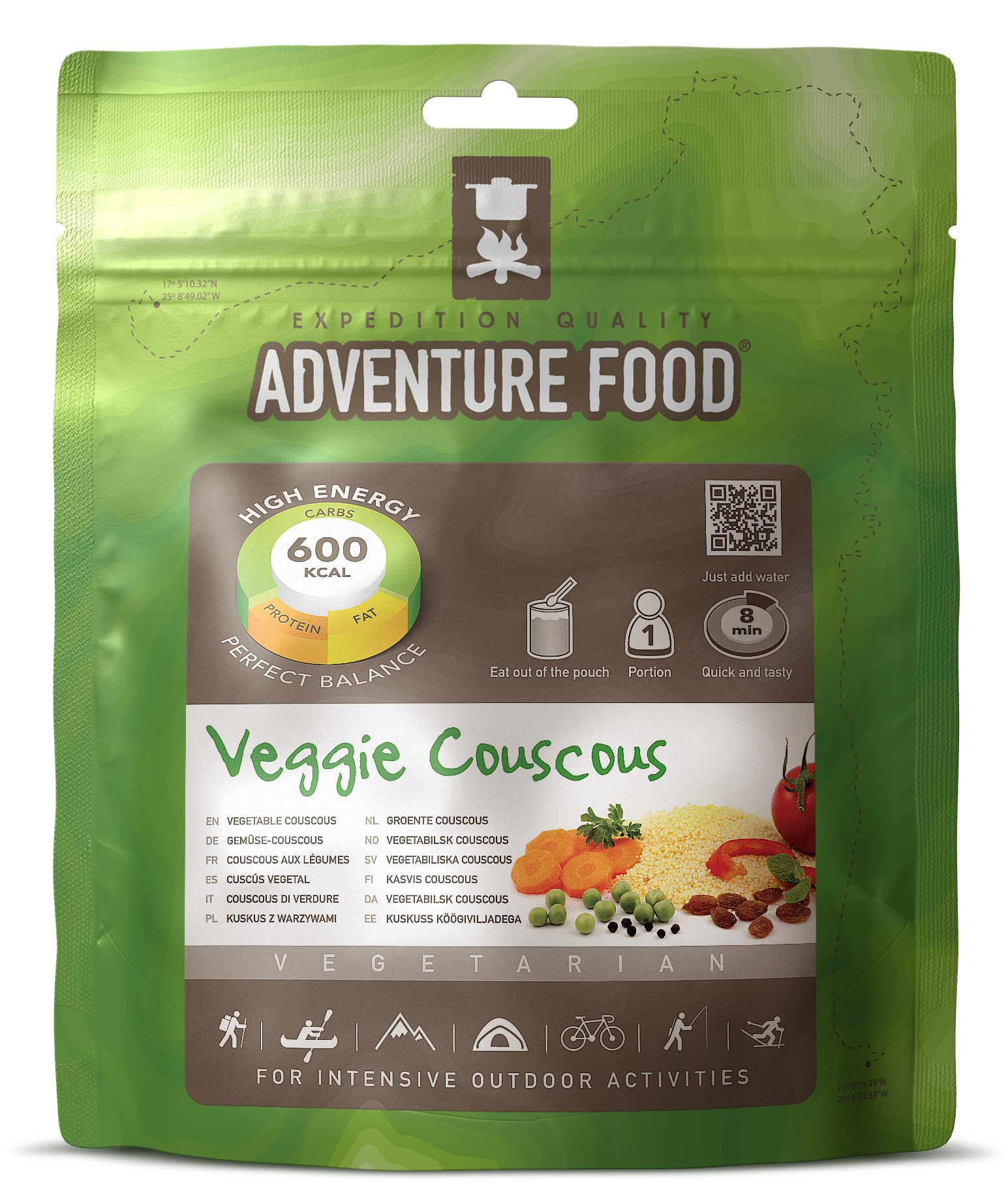
Adventure Food Chili con Carne
€5.95
Add to cart -



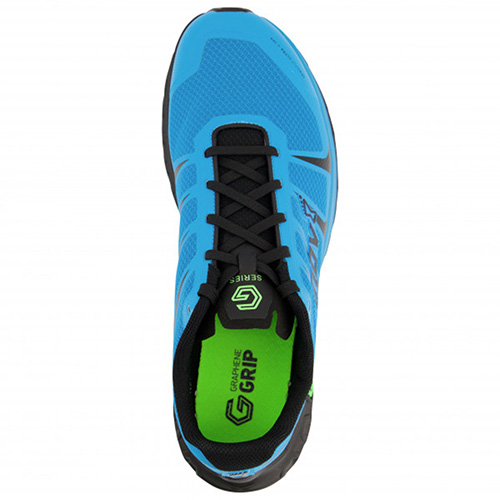

Inov8 Trailfly Ultra G 300 Max Men
€195.00 – €200.00
Select options -

Inov8 Speed Sock Mid Twin Pack Black
€22.00
Select options -
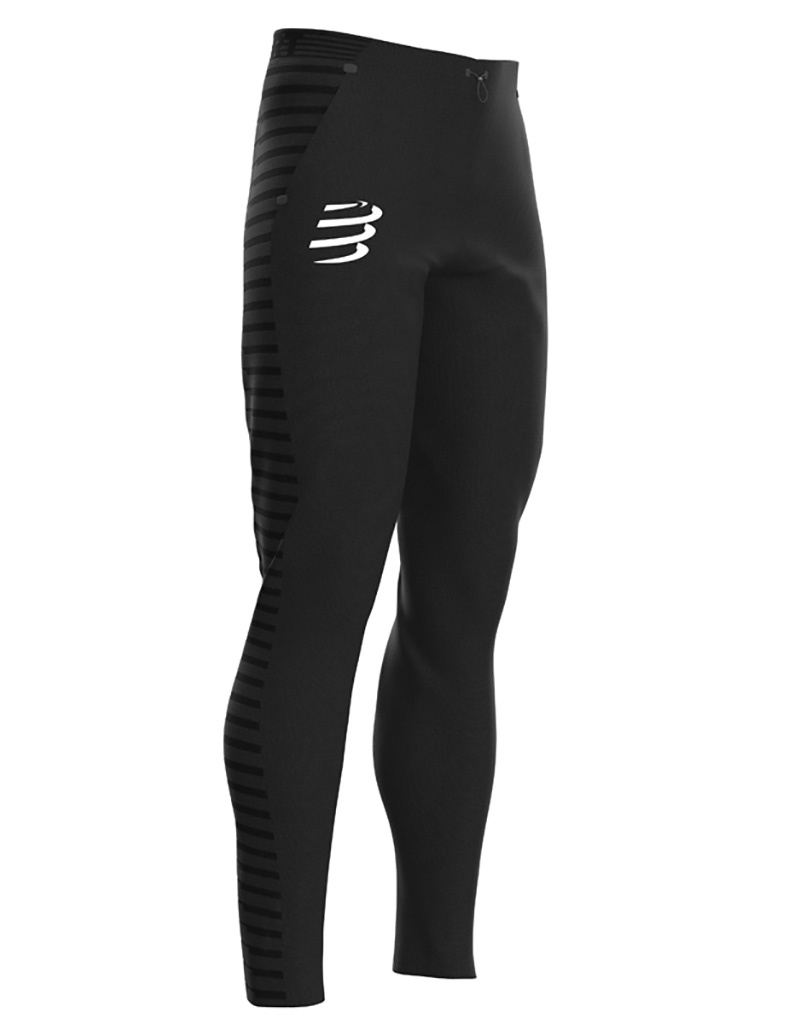
Compressport Seamless Pants Black
€85.00
Select options -



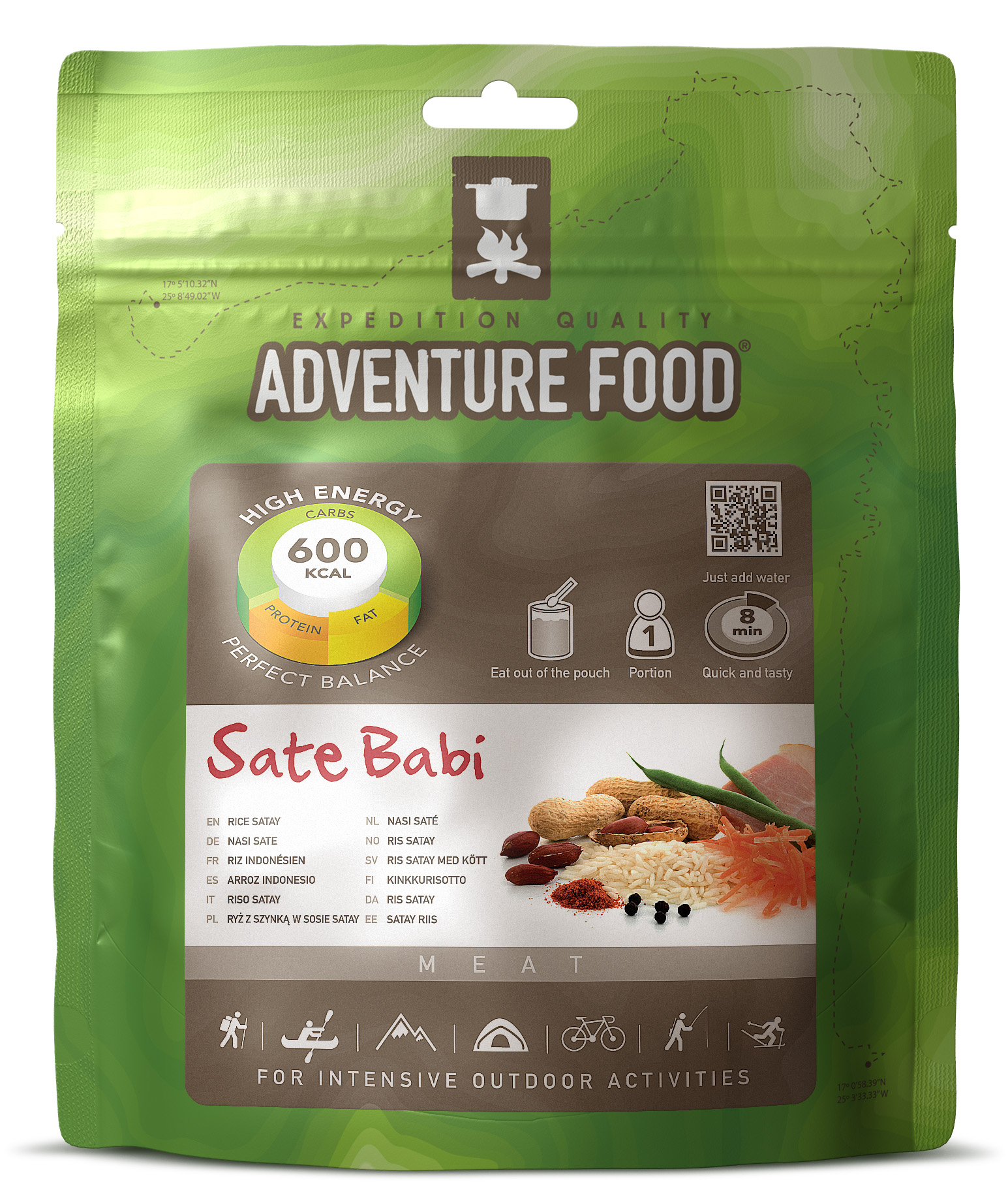
Adventure Food Sate Babi
€5.95
Add to cart -
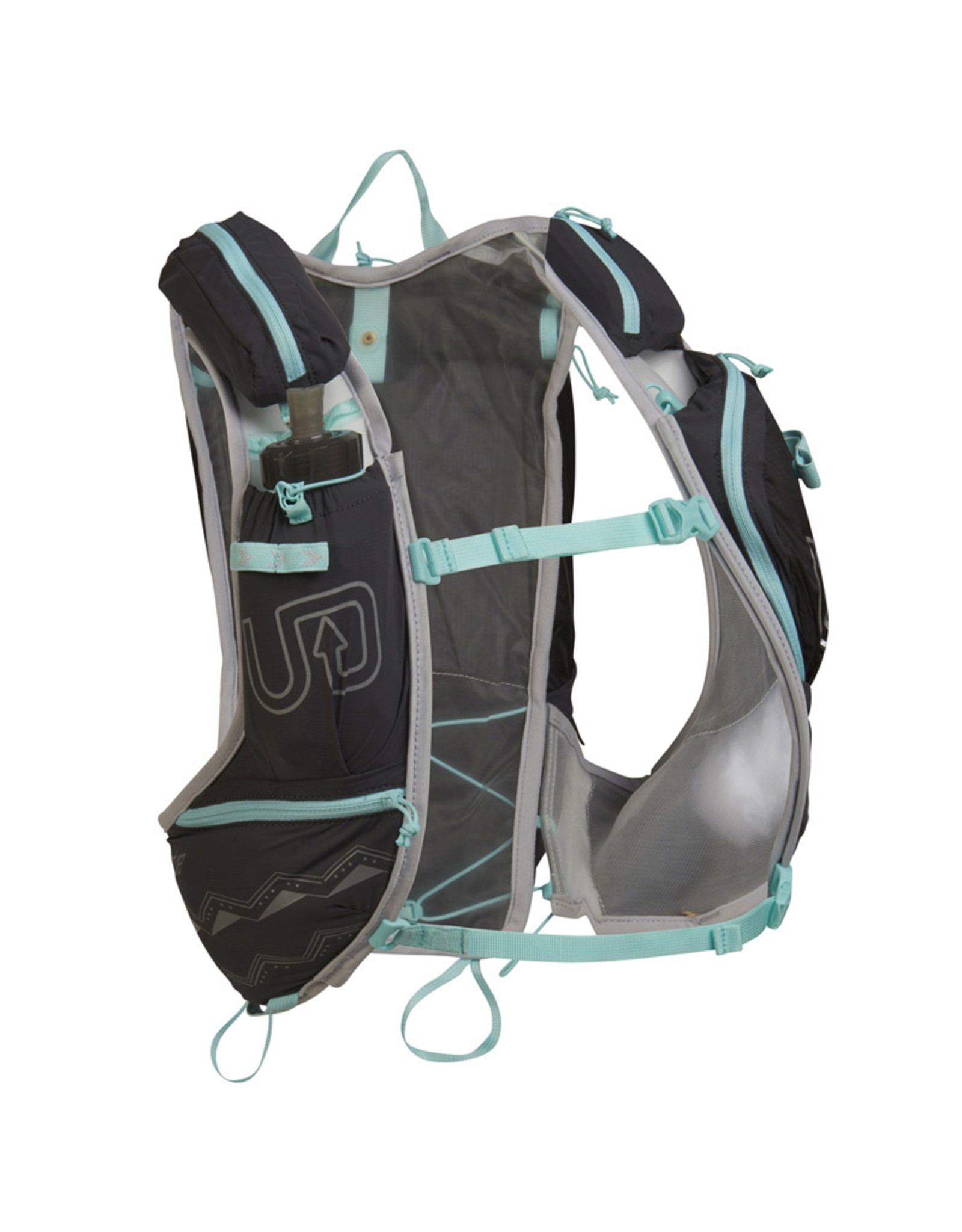
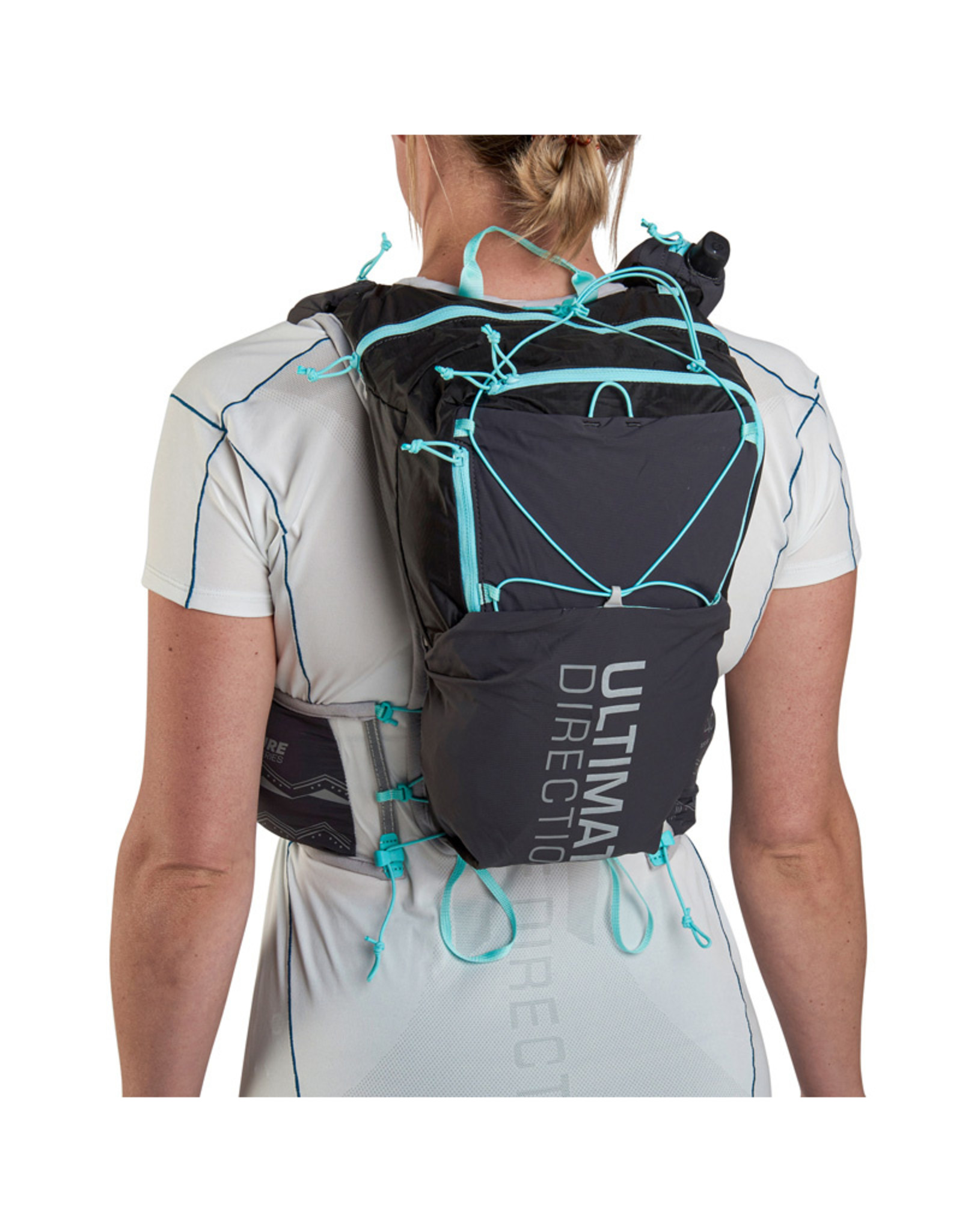

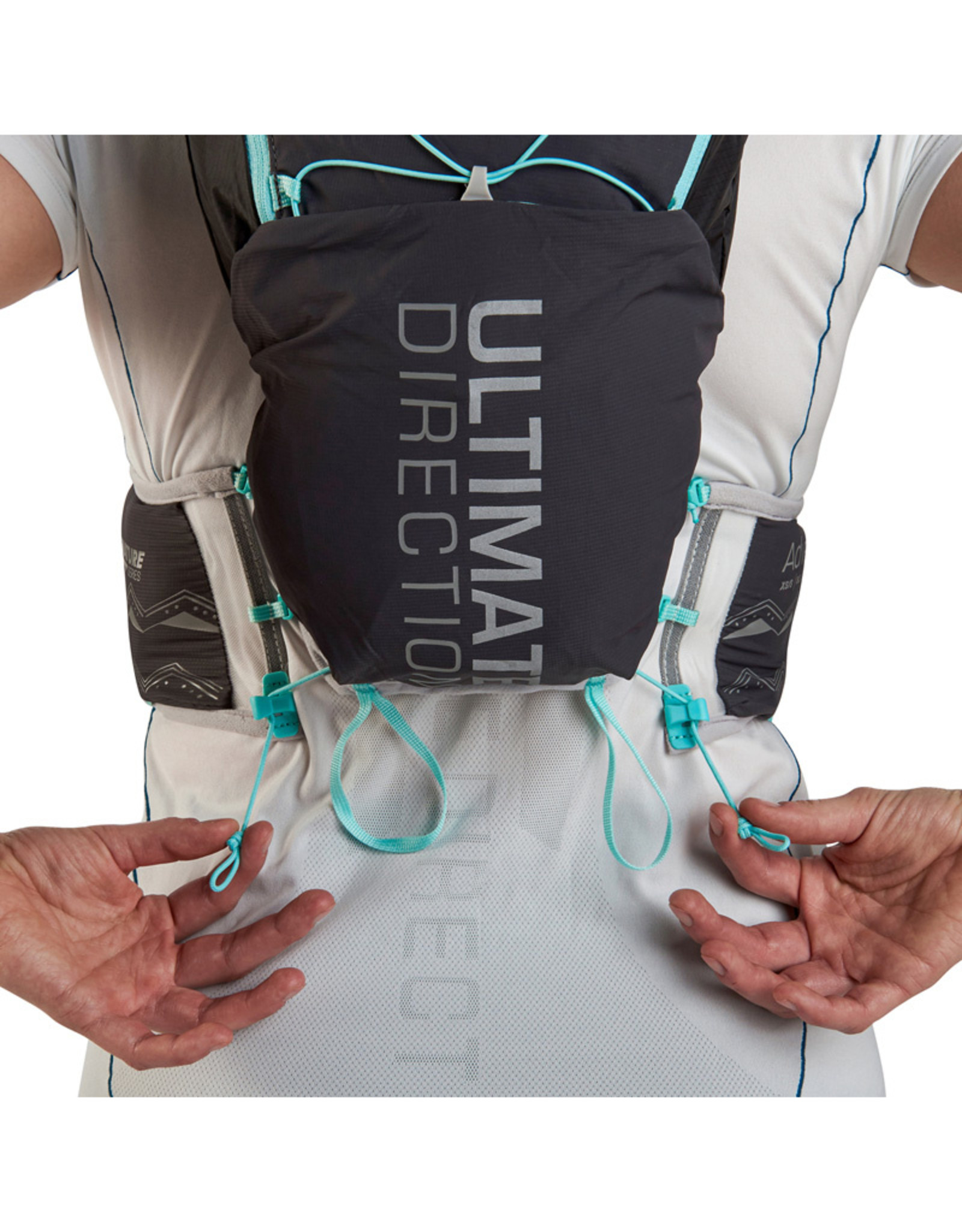
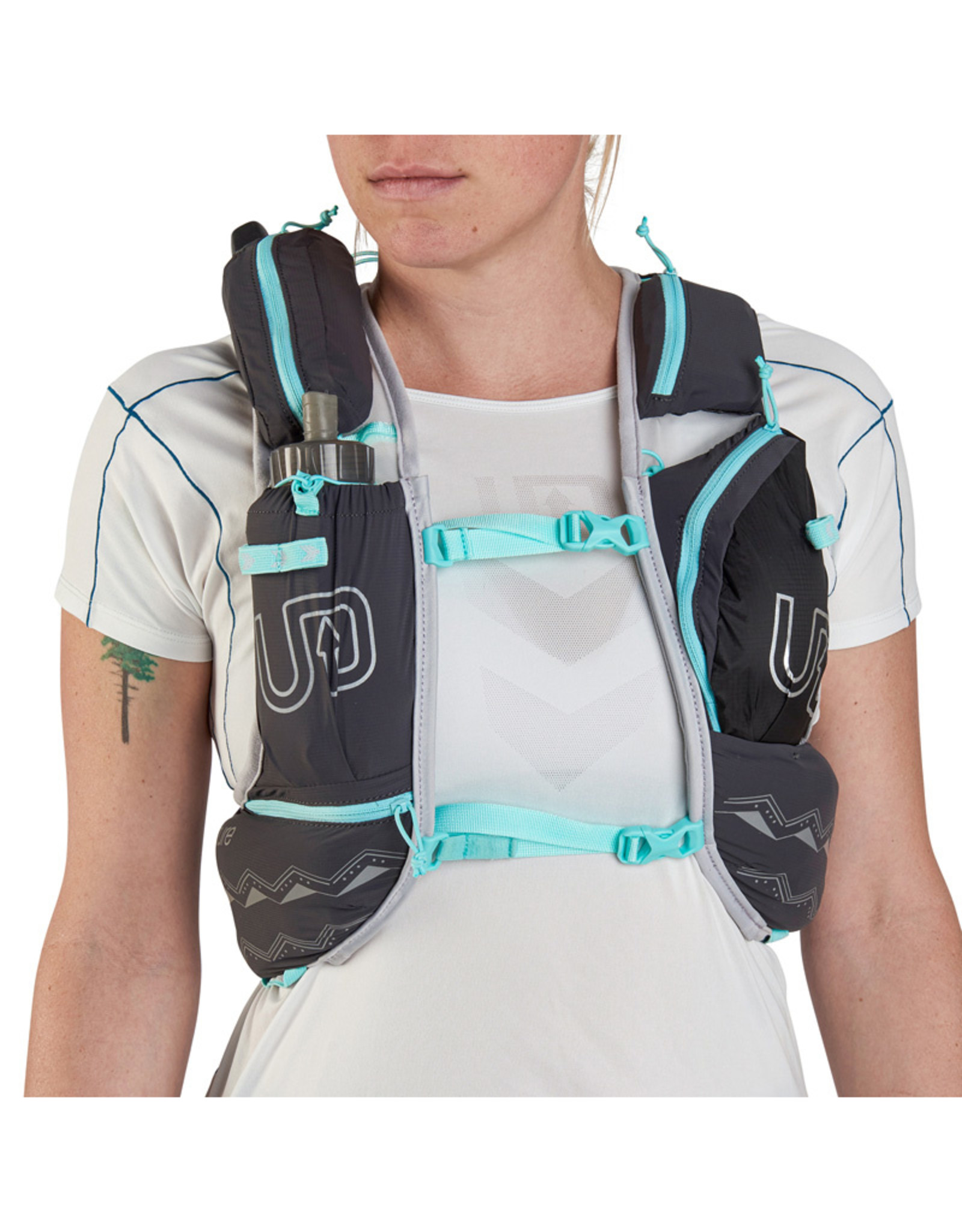
Ultimate Direction Adventure Vesta Night Sky Women
€180.00
Select options -
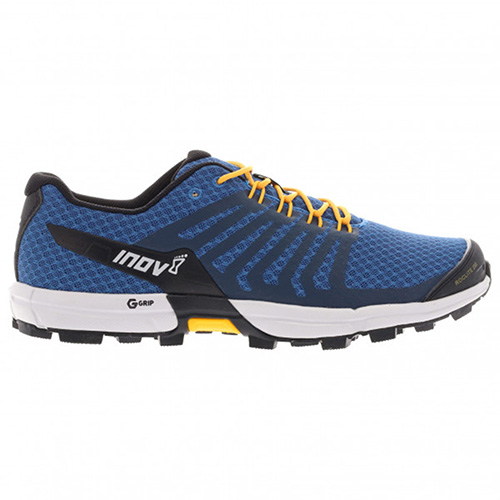
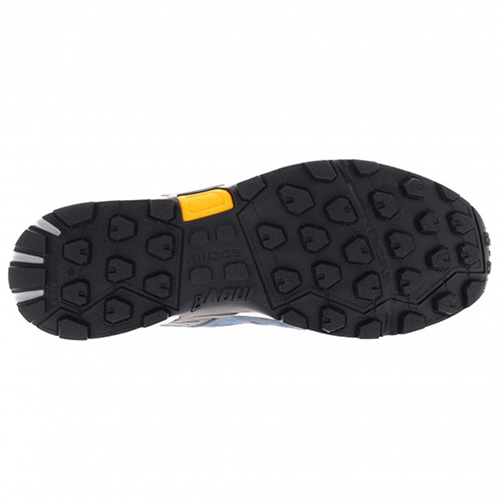

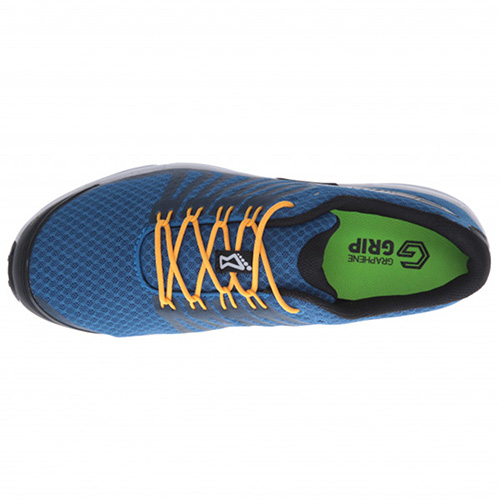
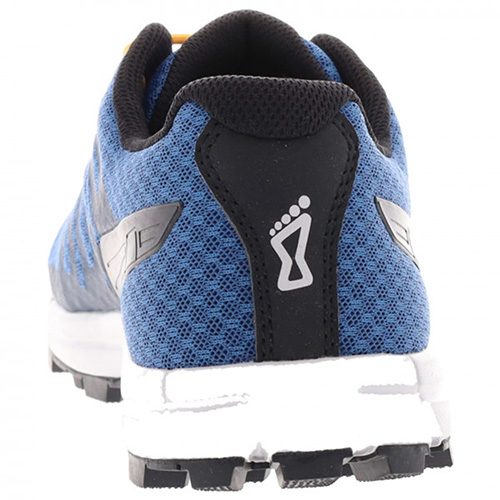
Inov8 Roclite 290 Blue/Yellow Men
€140.00
Select options -
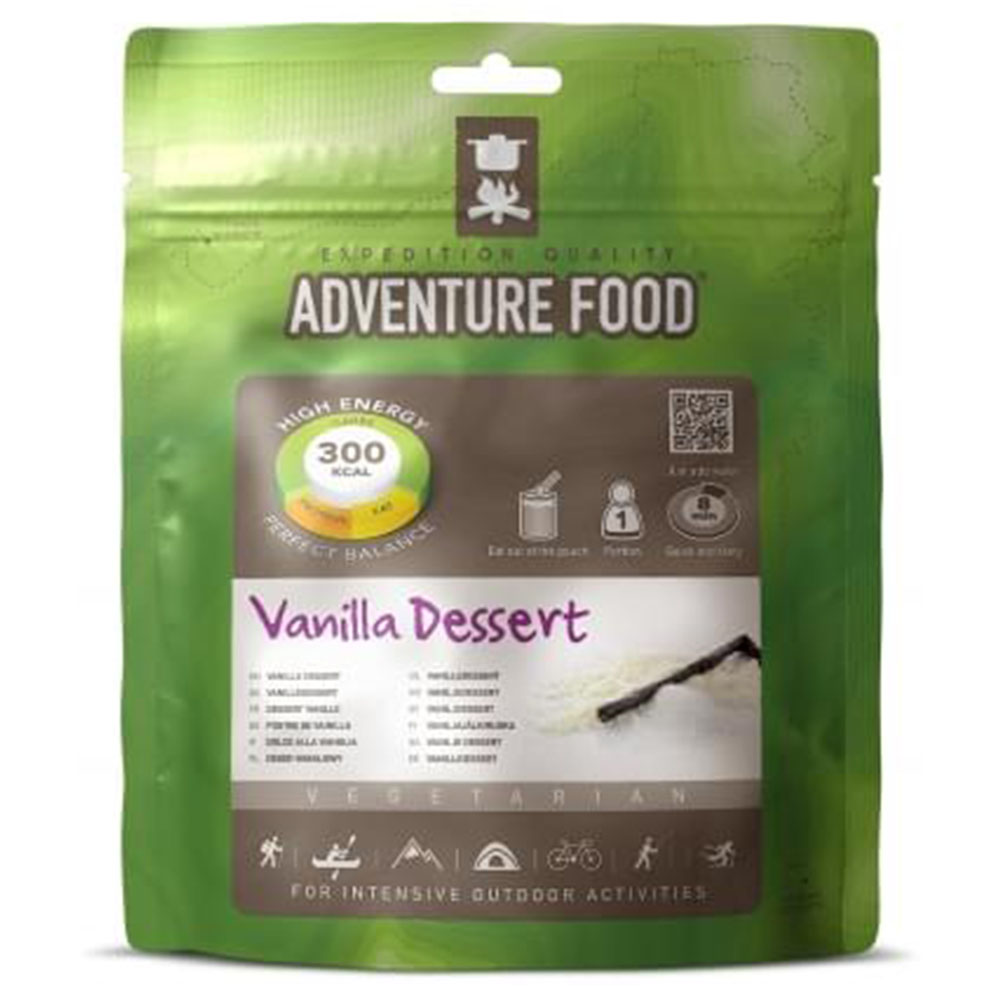
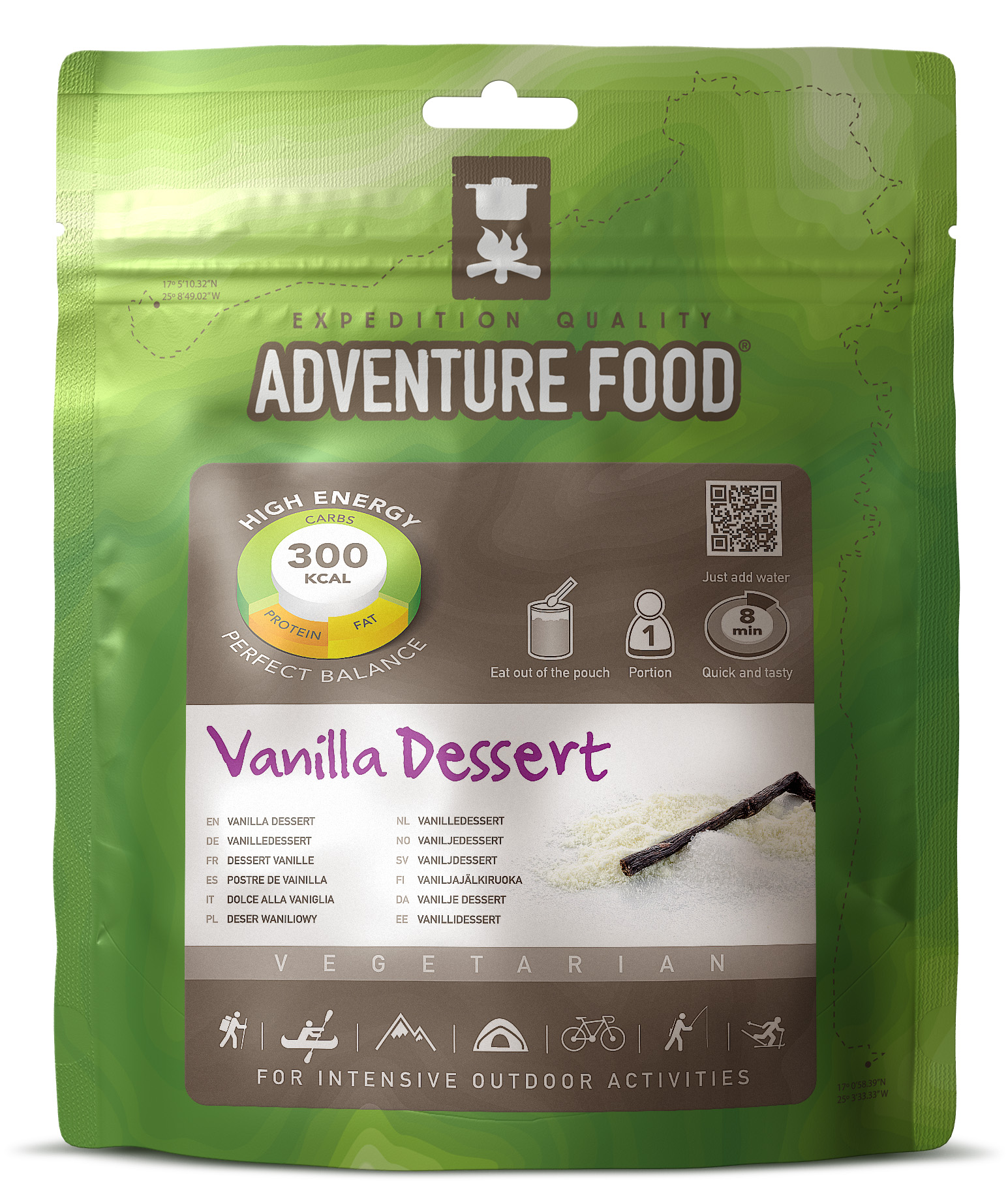

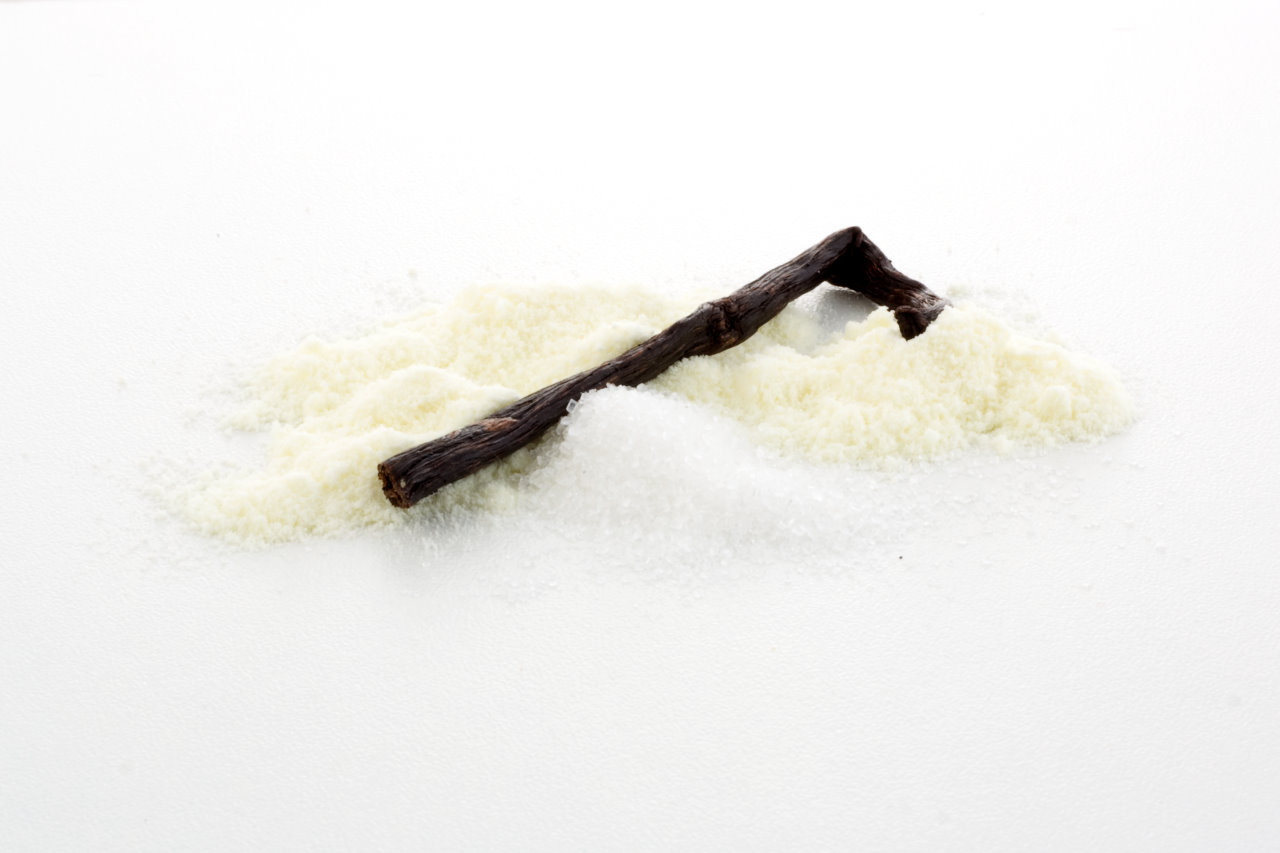
Adventure Food Vanilla Dessert
€3.95
Add to cart -
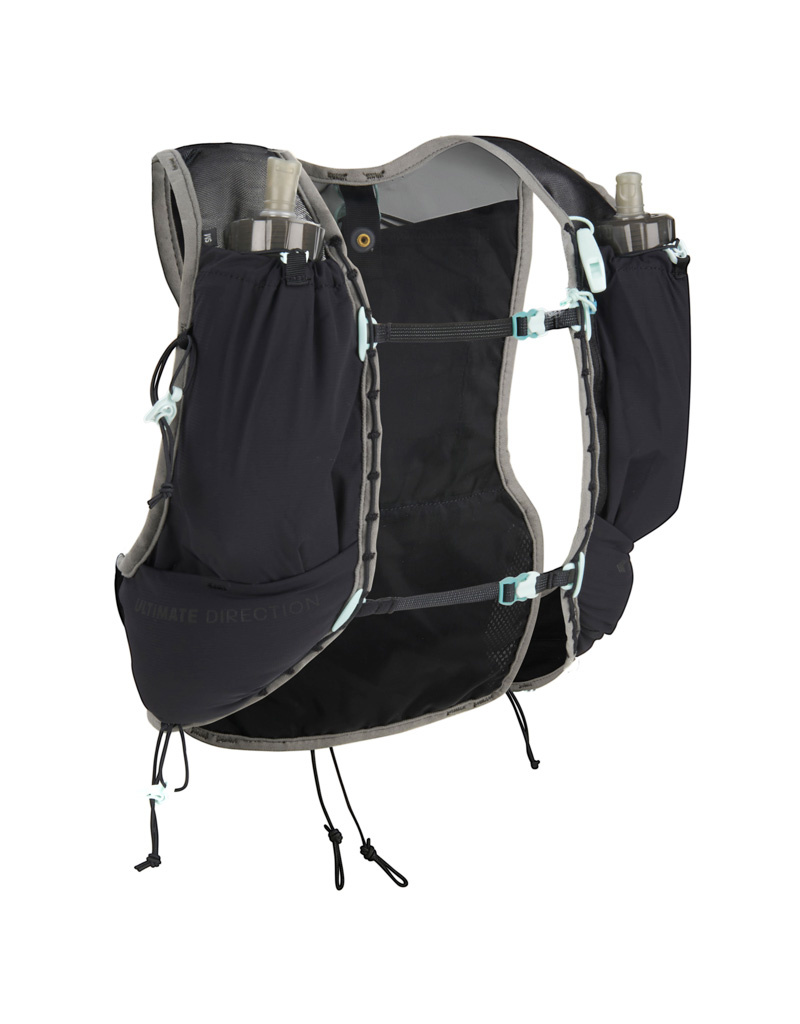
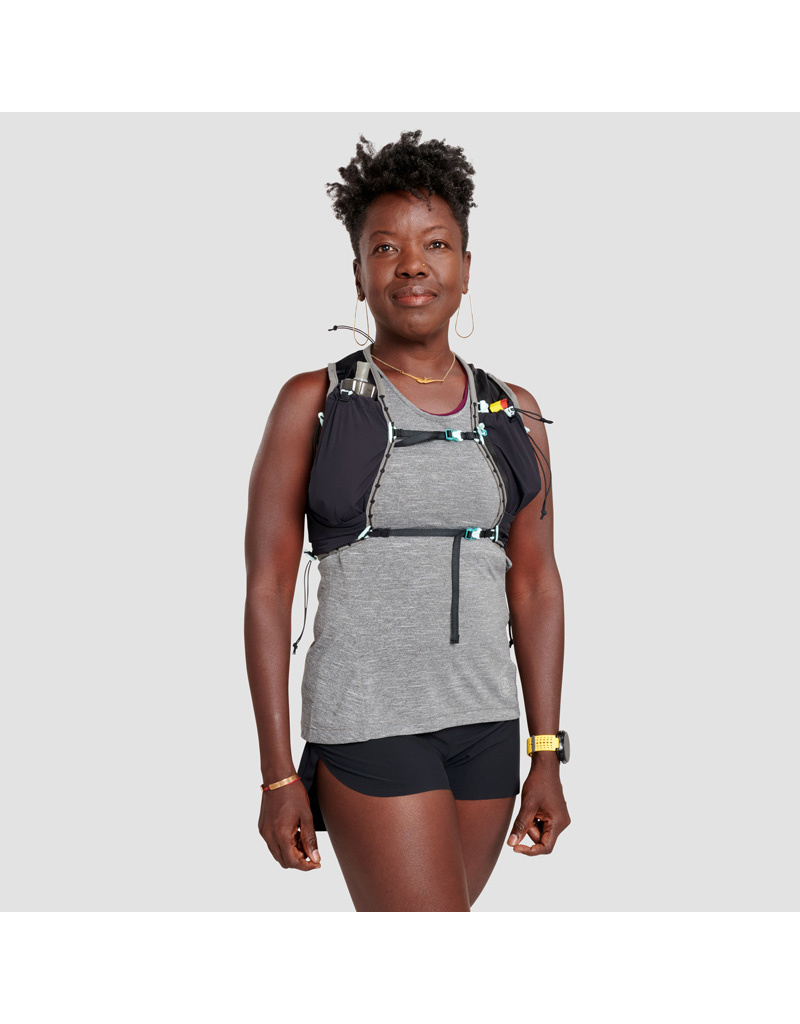

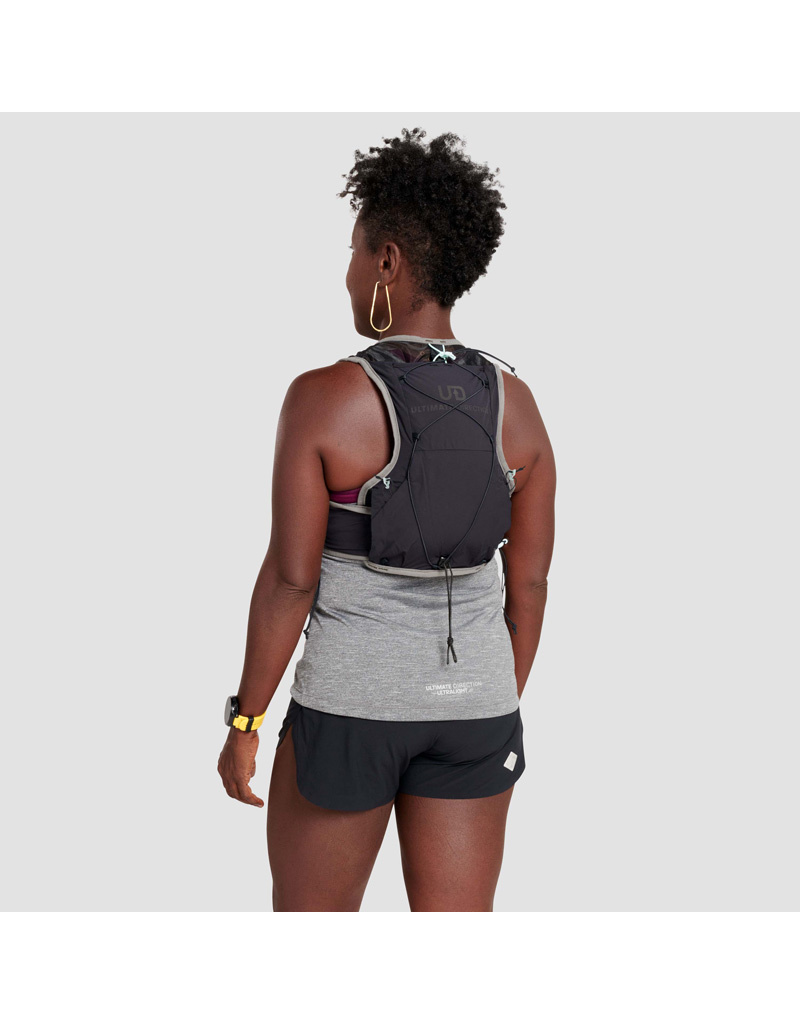

Ultimate Direction Race Vesta Onyx Women
€125.00
Select options -
Sale!
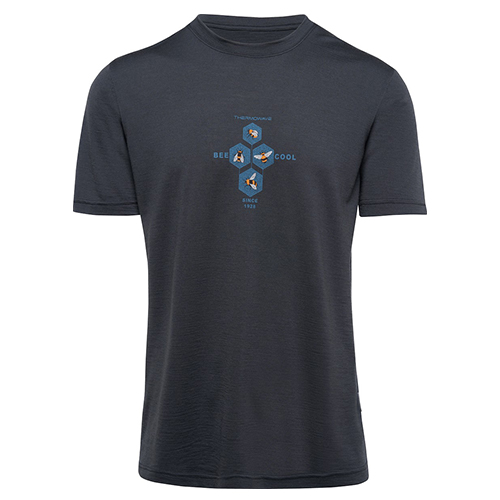
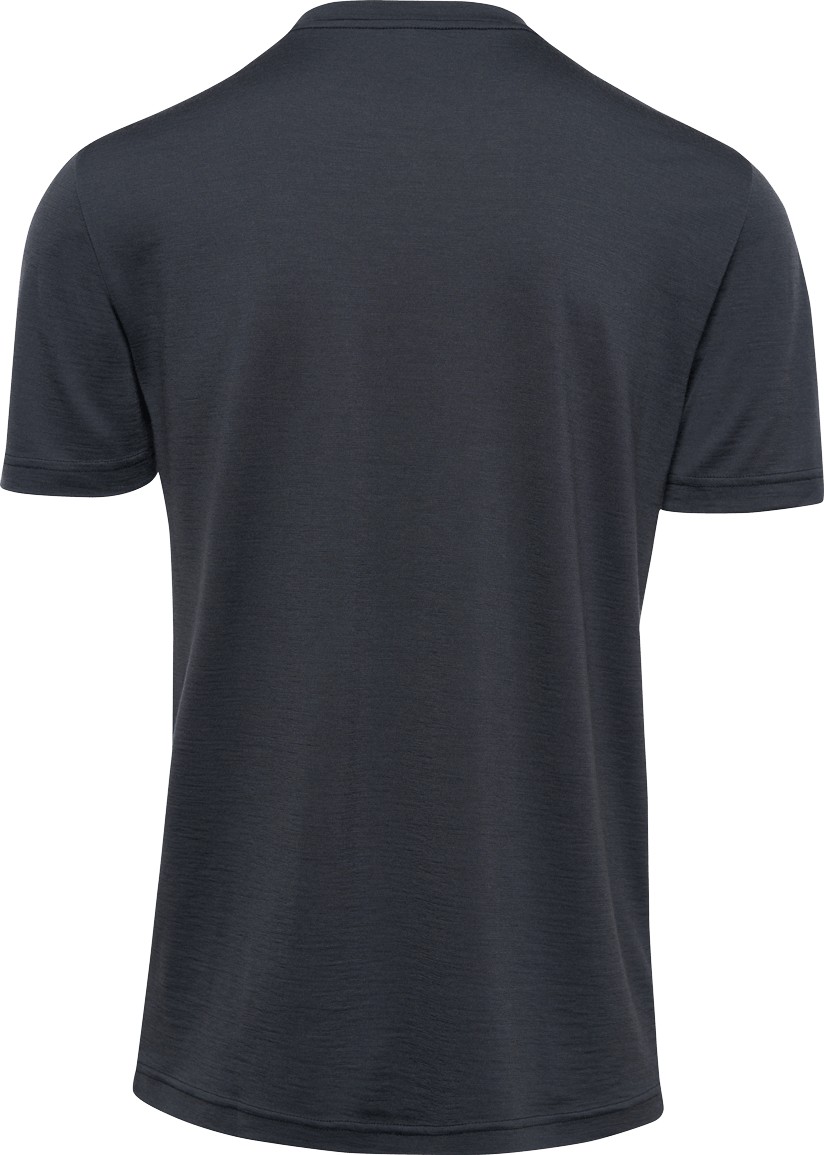

Thermowave MERINO Life Short Sleeve Shirt L Black Men
€40.00
Add to cart -
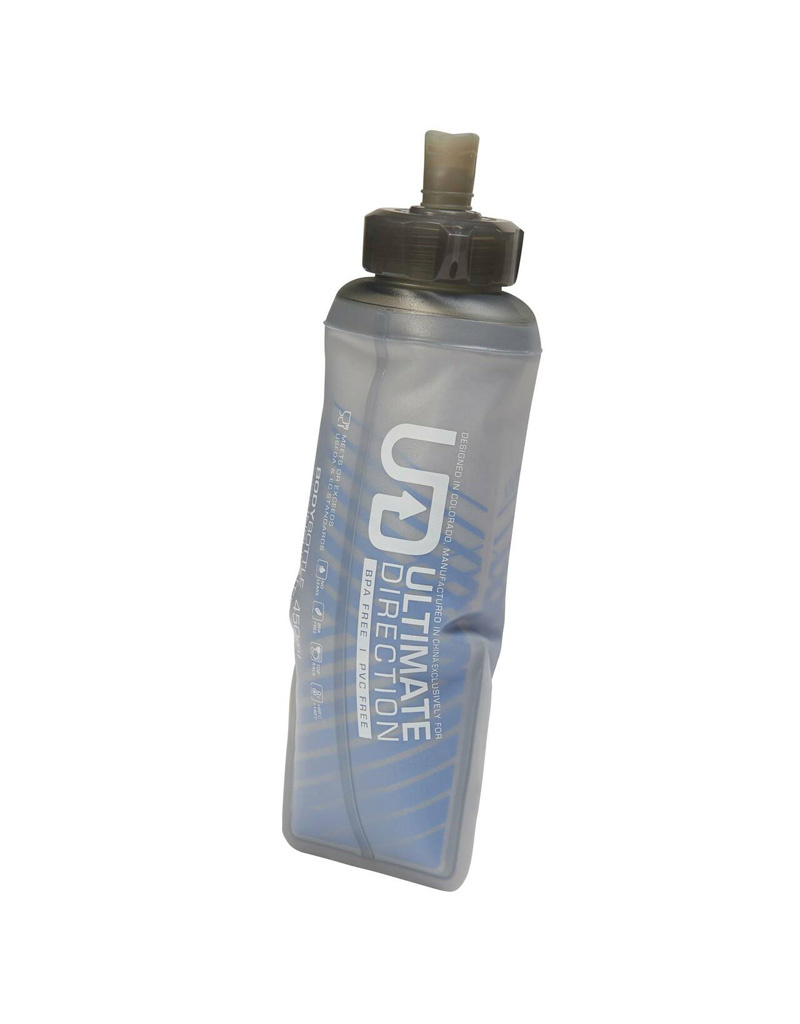
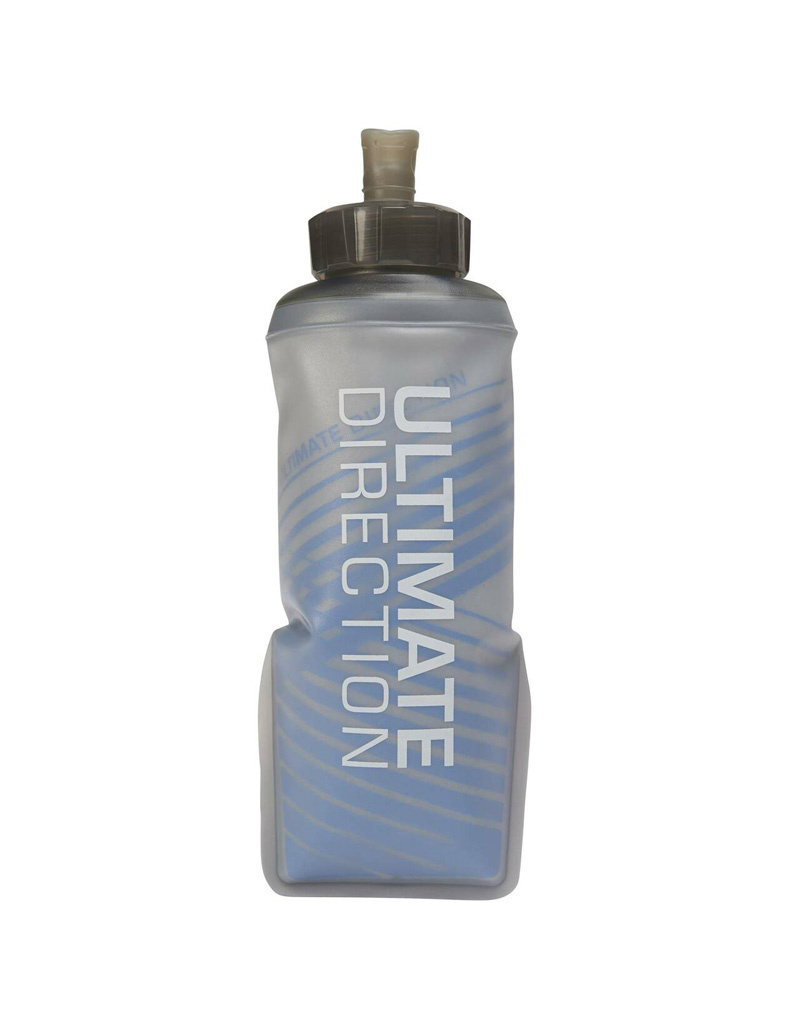

Ultimate Direction Body Bottle 500 Insulated
€28.00
Add to cart -
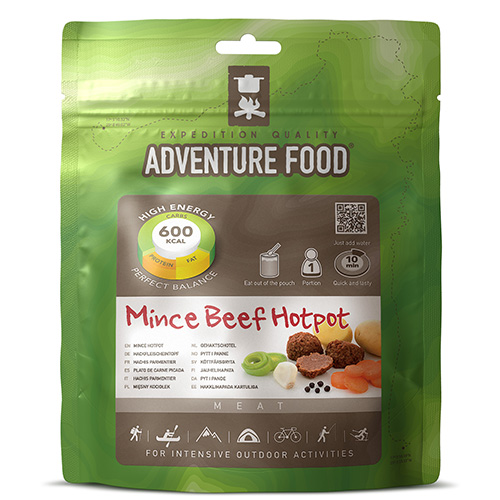


Adventure Food Mince Beef Hotpot
€5.95
Add to cart -
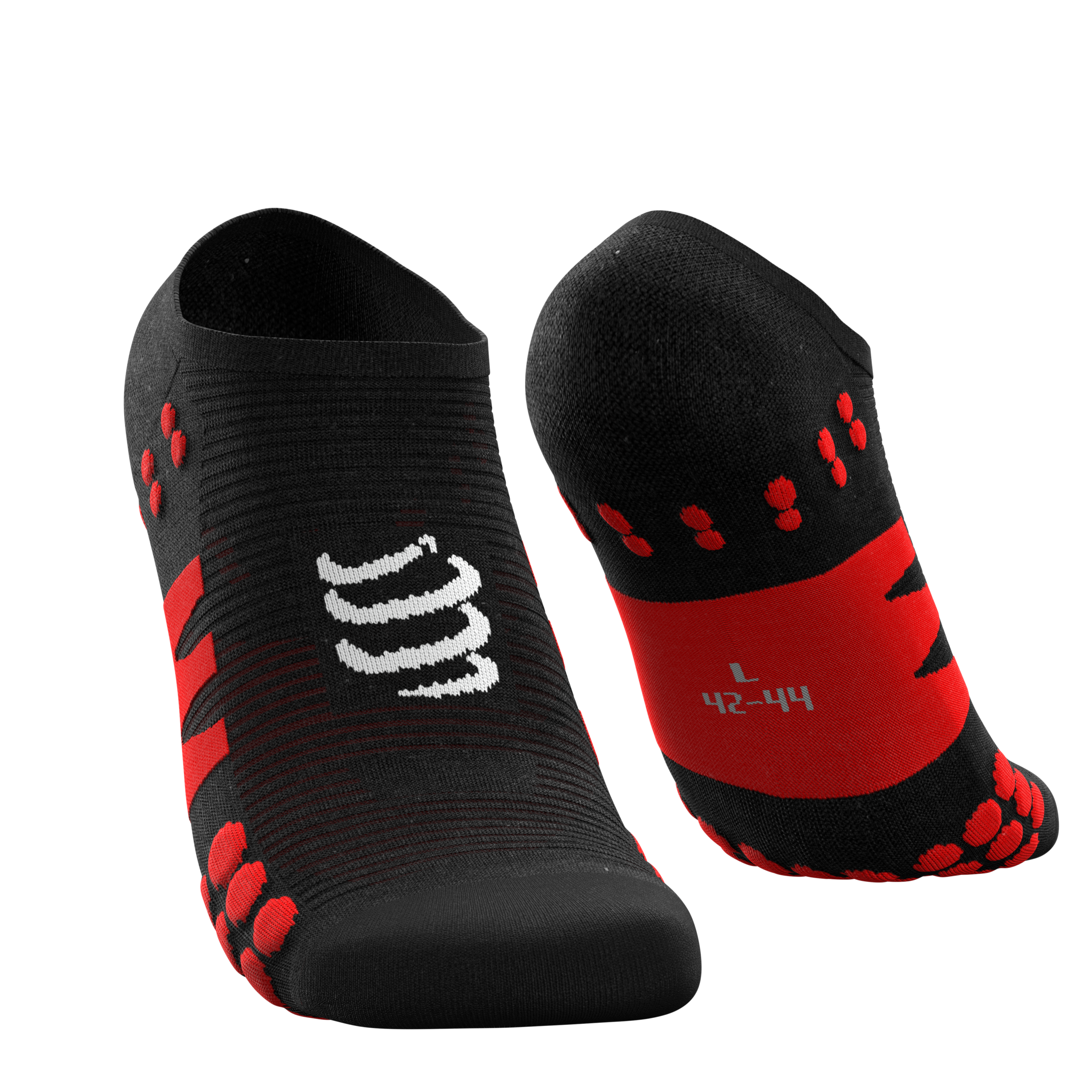
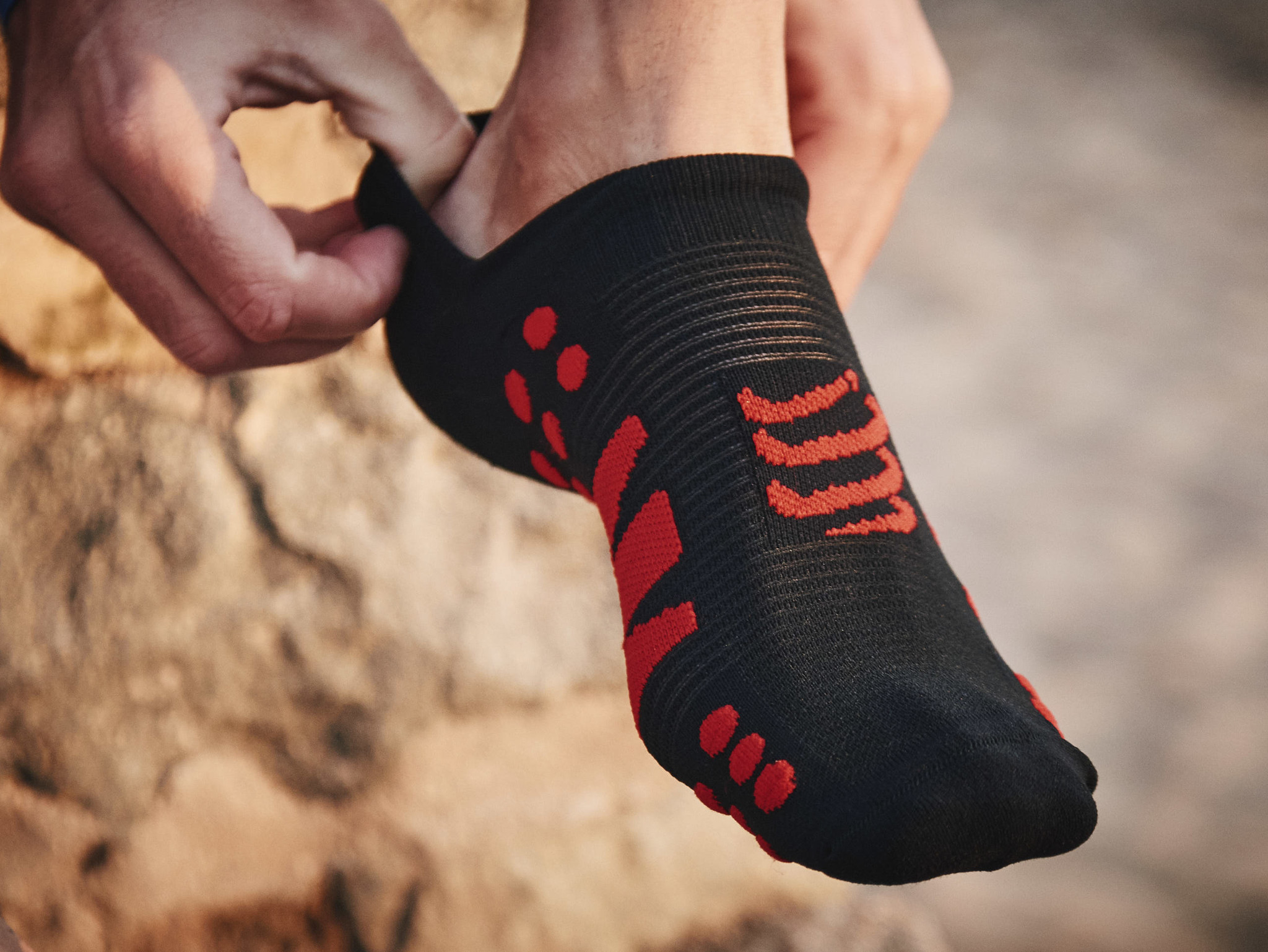

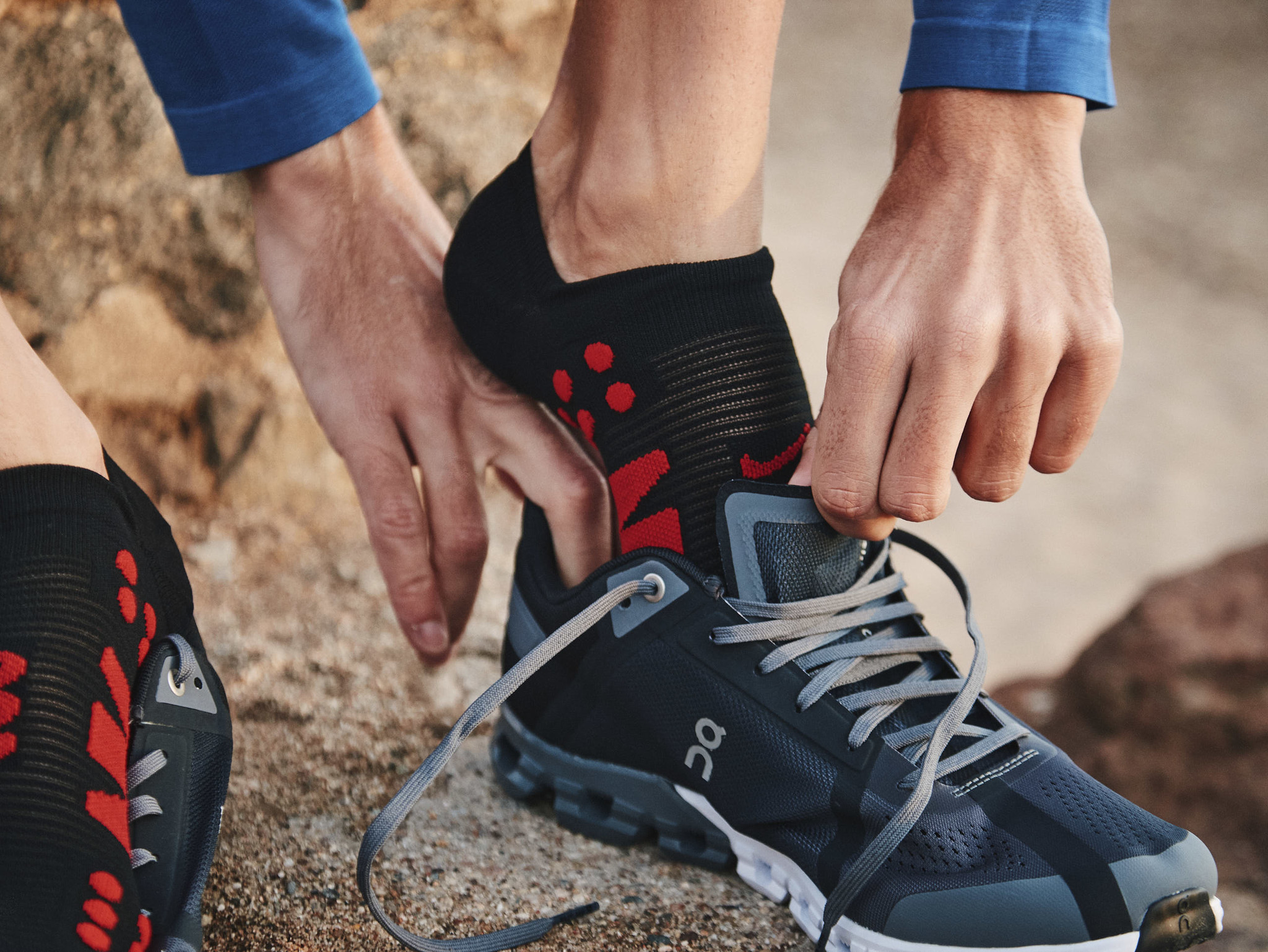
Compressport No Show Socks Black/Red
€12.00
Select options -
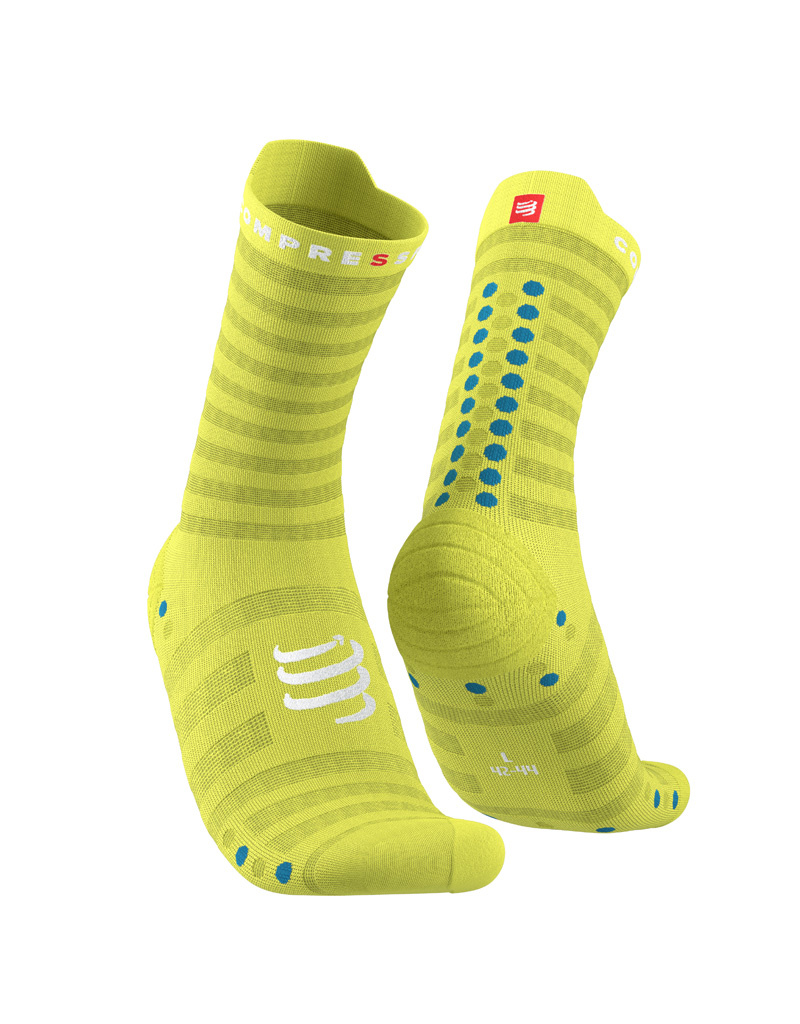
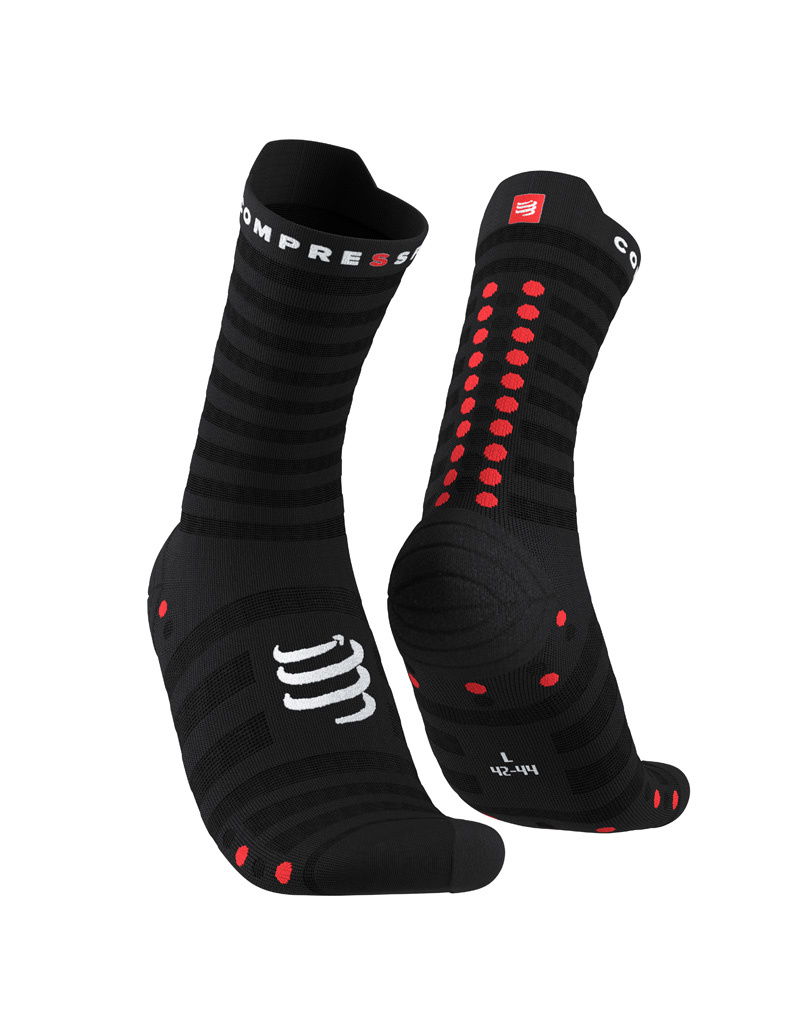

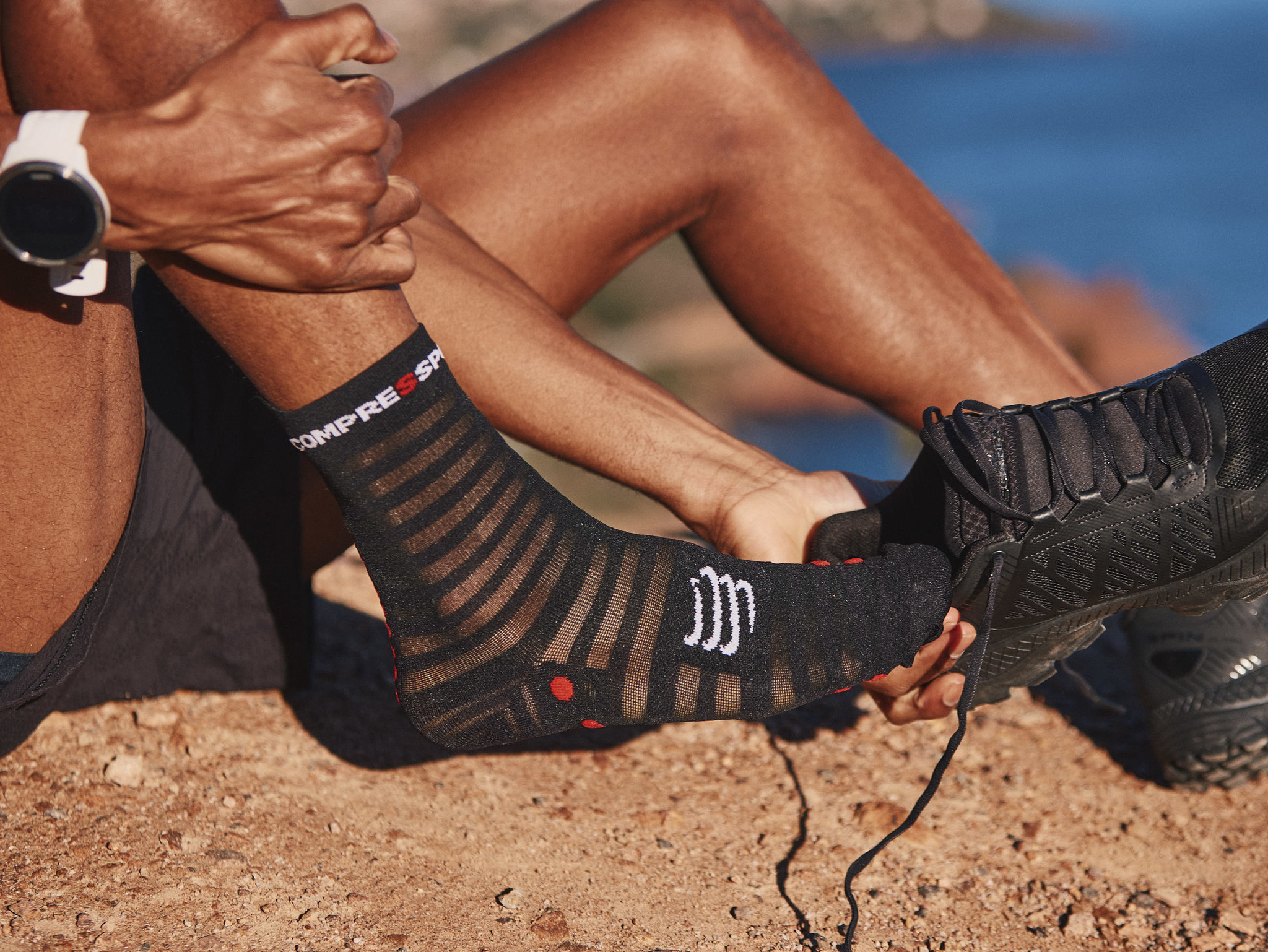
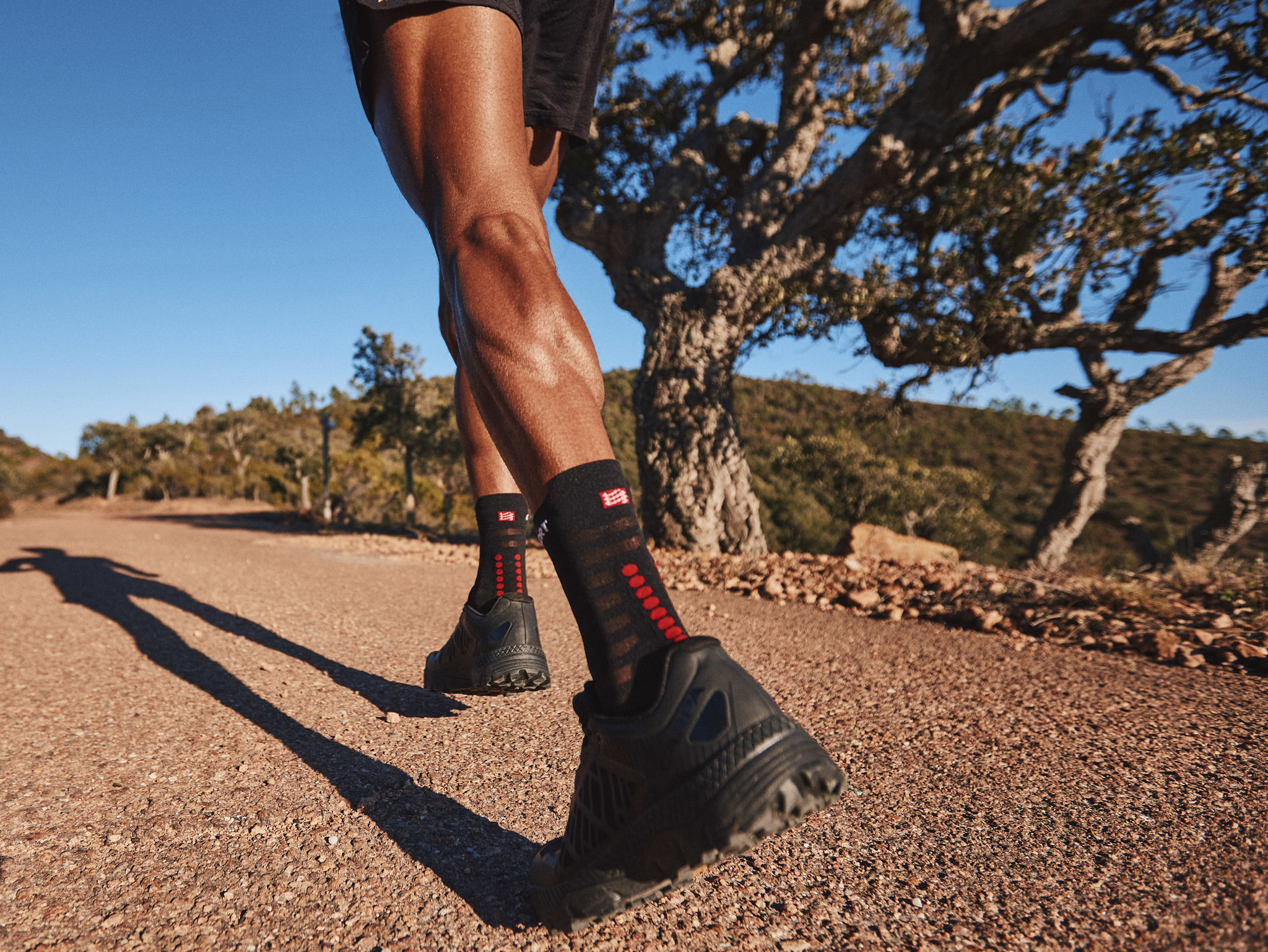
Compressport Pro Racing Socks v4.0 Ultralight Run High
€19.00
Select options -
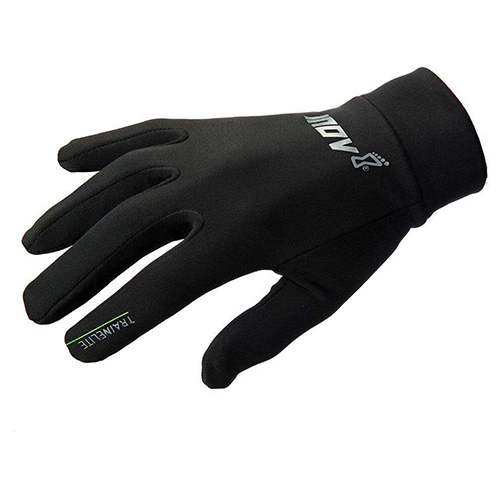
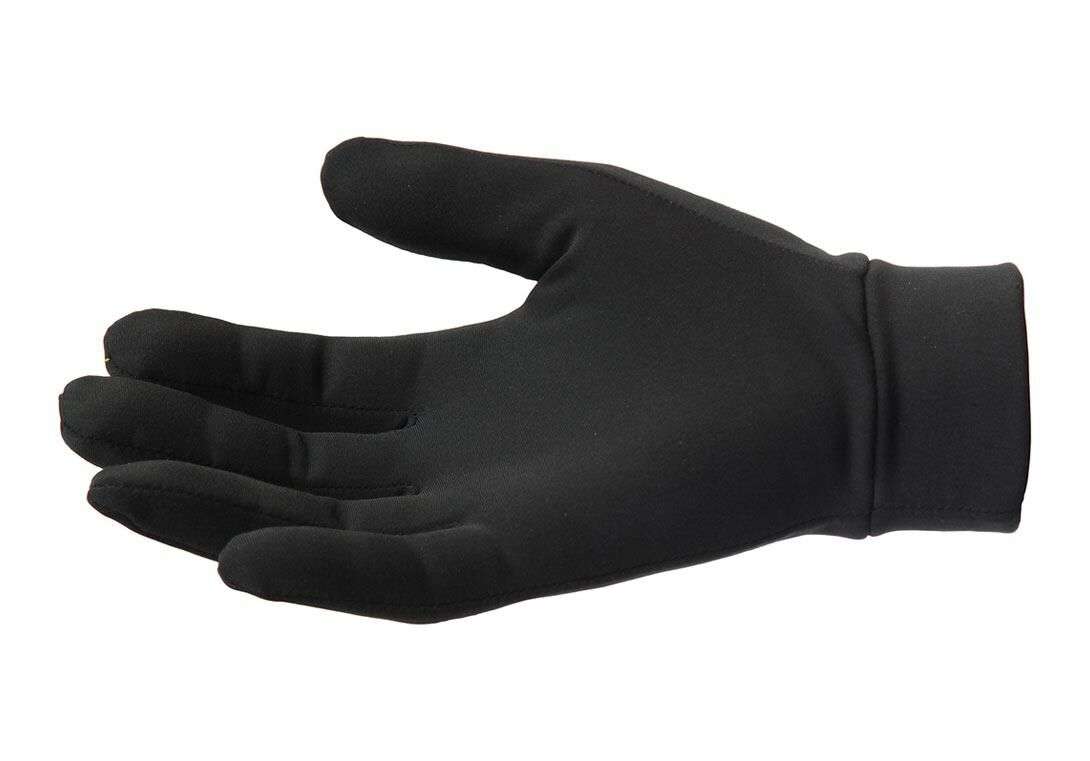

Inov8 Train Elite Glove Black Unisex
€17.00
Select options -
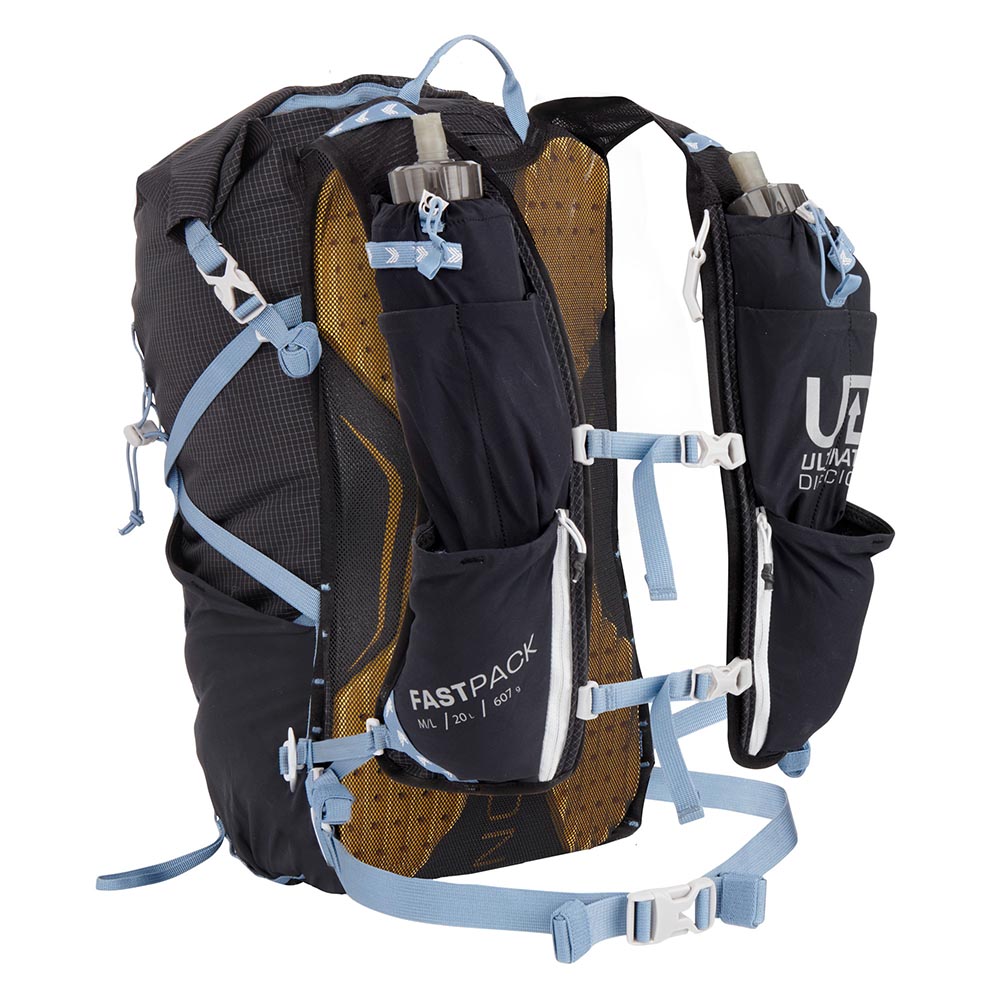


Ultimate Direction Fastpack 20 Black Men
€150.00
Select options -
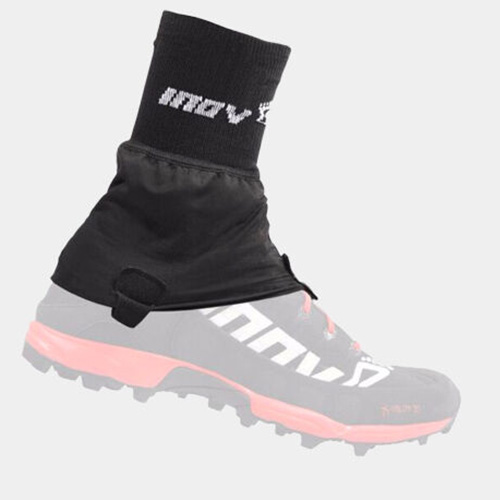
Inov8 All Terrain Gaiter Black
€25.00
Select options -

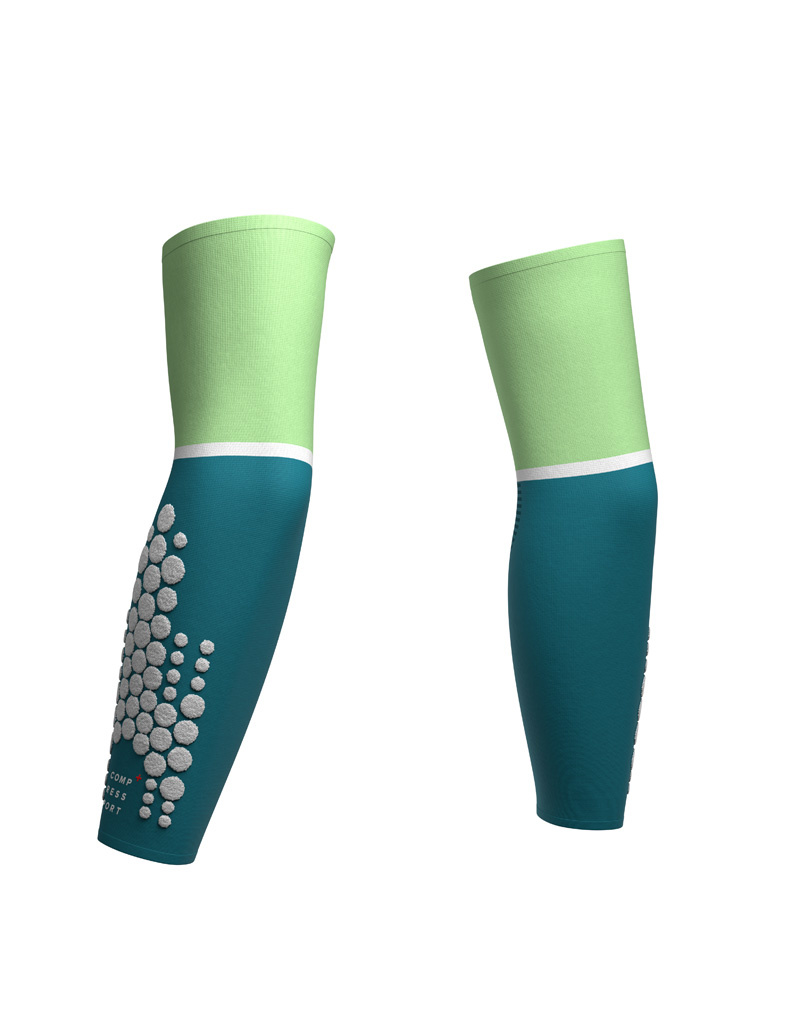


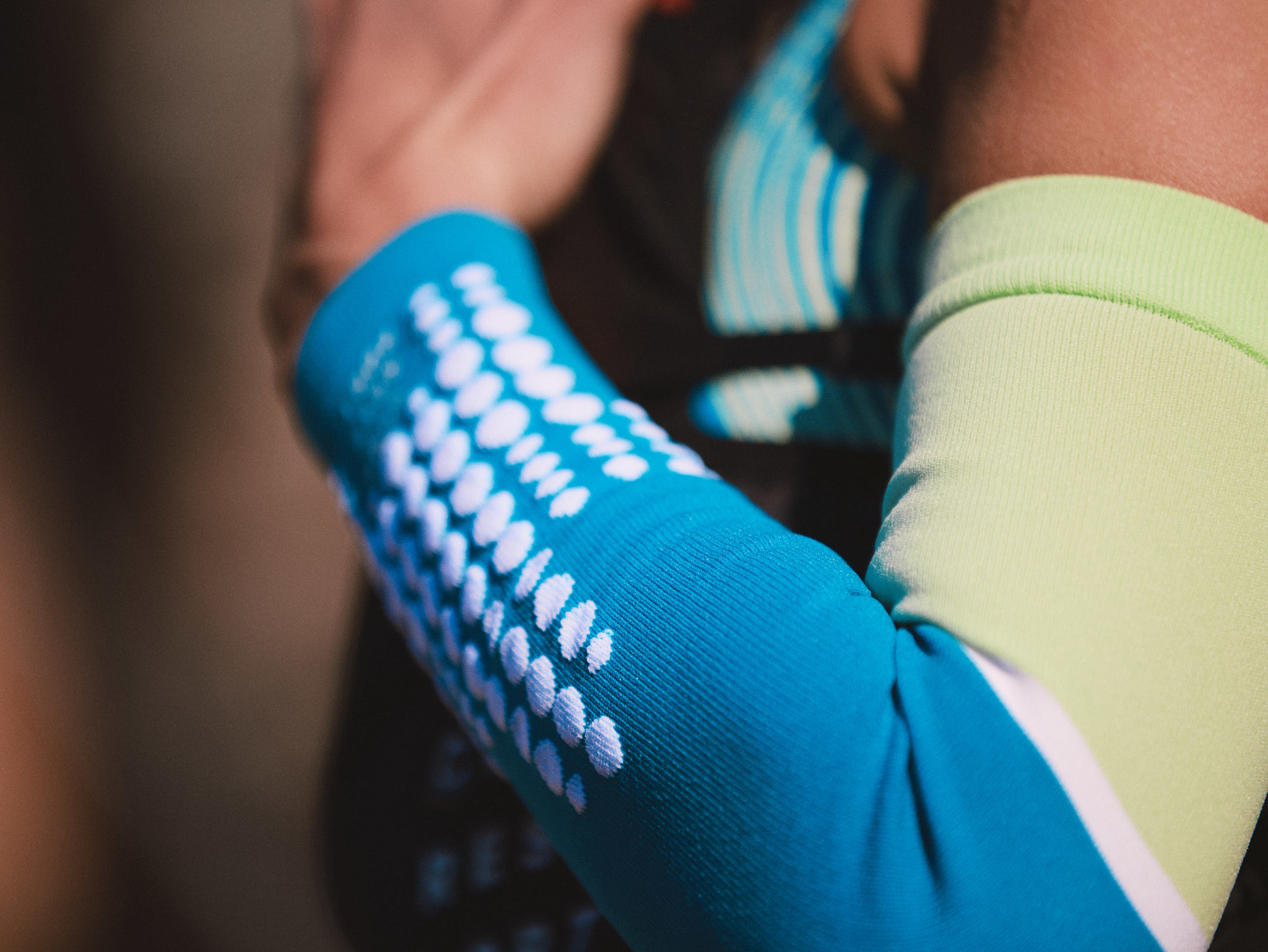
Compressport Armforce Ultralight Enamel
€18.00
Select options -
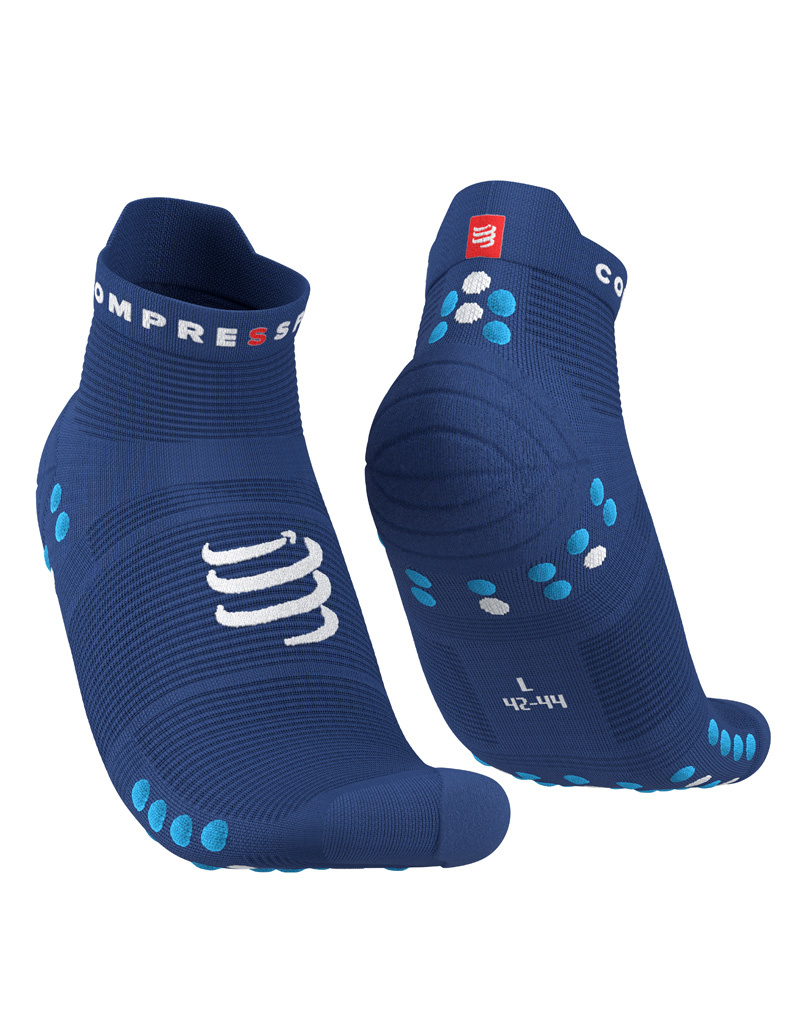
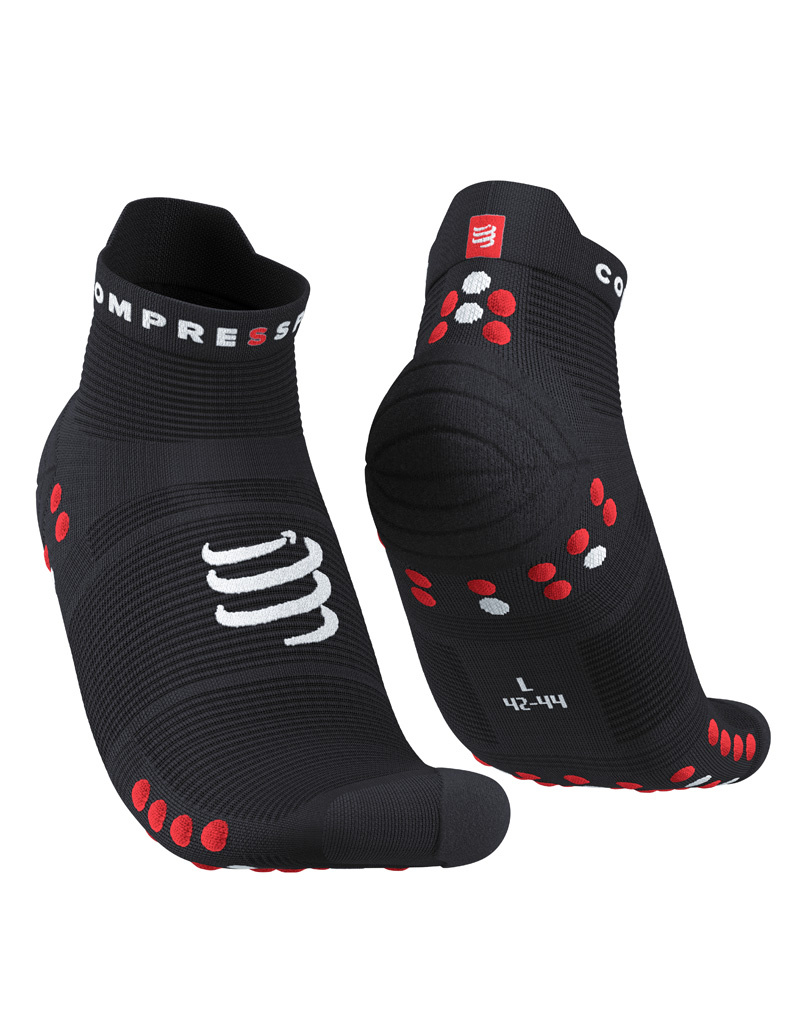

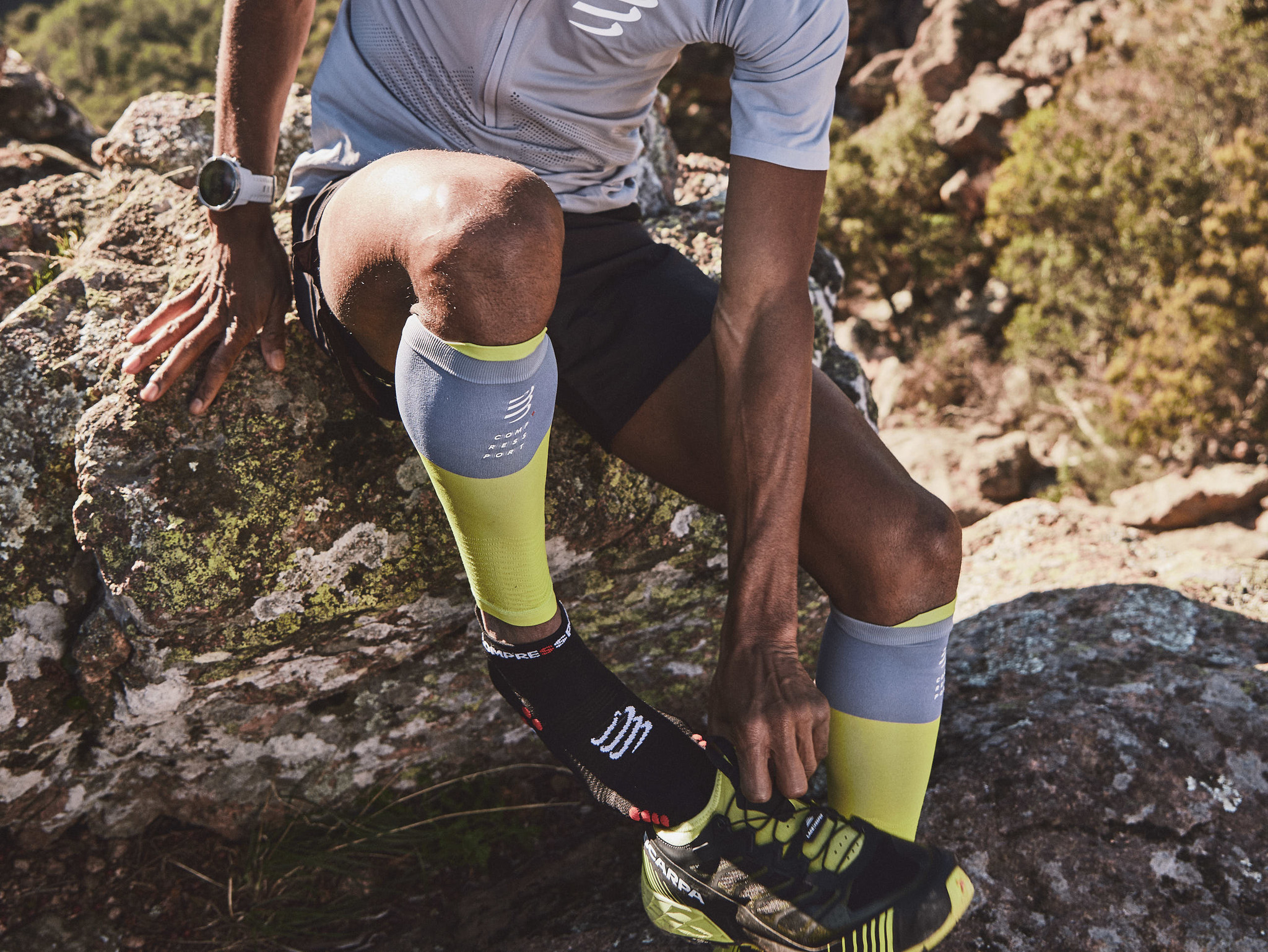

Compressport Pro Racing Socks v4.0 Run Low
€18.00
Select options -
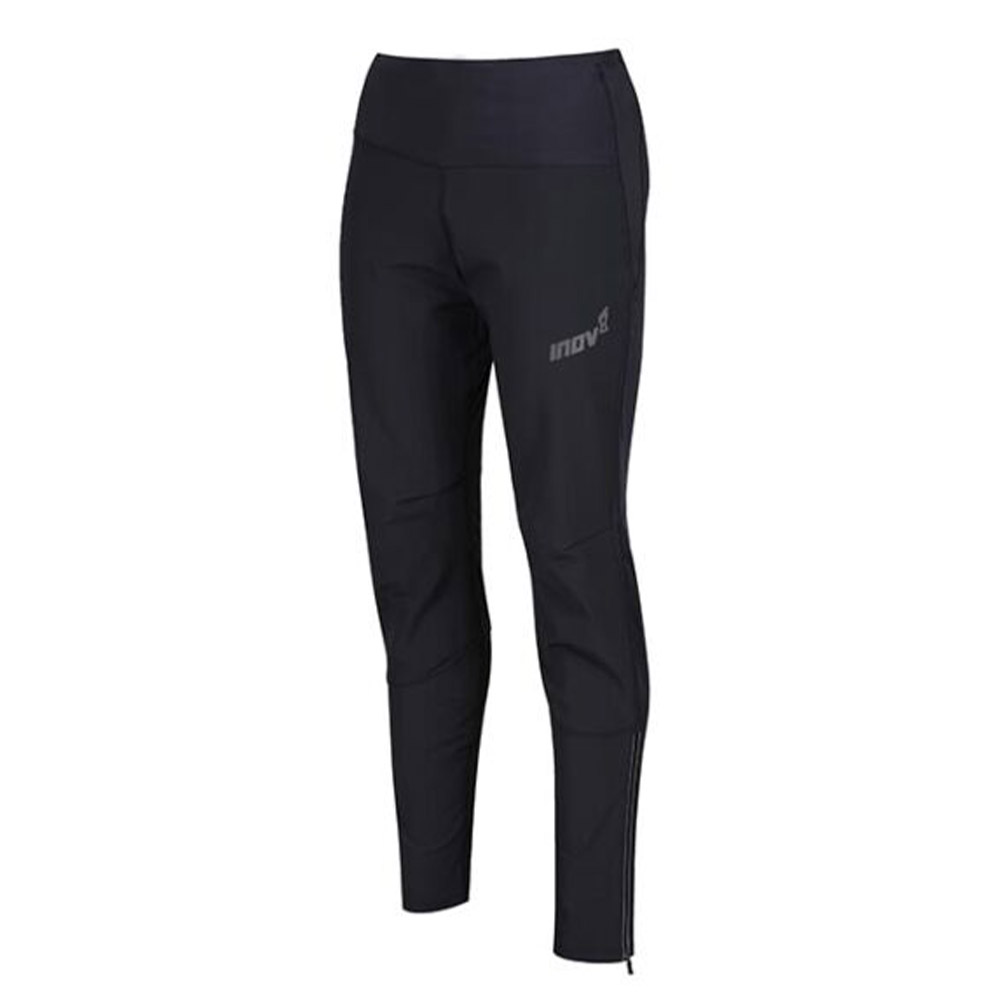
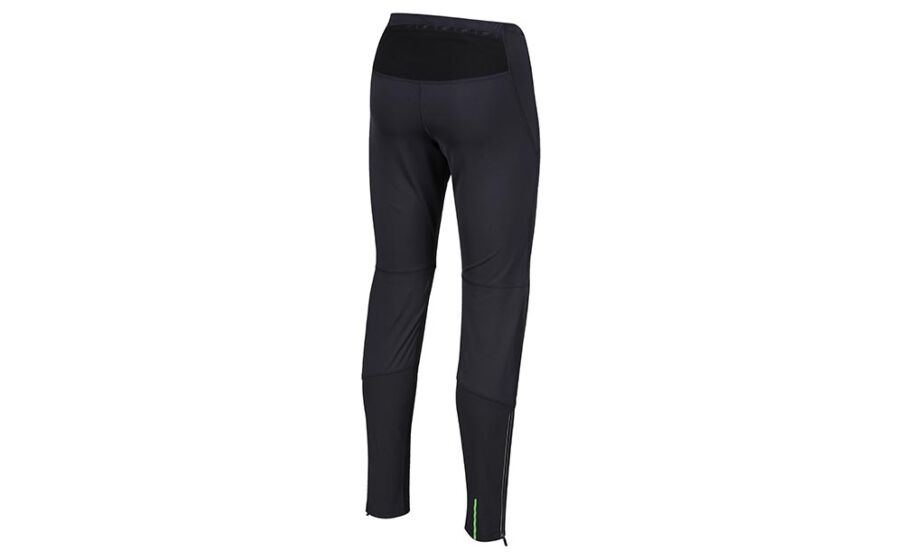

Inov8 Winter Tight Black Women
€135.00
Select options -
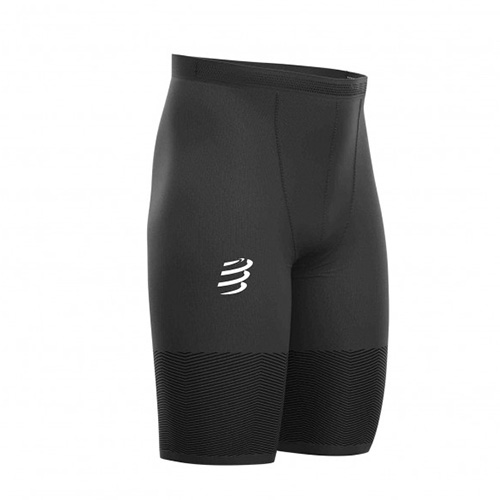
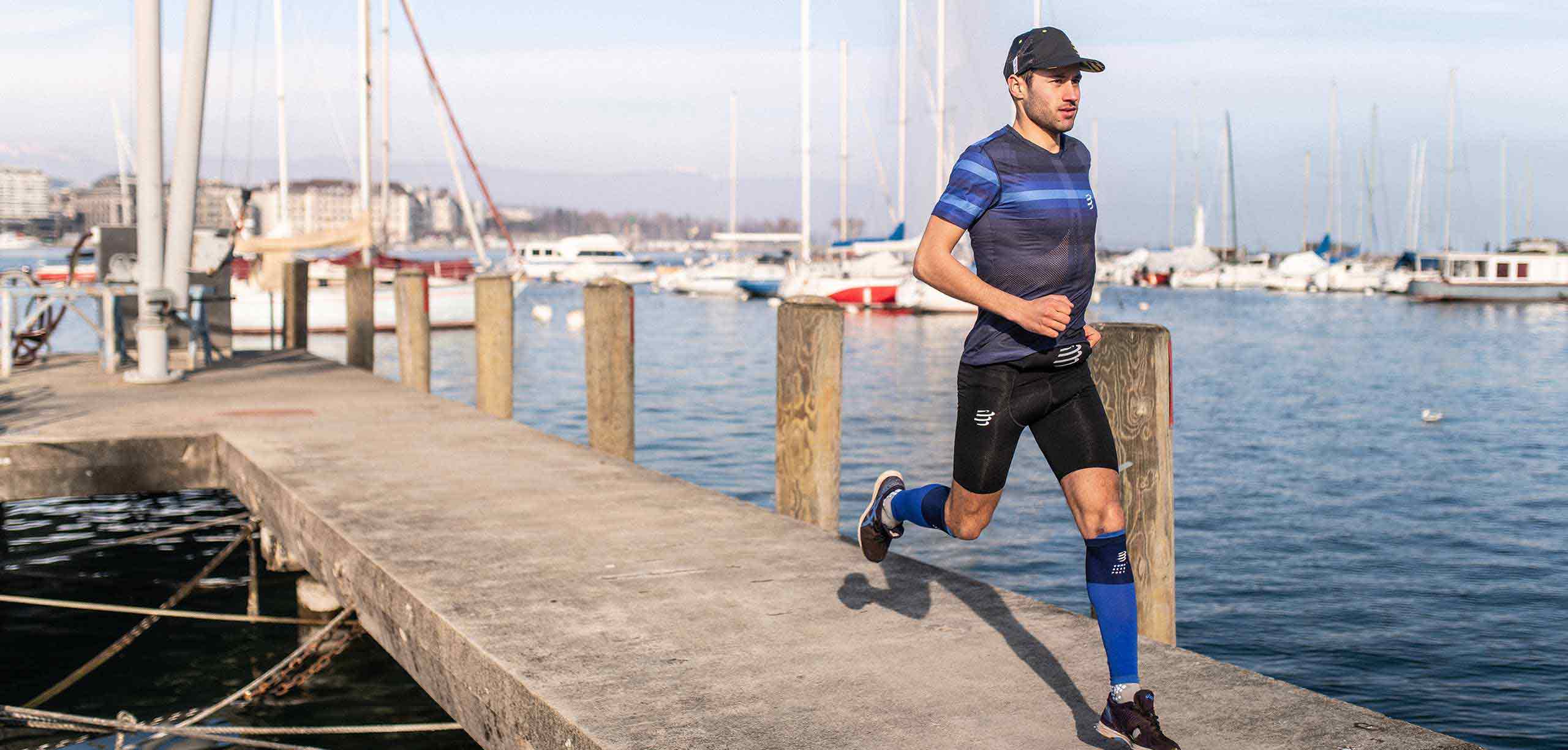

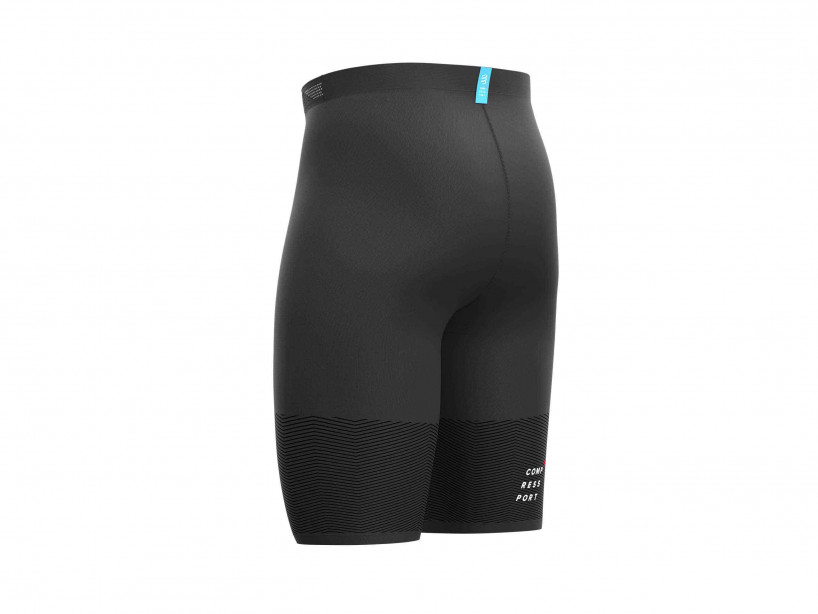
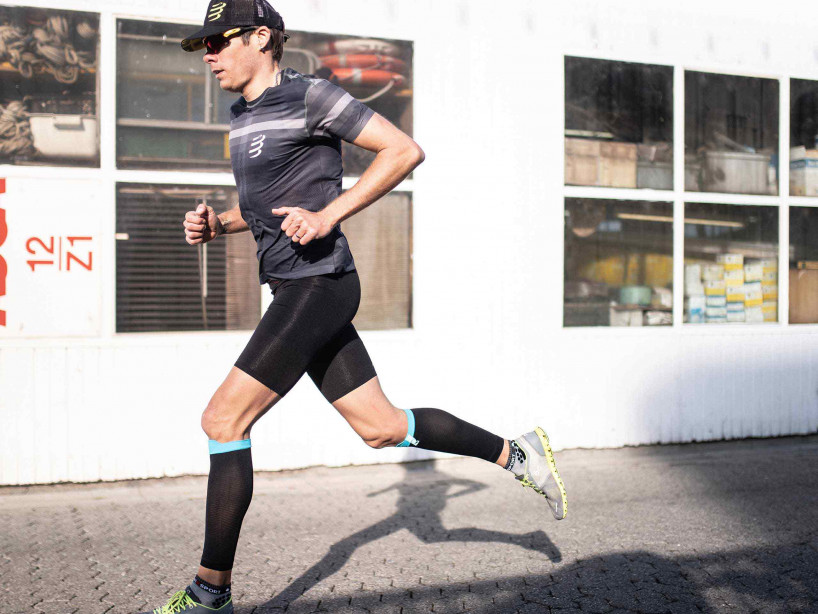
Compressport Run Under Control Short Black
€85.00
Select options -
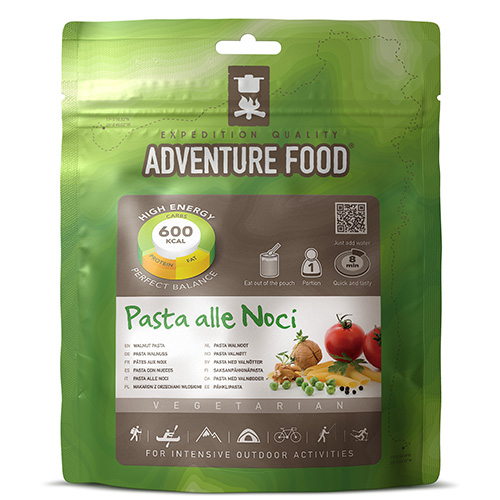


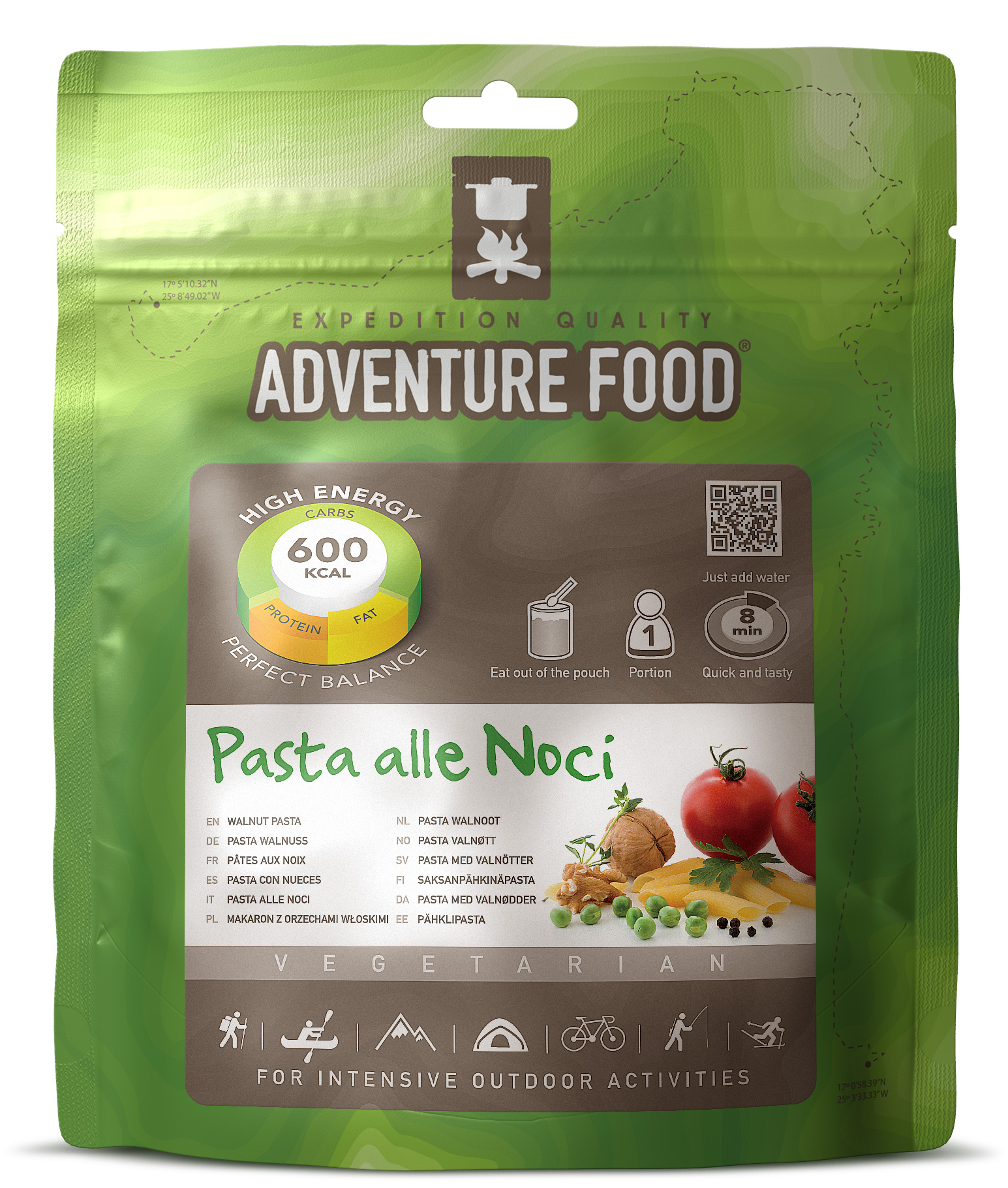
Adventure Food Pasta alle Noci
€5.95
Add to cart -
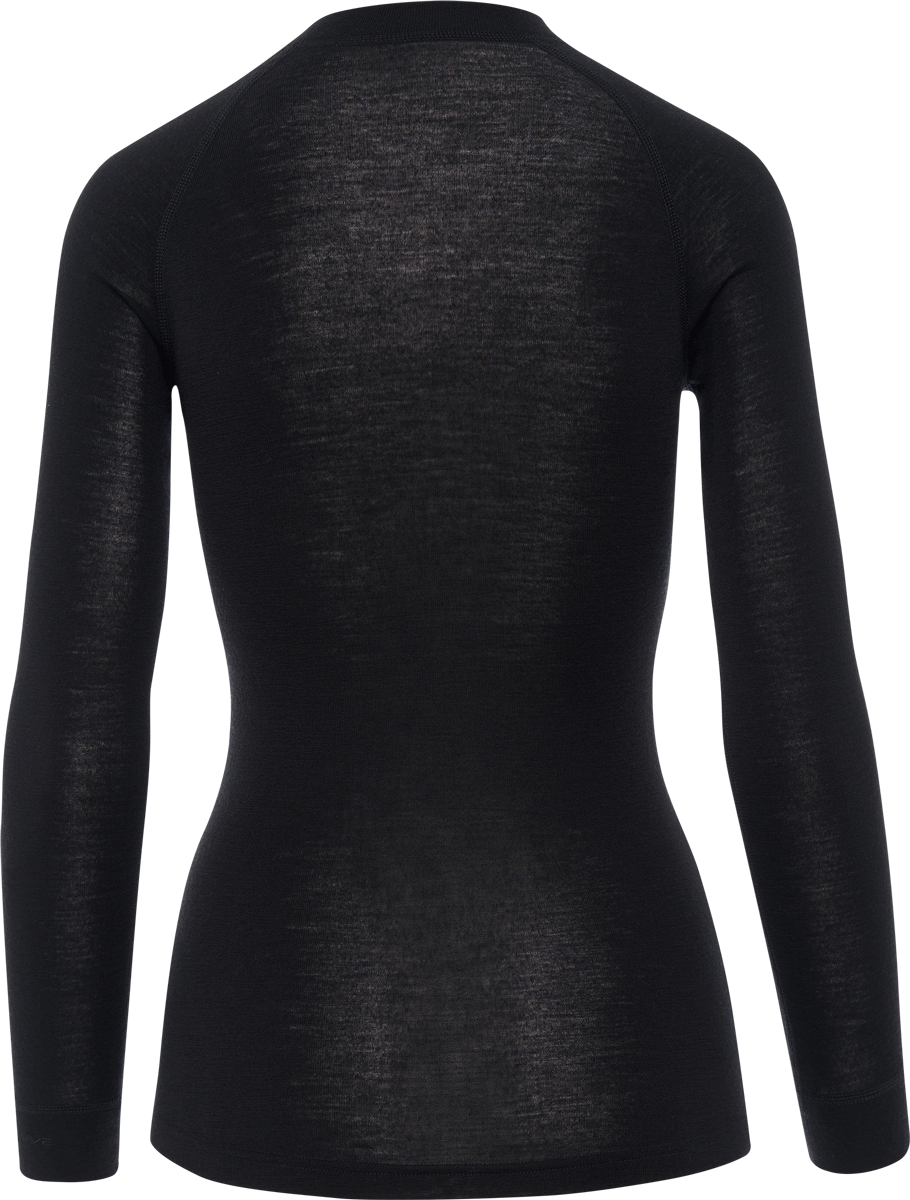
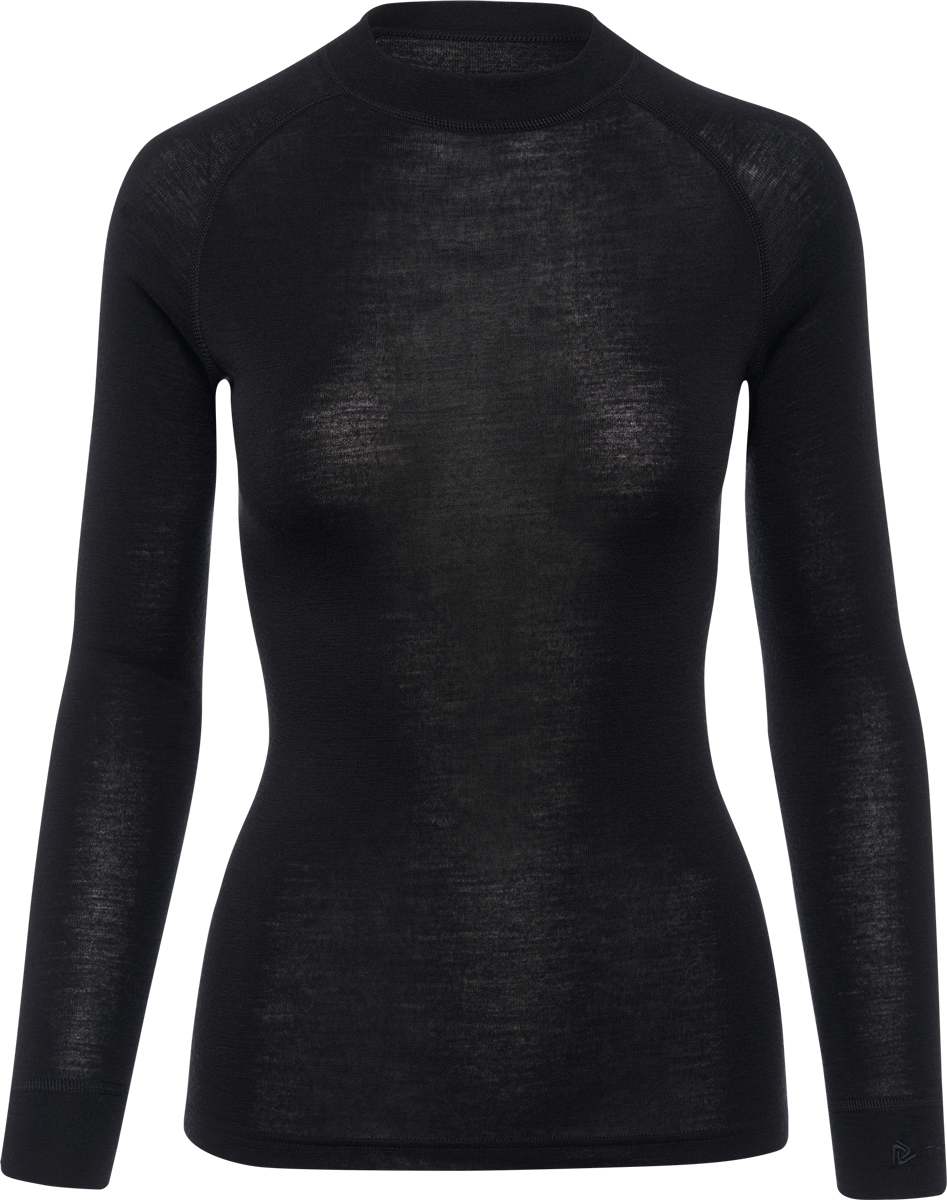

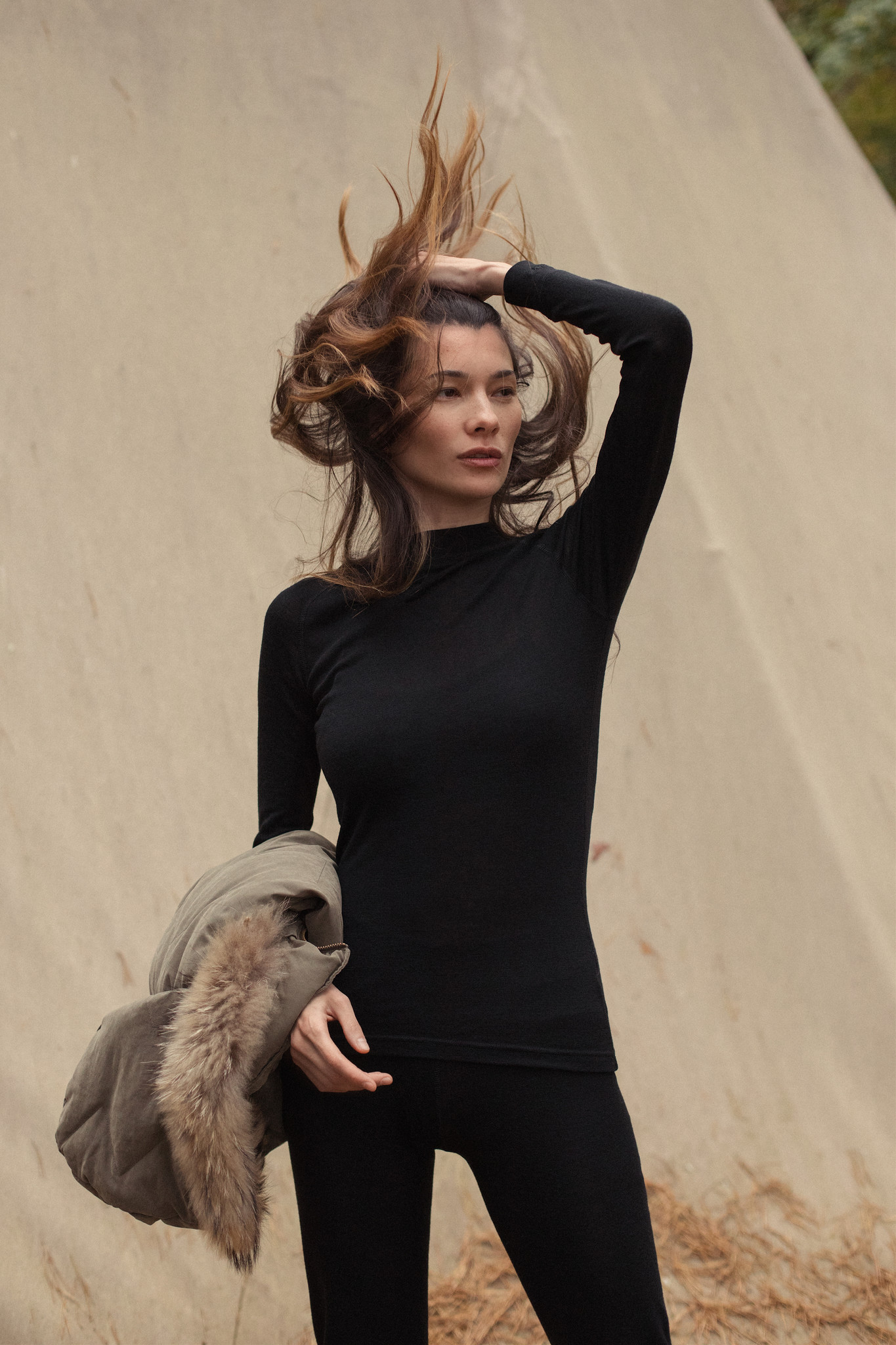
Thermowave Merino warm long sleeve shirt Women Black
€65.00
Select options -
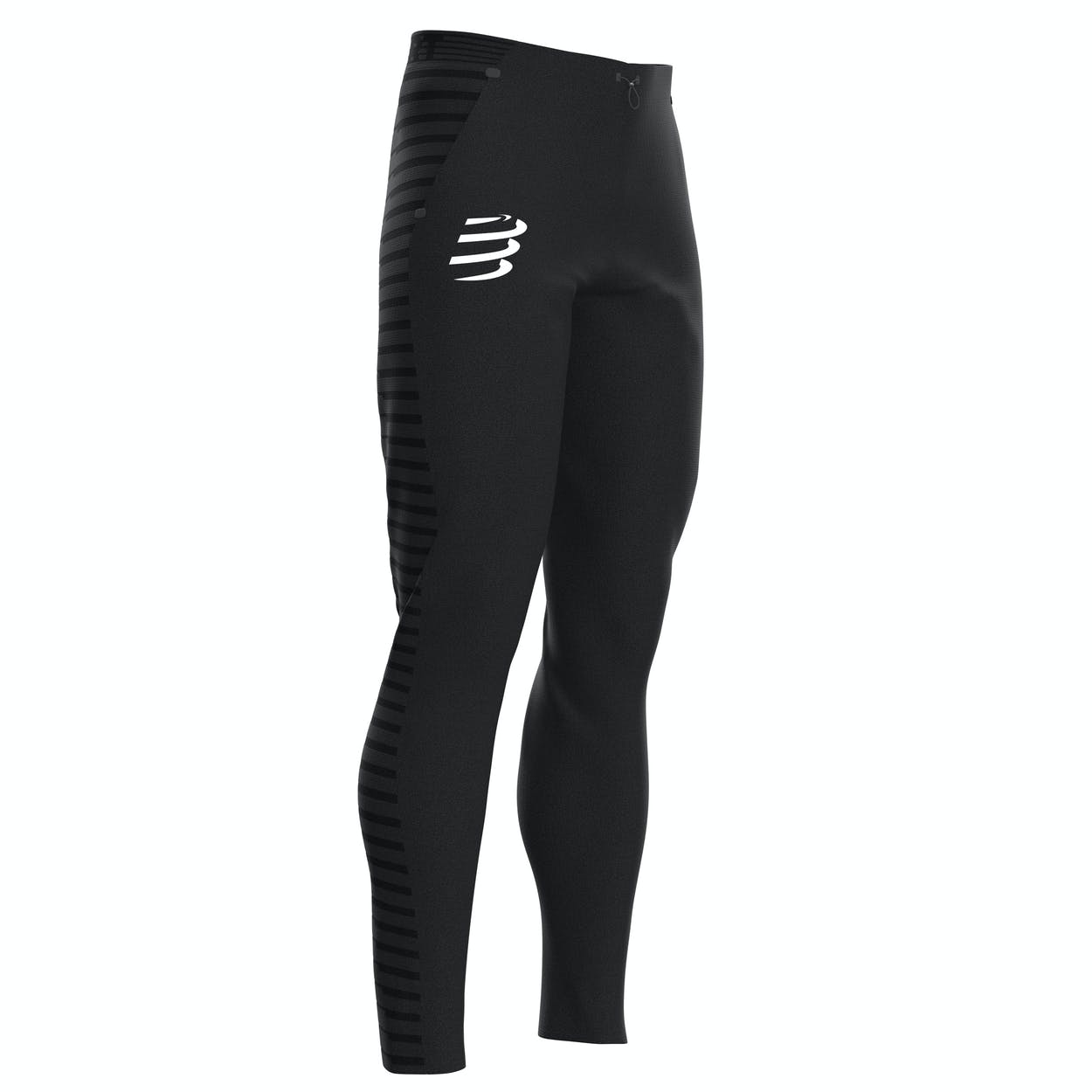
Compressport Seamless Pants Men
€85.00
Select options -
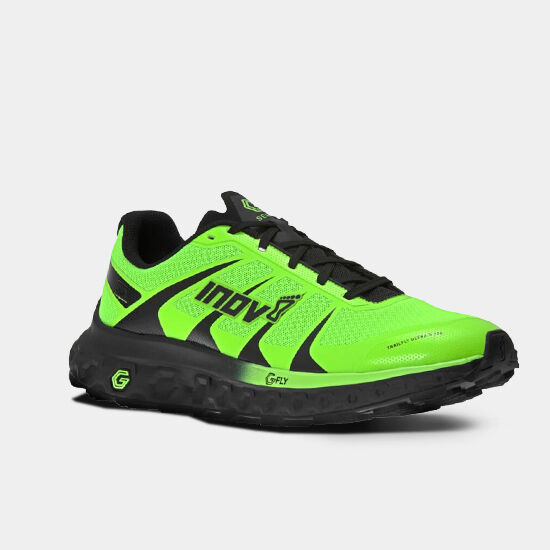
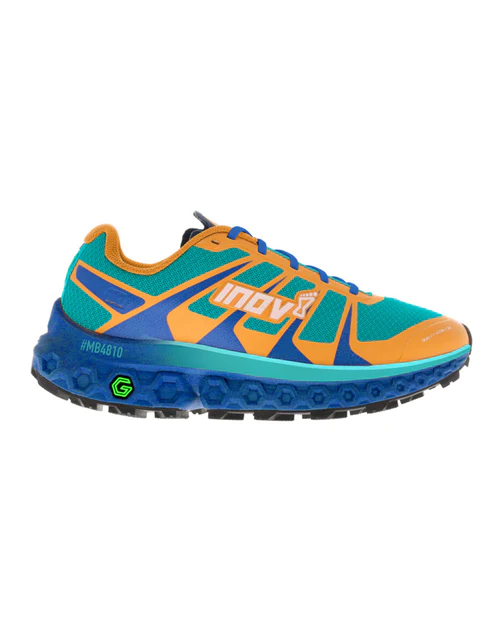

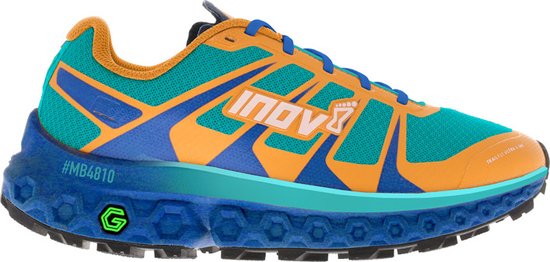
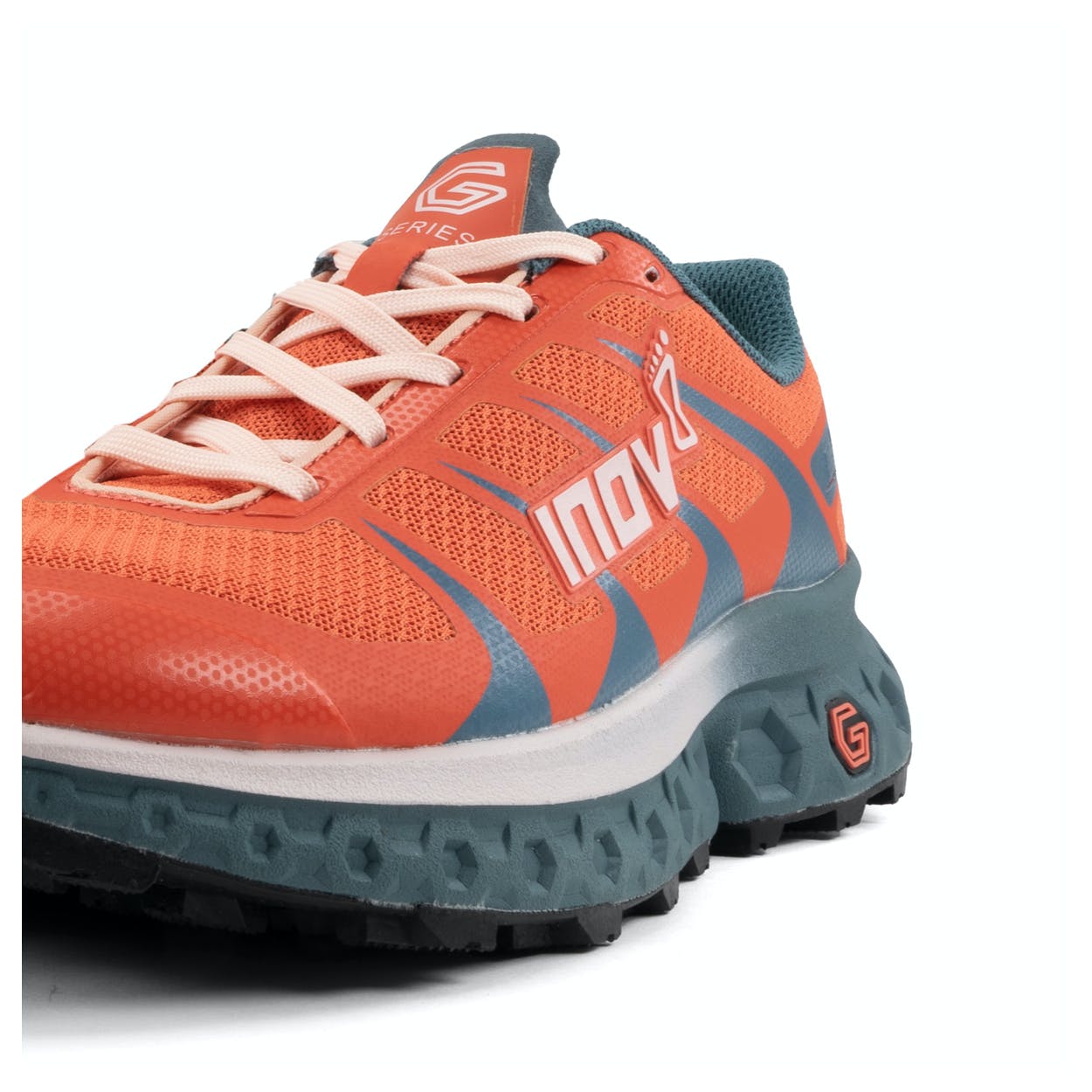
Inov8 Trailfly Ultra G 300 Max Women
€195.00 – €200.00
Select options -

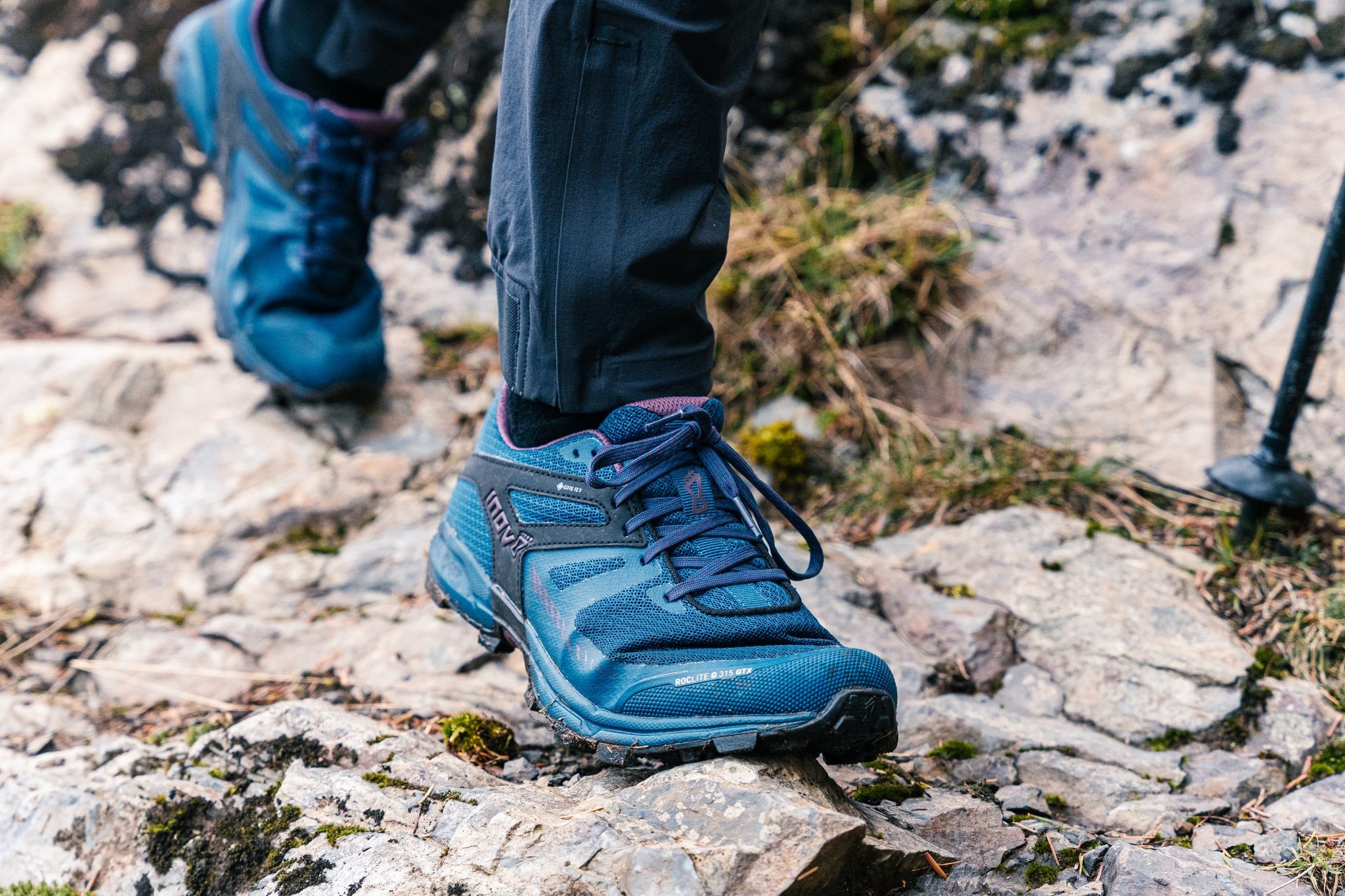

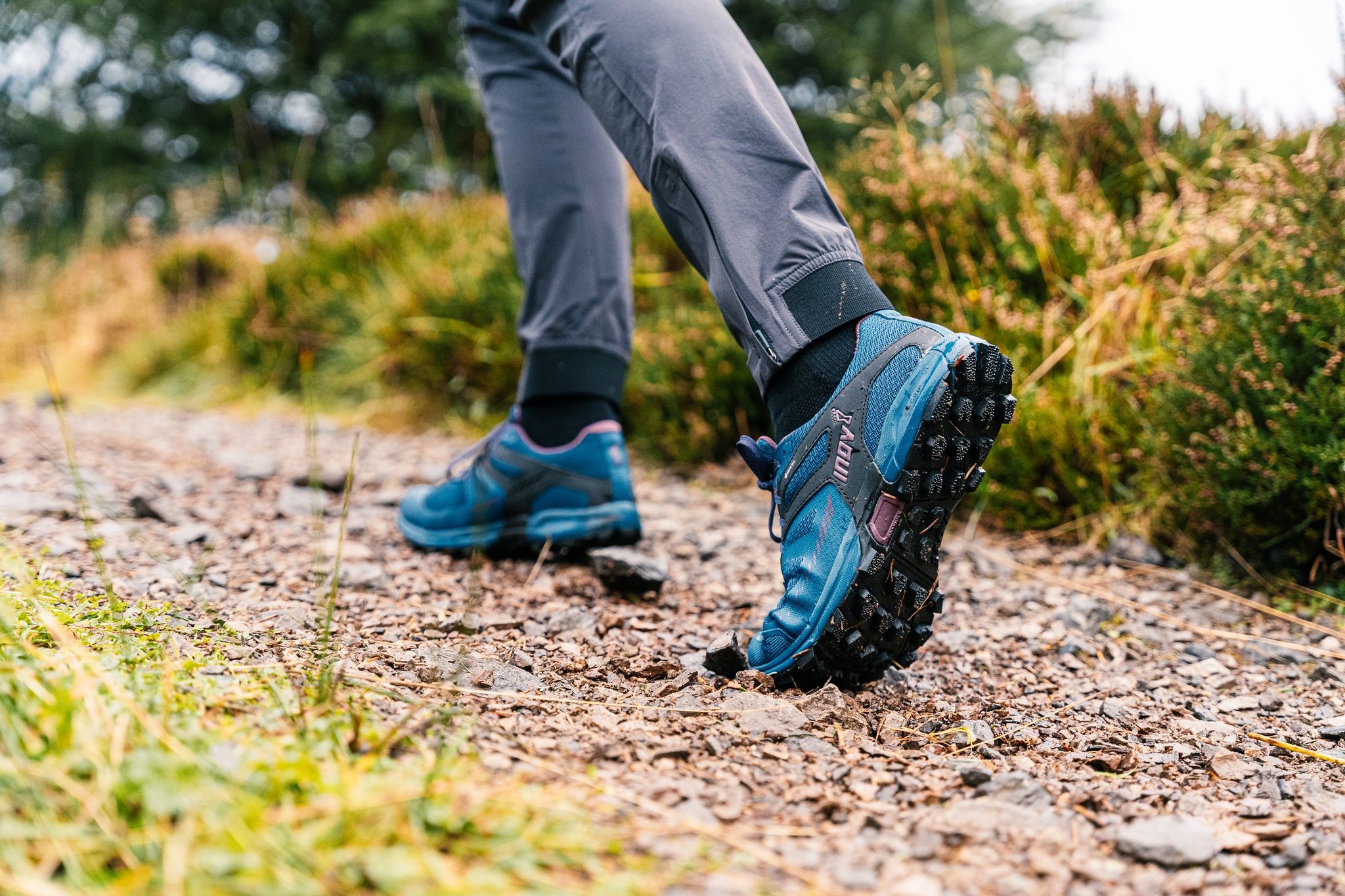
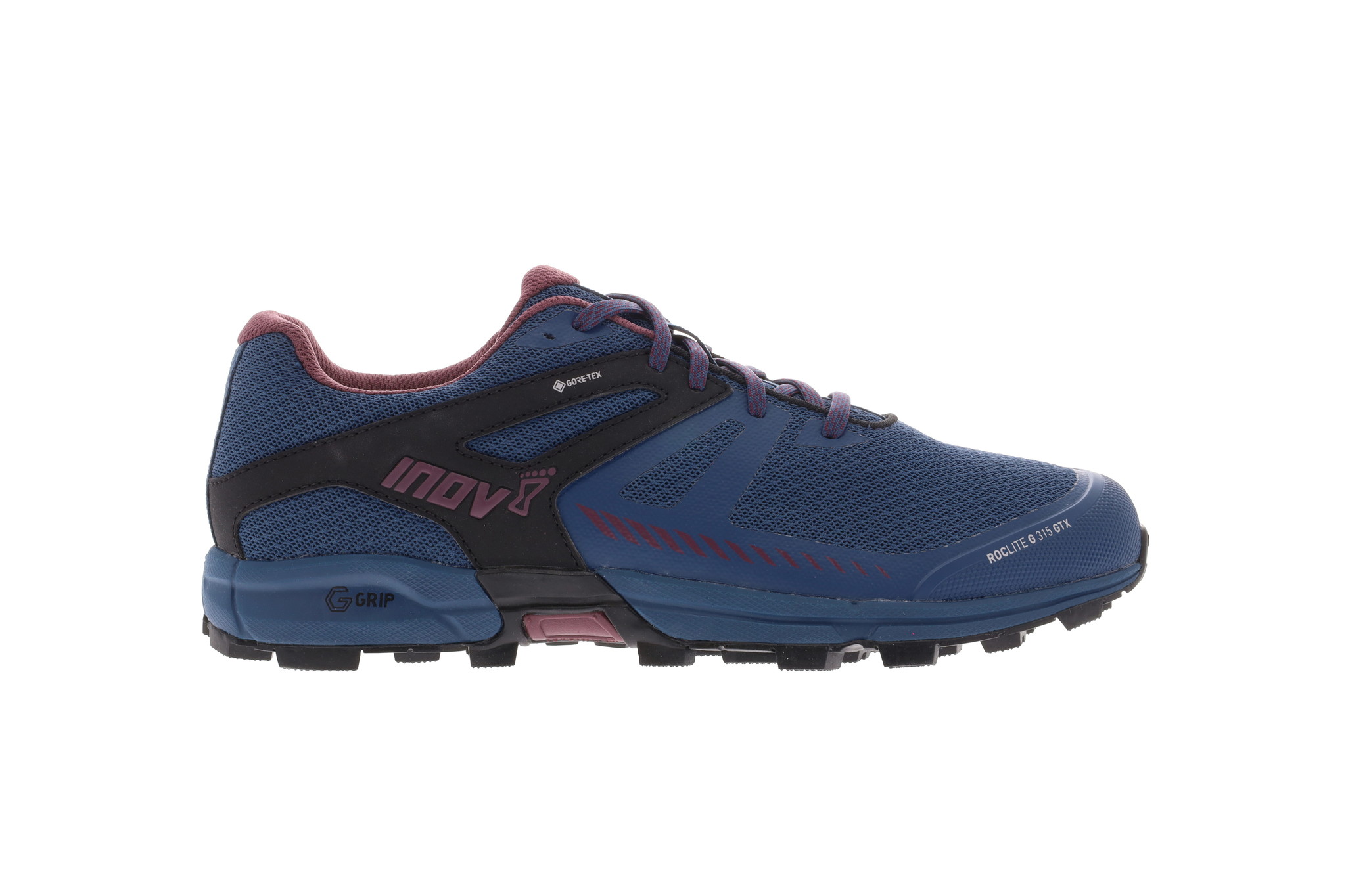
Inov8 Roclite G315 GTX V2 Navy/Purple Women
€175.00
Select options -
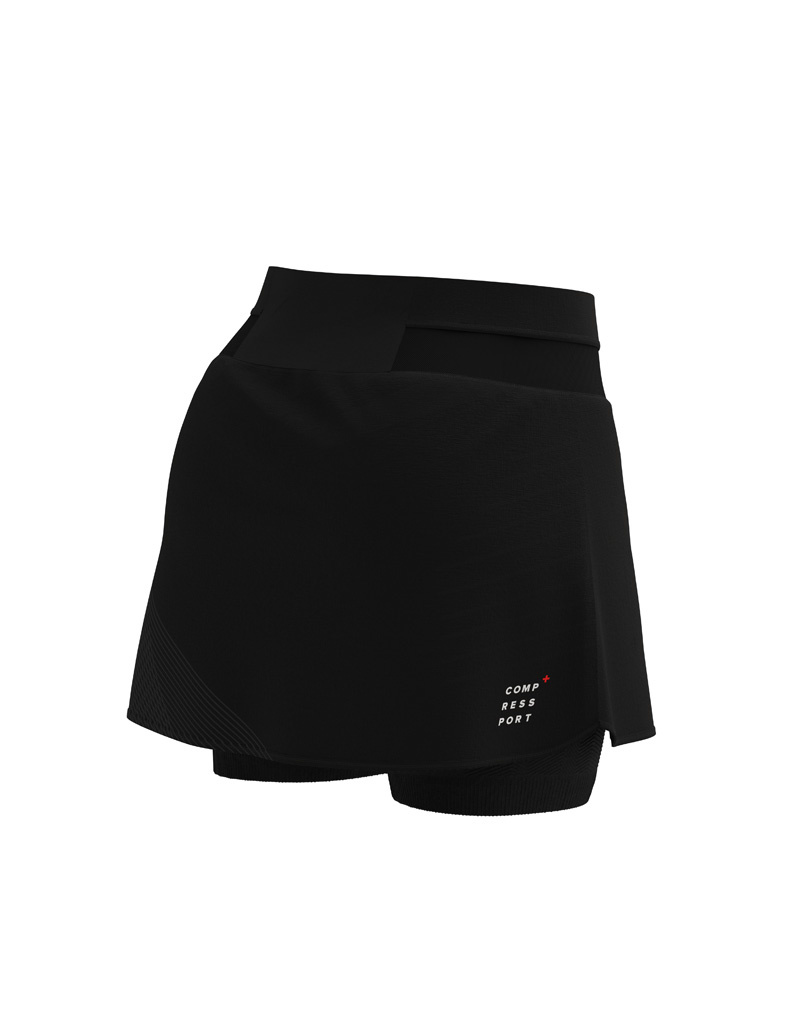
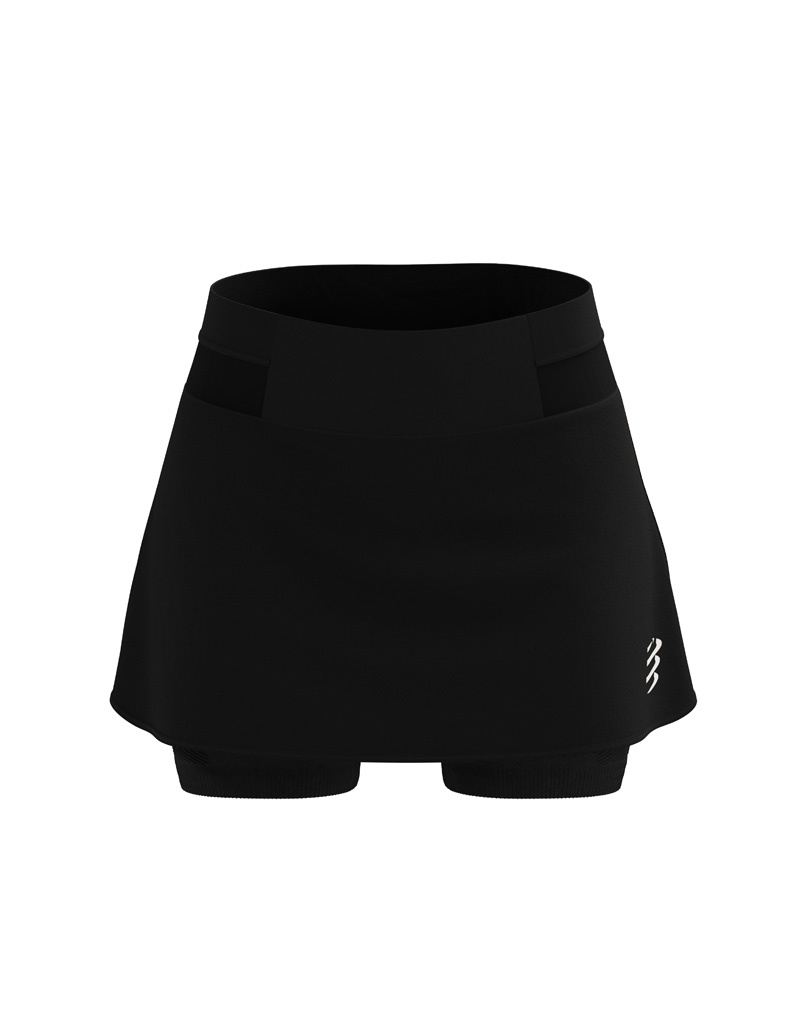


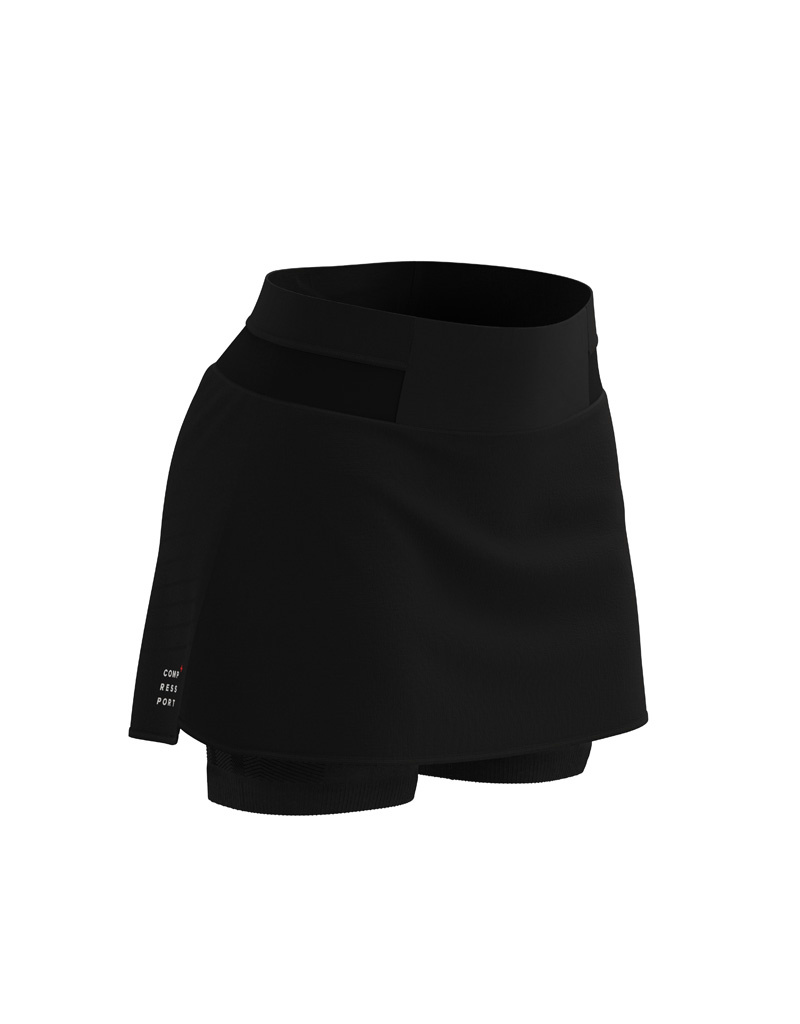
Compressport Performance Skirt Black Women
€80.00
Select options -
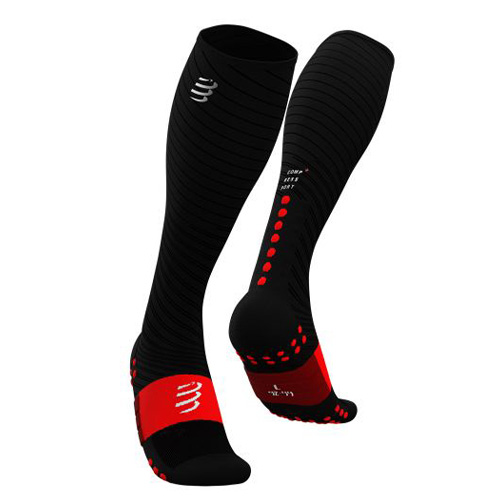



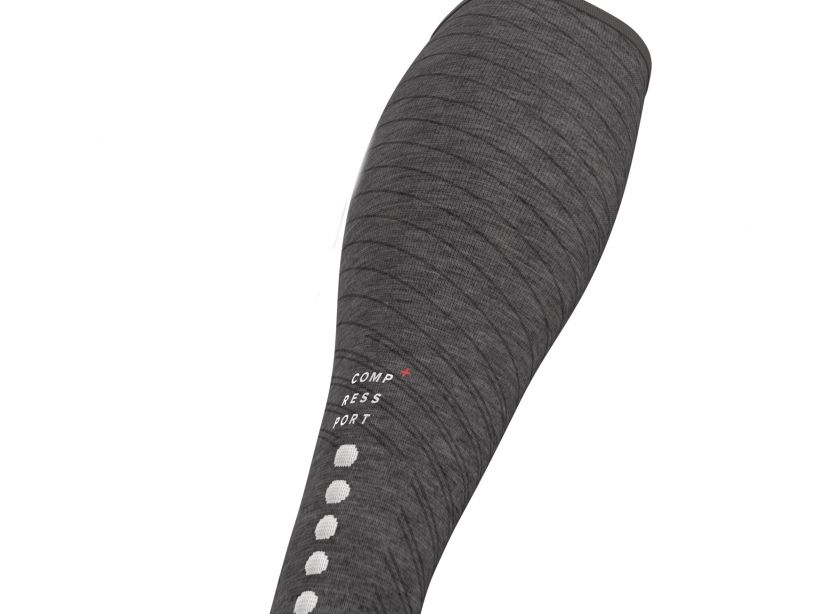
Compressport Full Socks Recovery
€40.00
Select options -
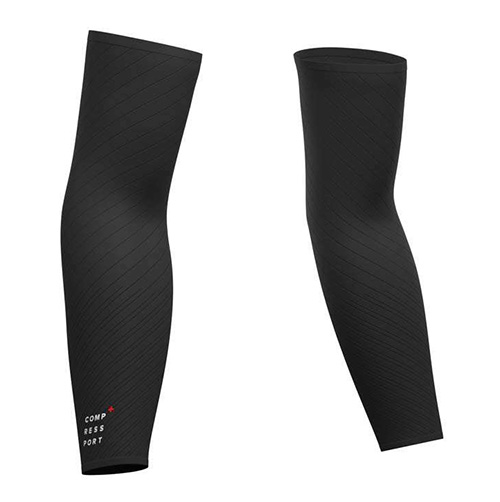
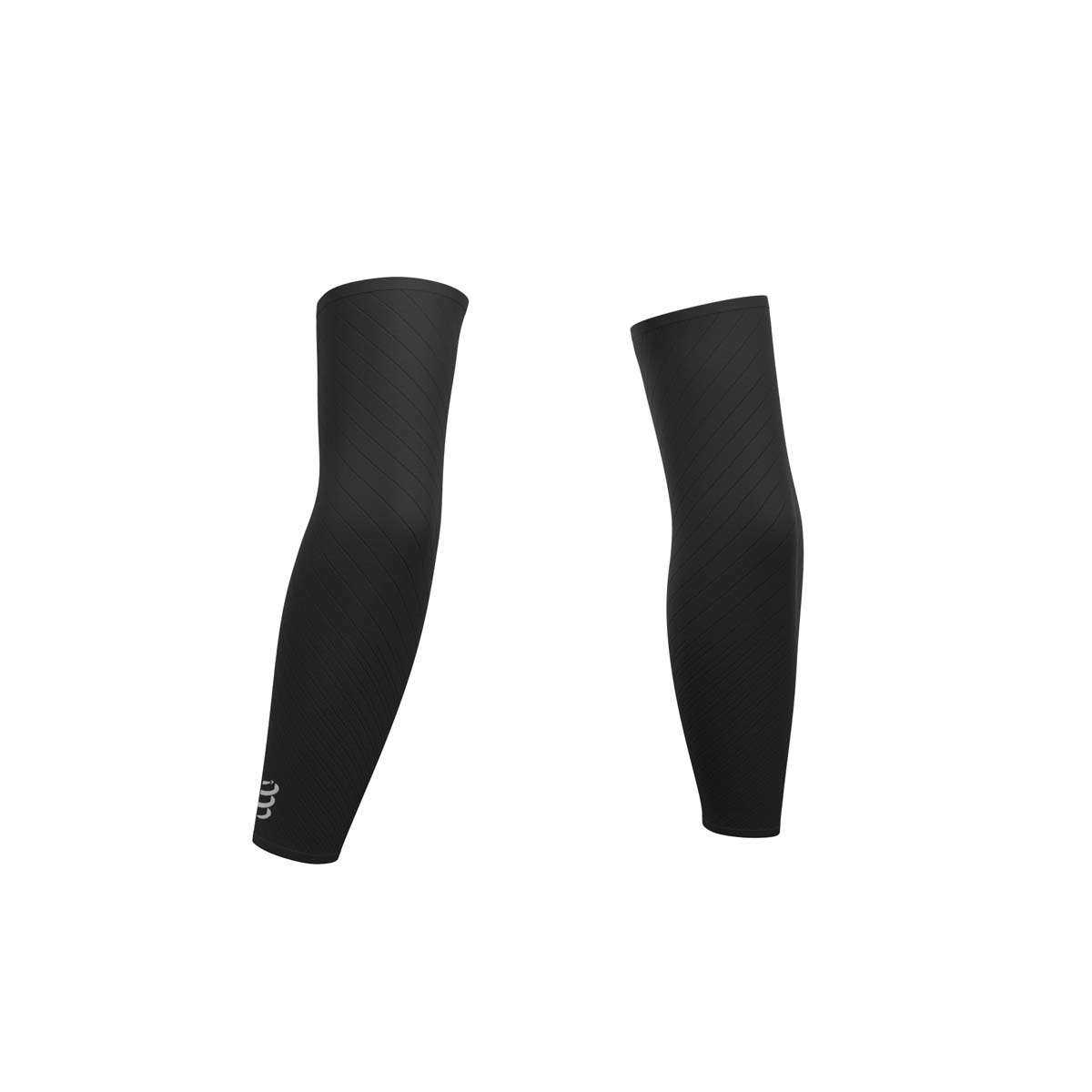

Compressport Under Control Arm sleeves
€45.00
Select options -
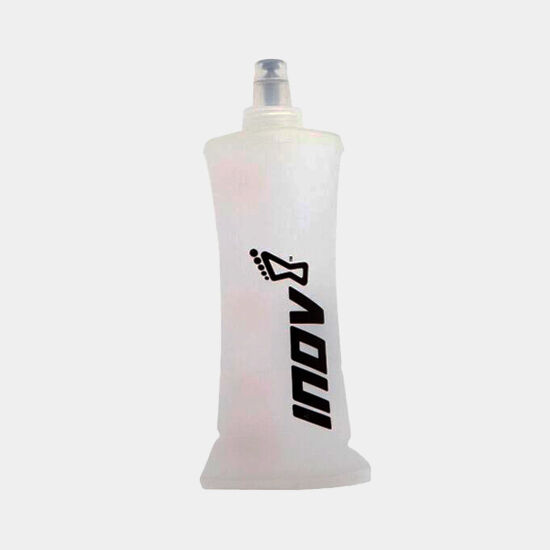
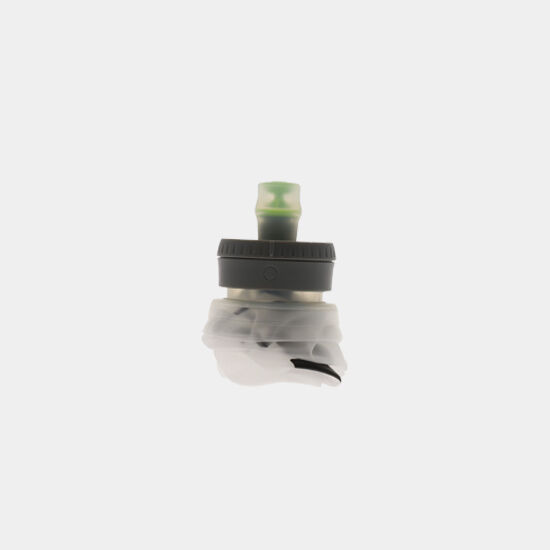

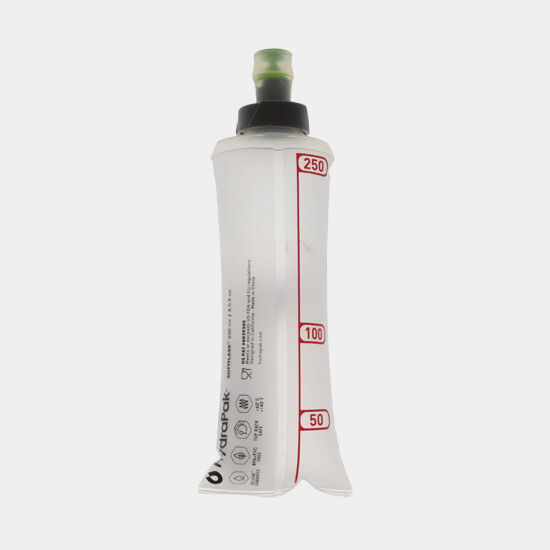
Inov8 Softflask 0.25 Liter Transparent
€15.00
Add to cart -

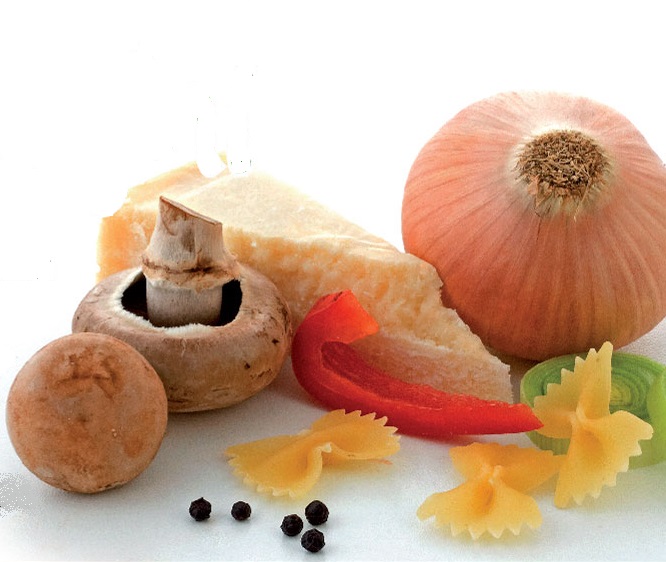

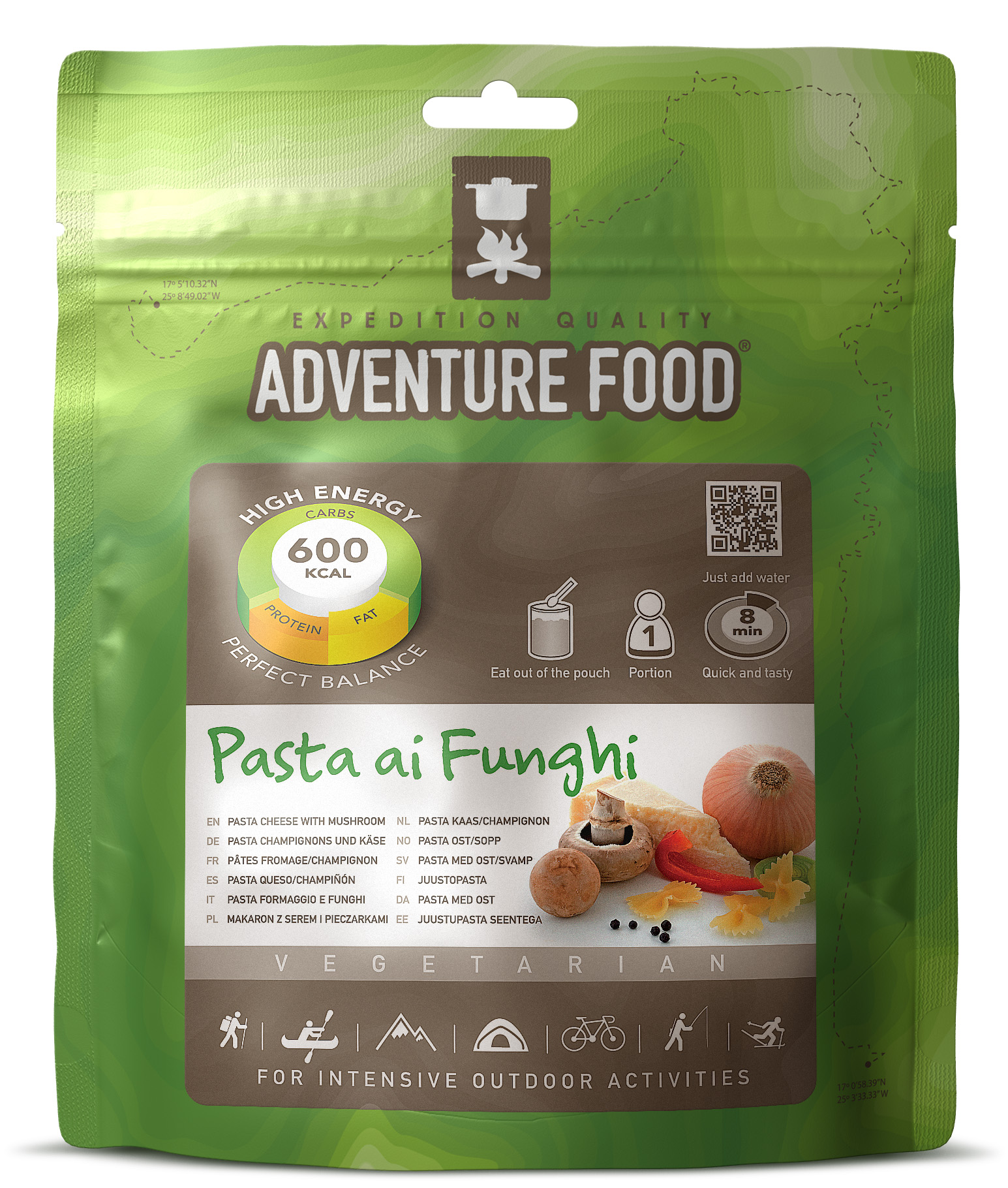
Adventure Food Pasta ai Funghi
€5.95
Add to cart -
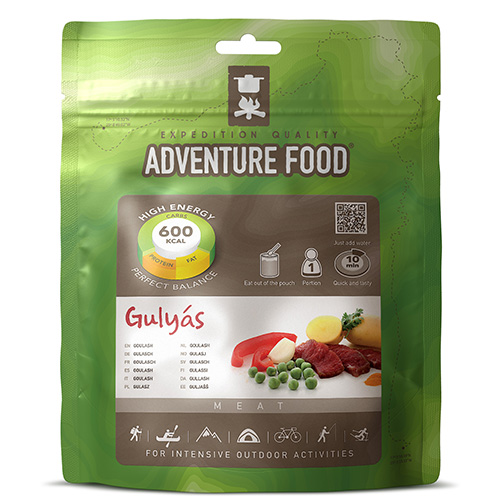
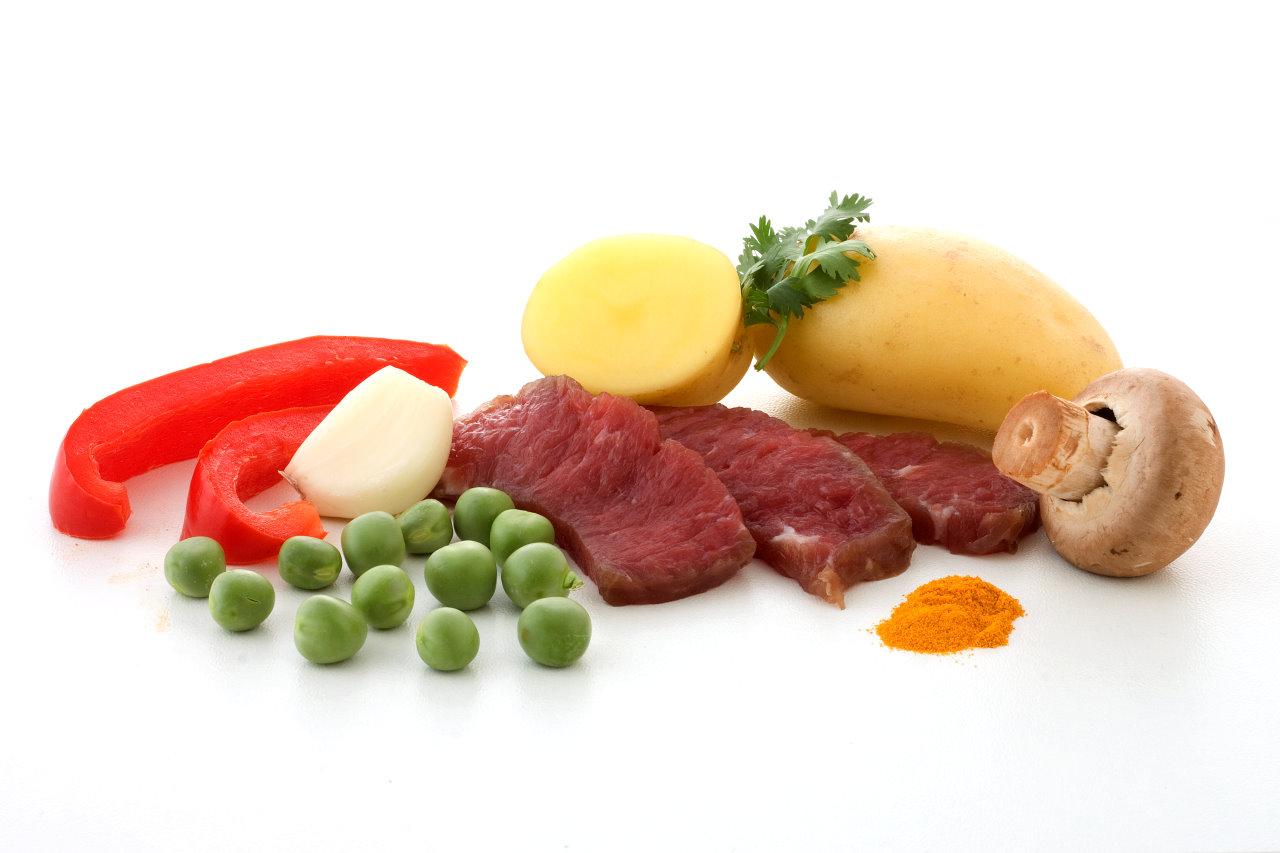

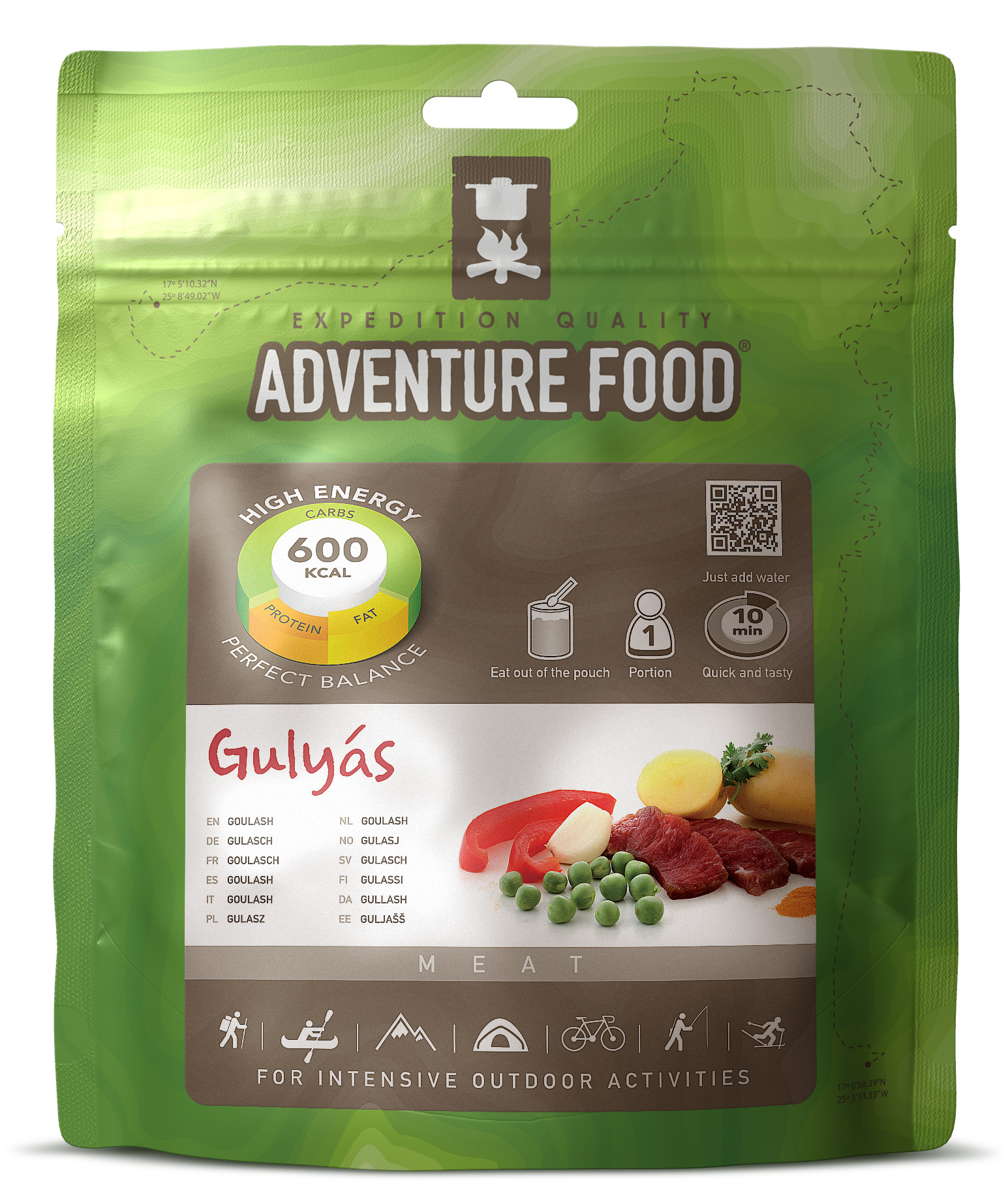
Adventure Food Gulyás
€5.95
Add to cart -
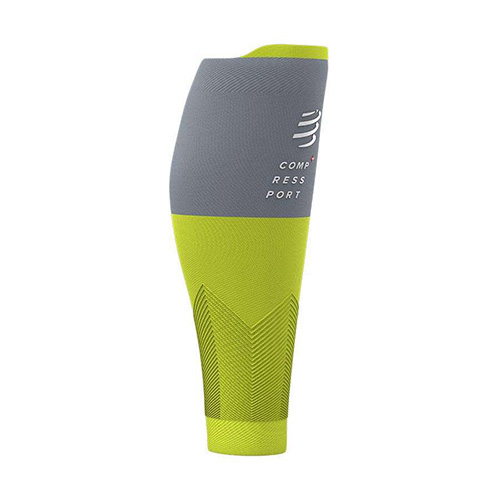
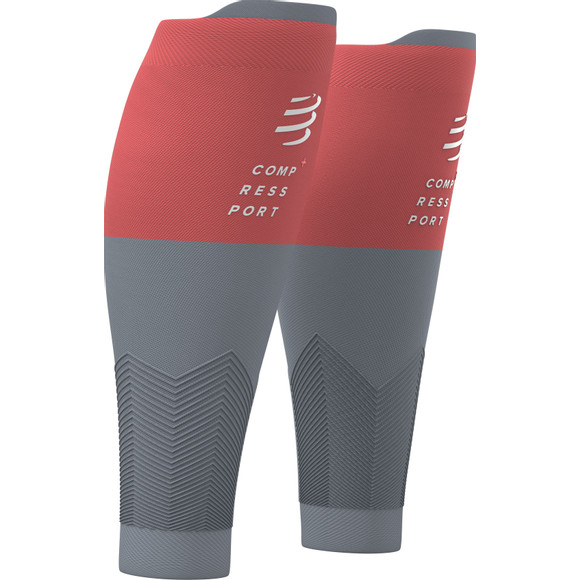

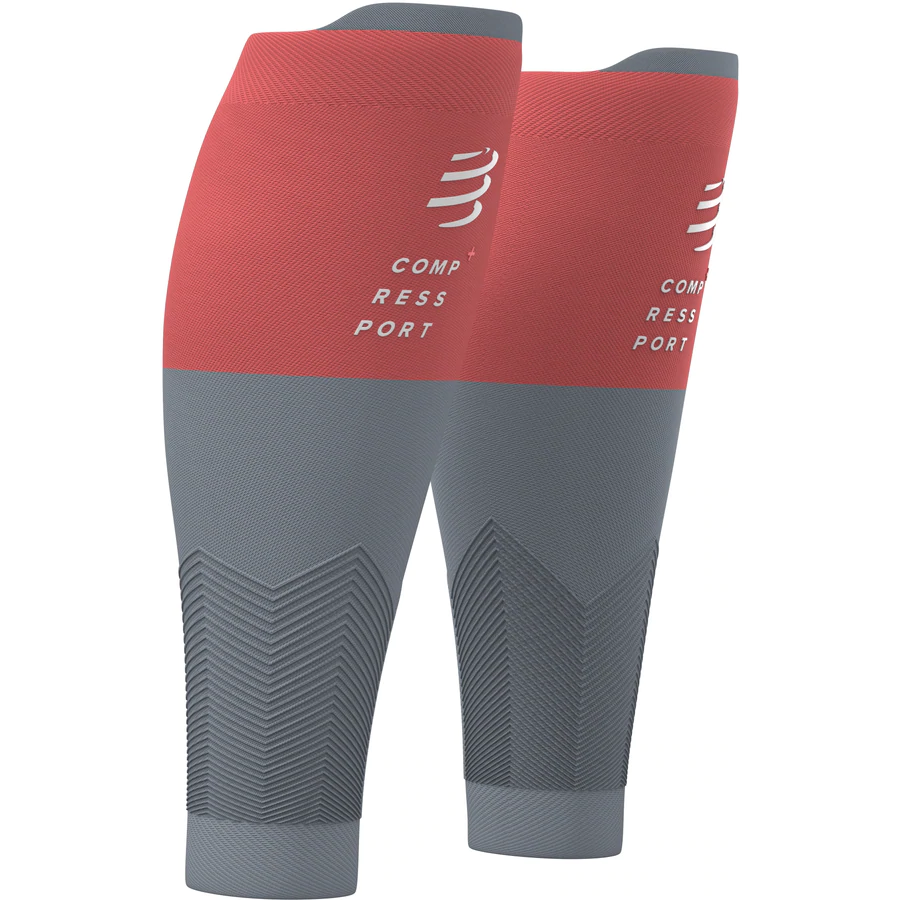
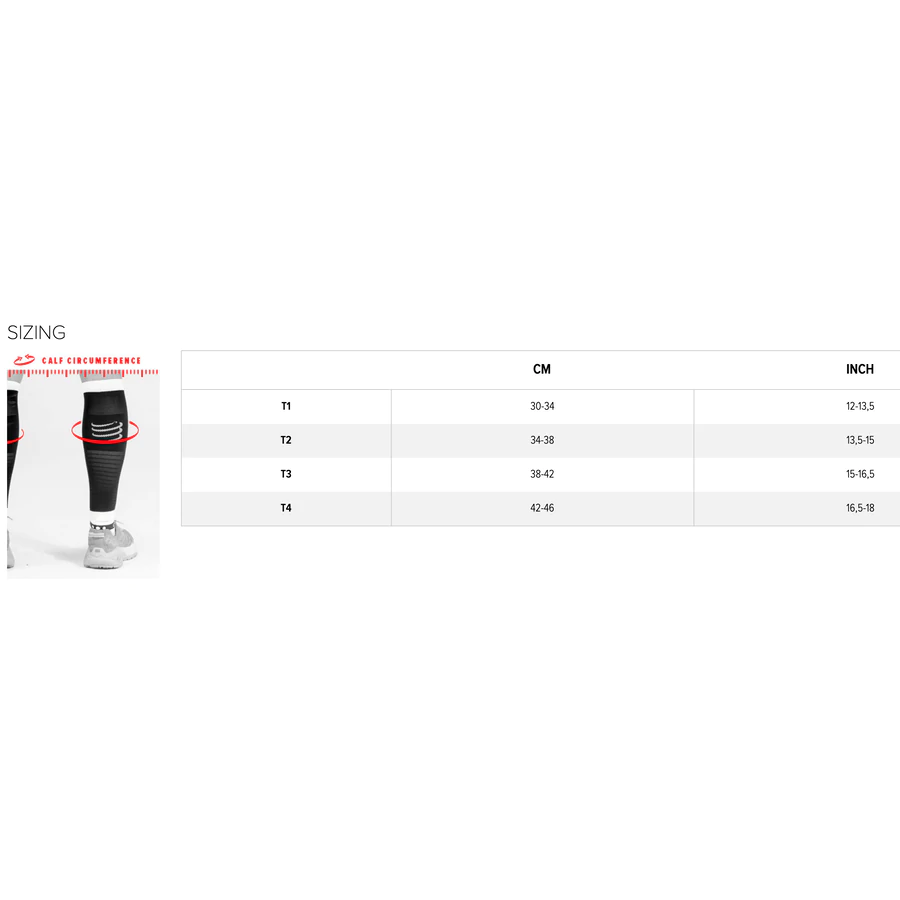
Compressport R2V2 Calf Sleeves
€35.00
Select options -
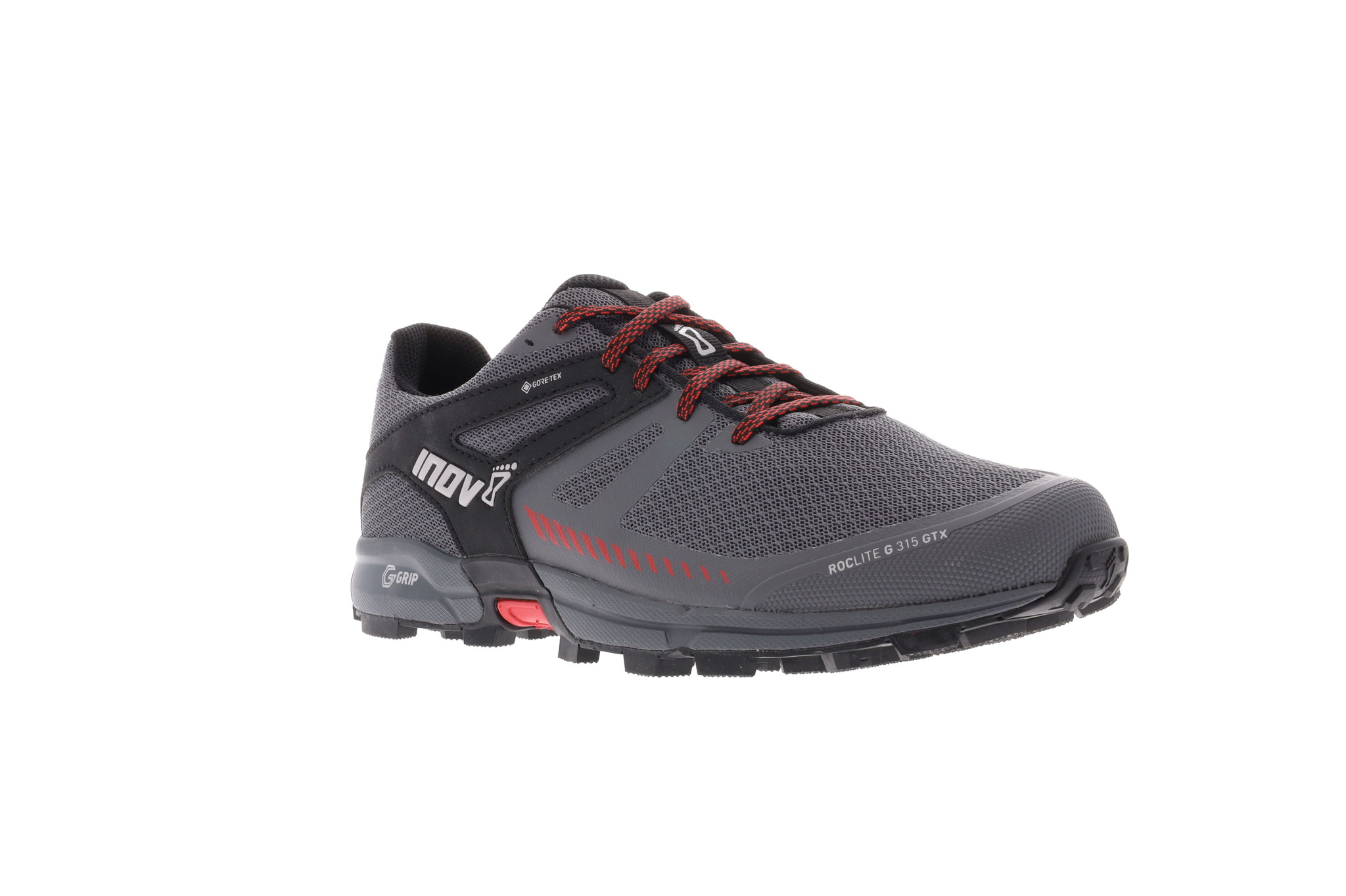
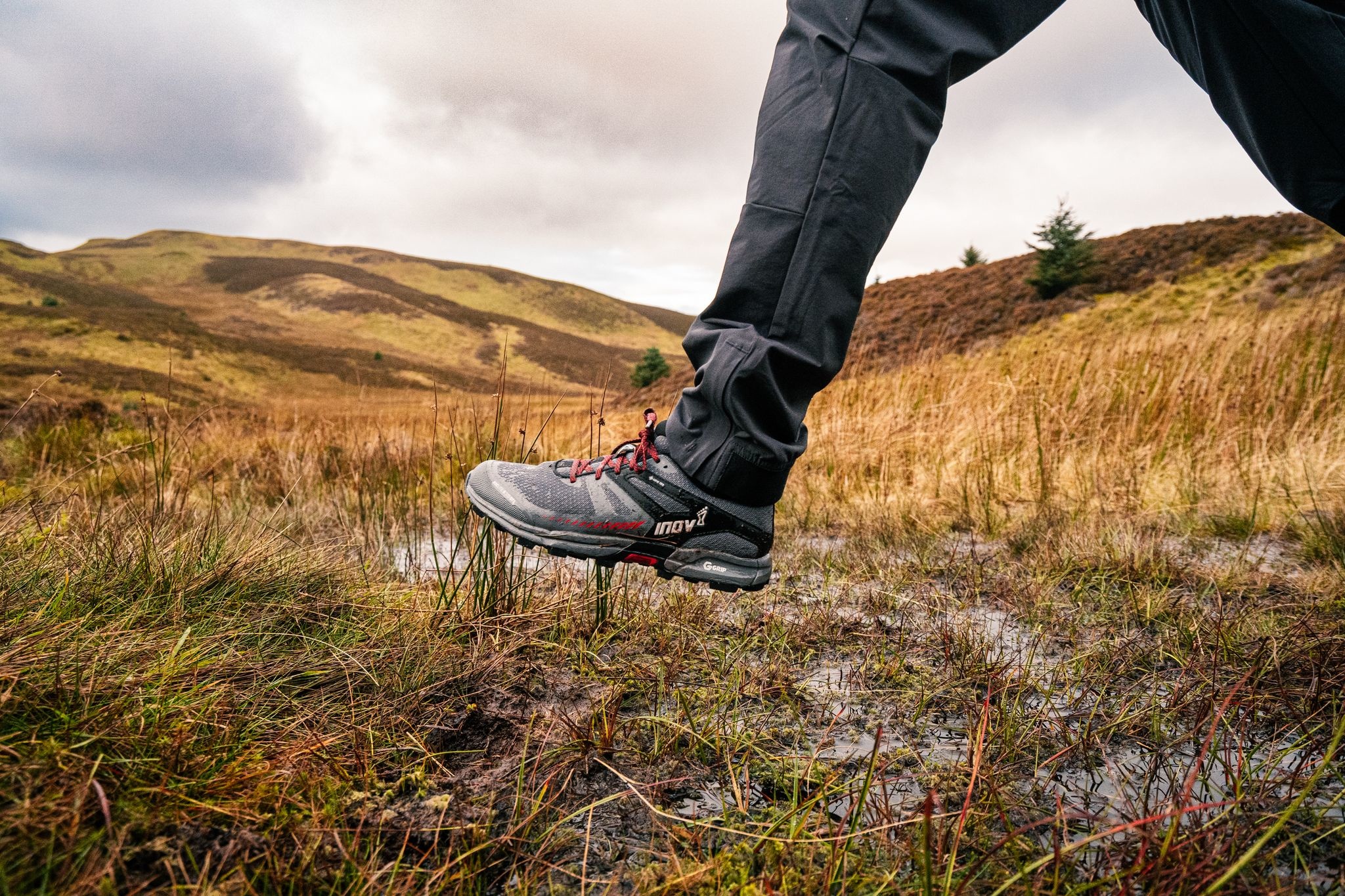

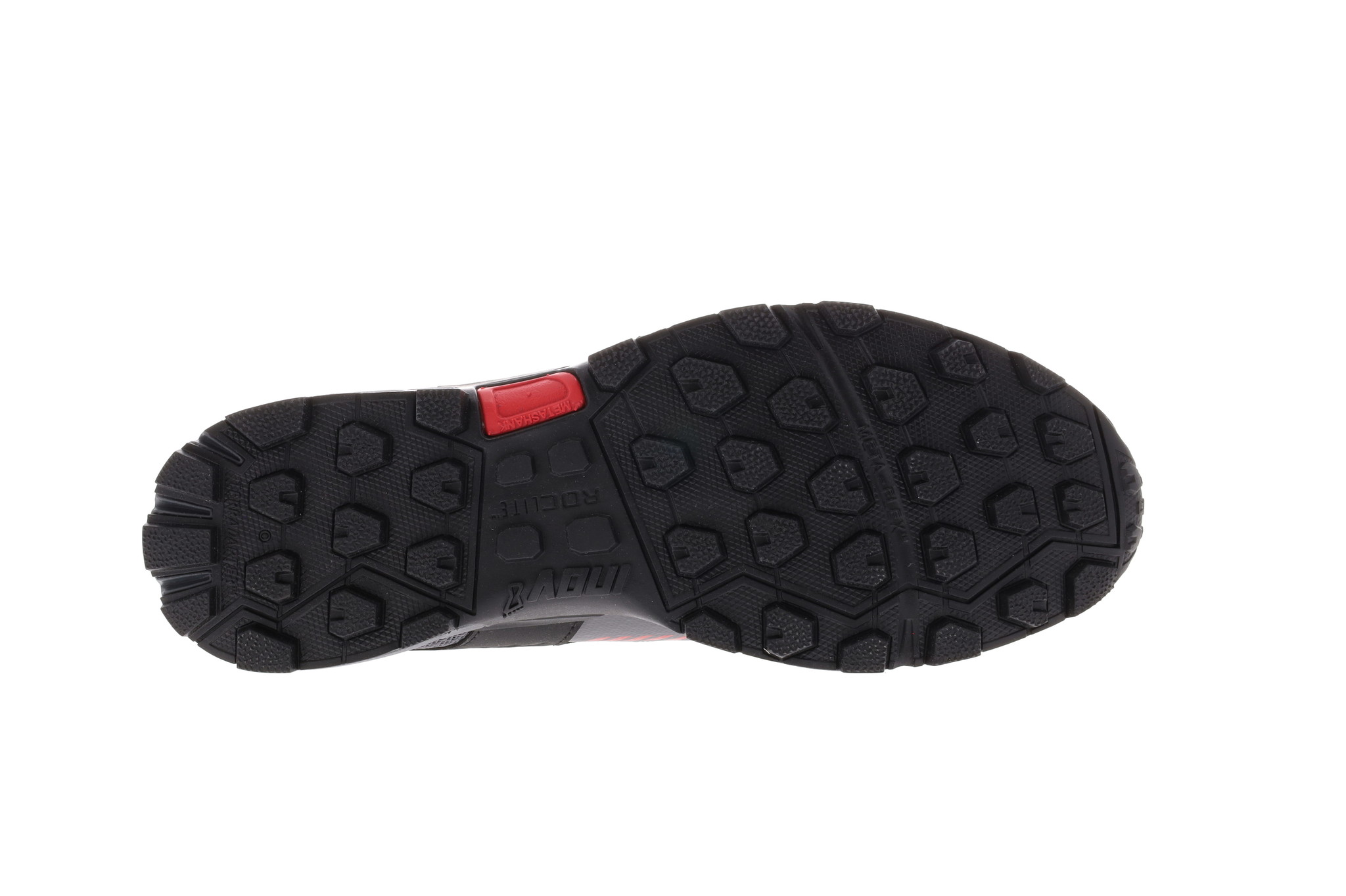

Inov8 Roclite G315 GTX V2 Grey/Black/Red Men
€175.00
Select options -
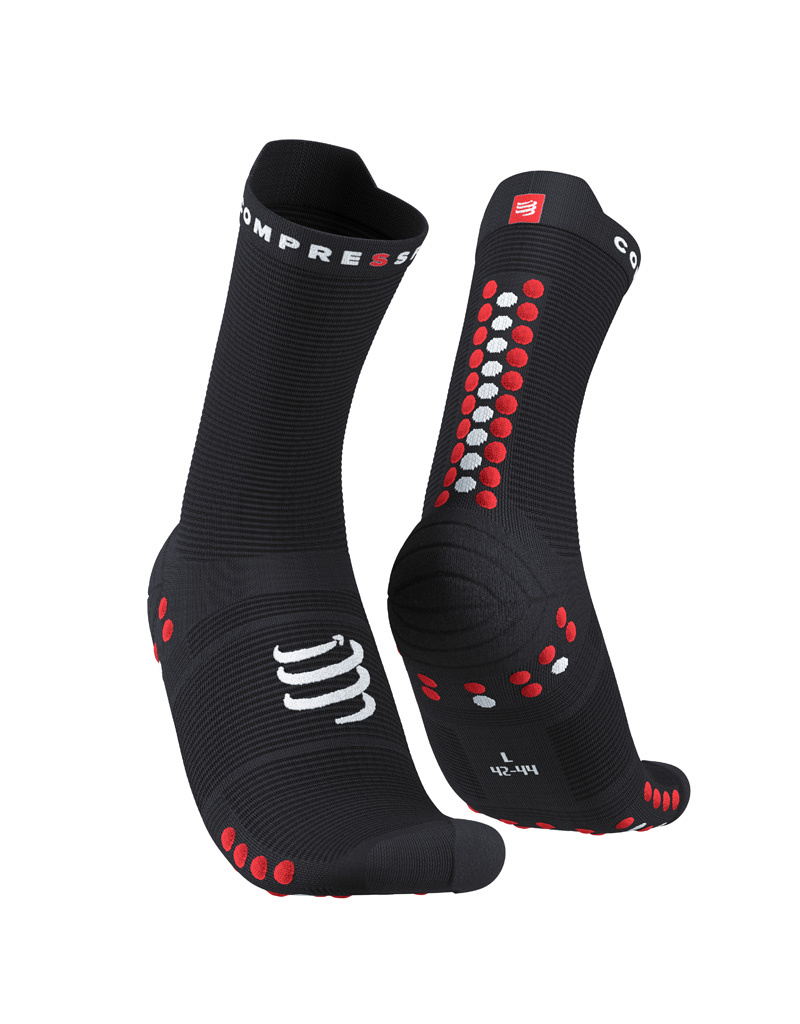
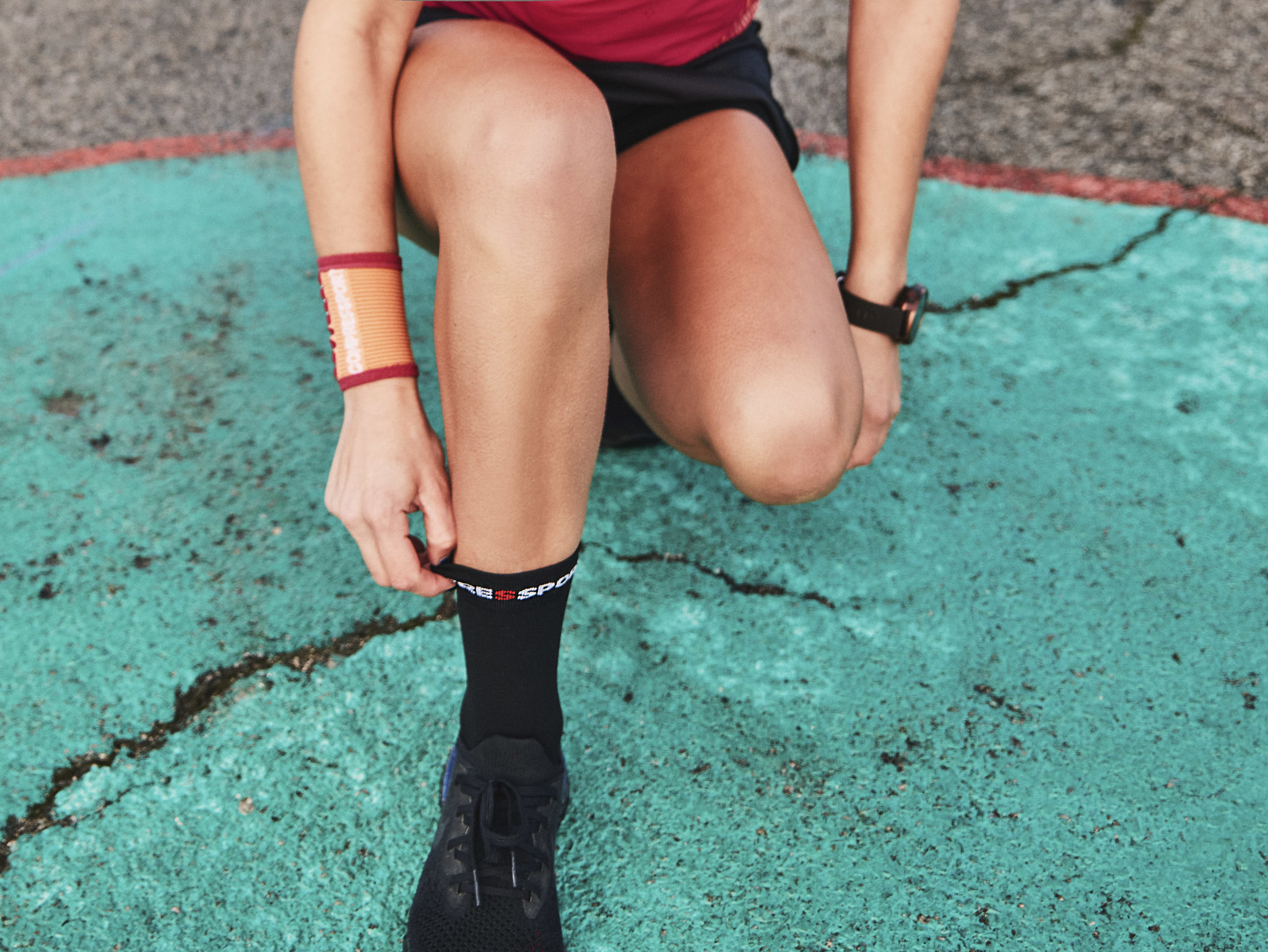


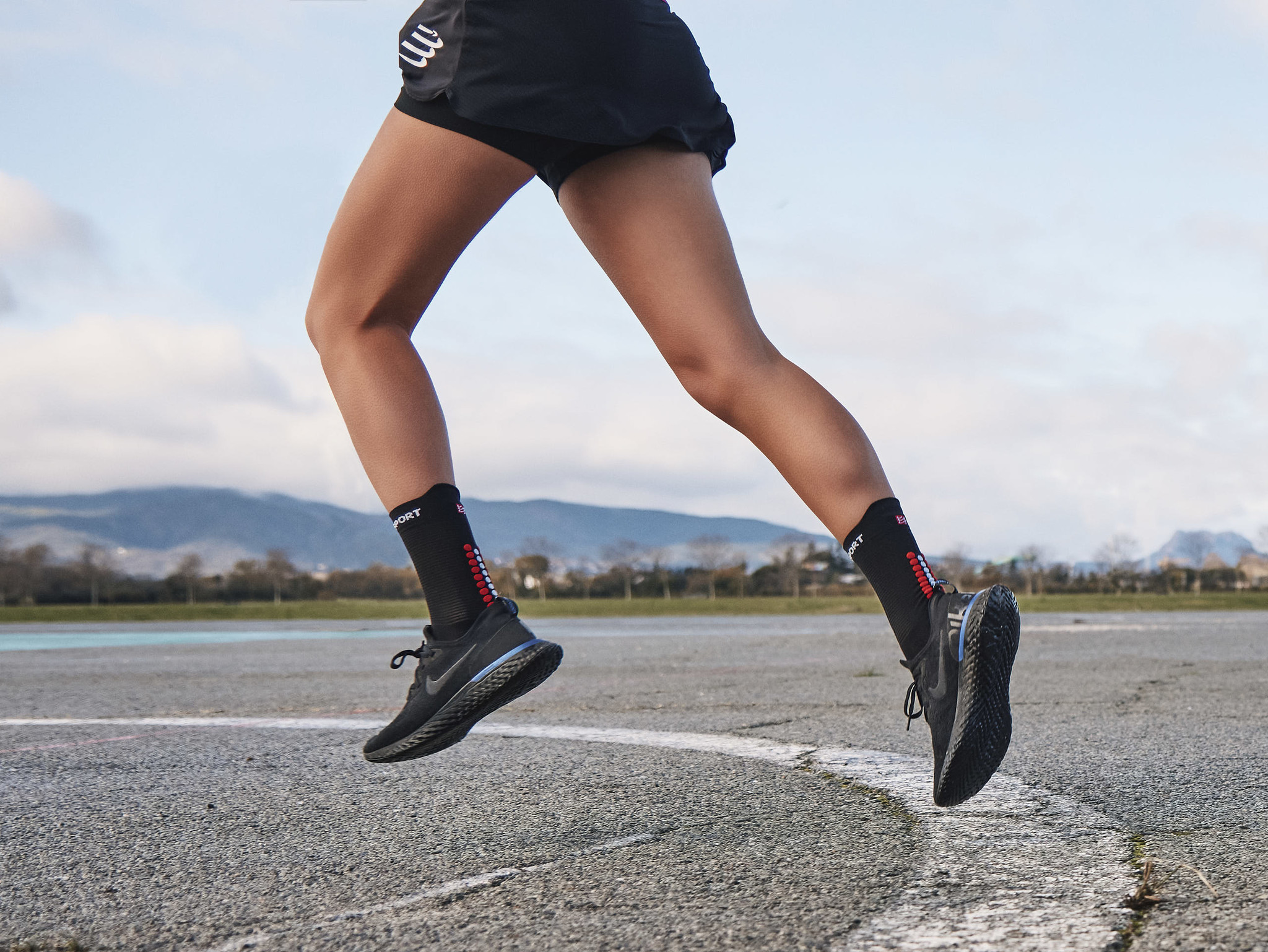
Compressport Pro Racing Socks v4.0 Run High
€18.00
Select options


